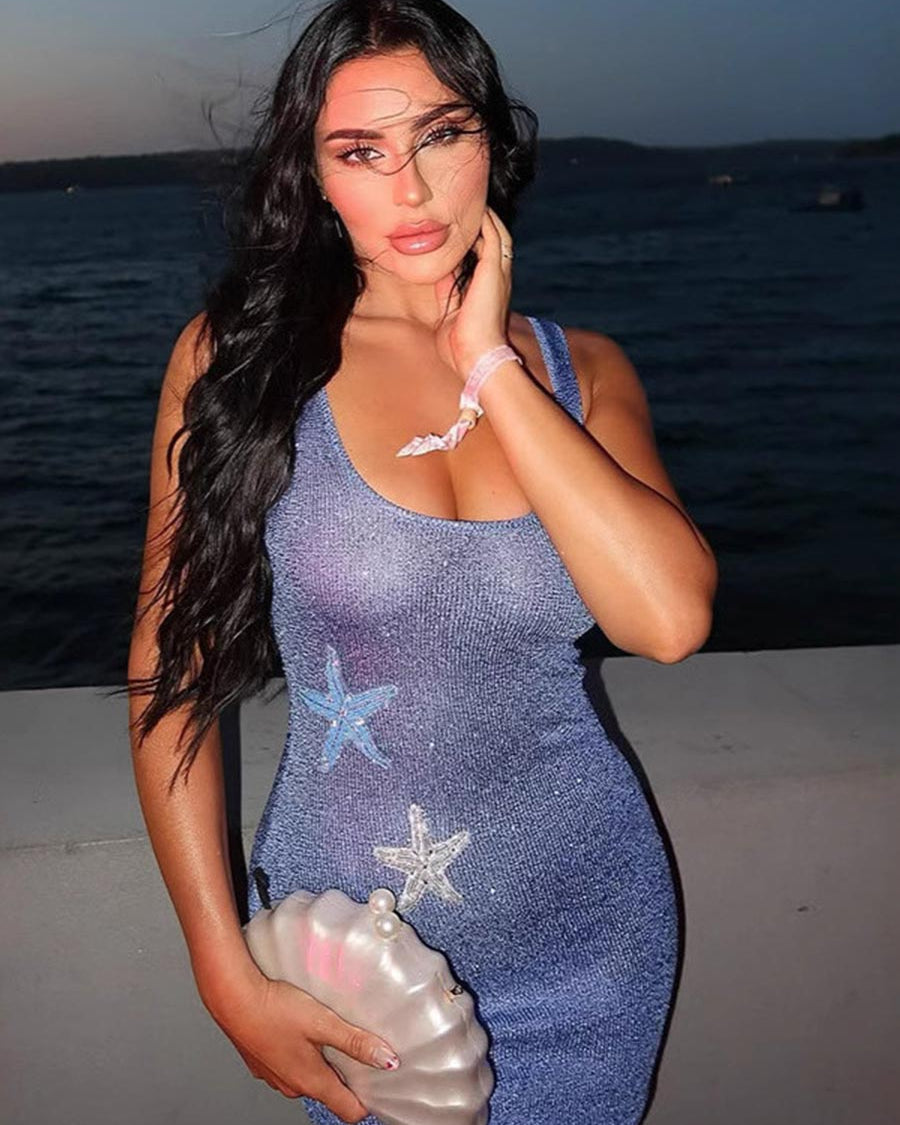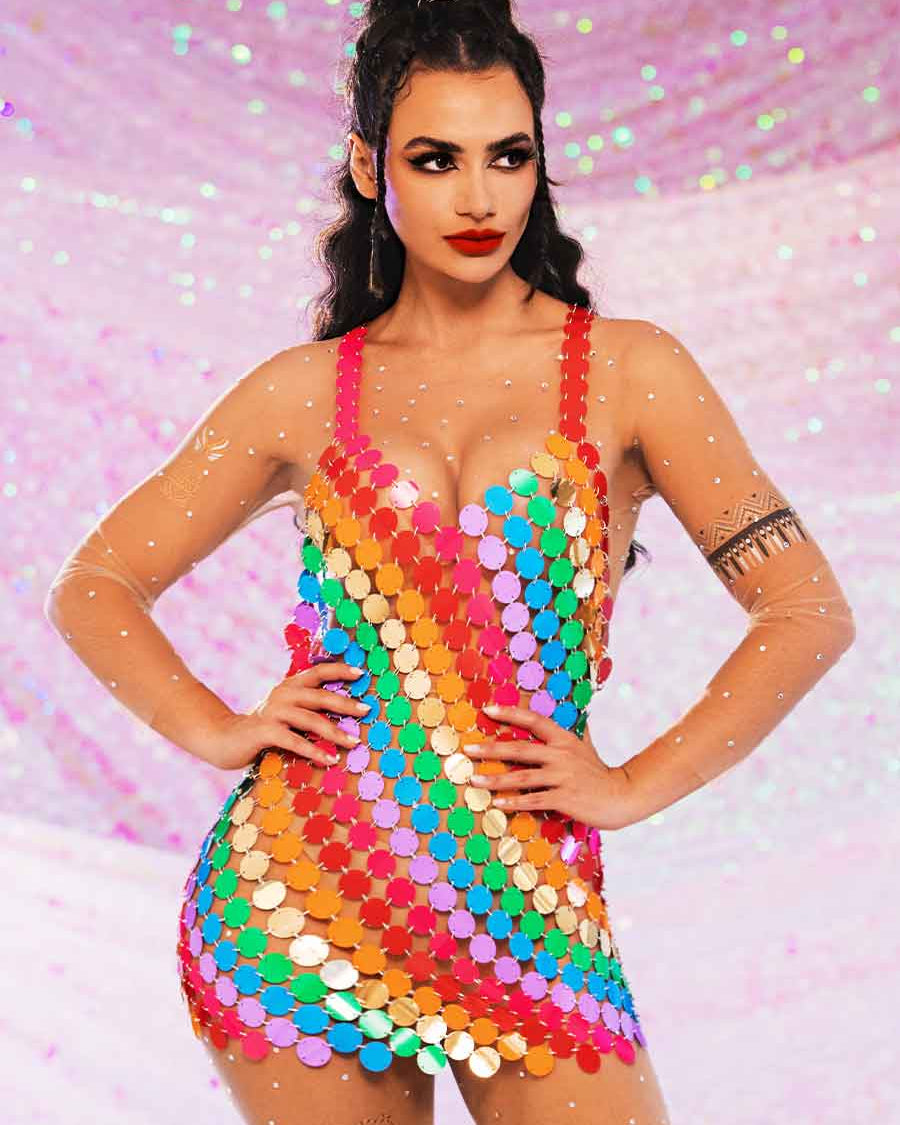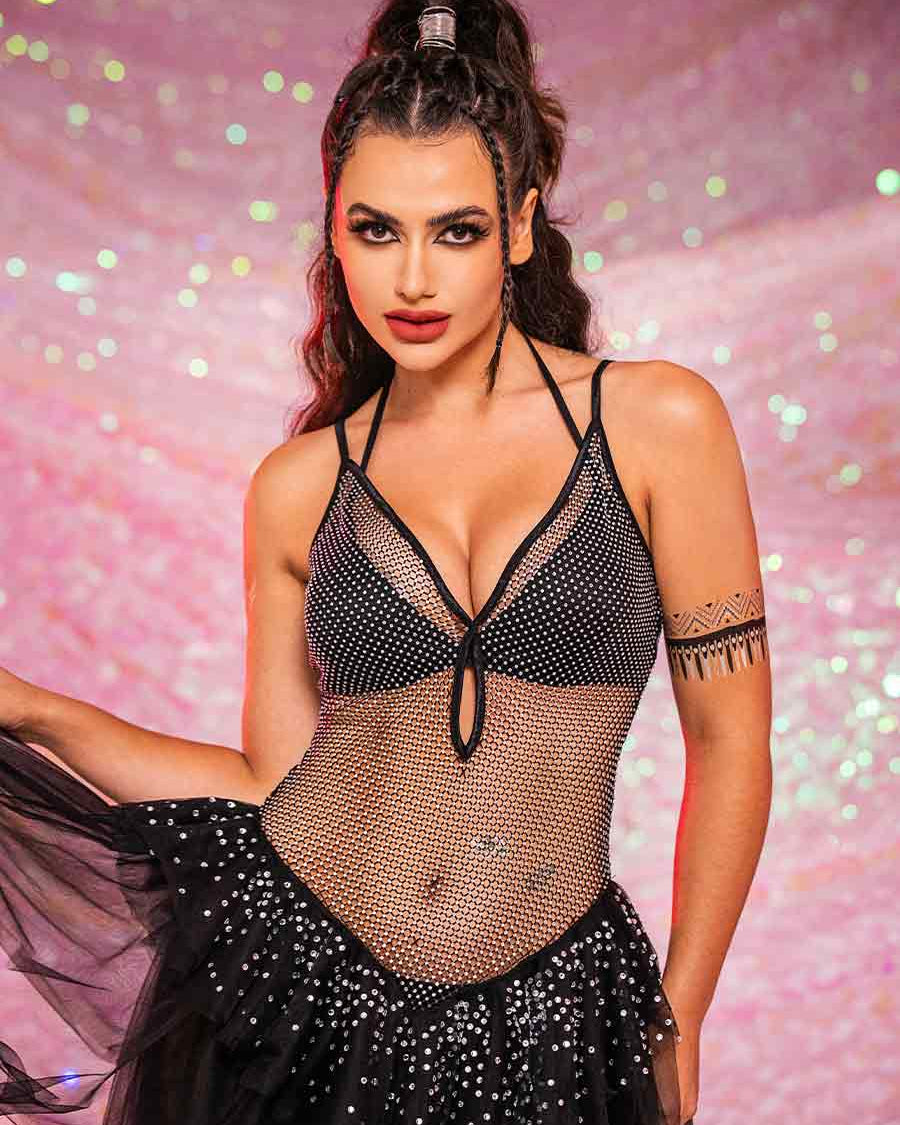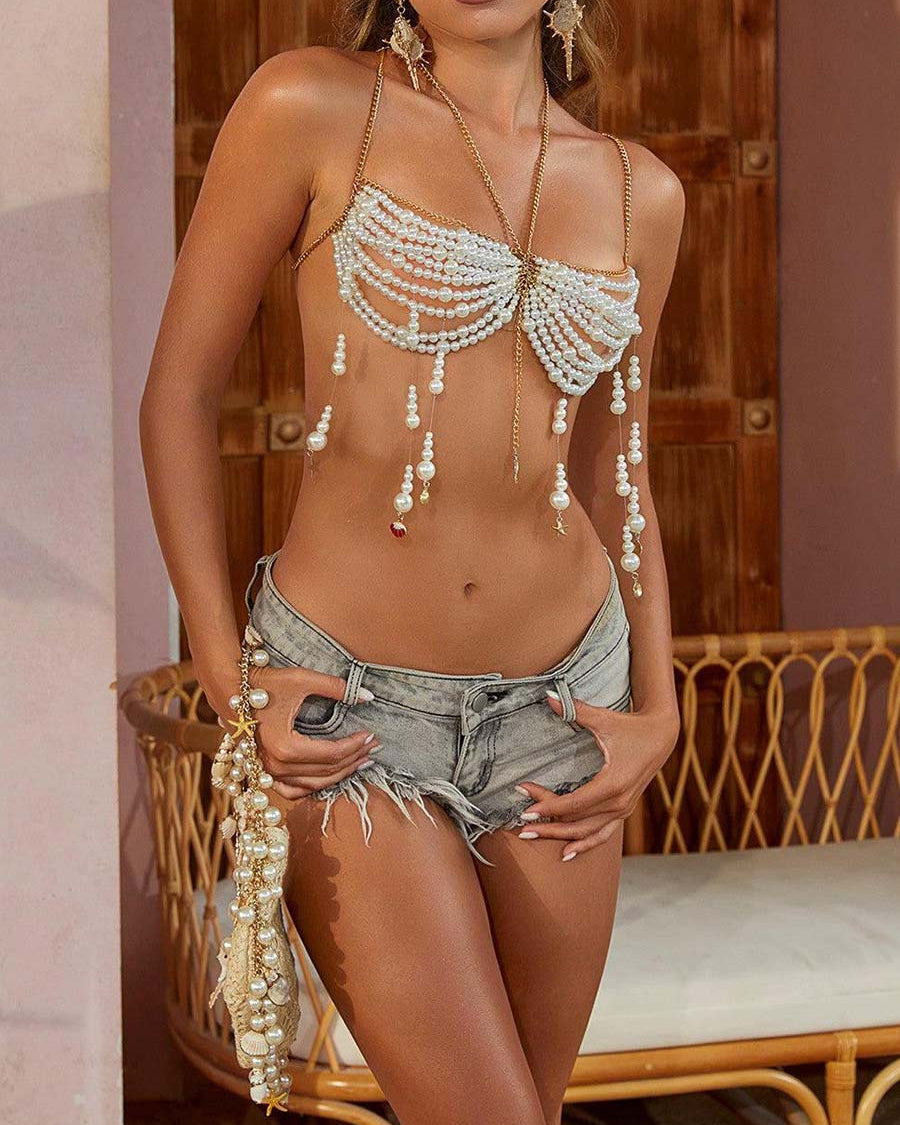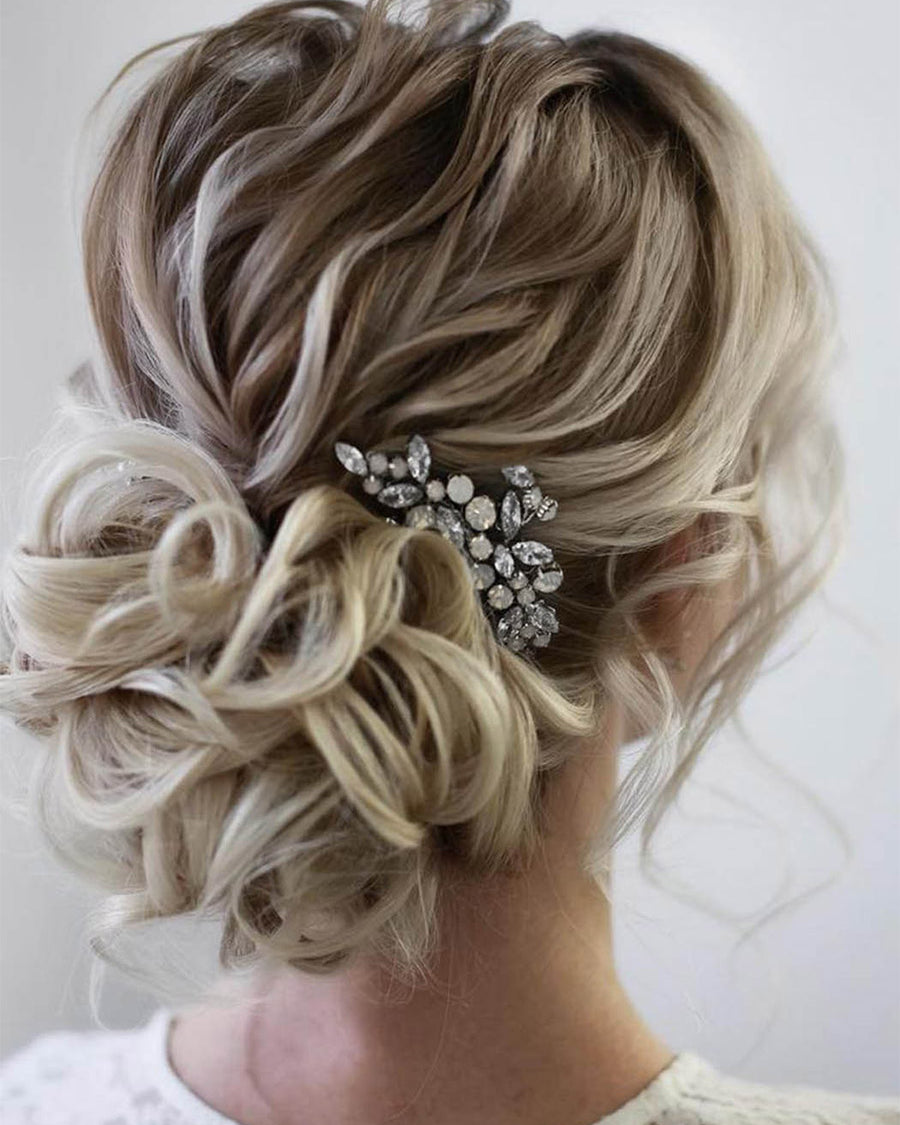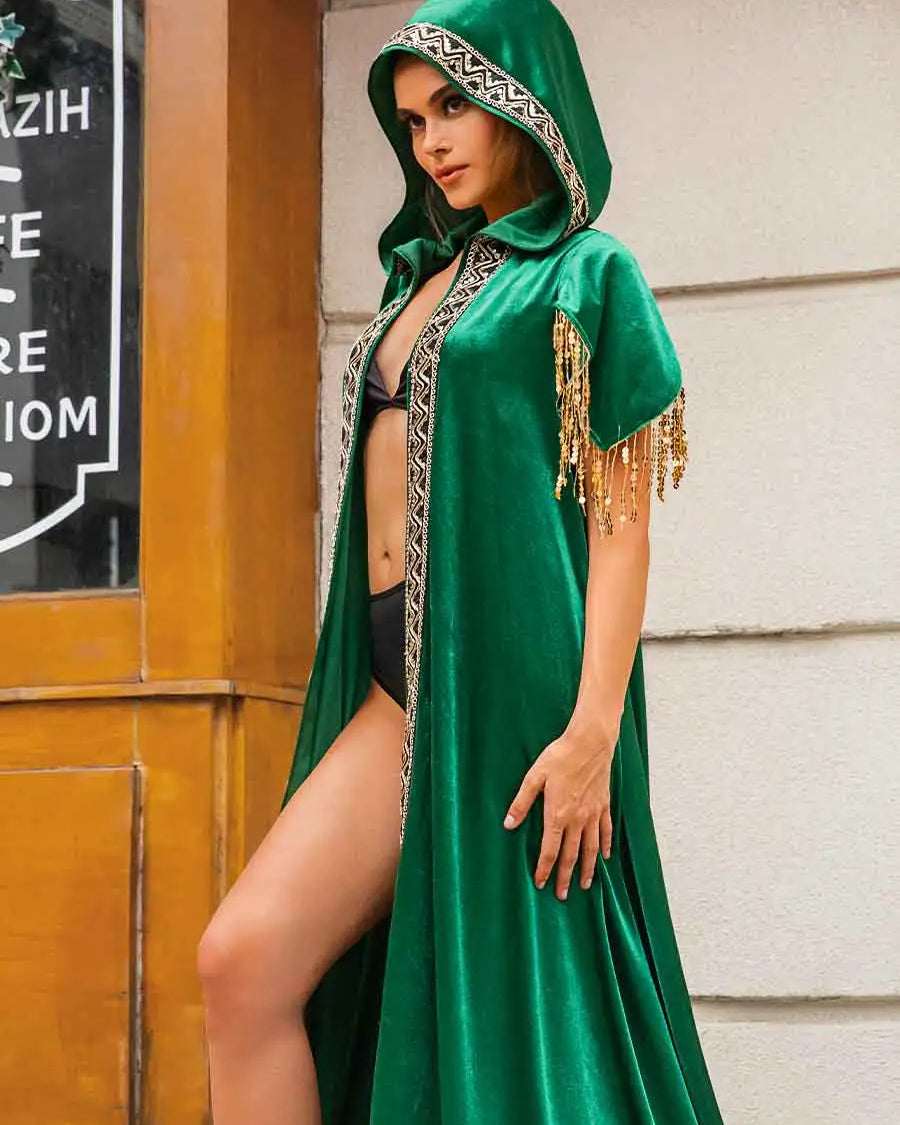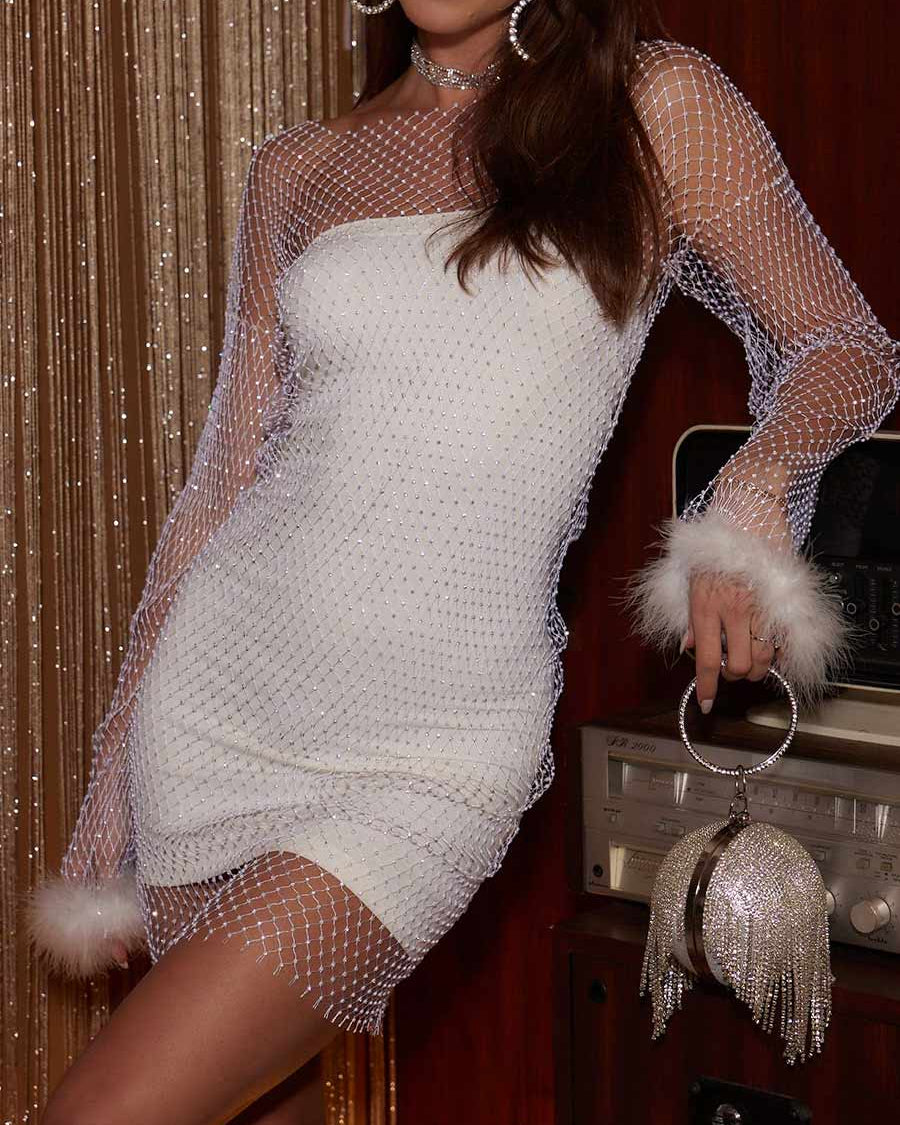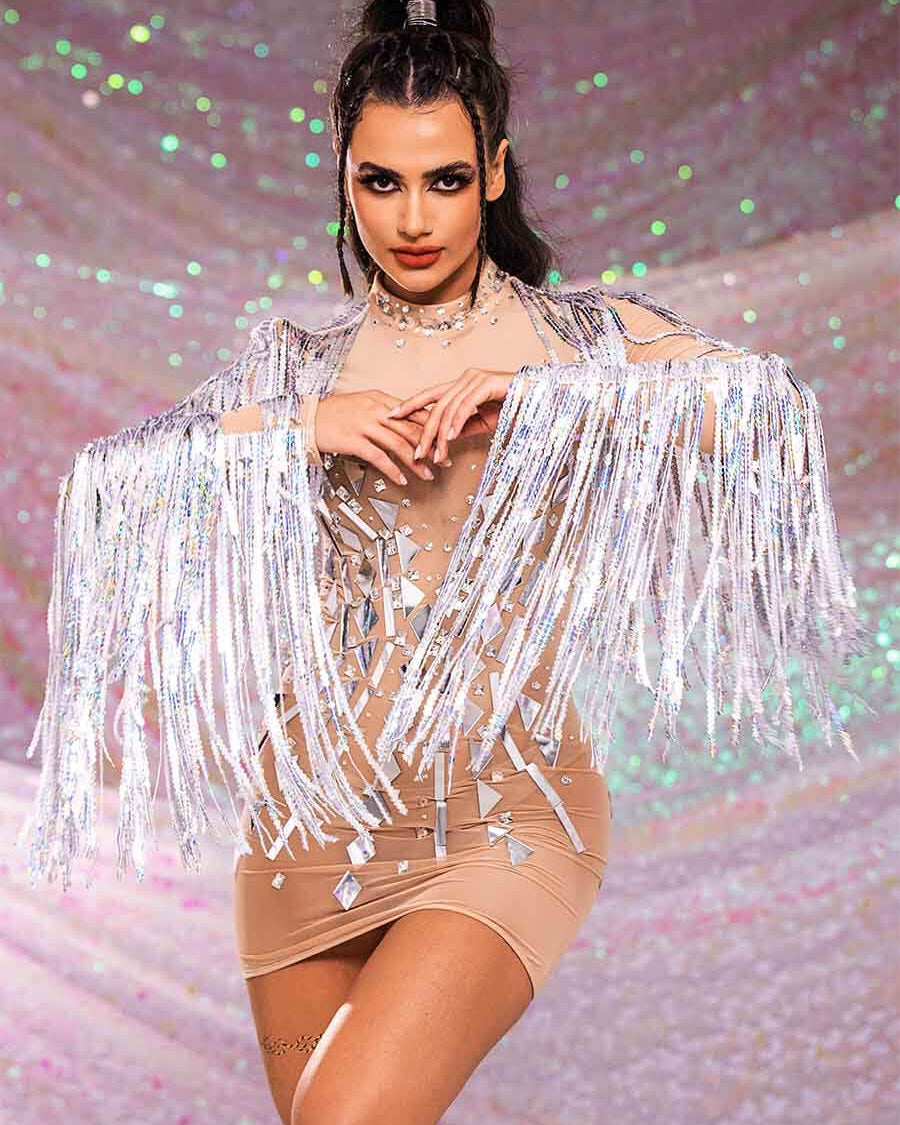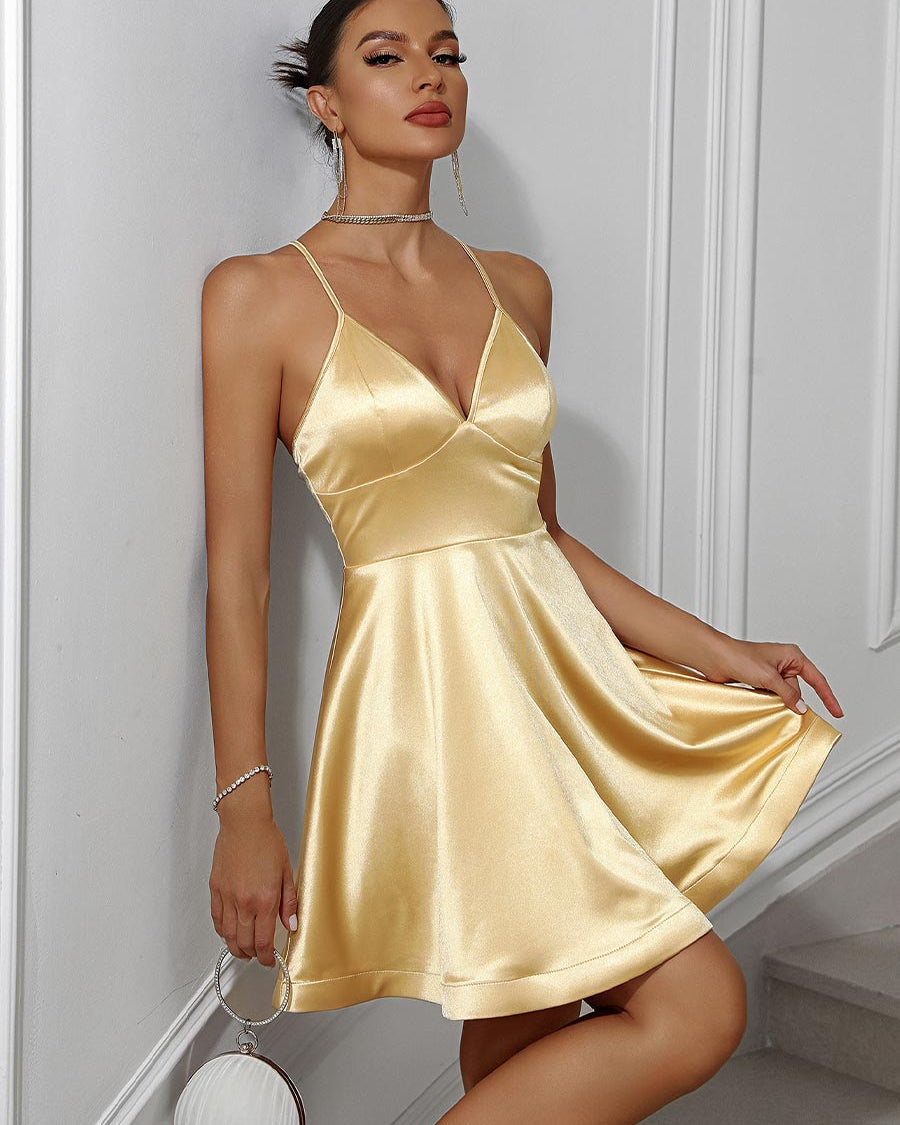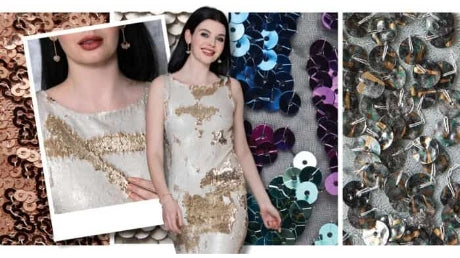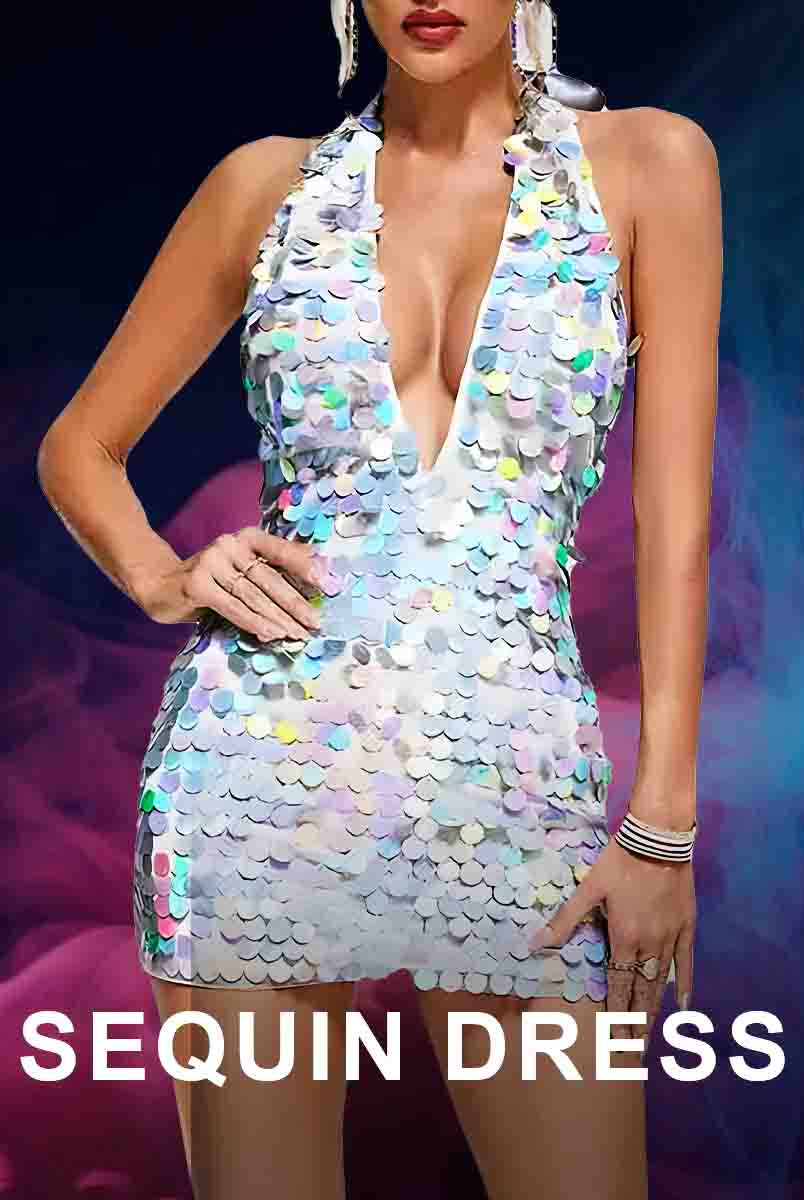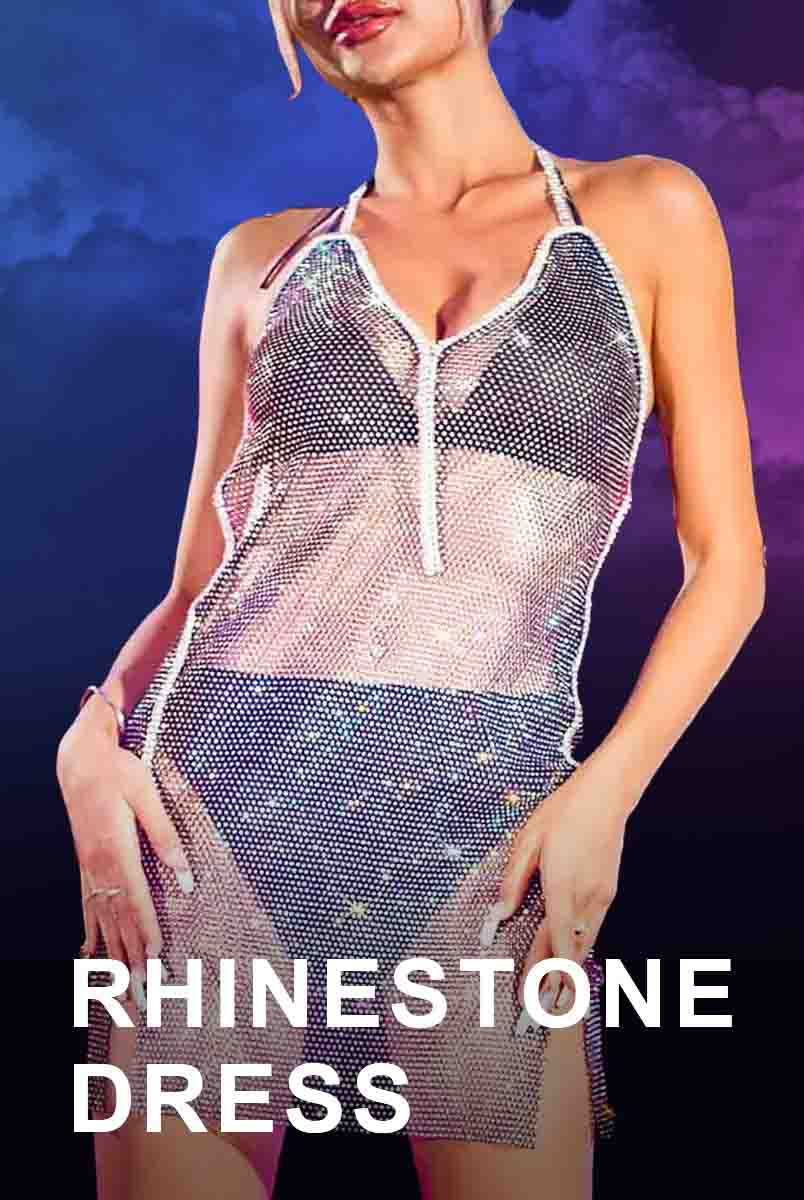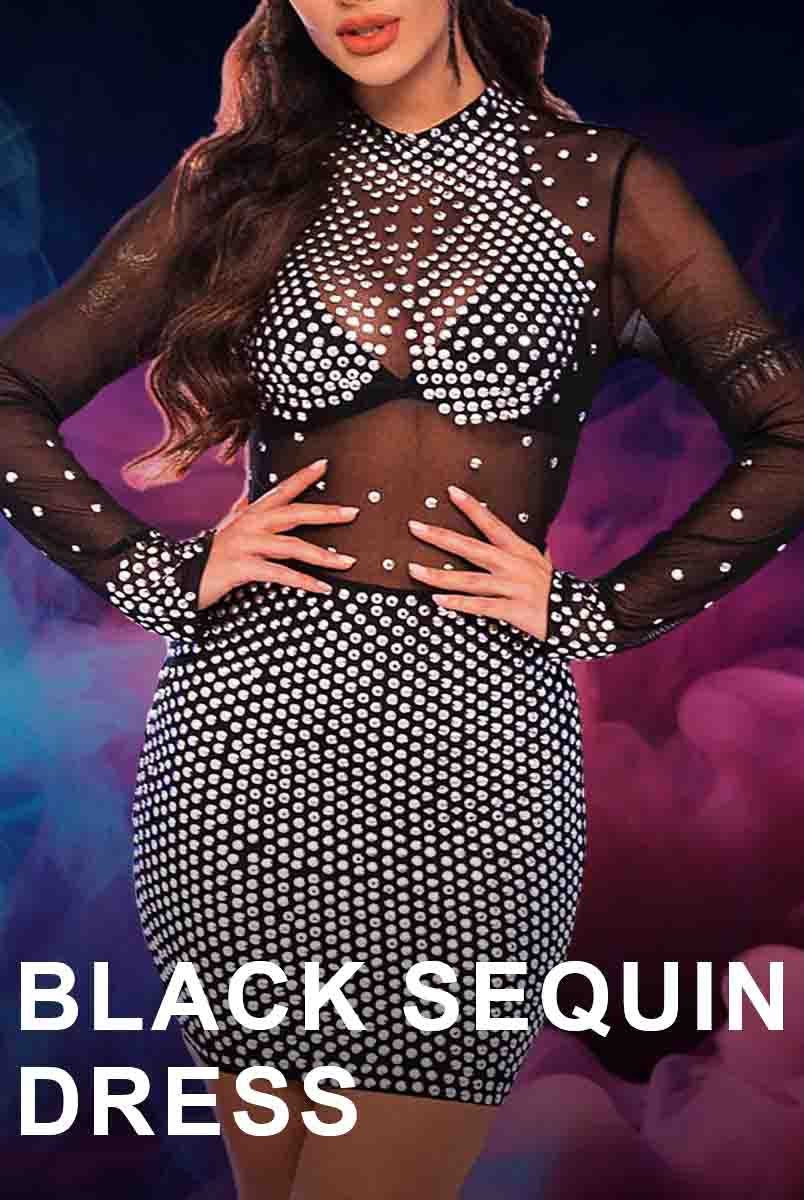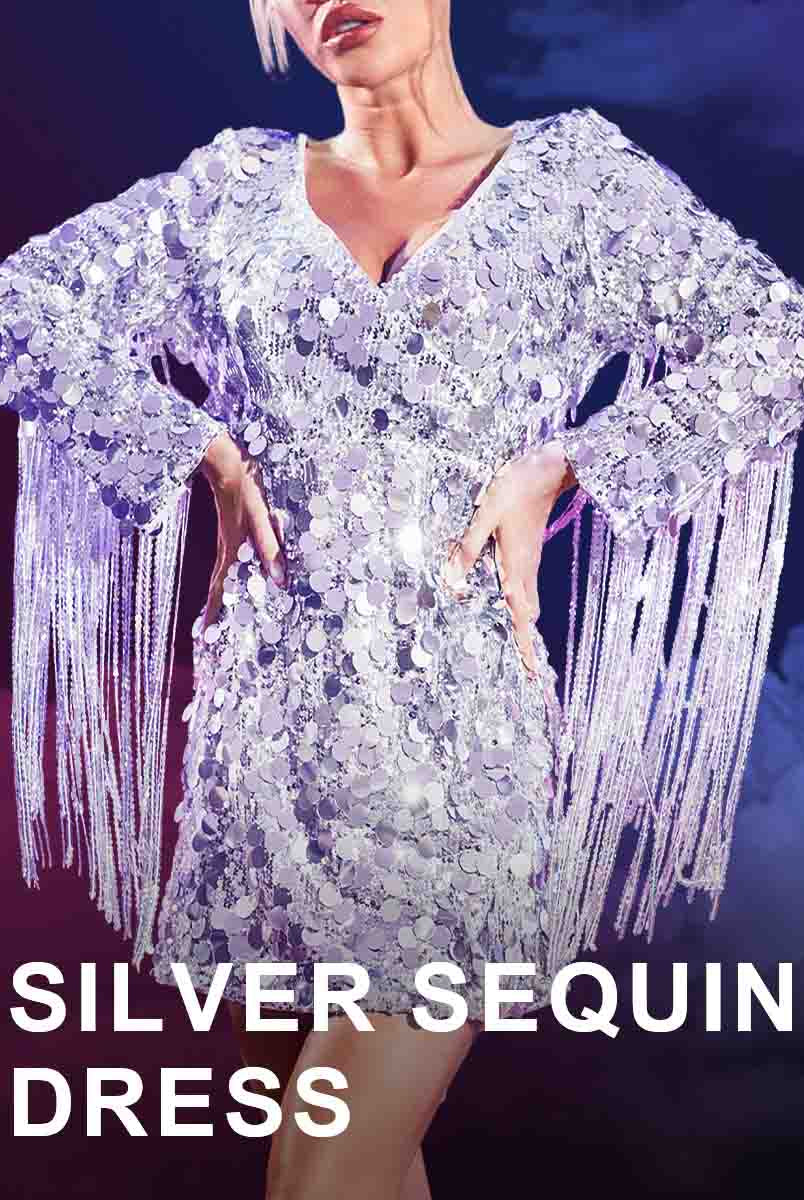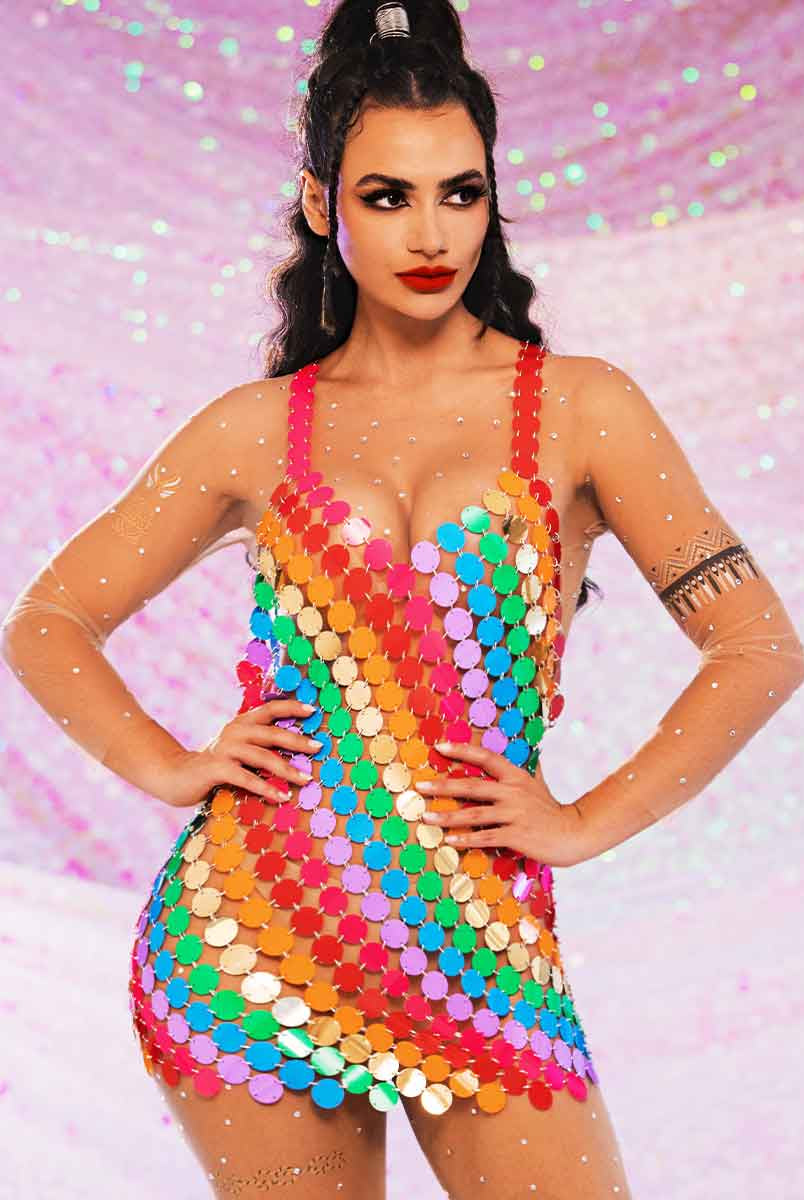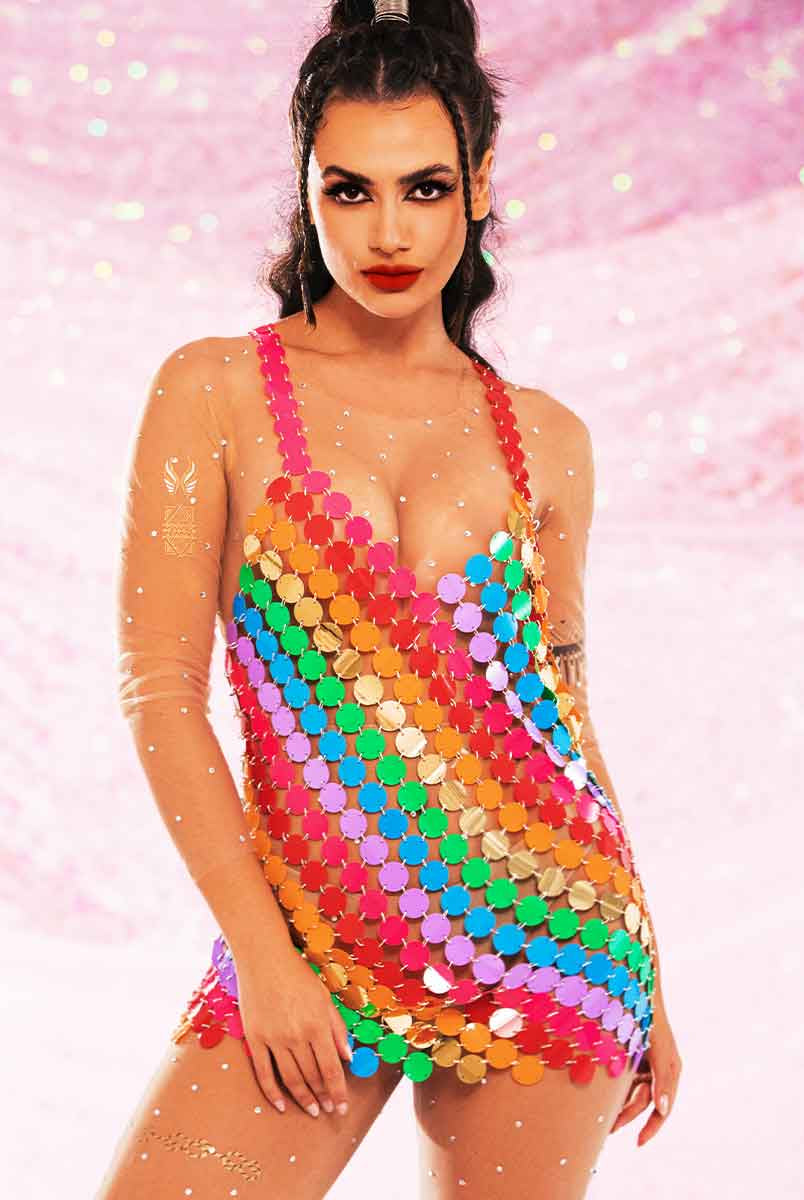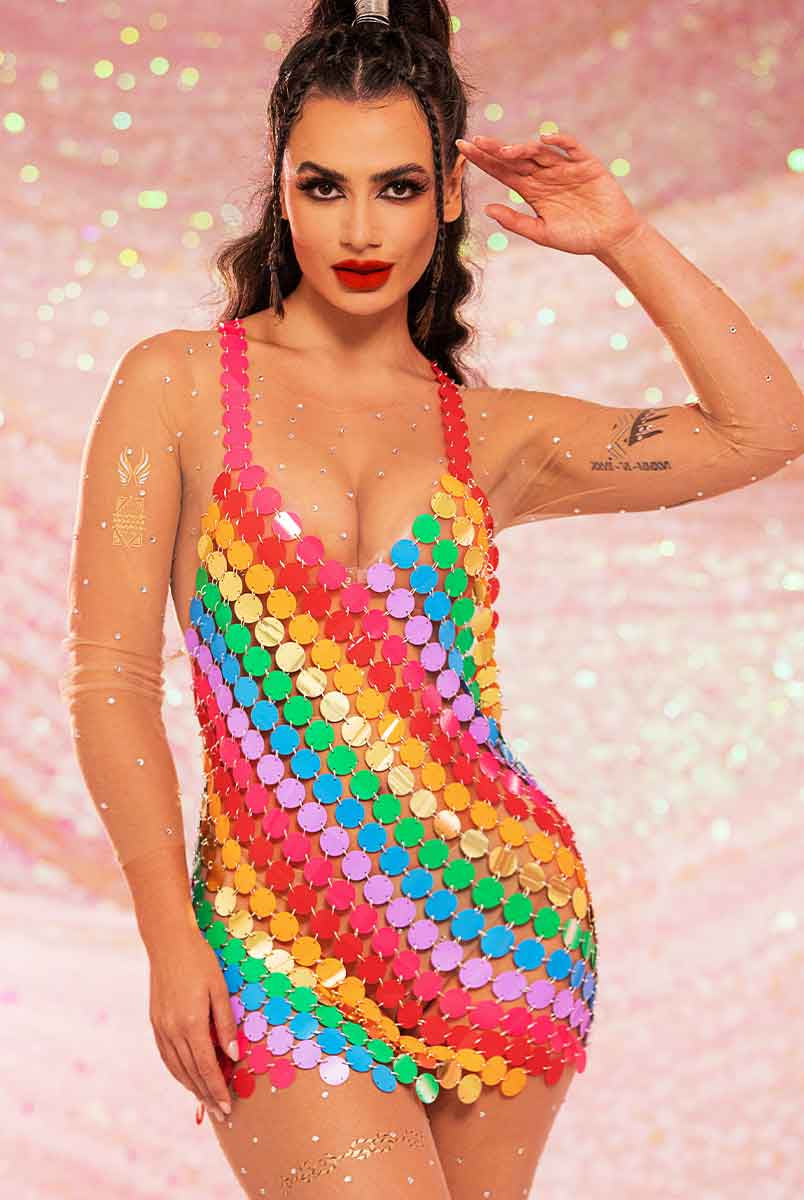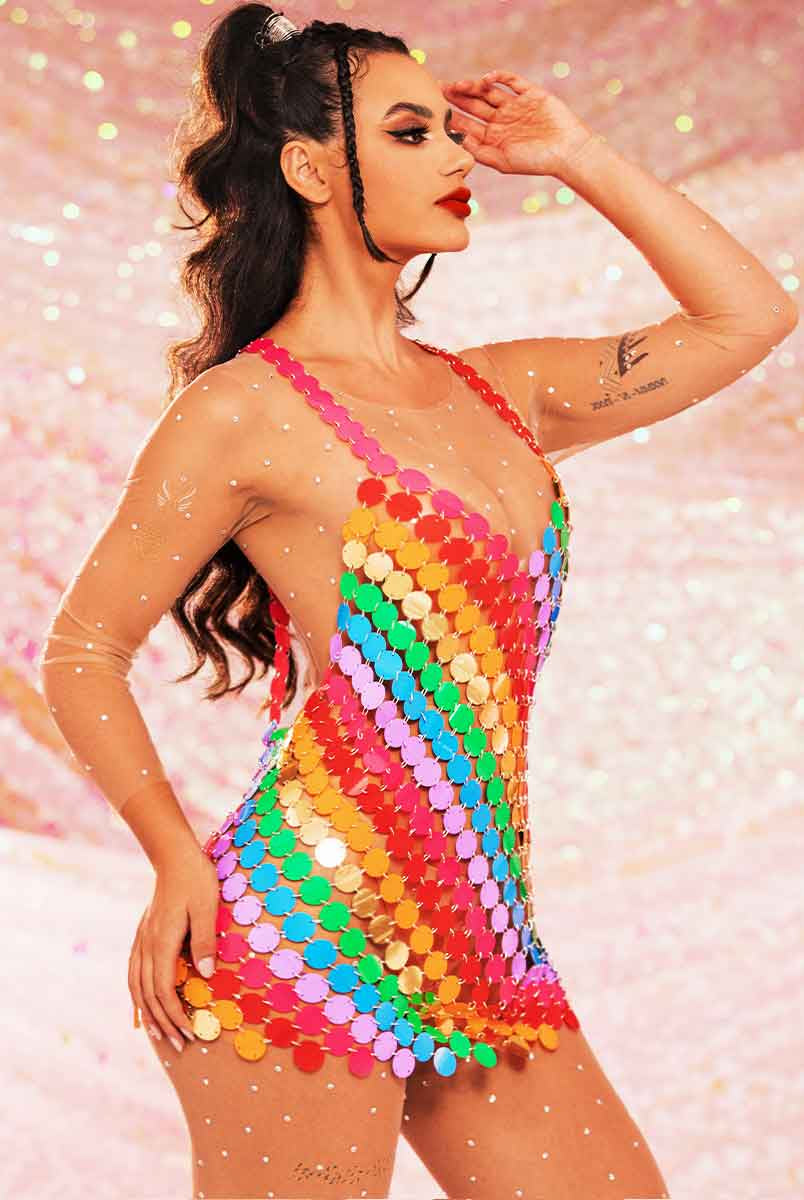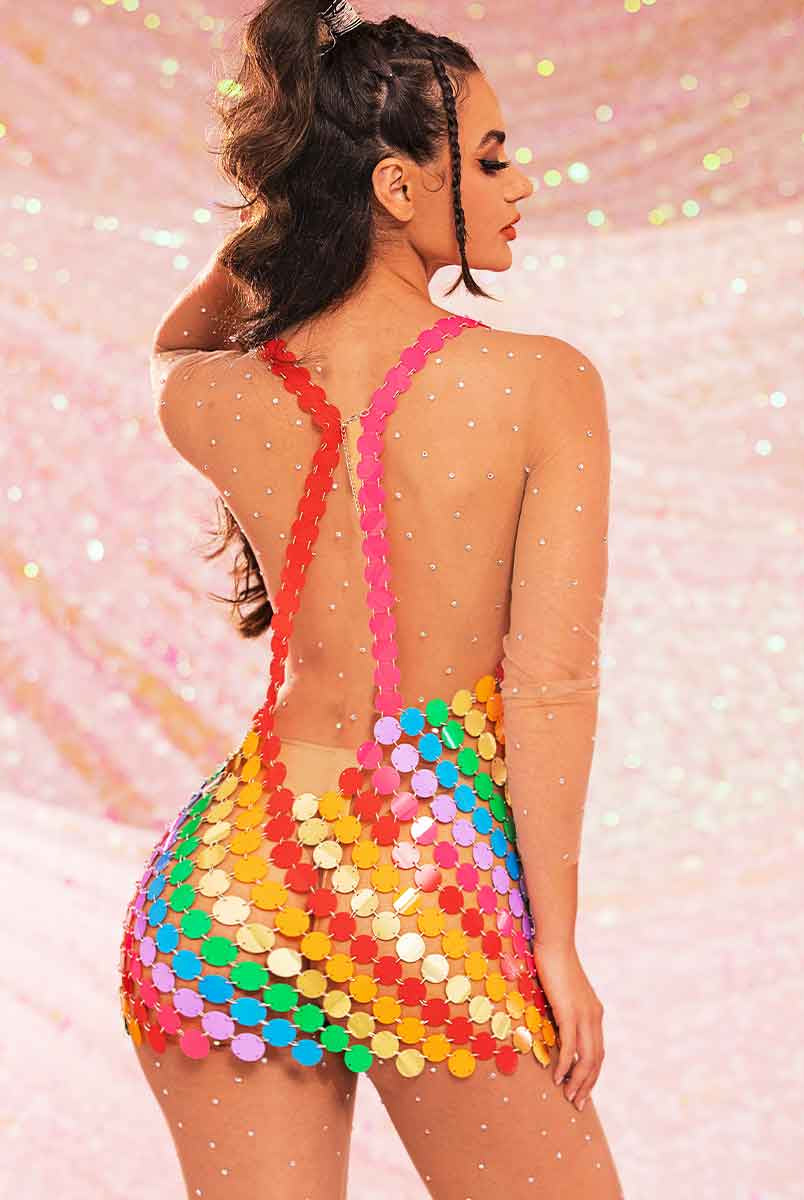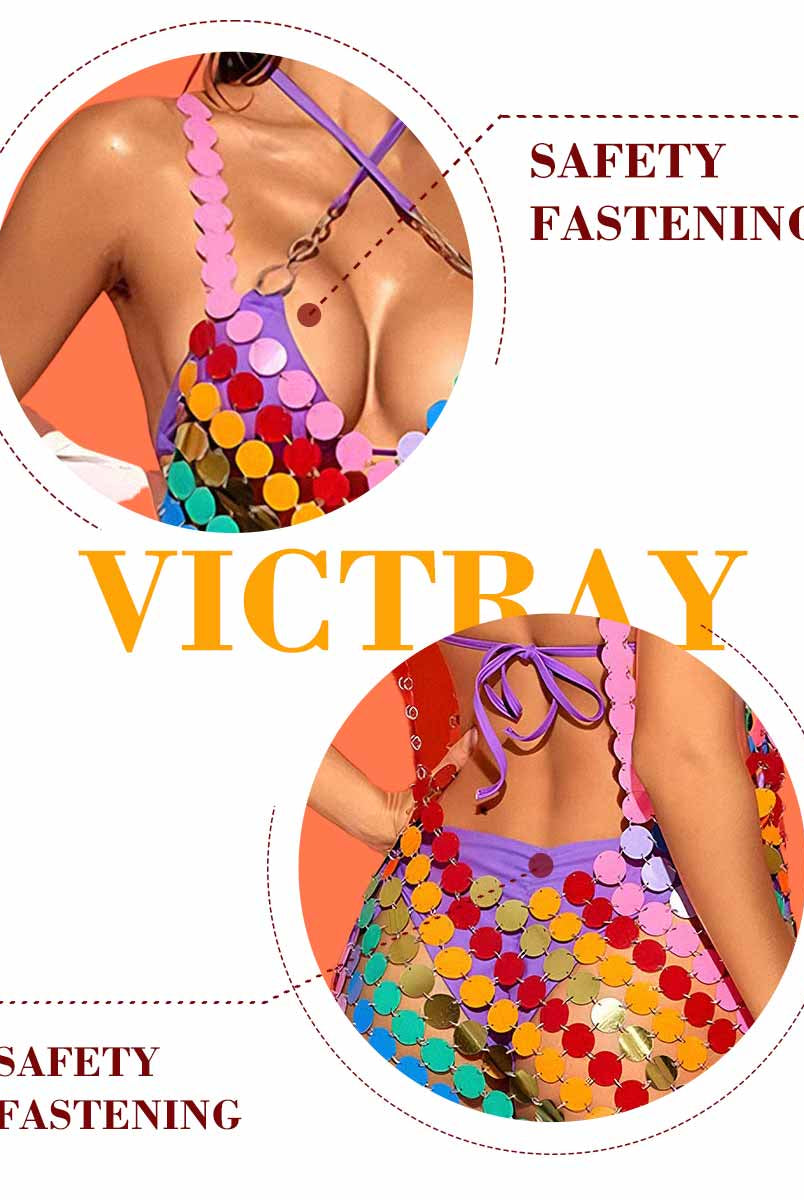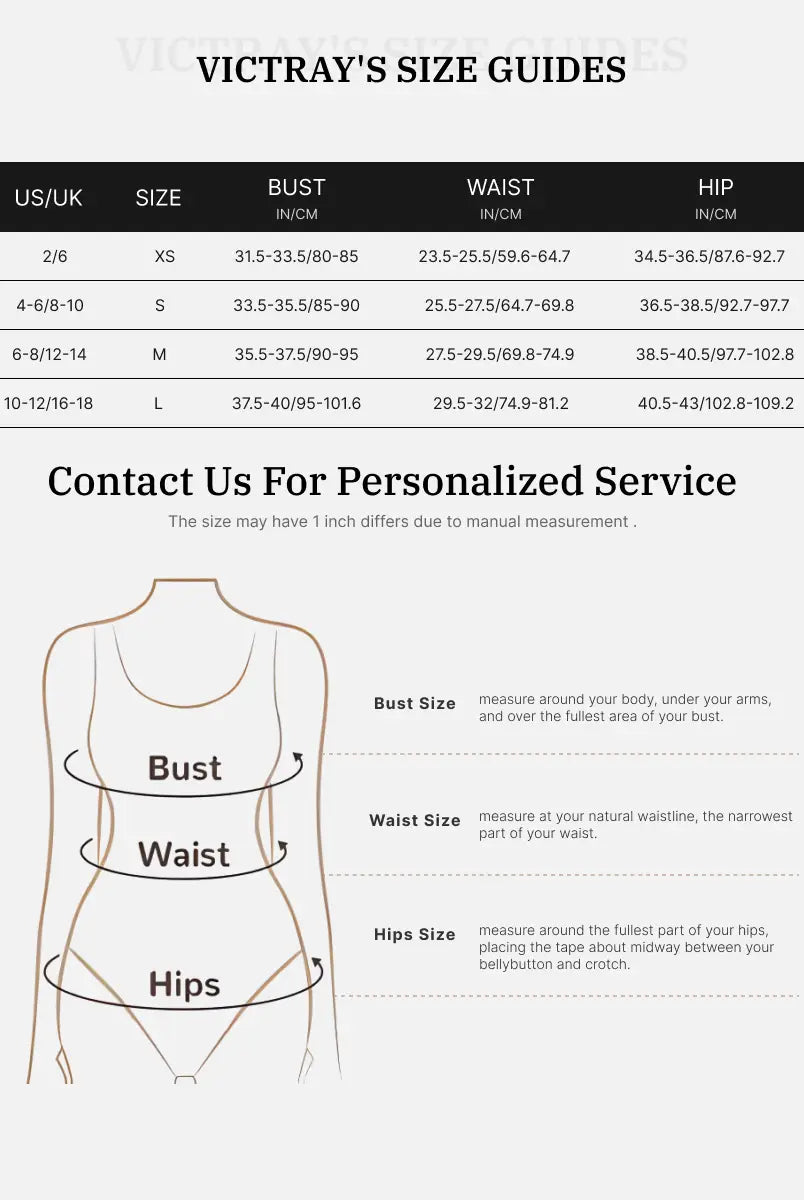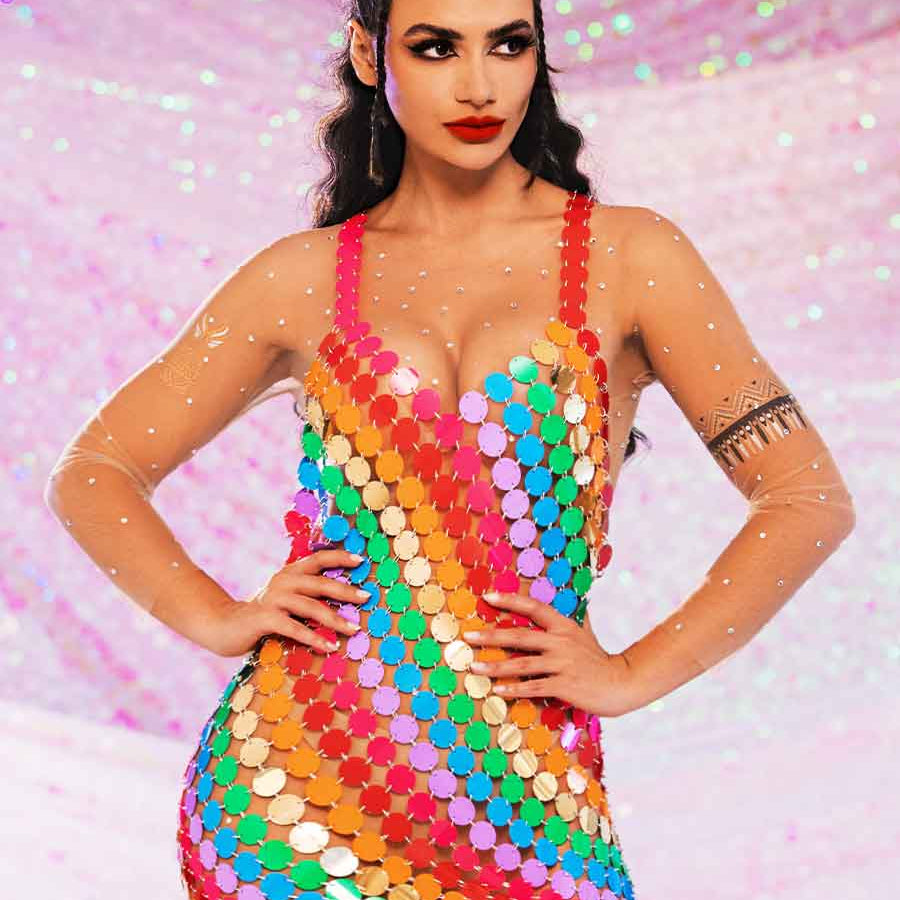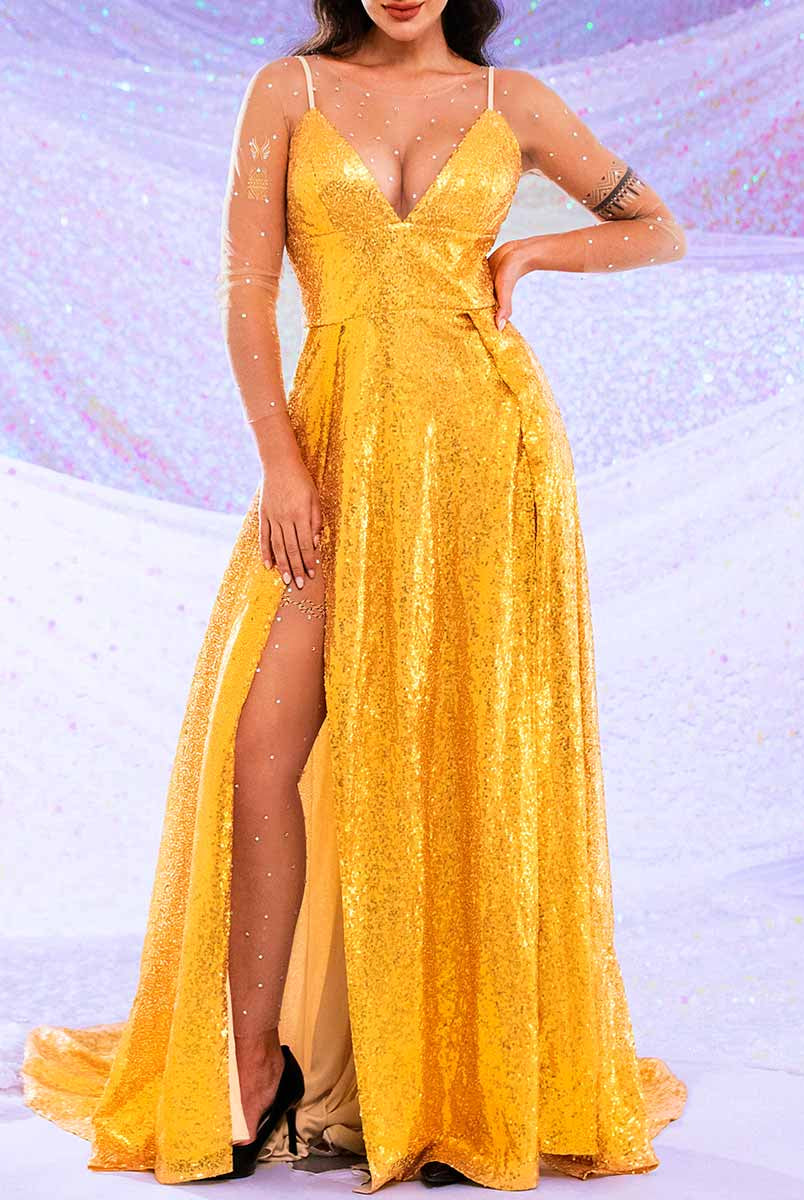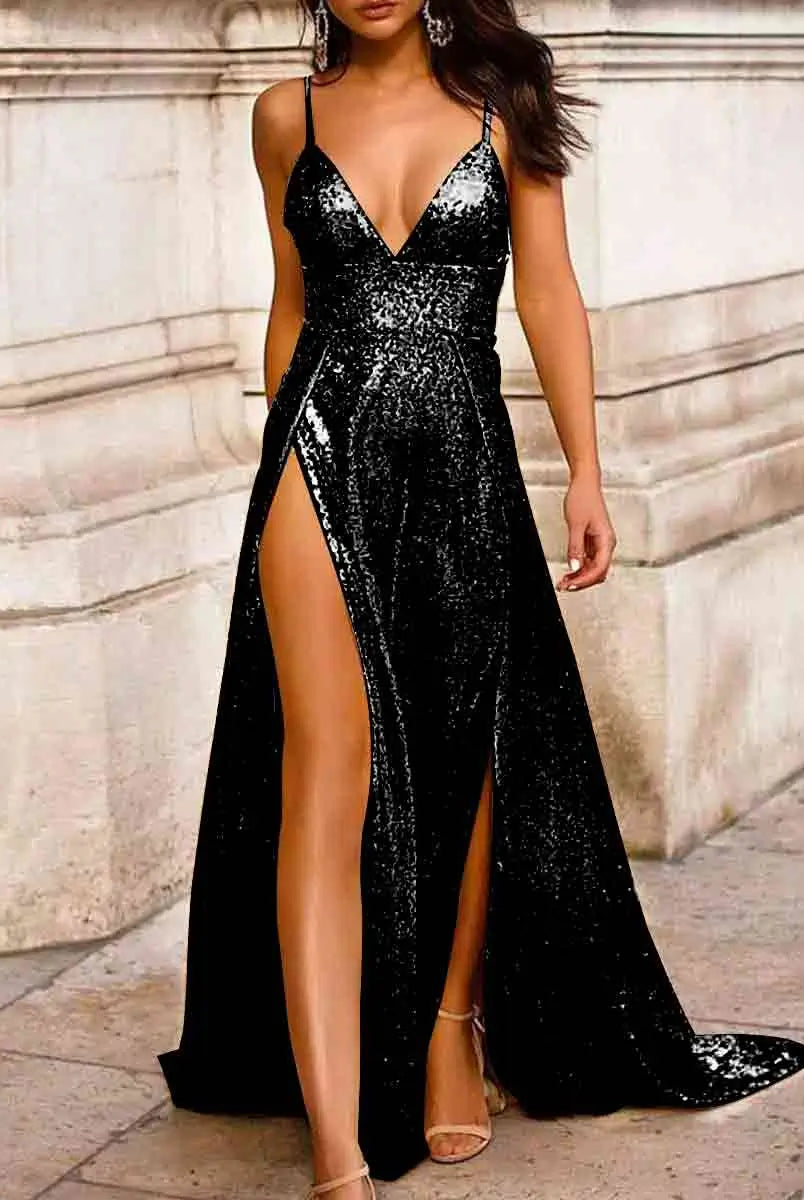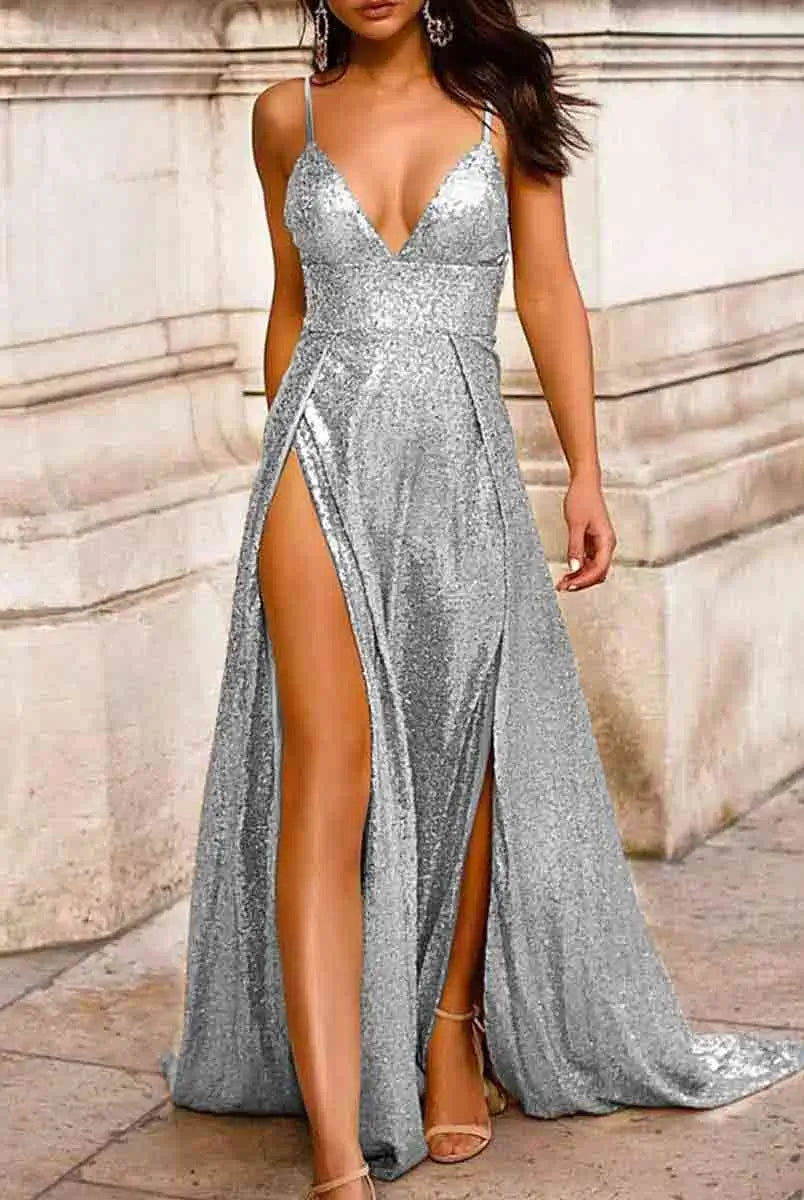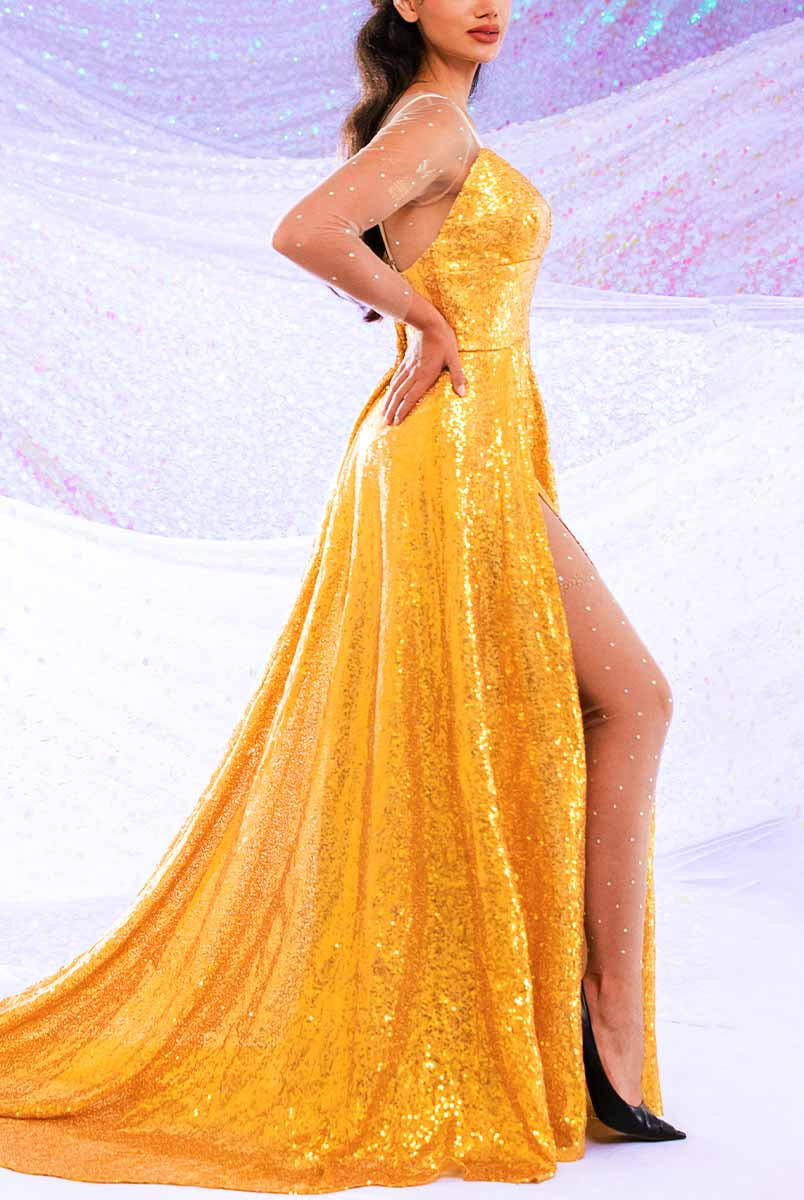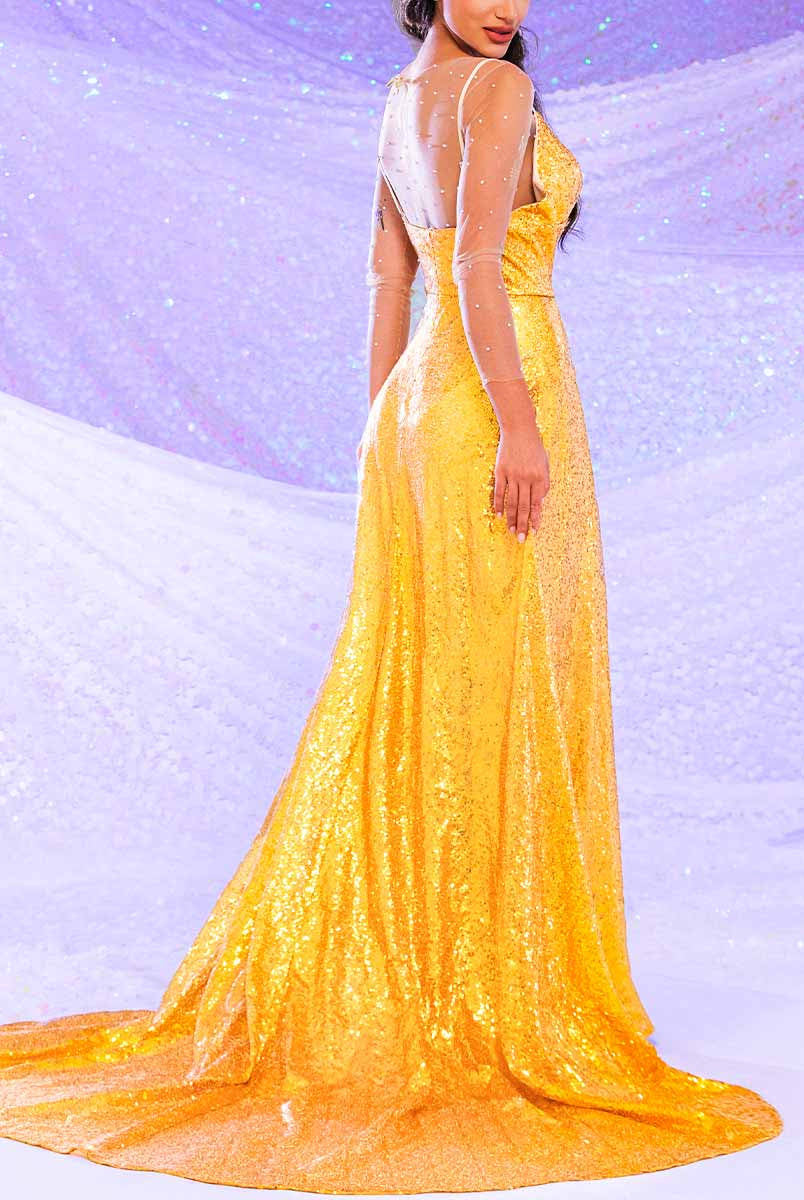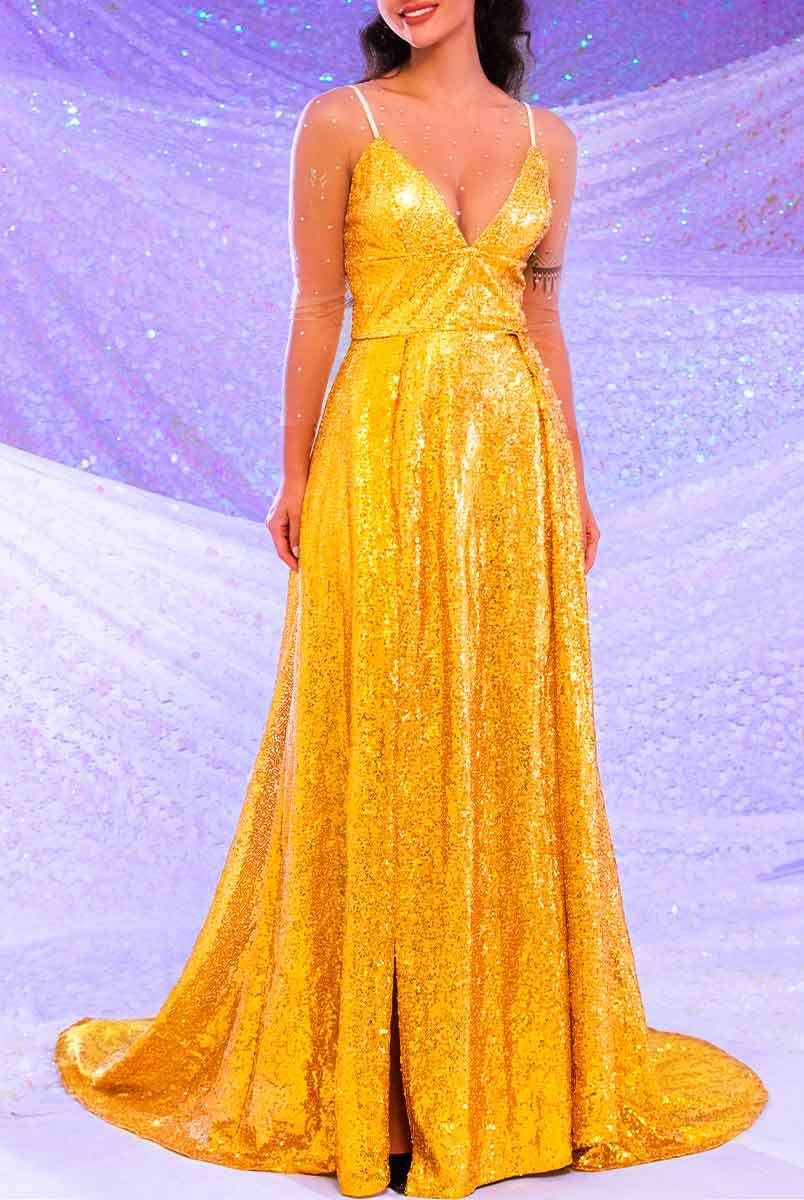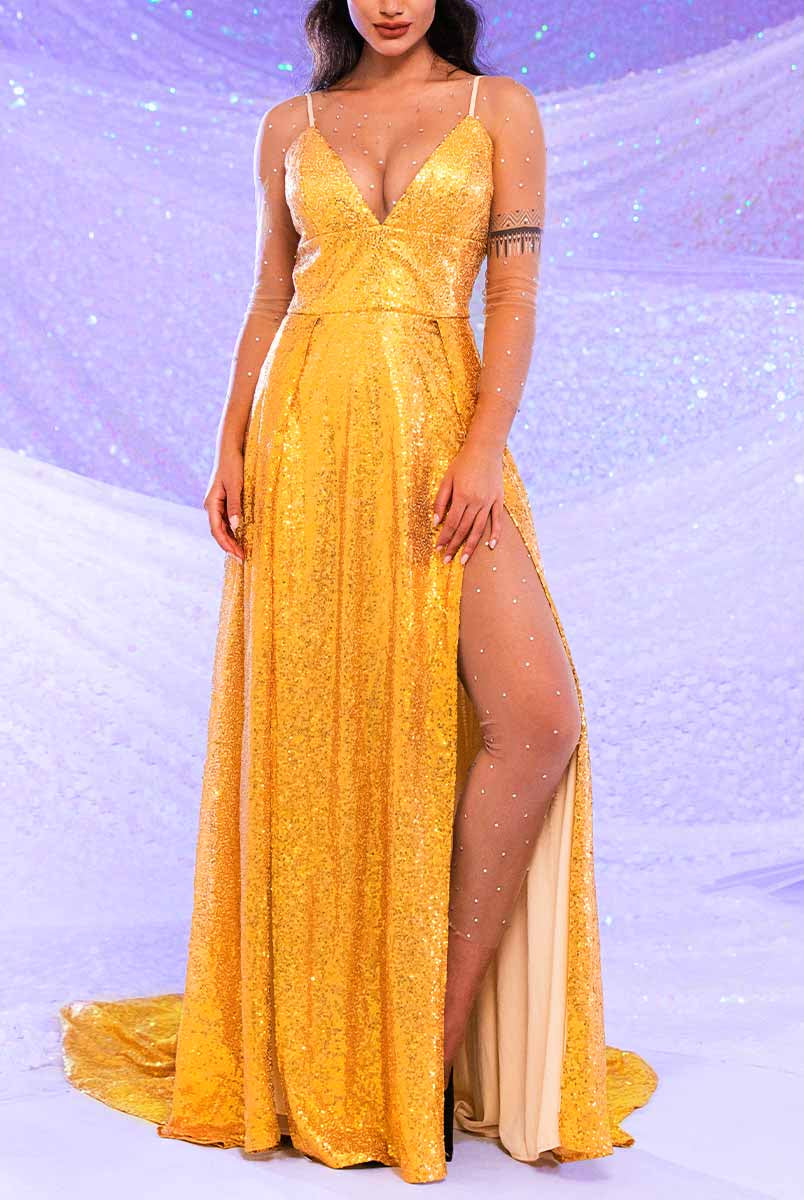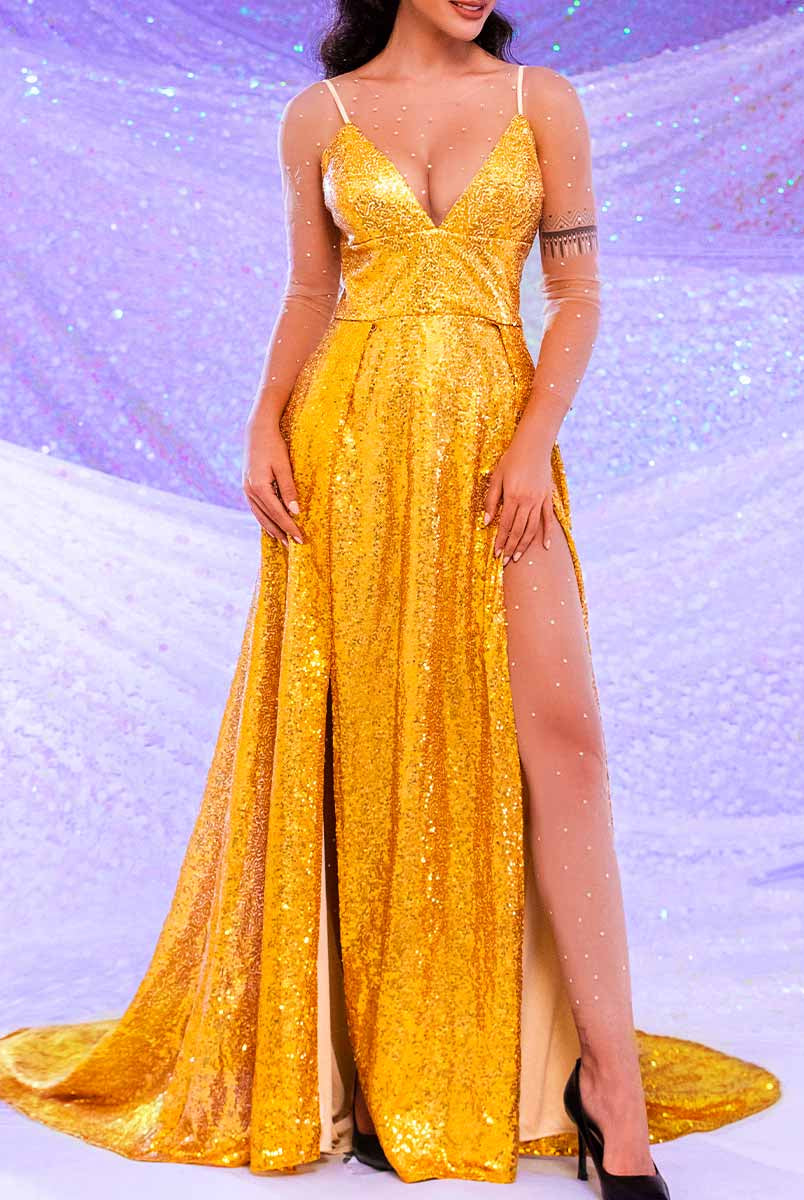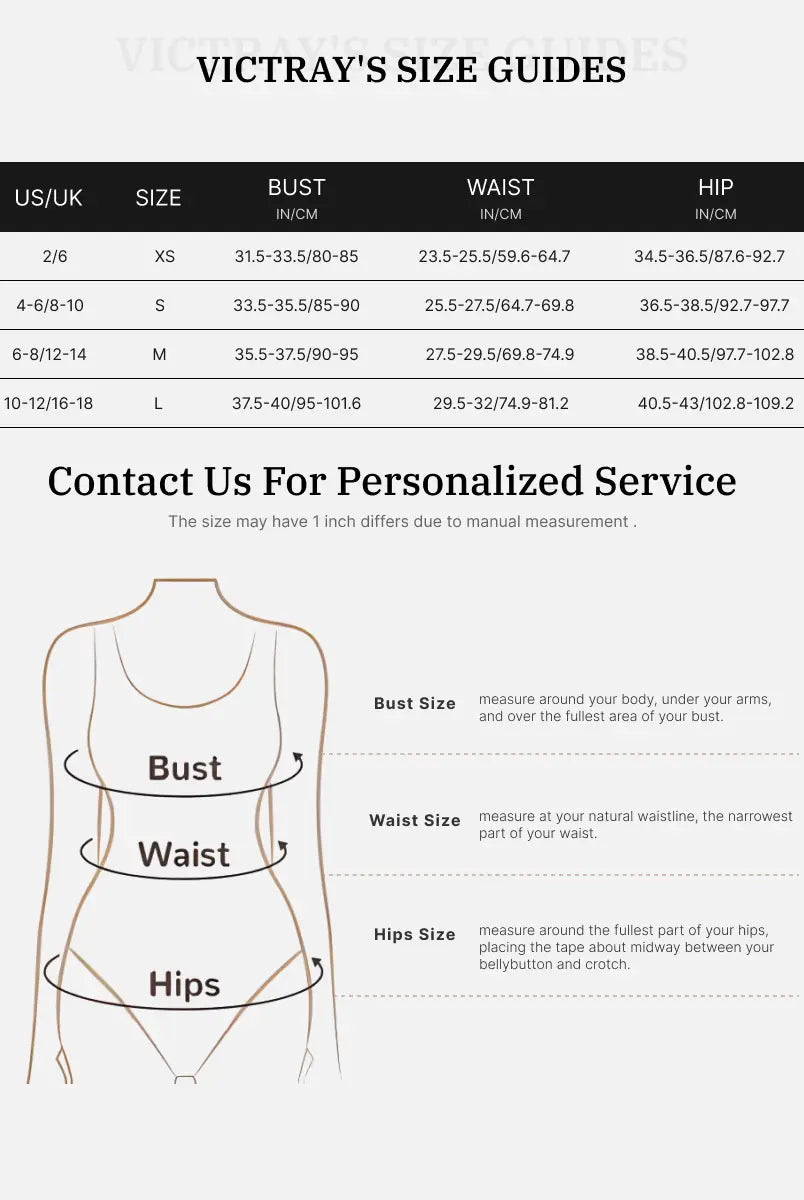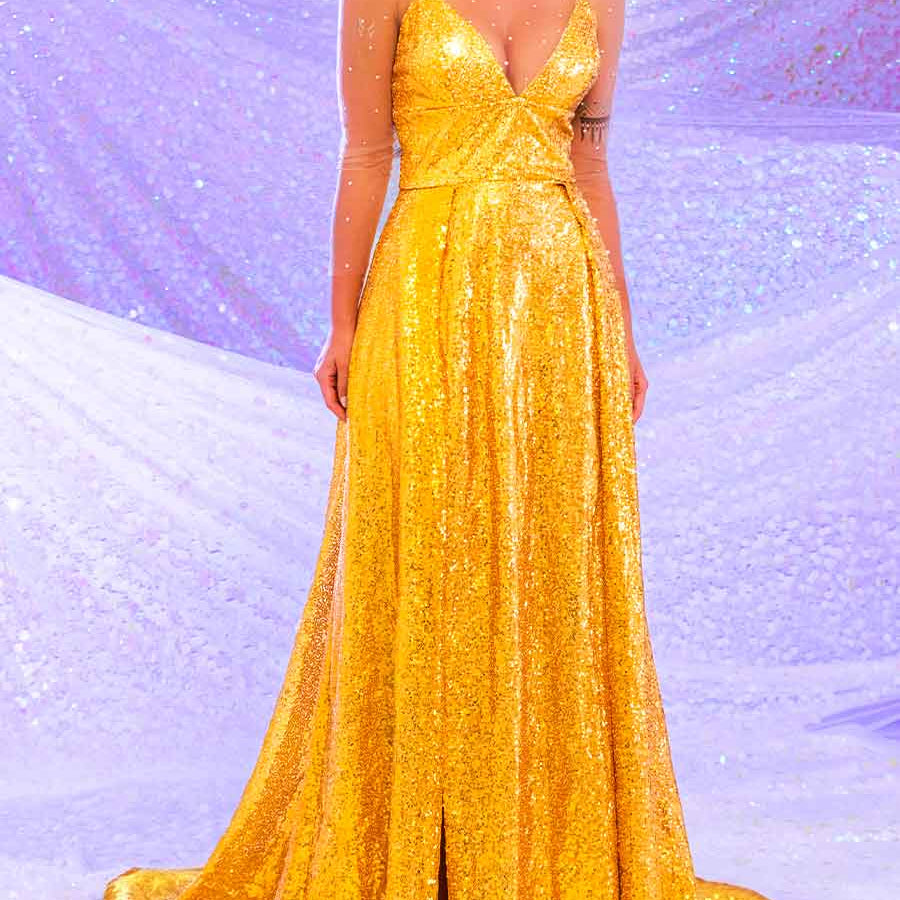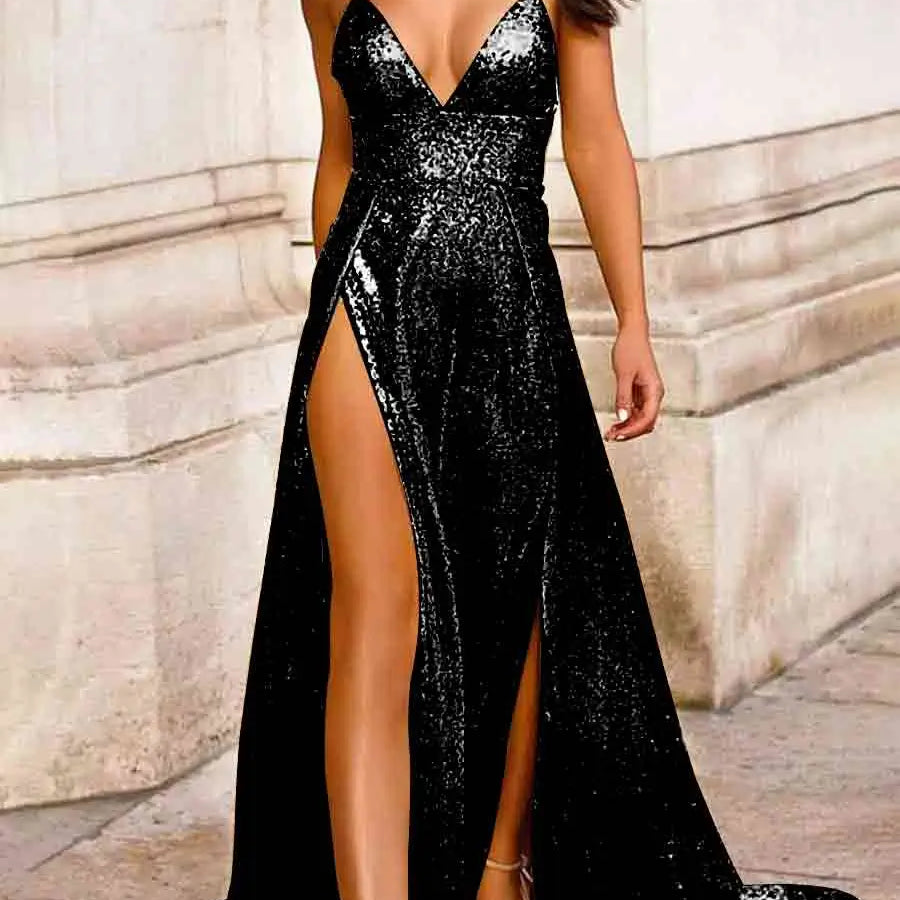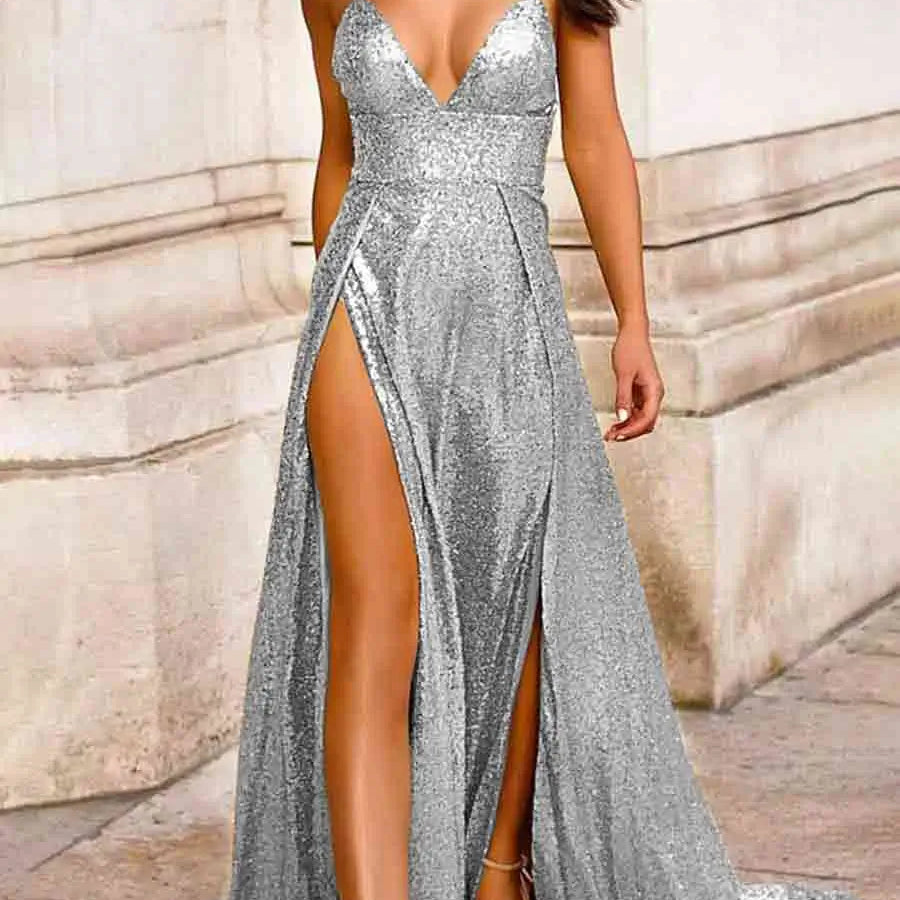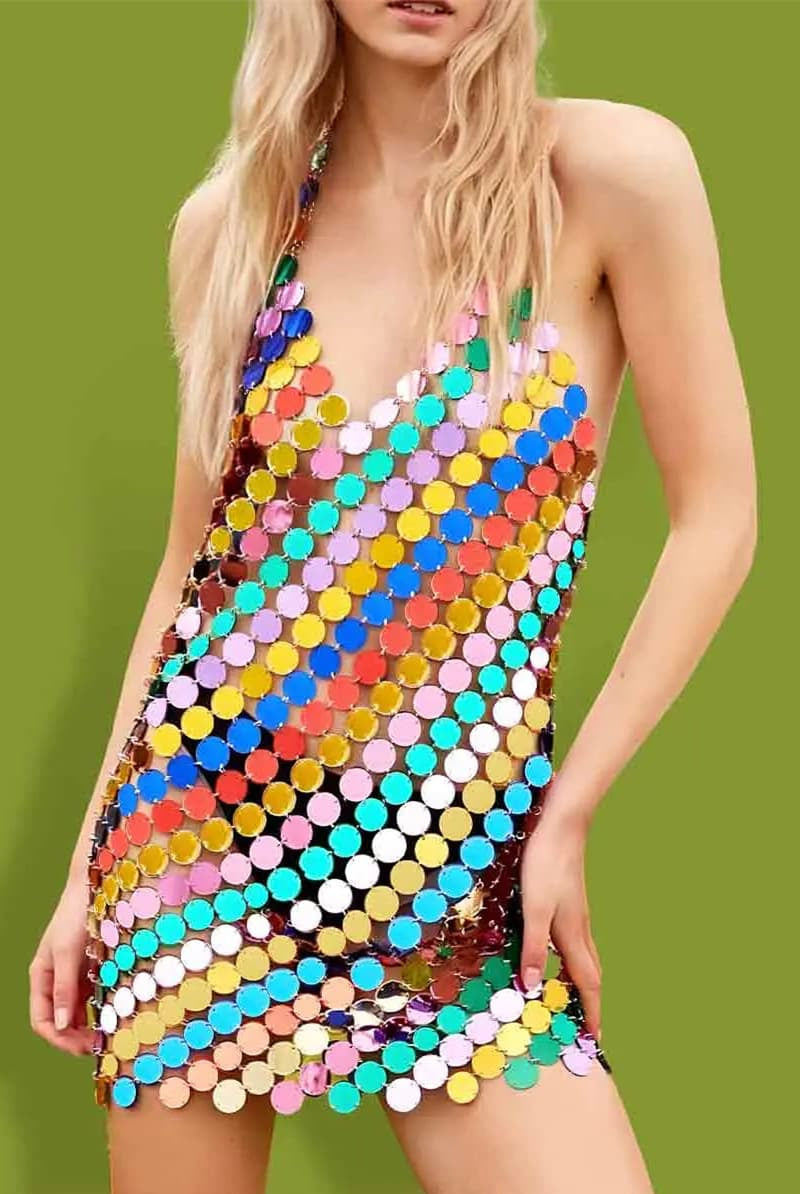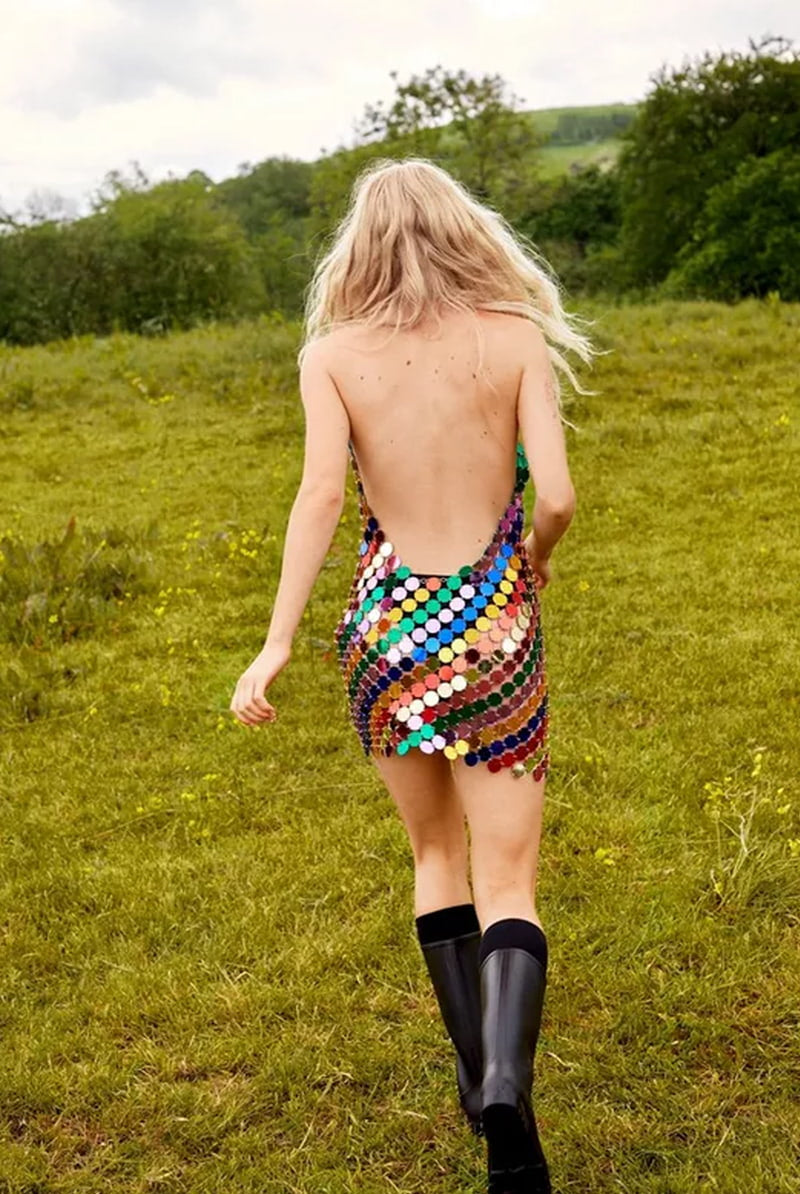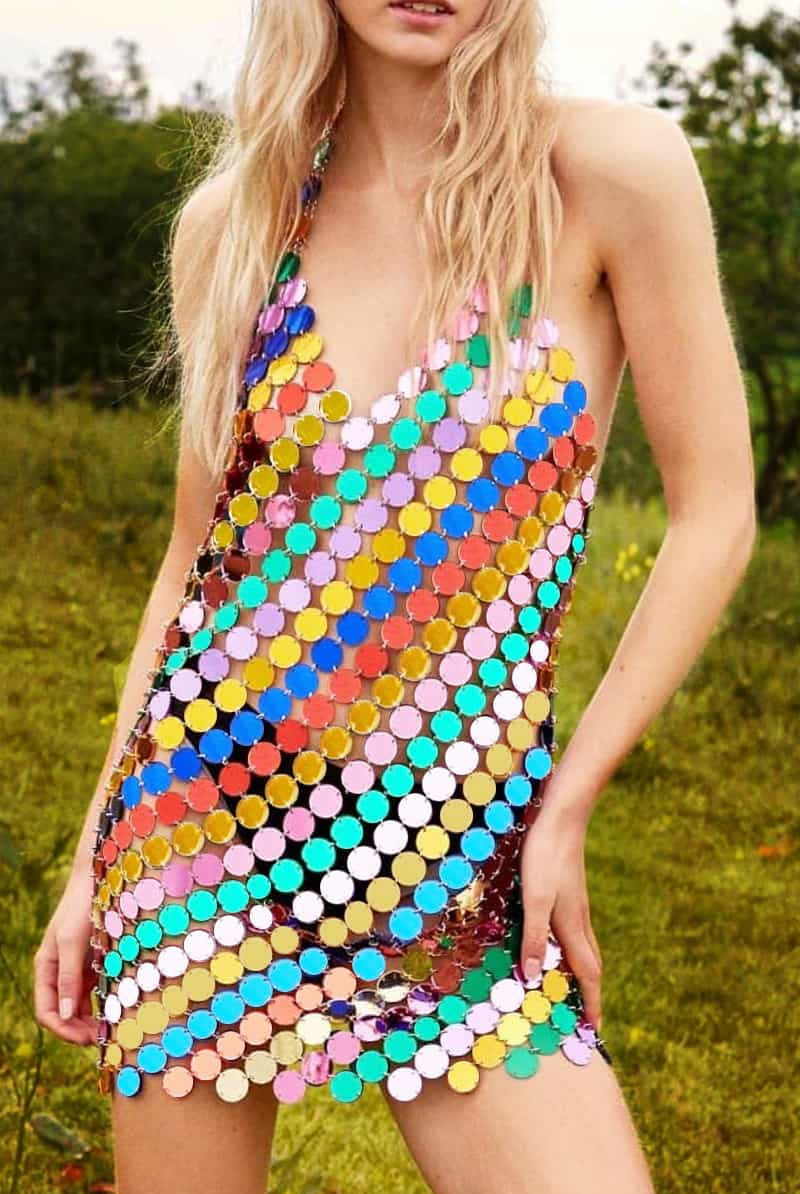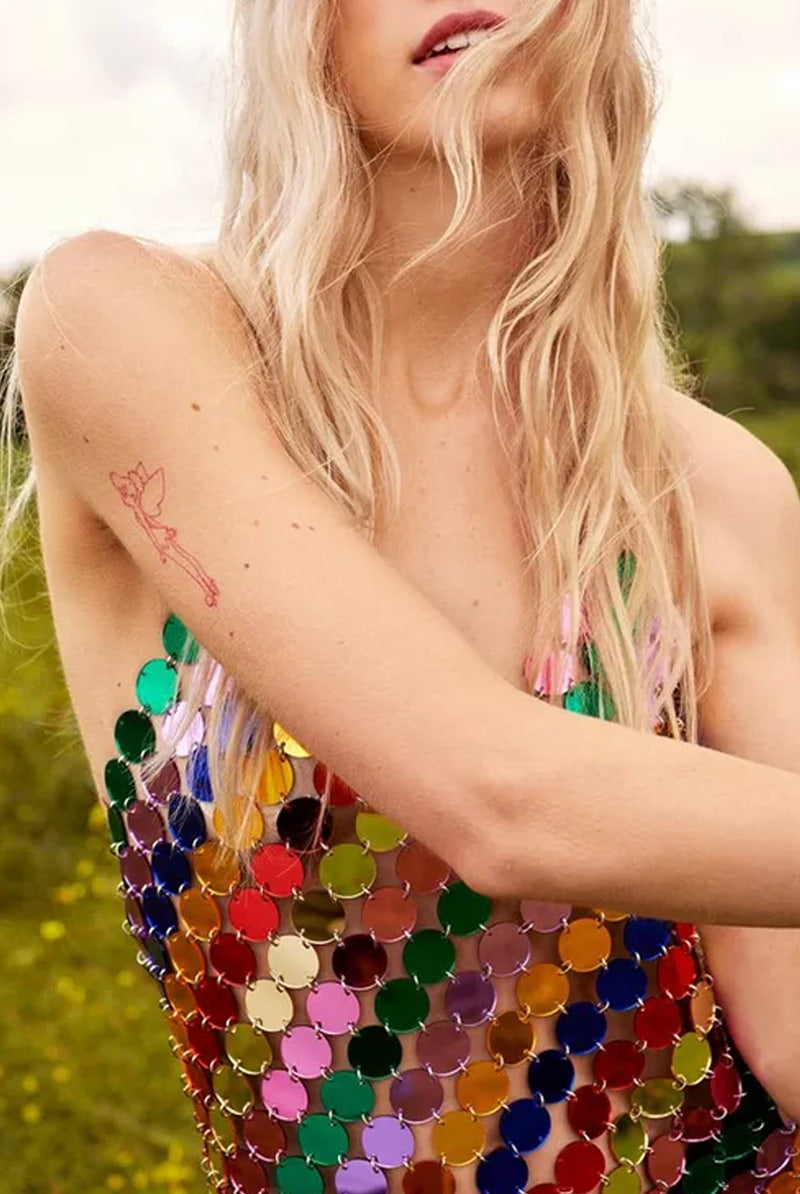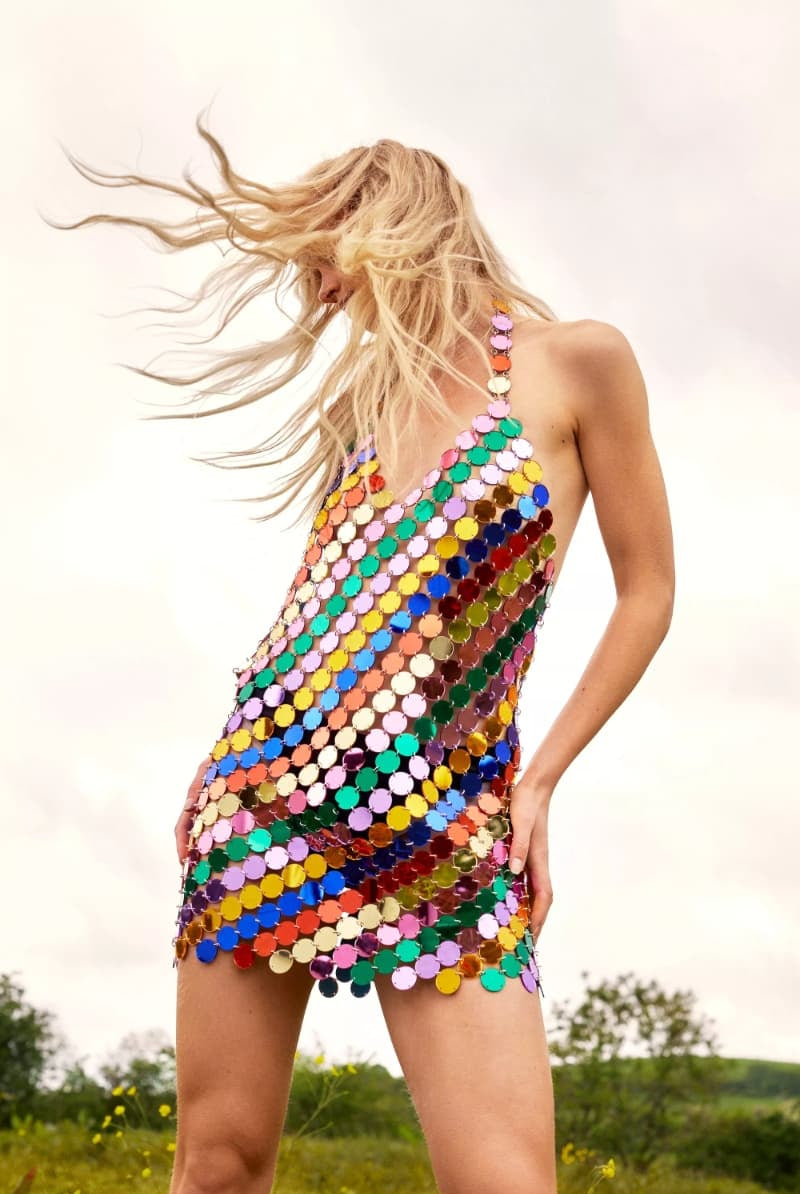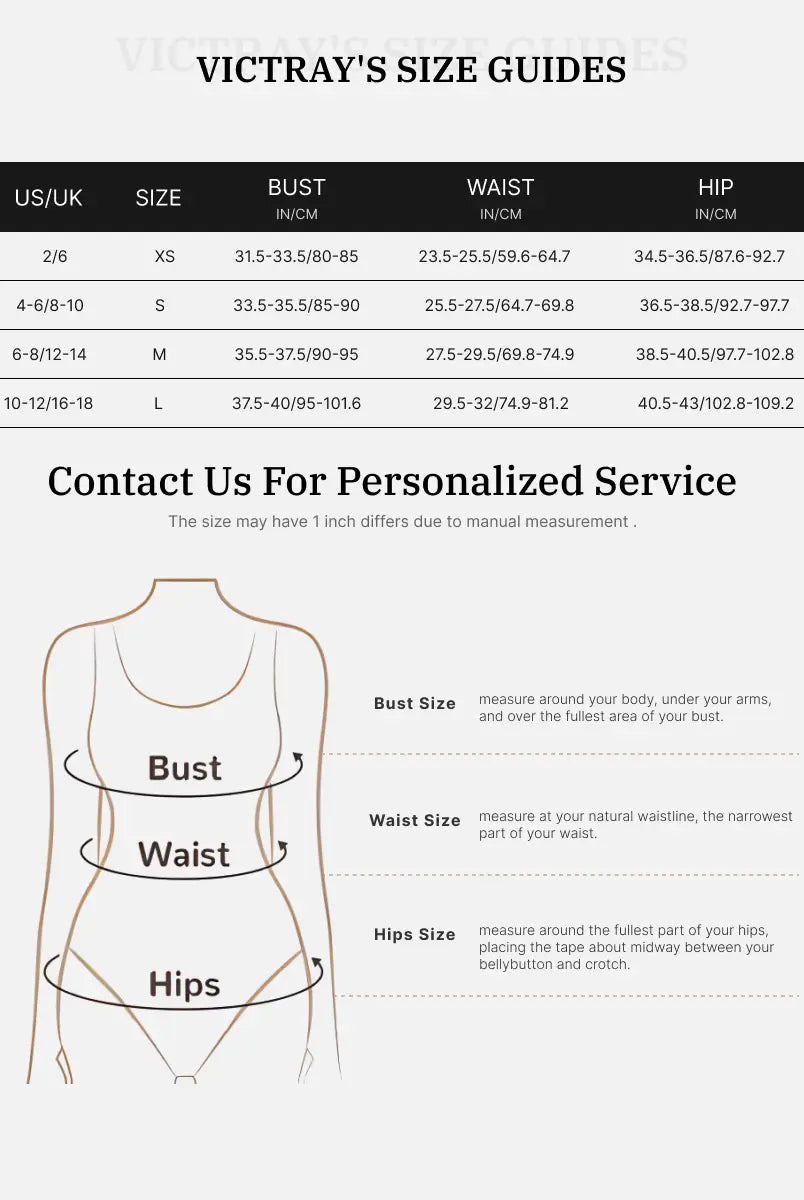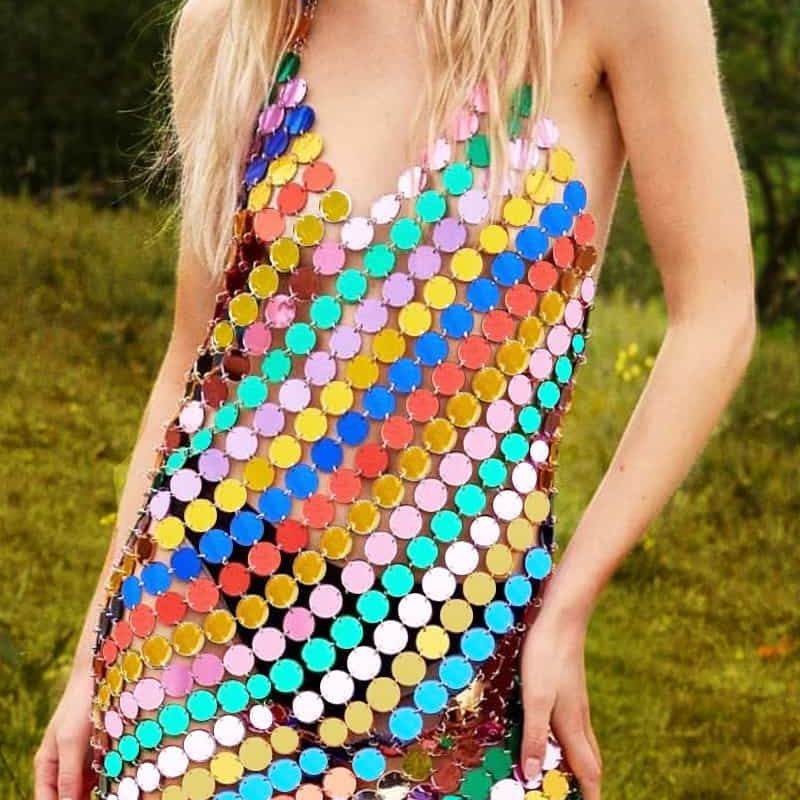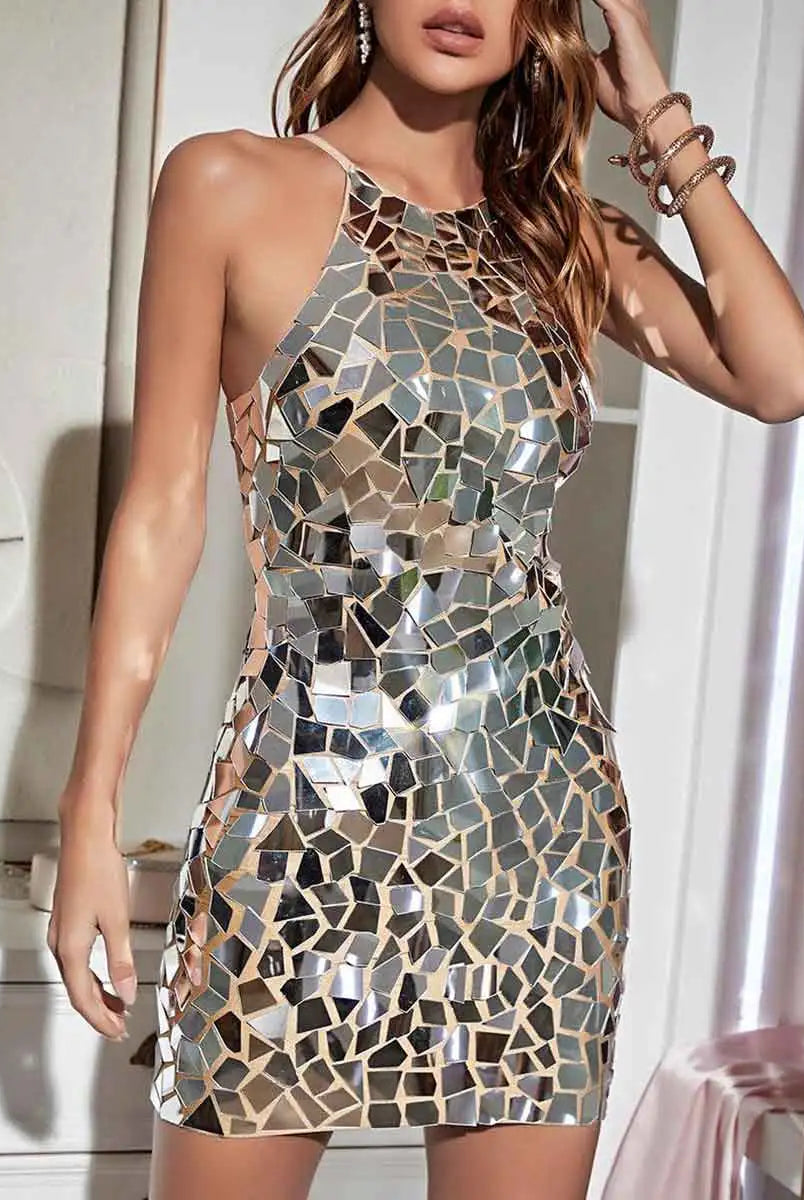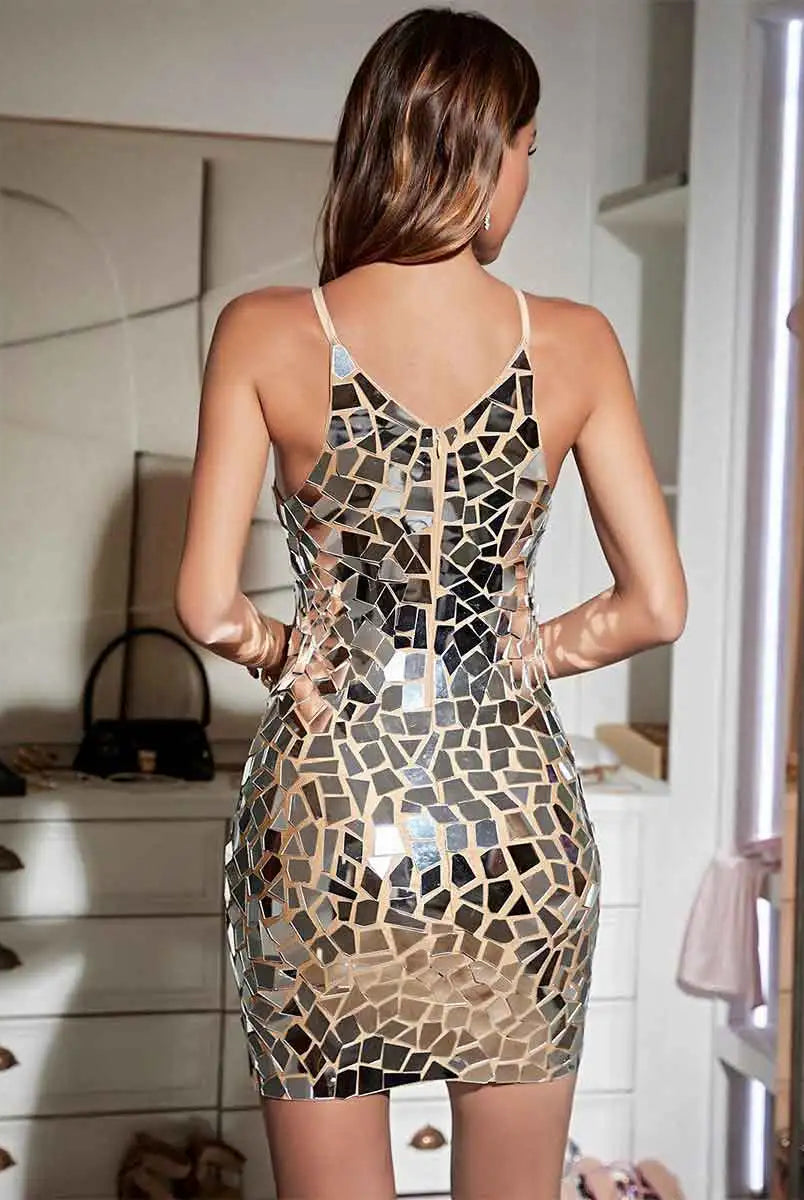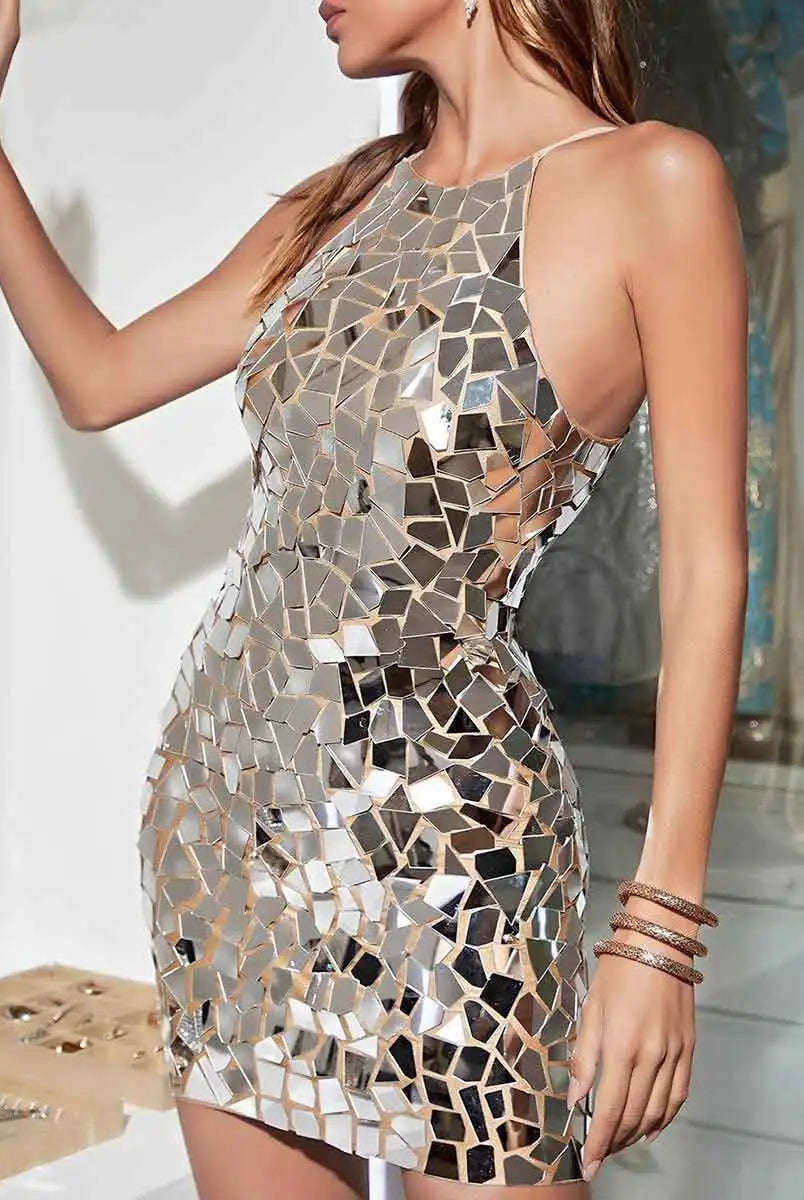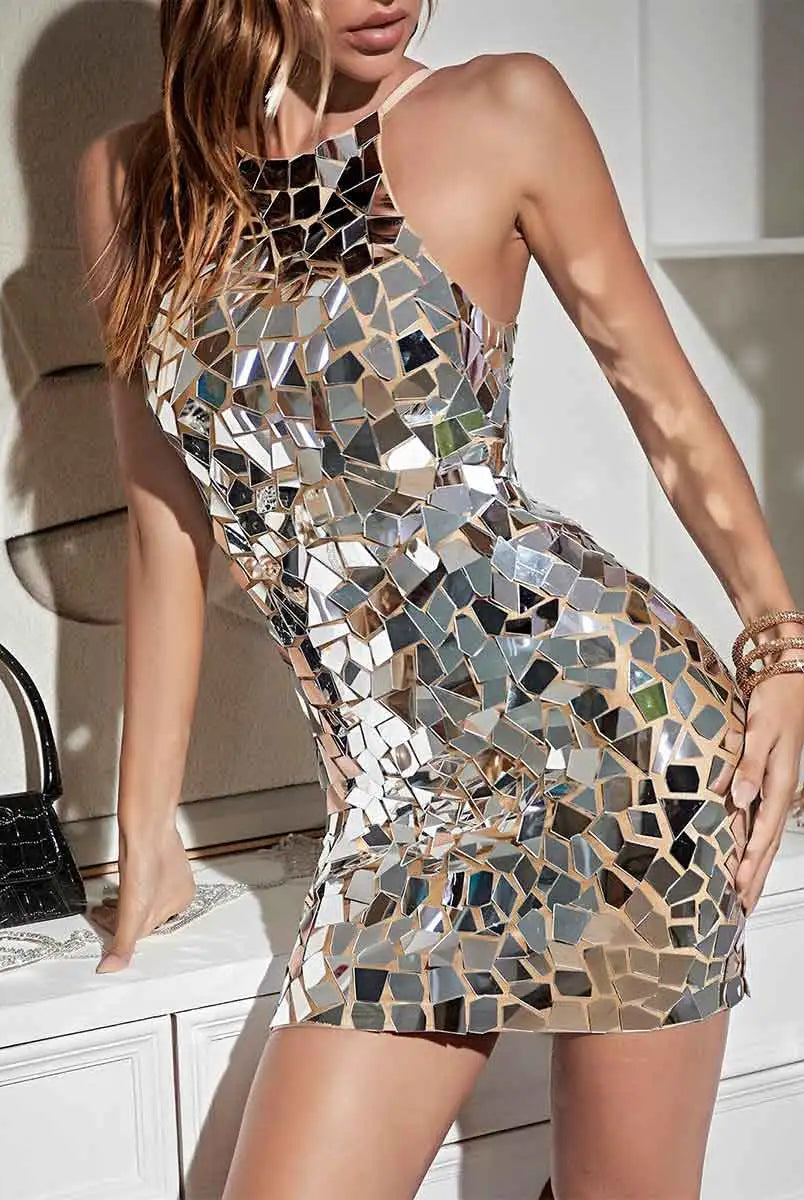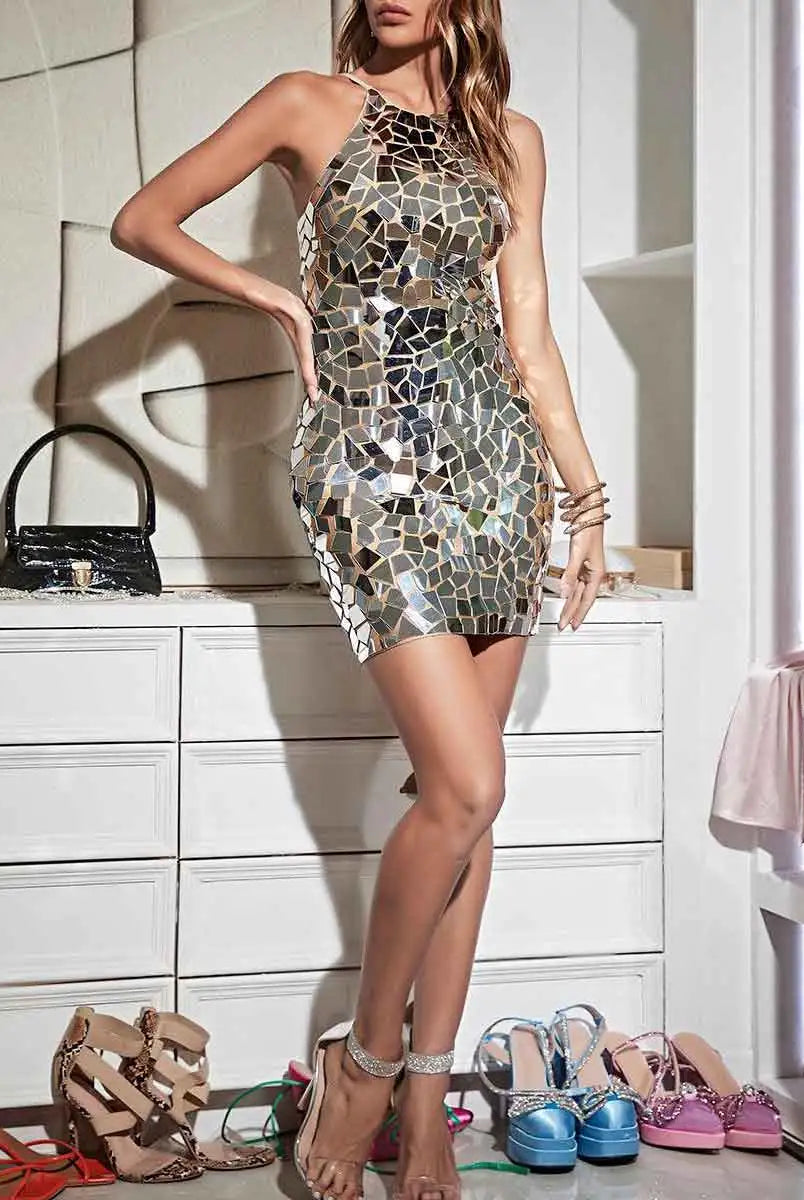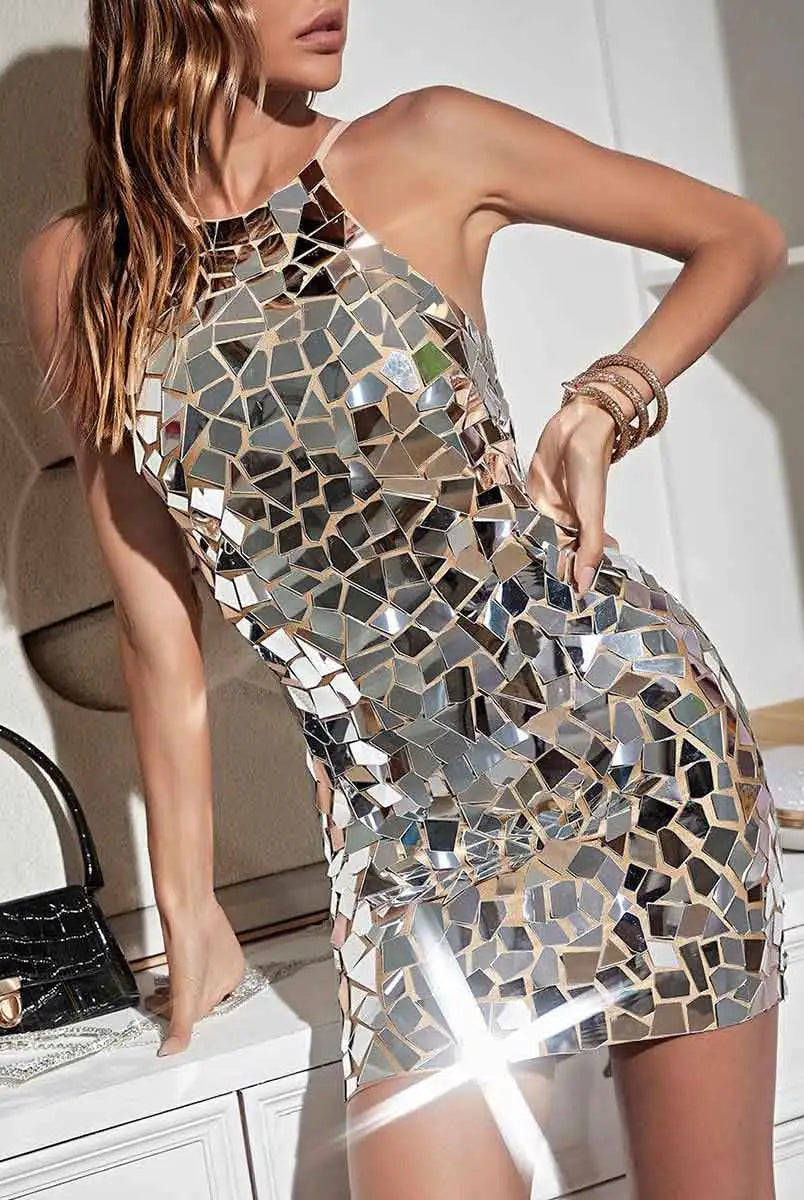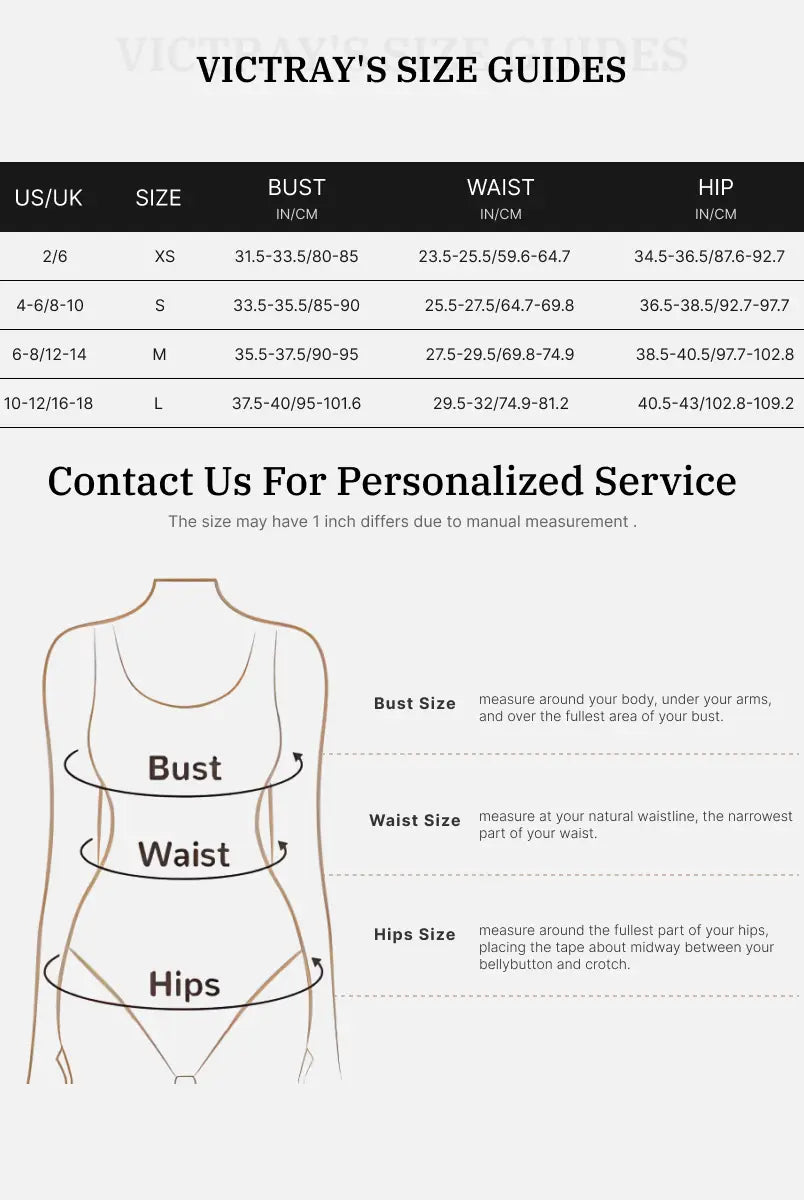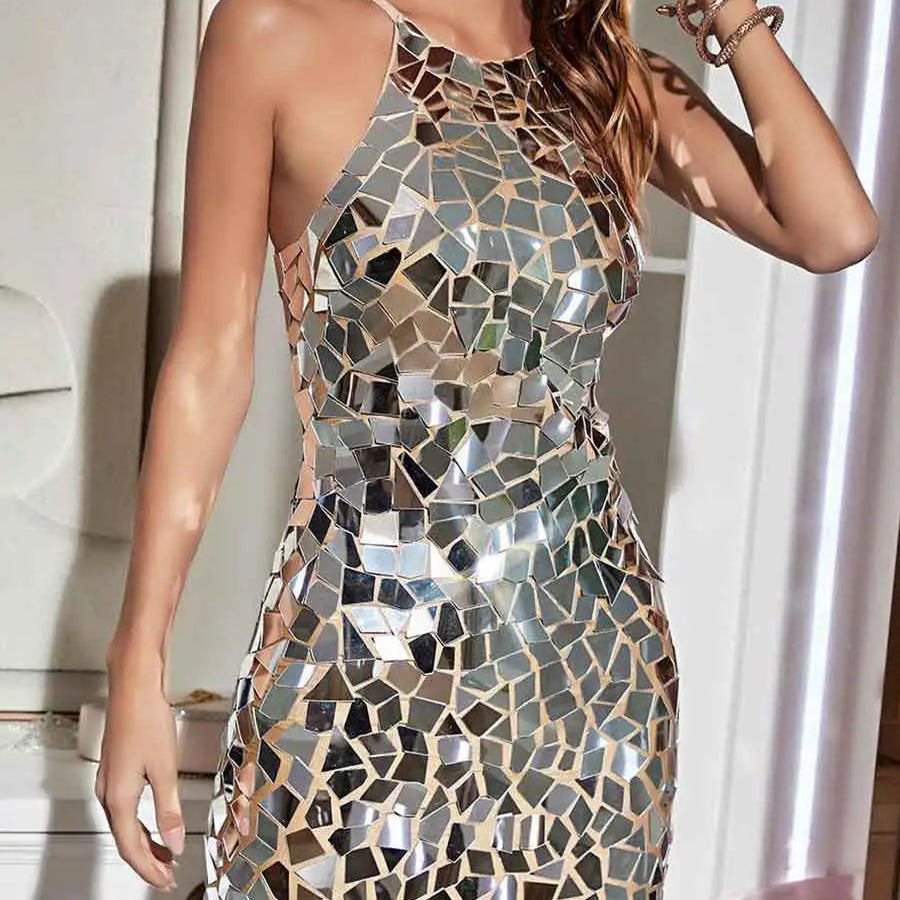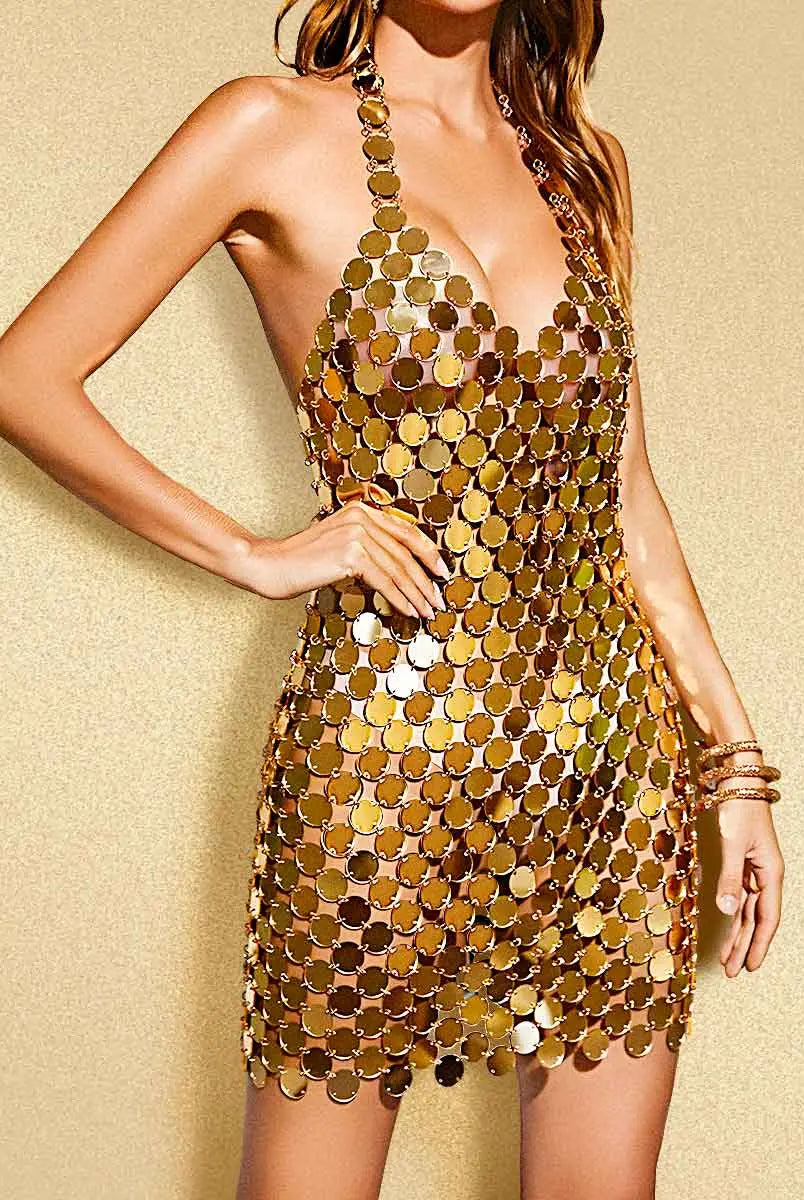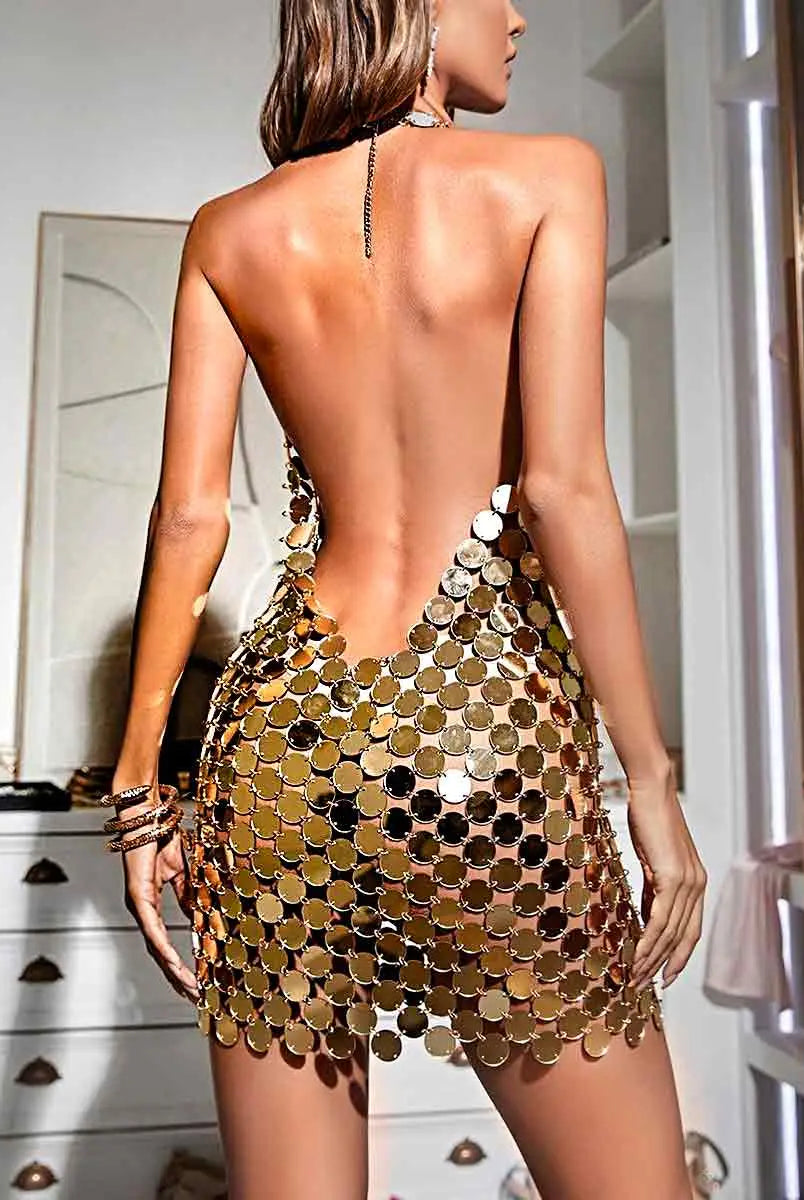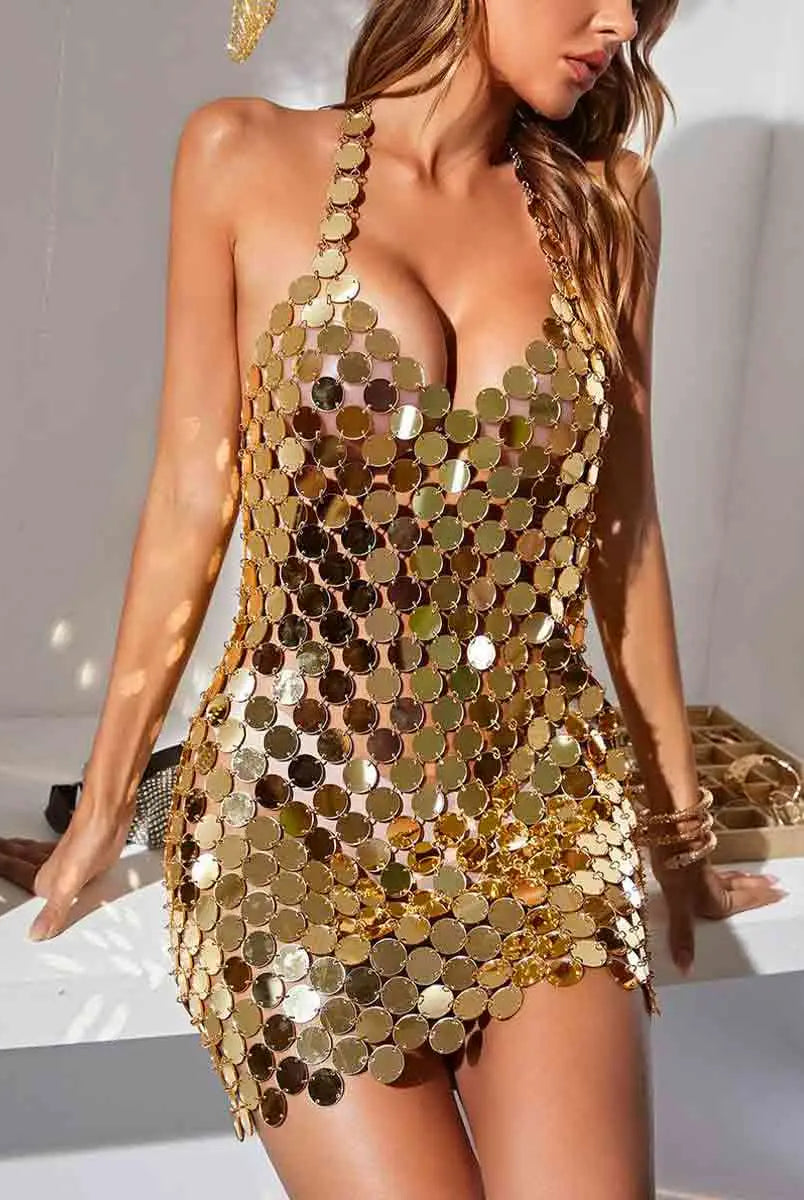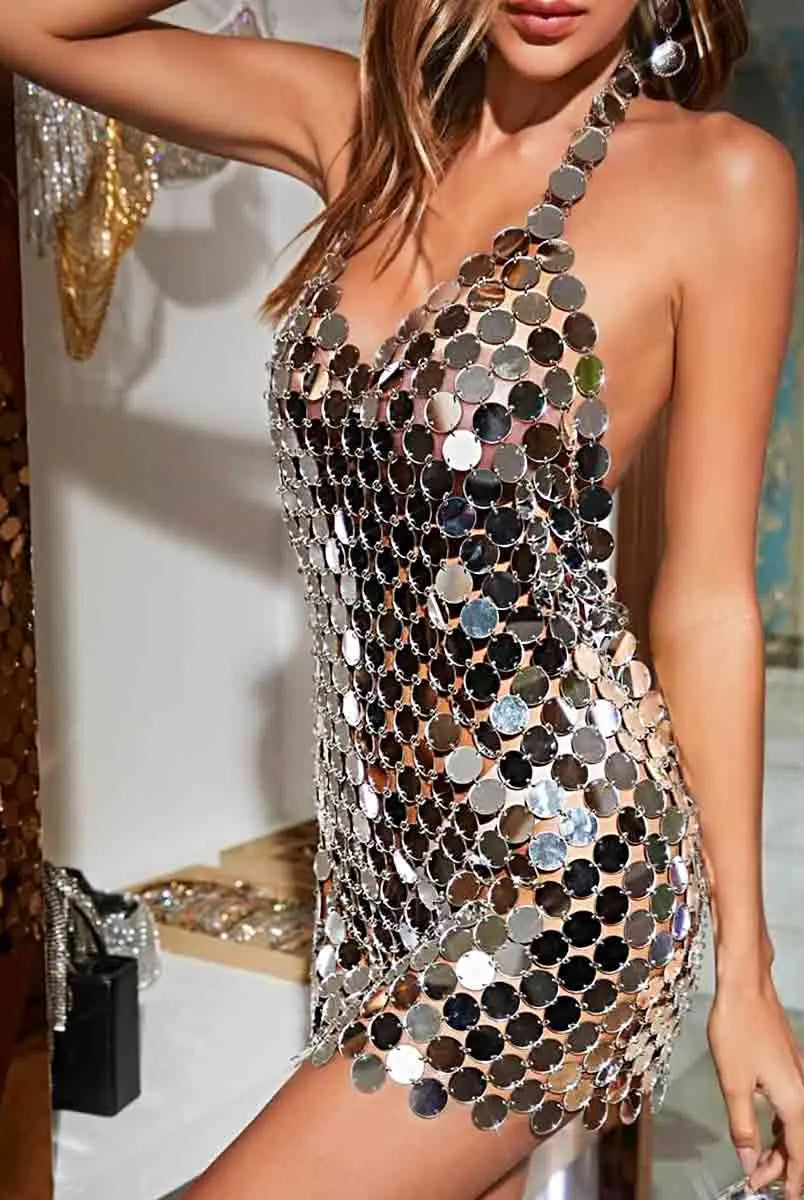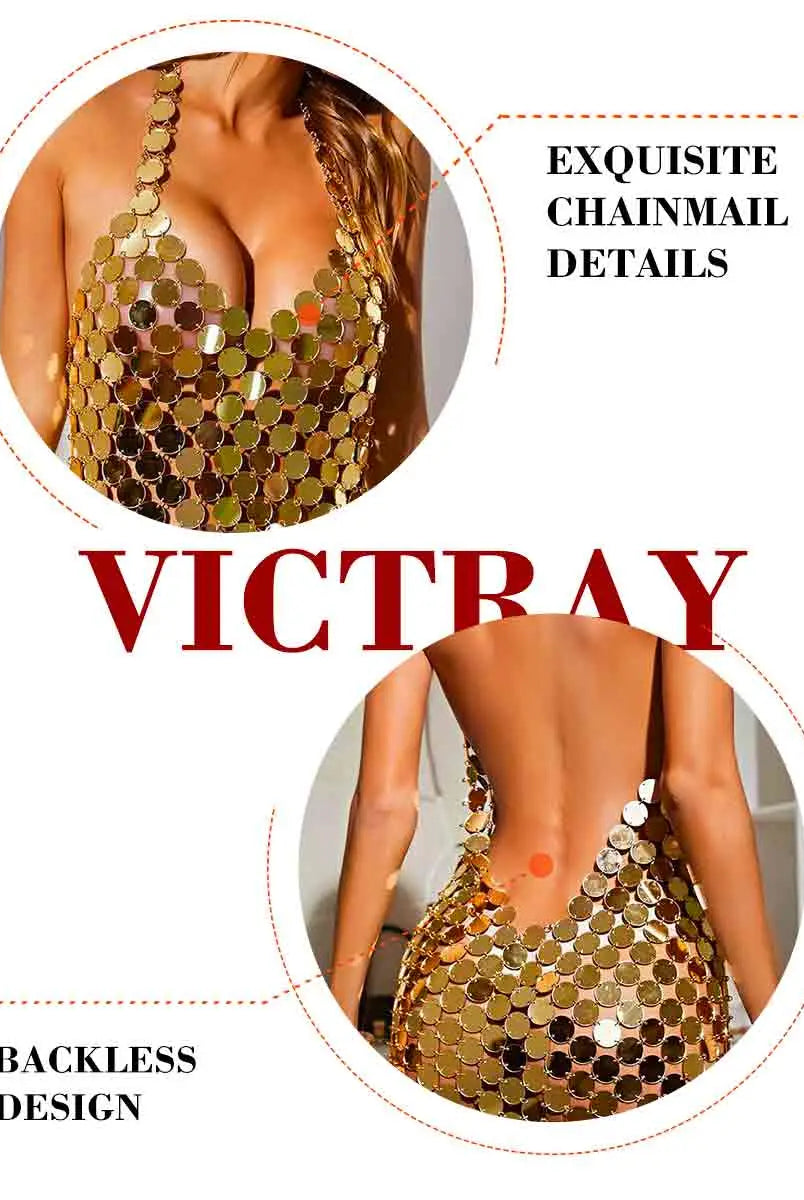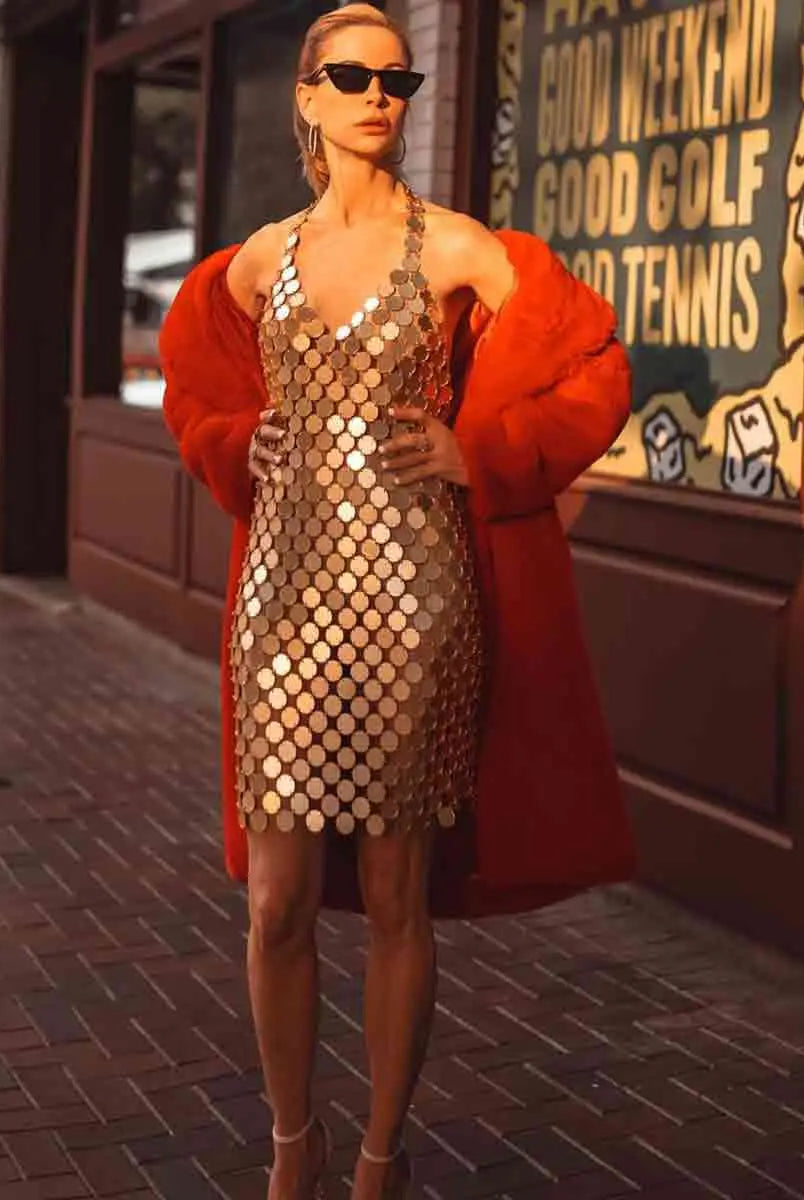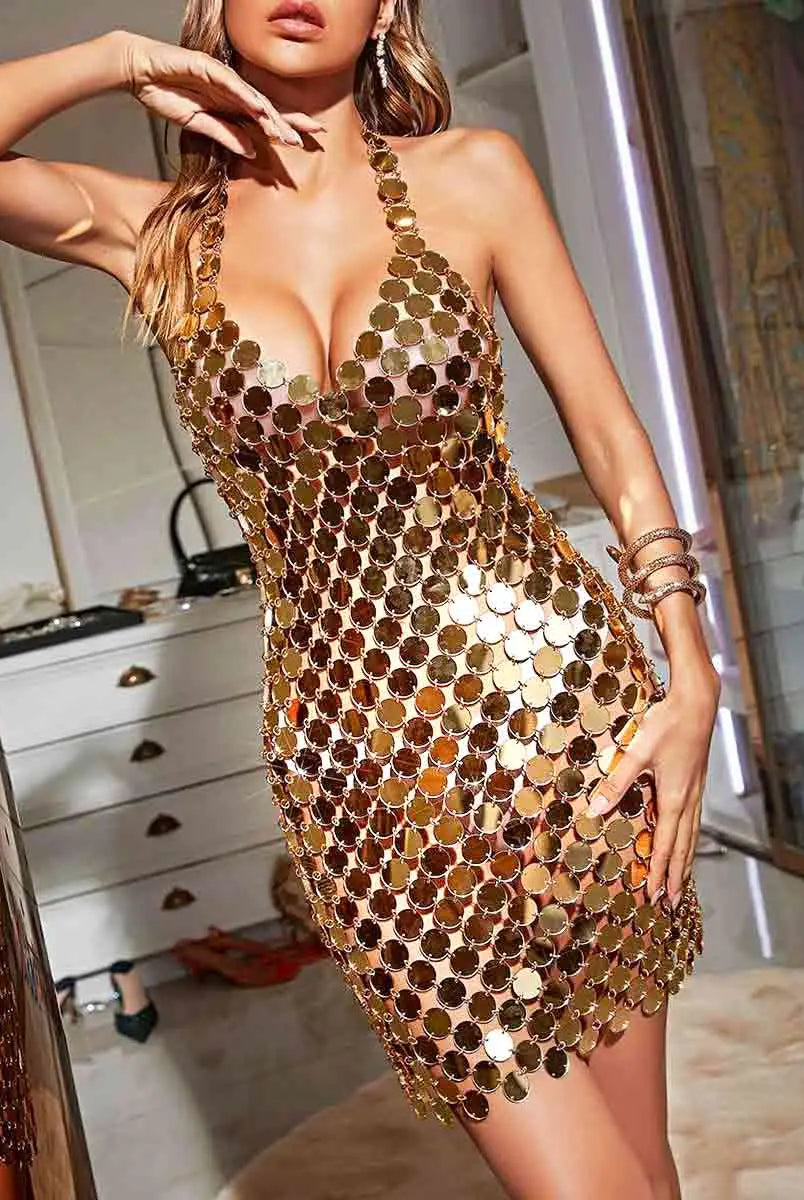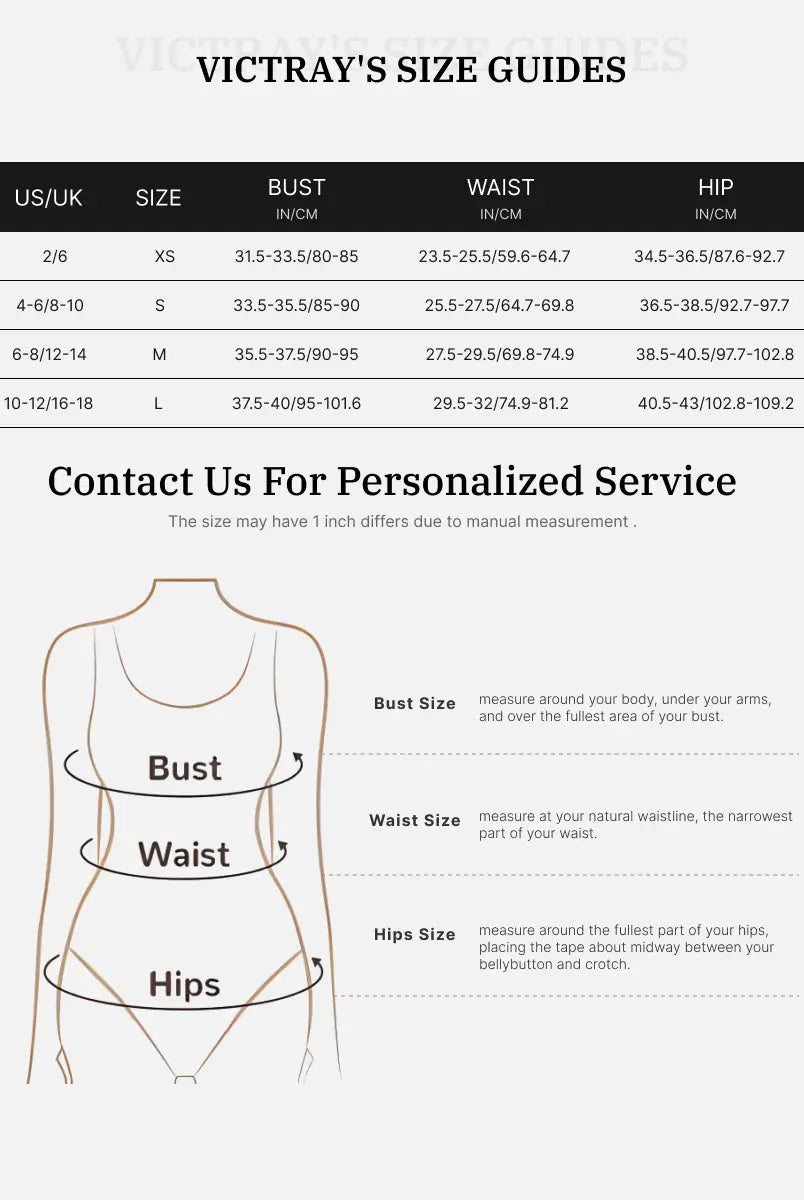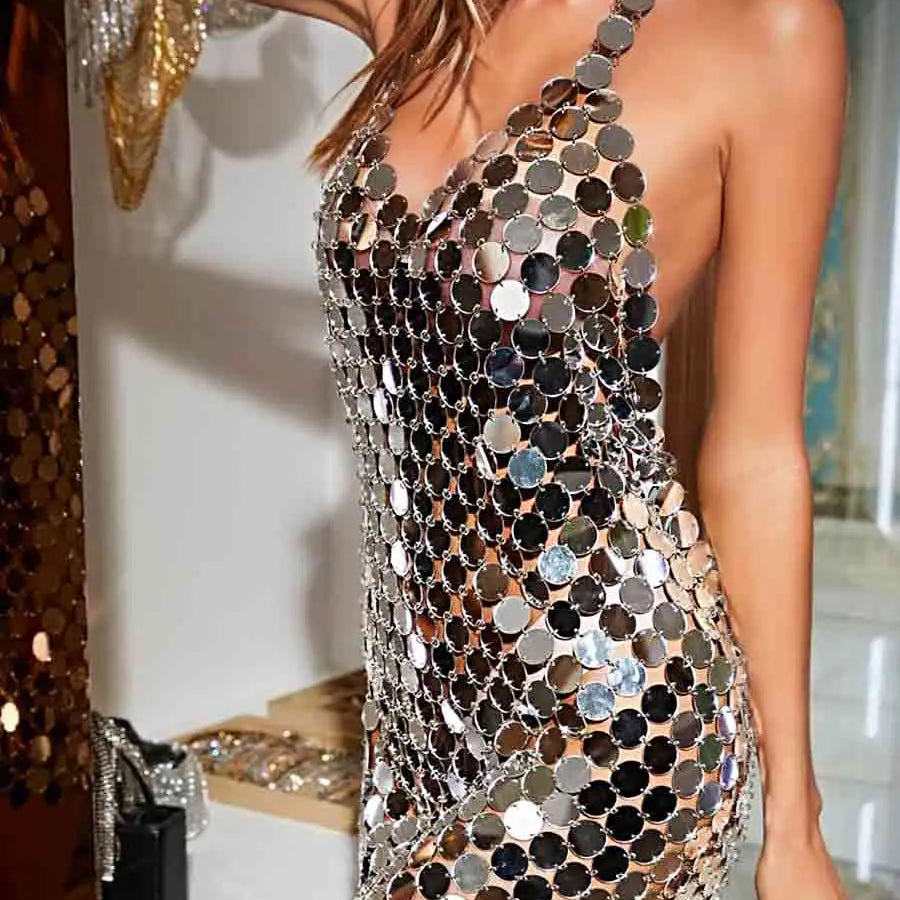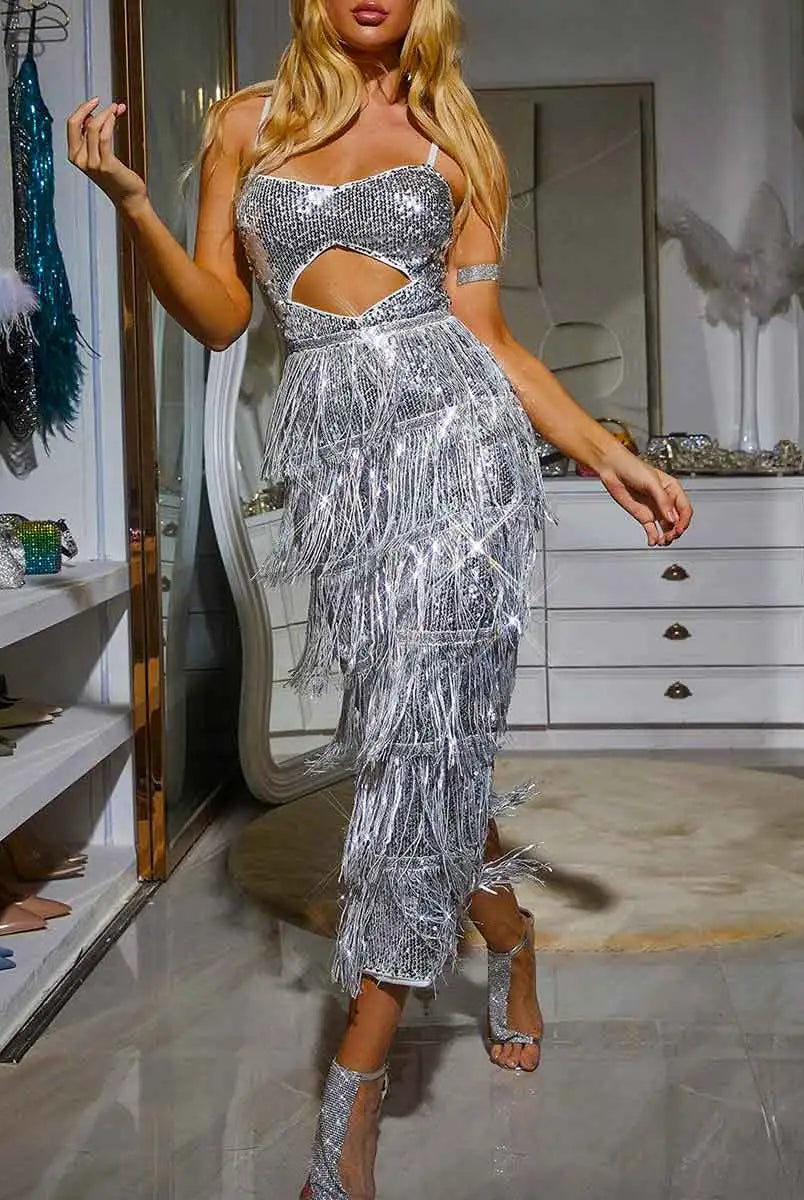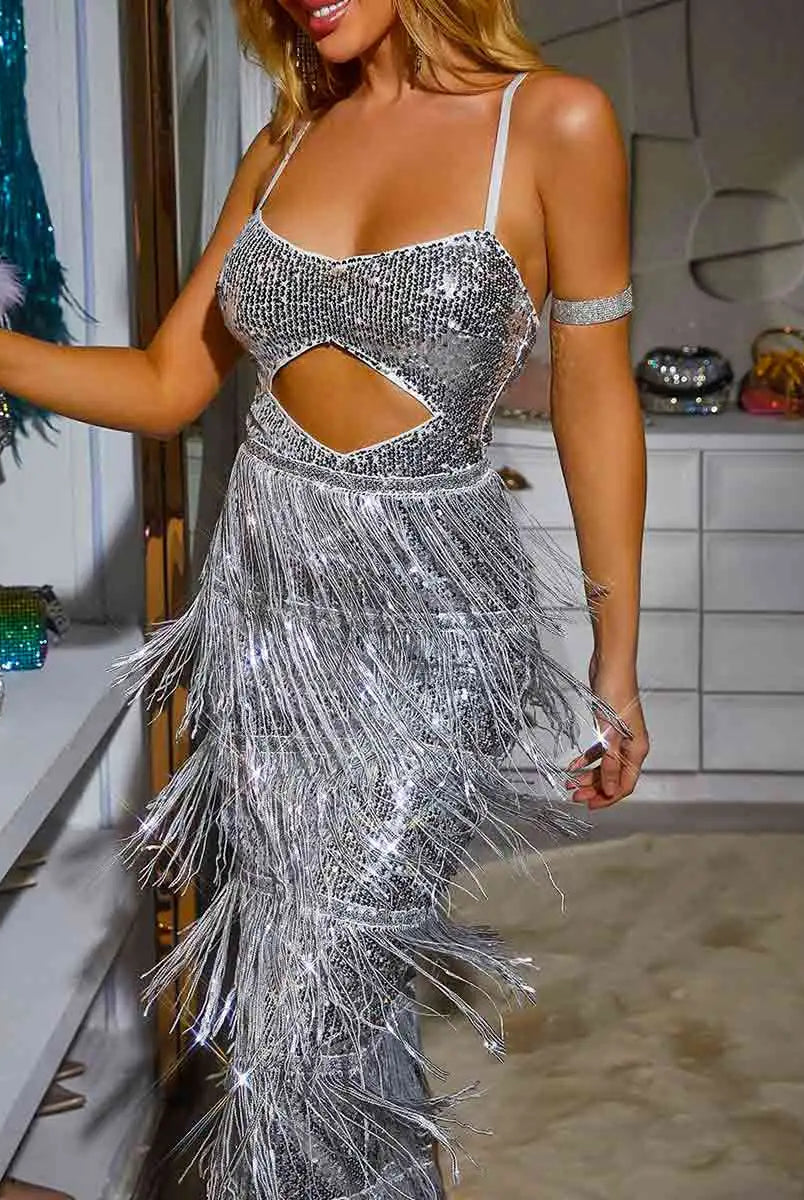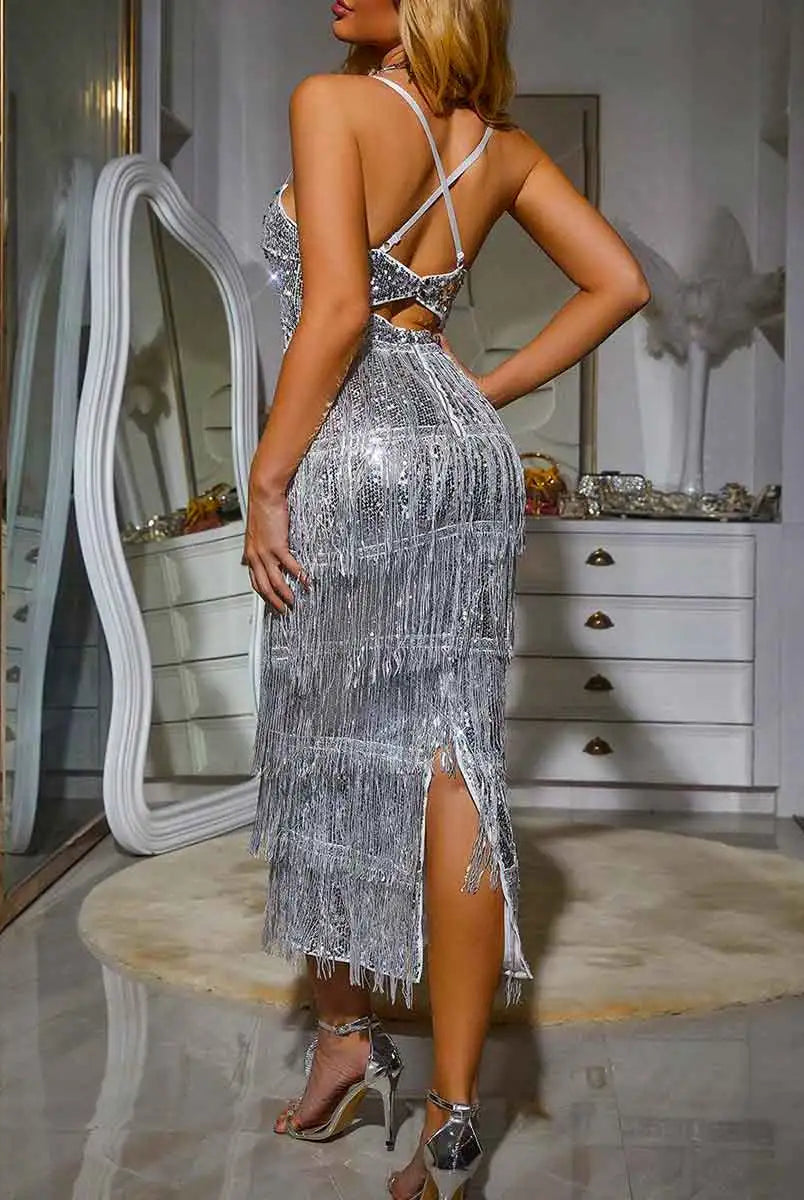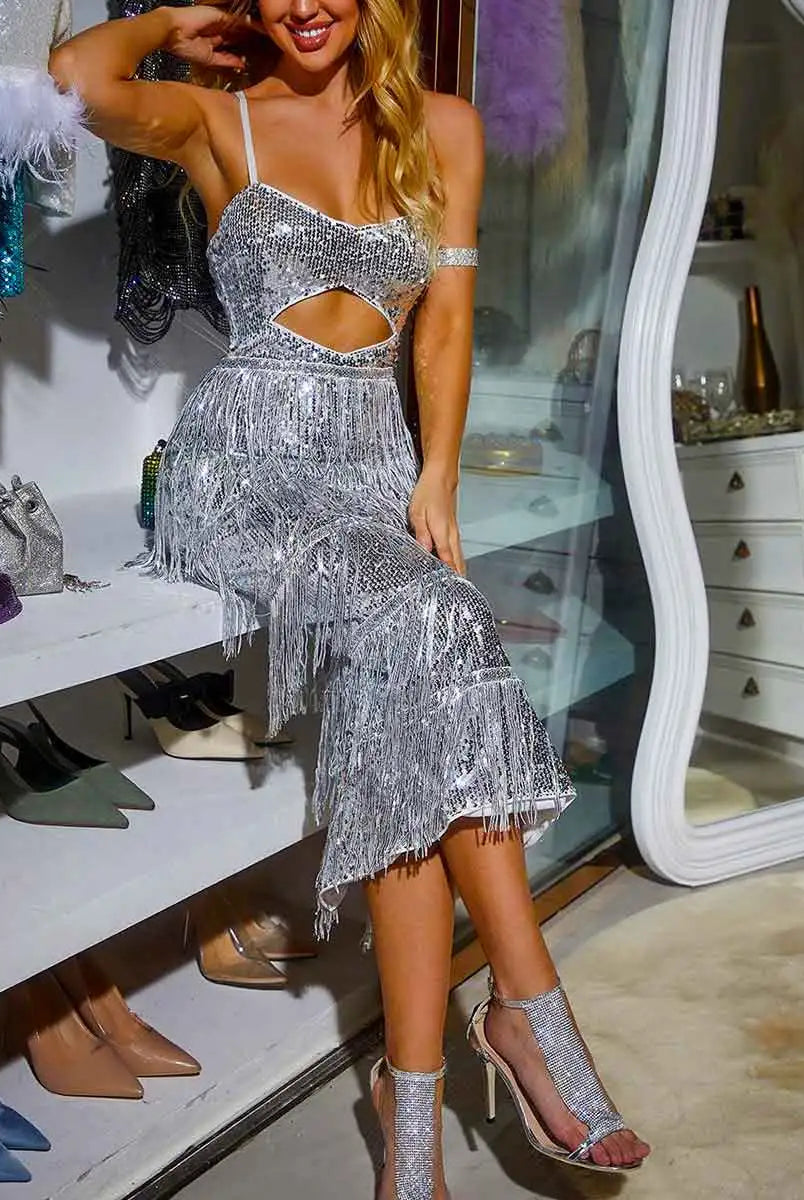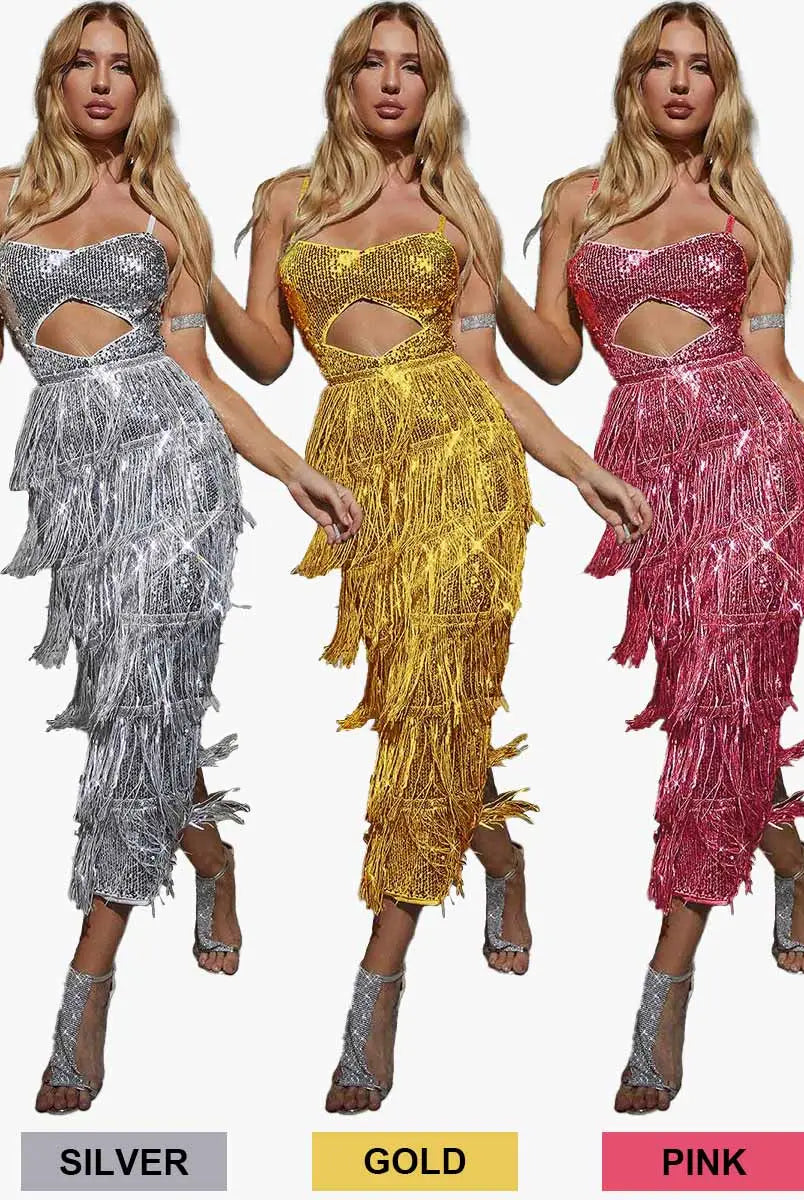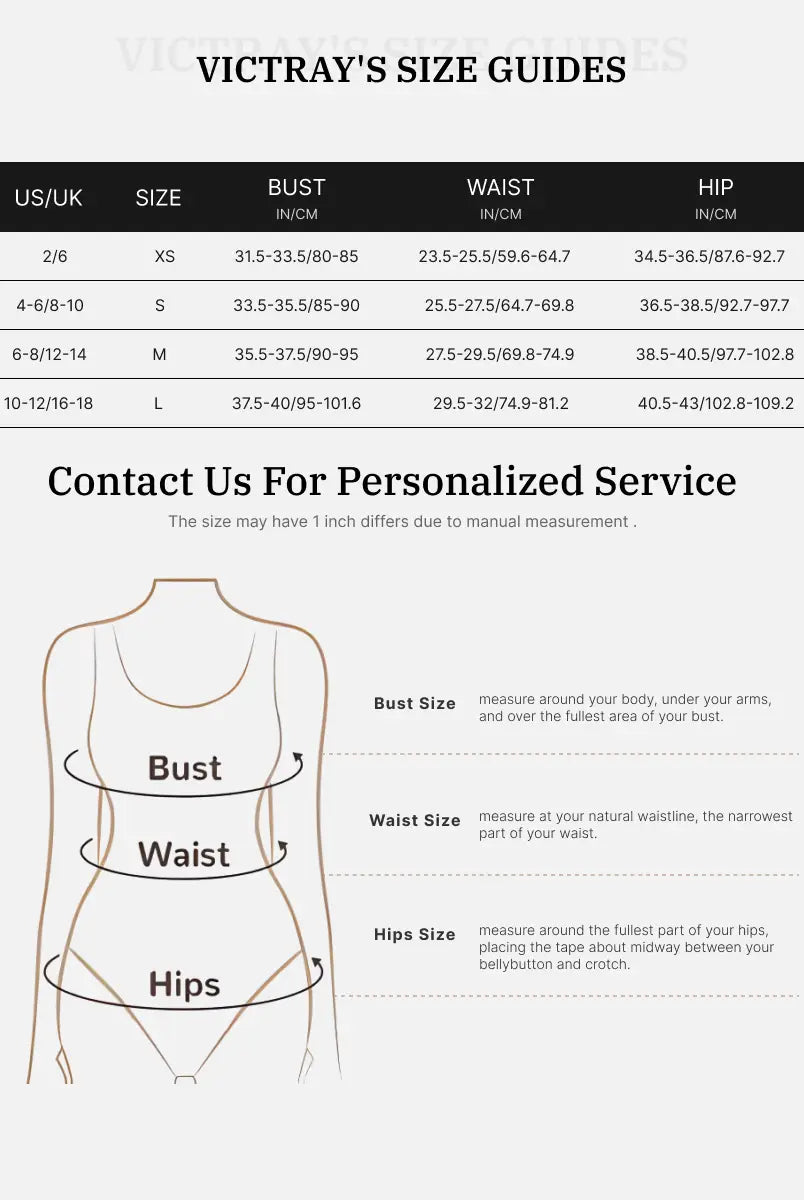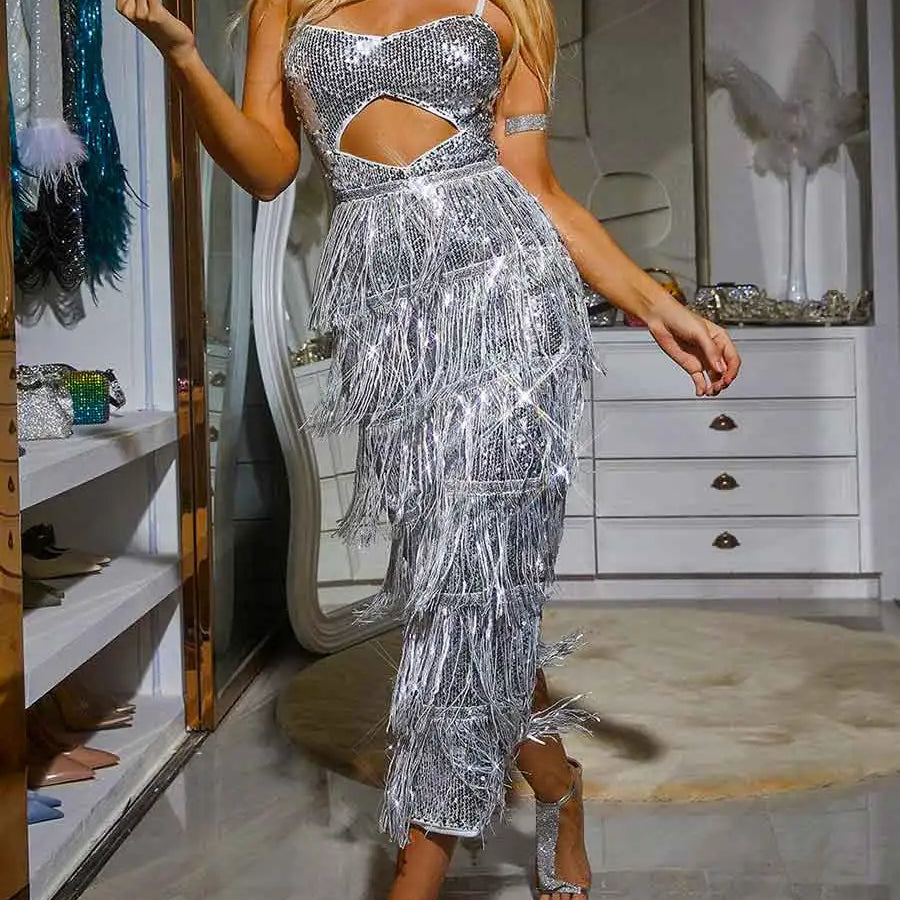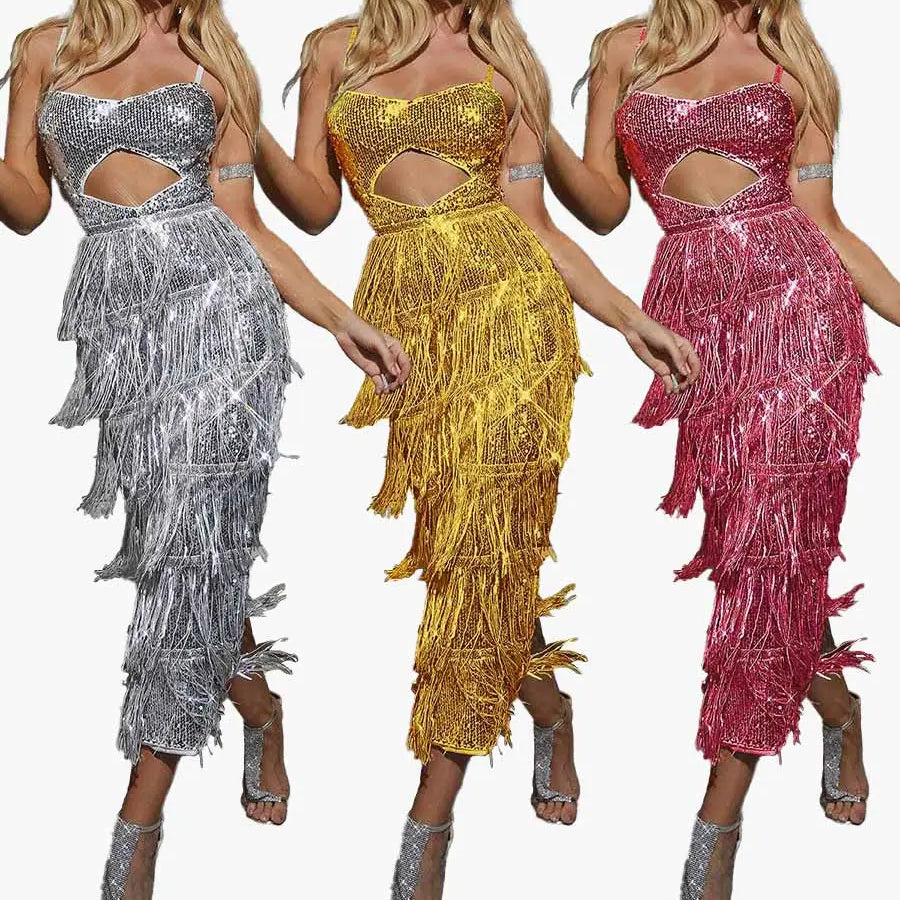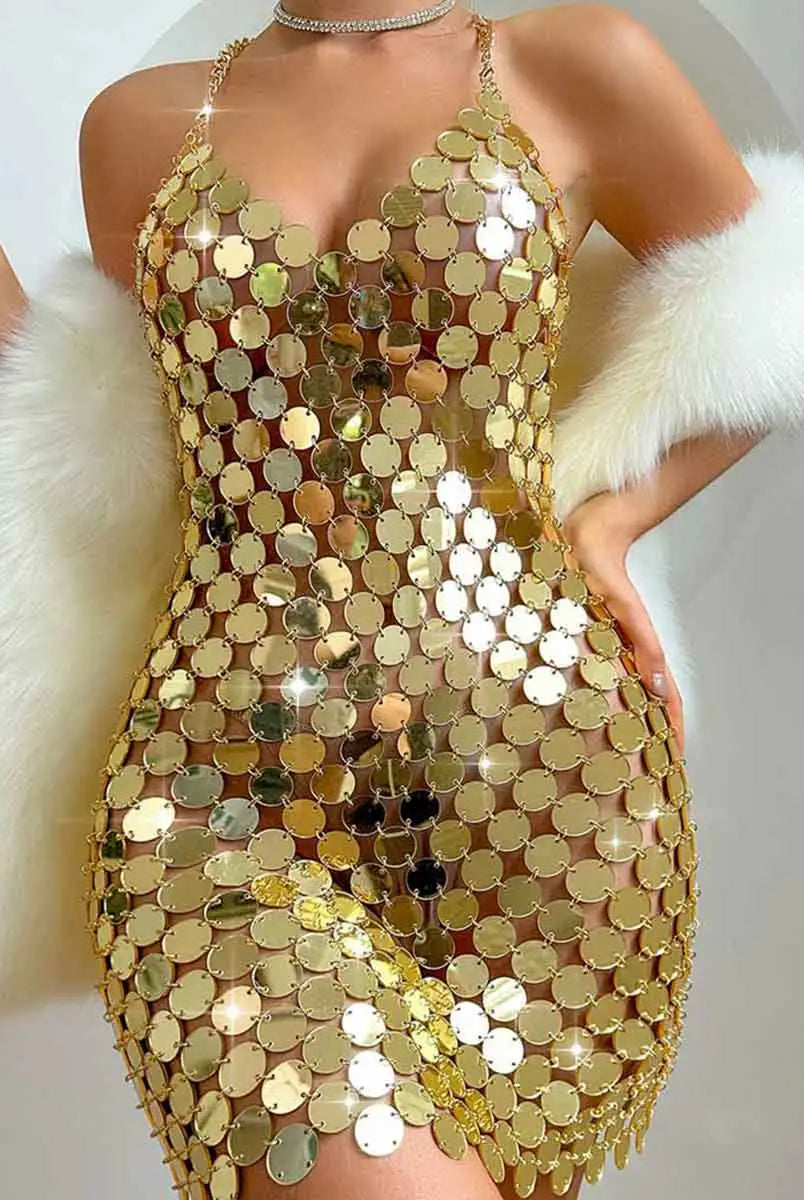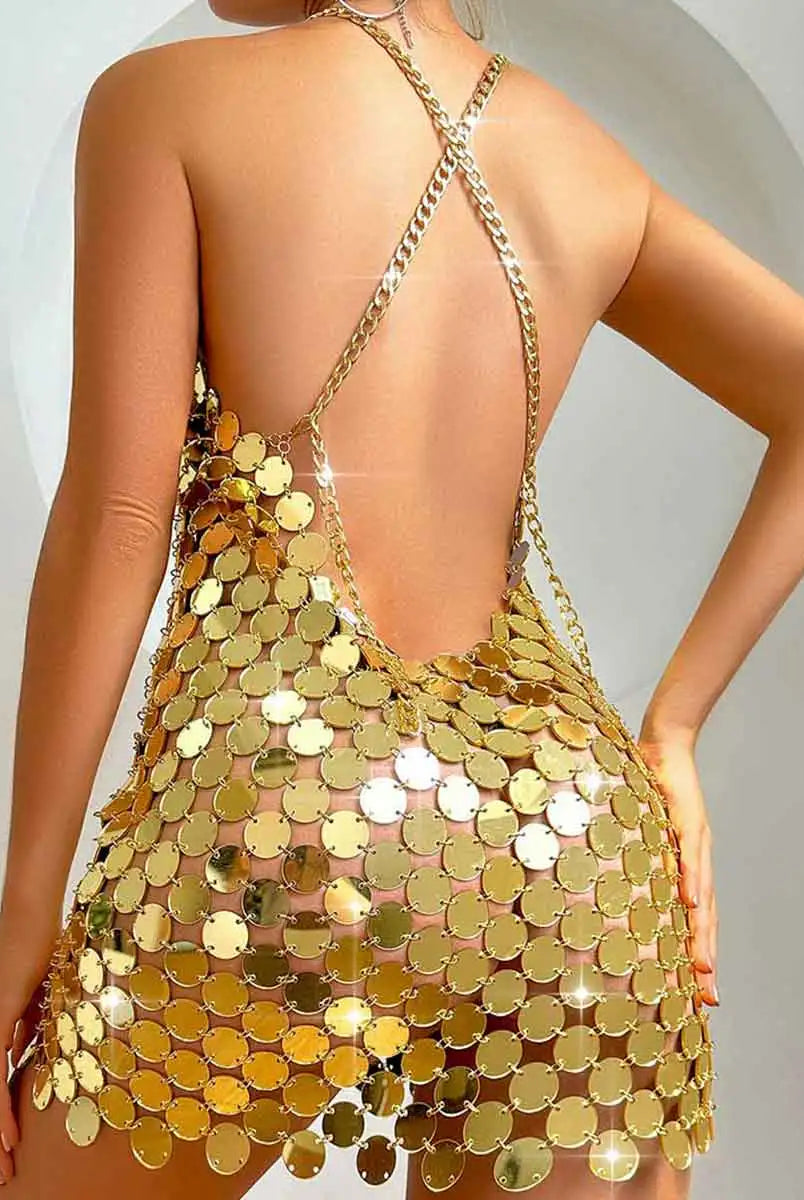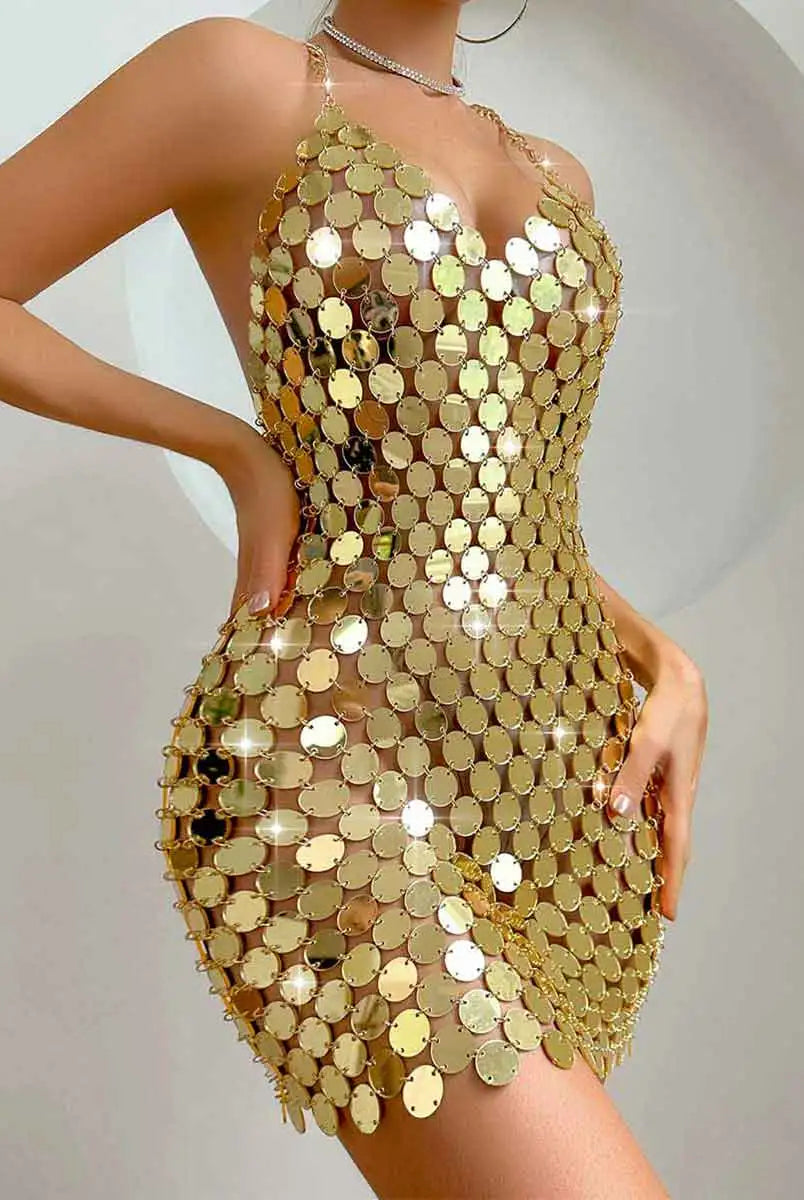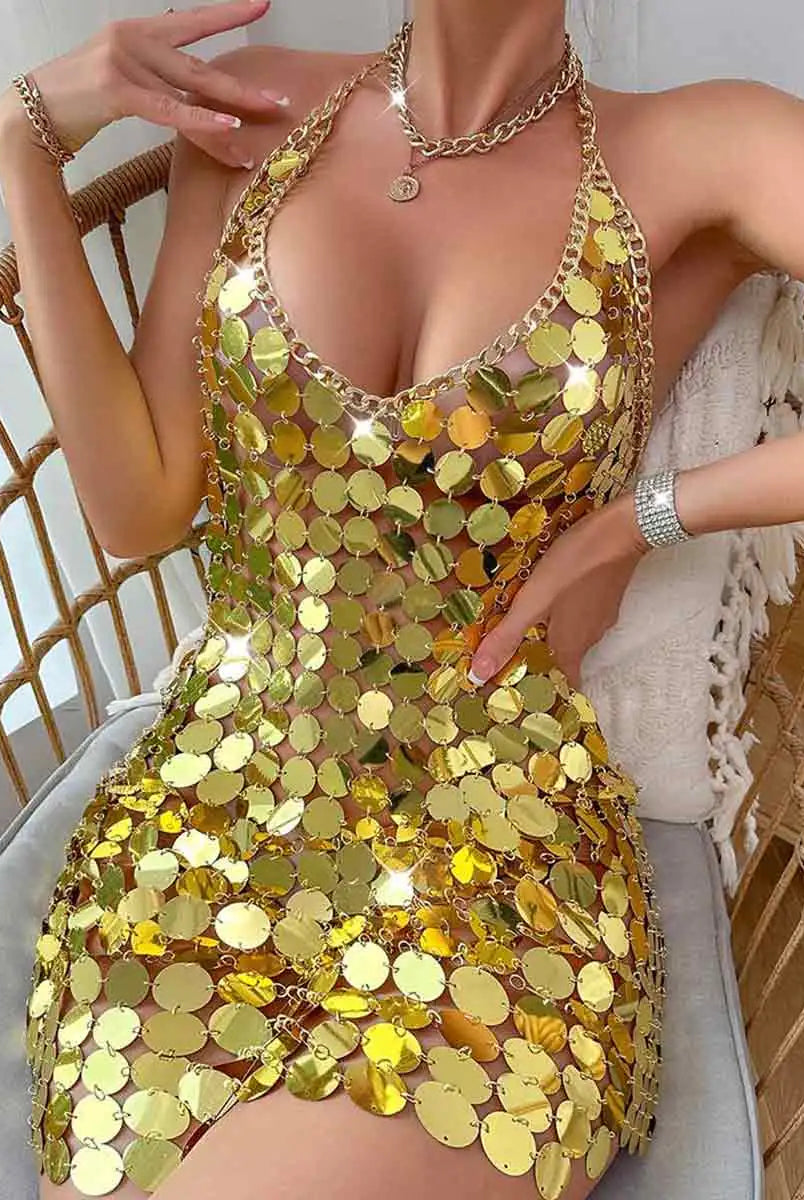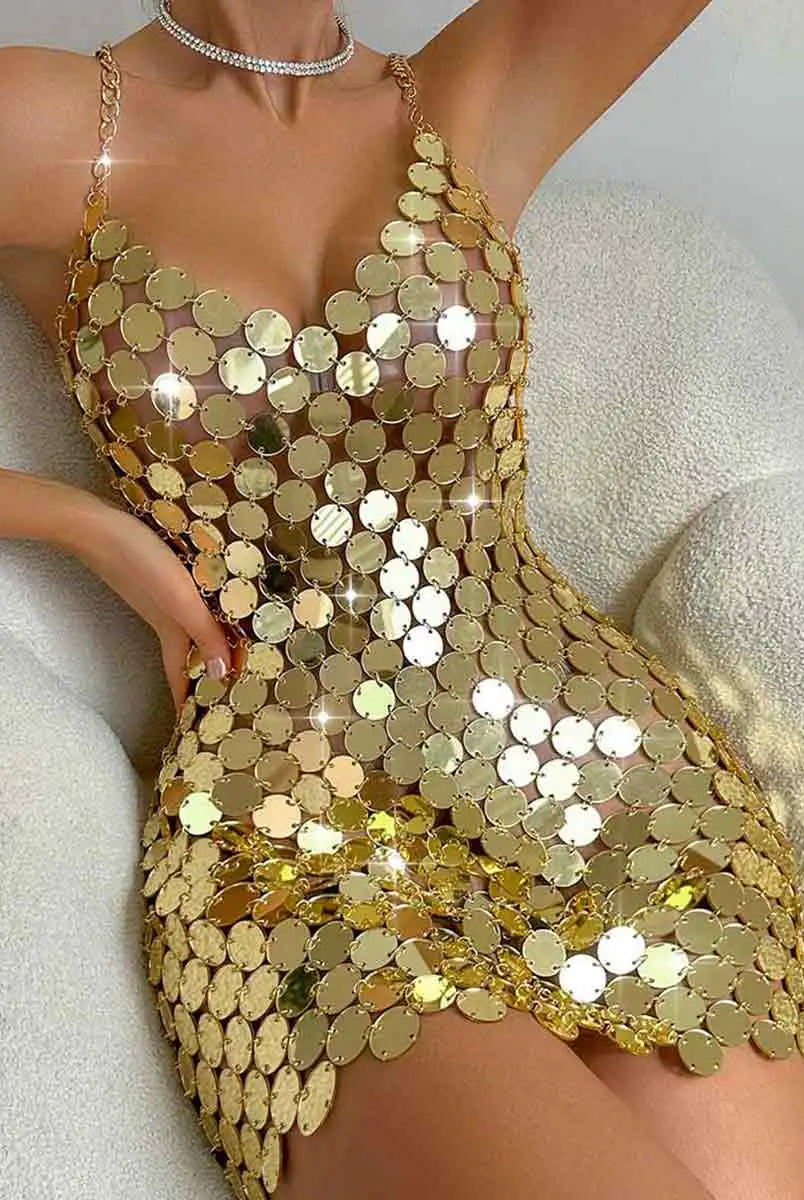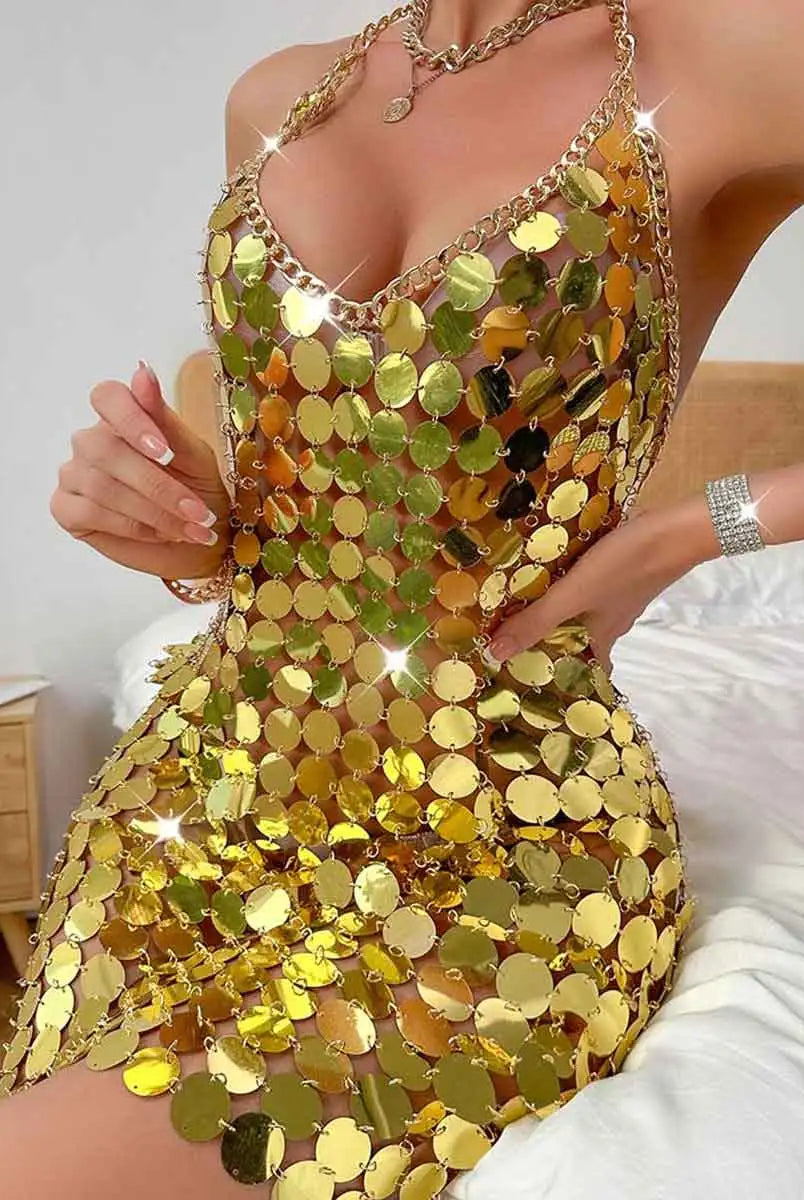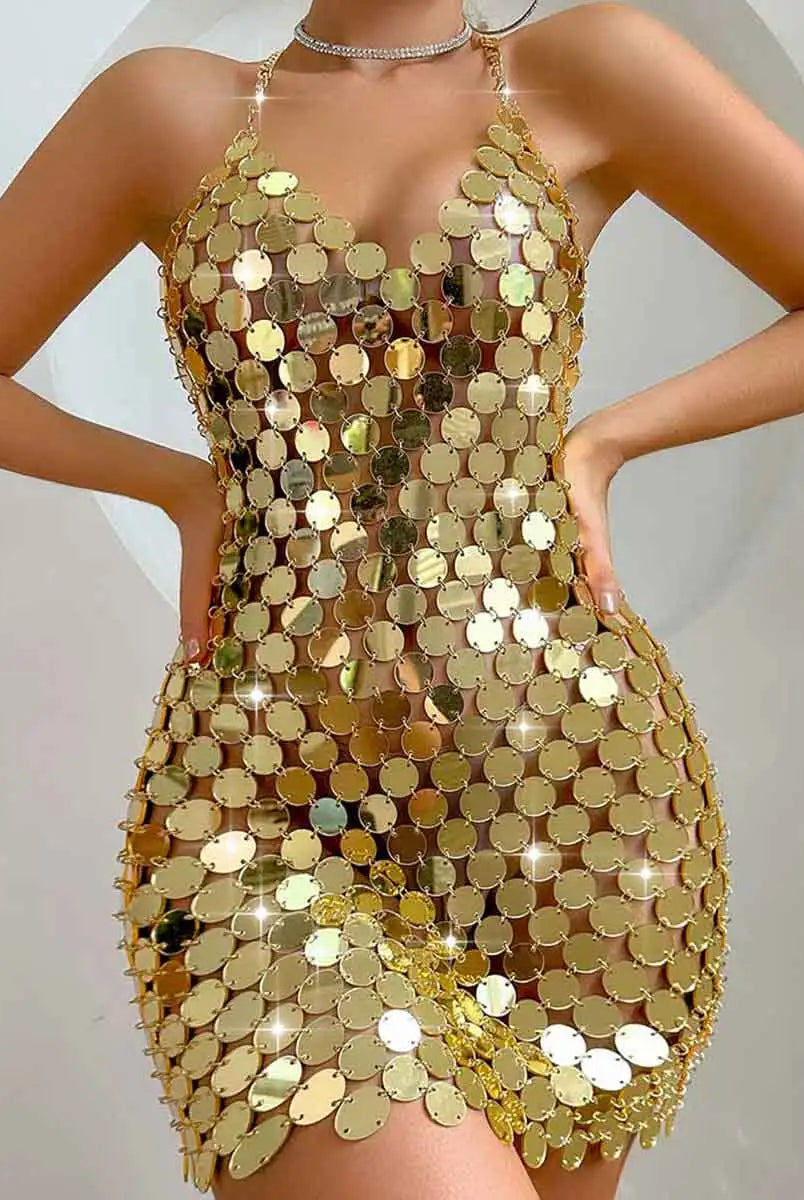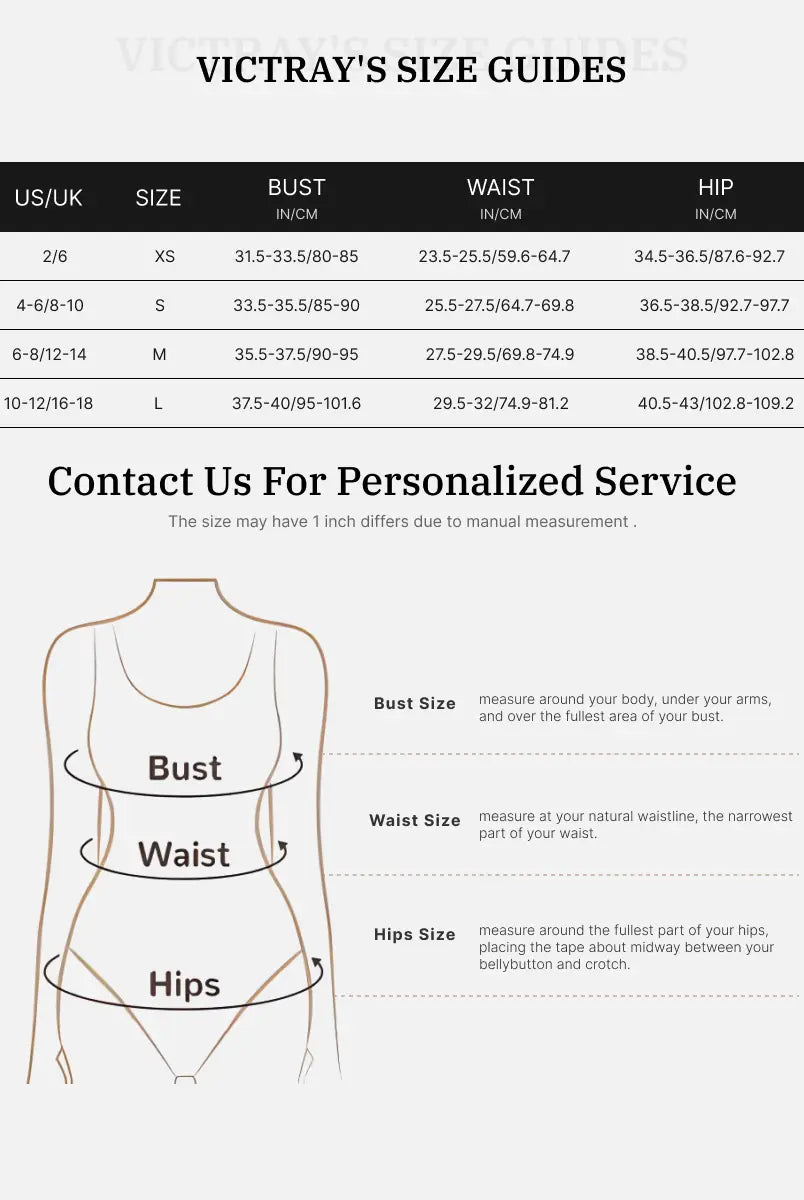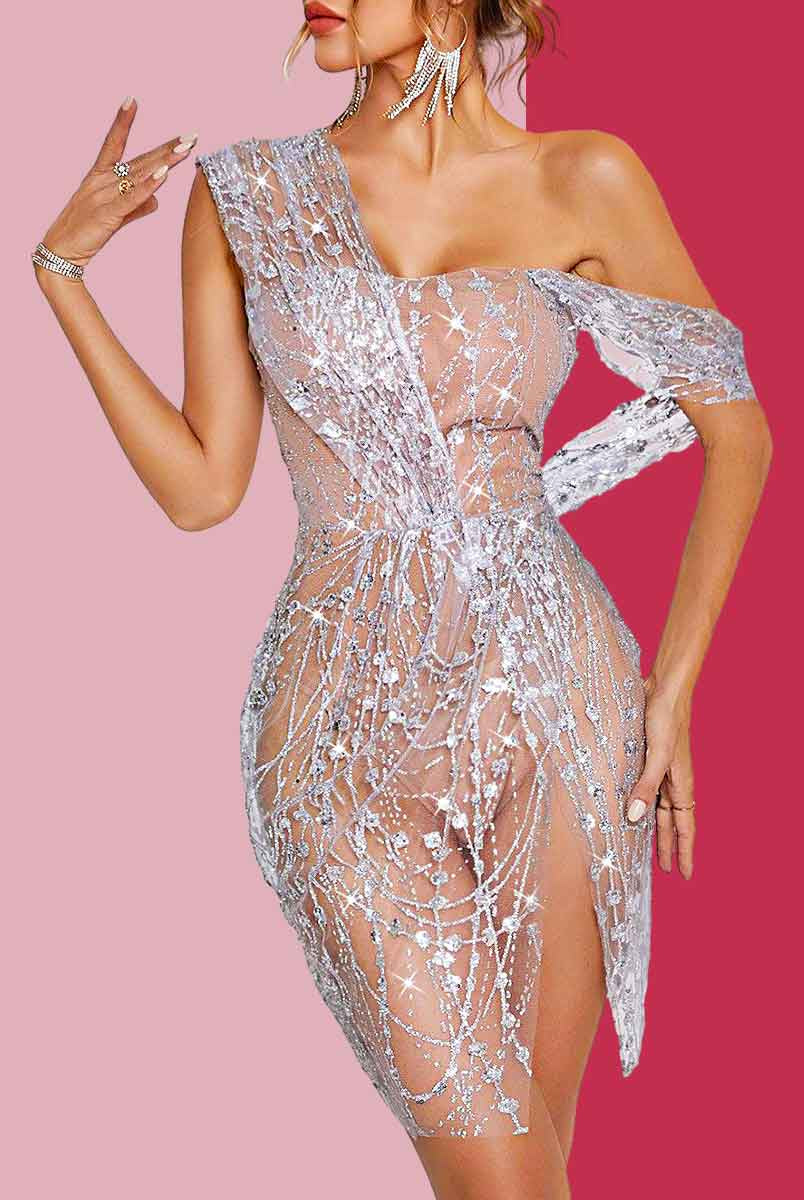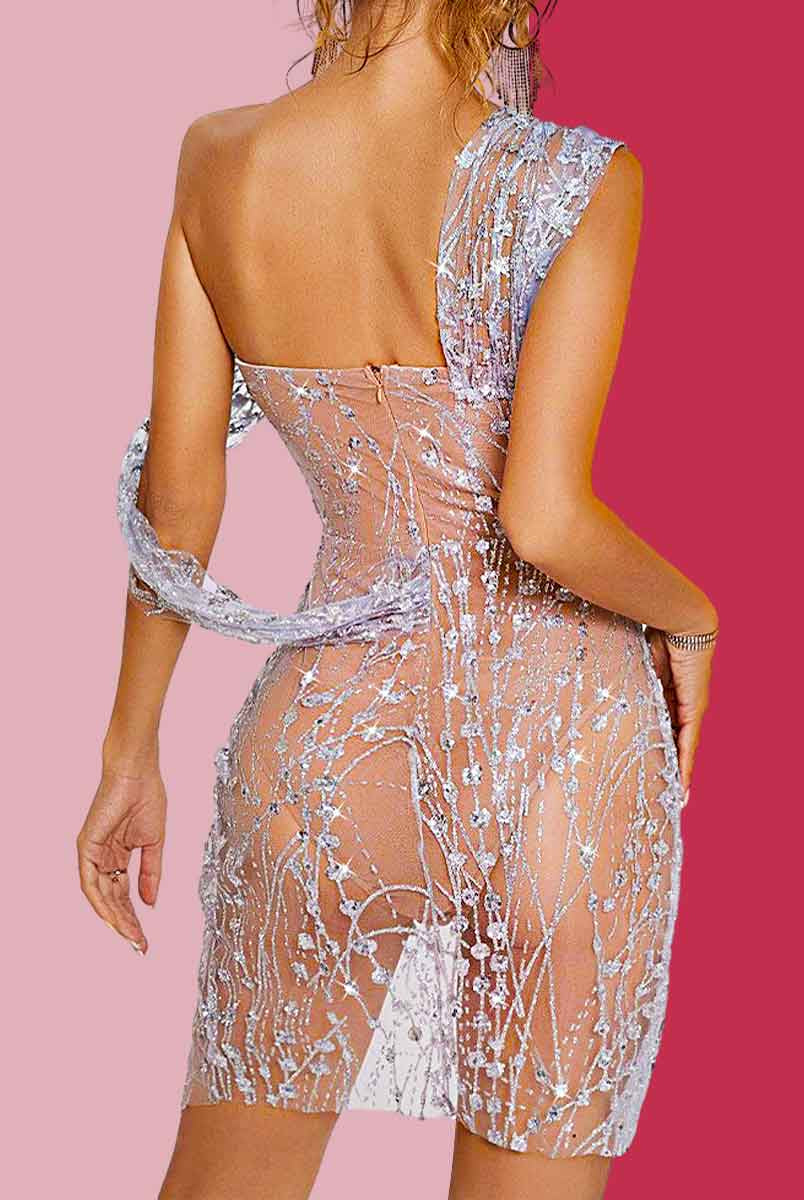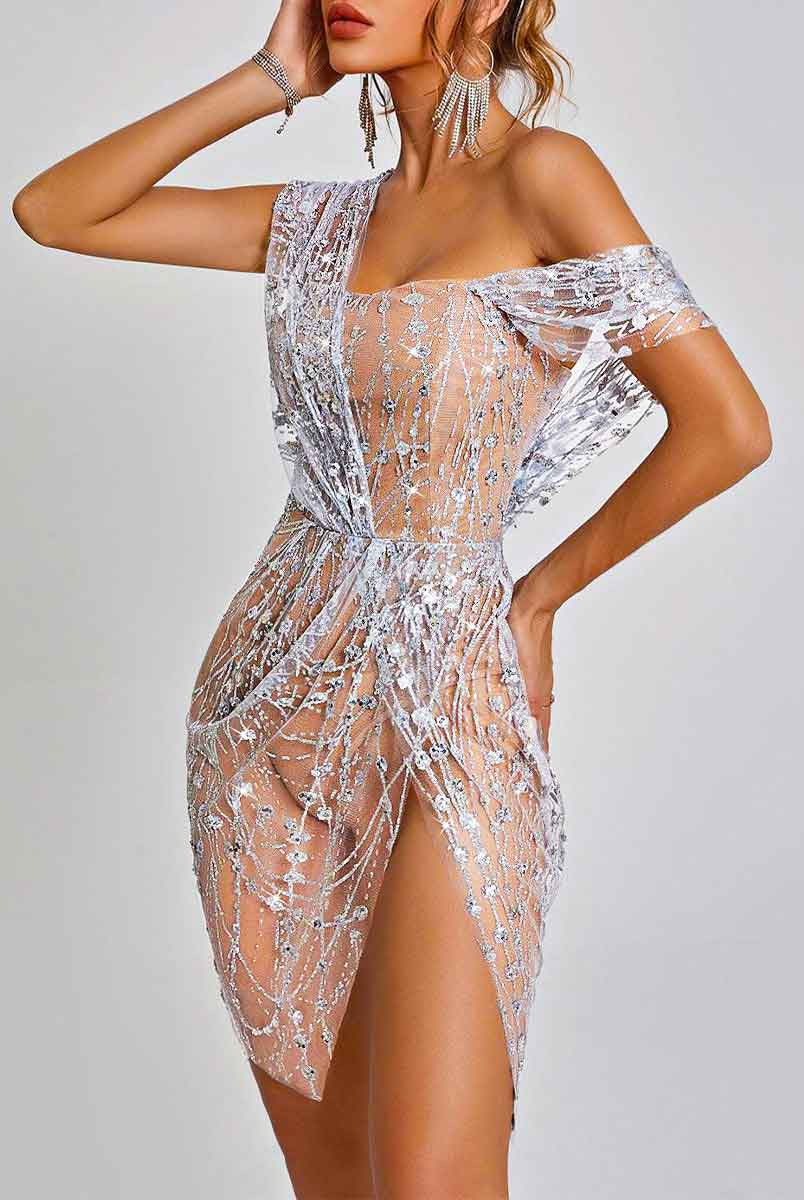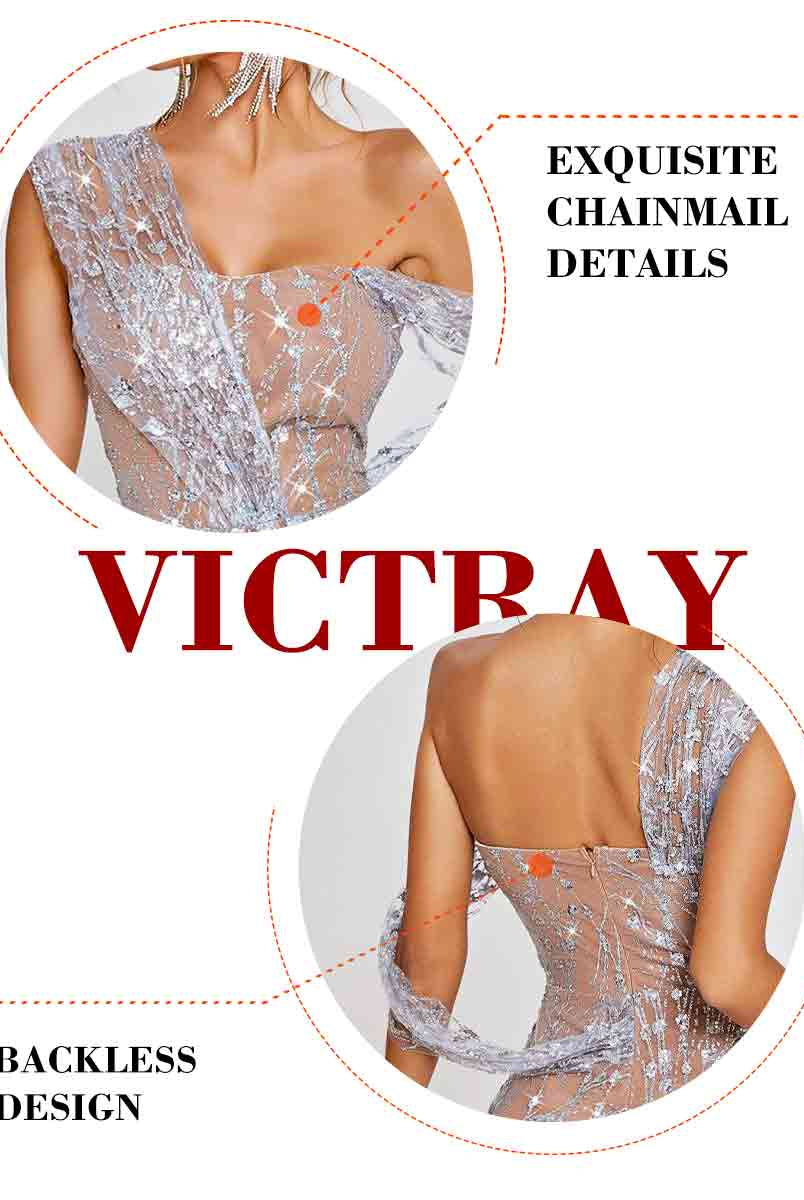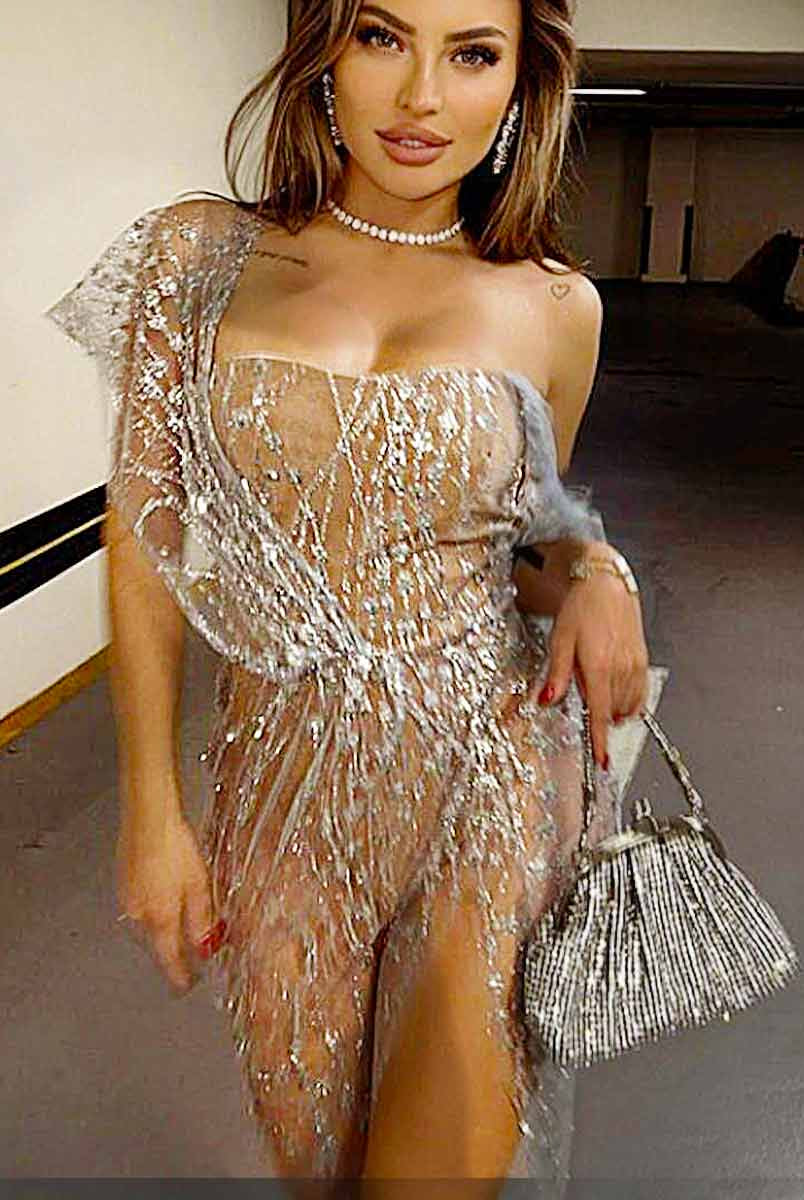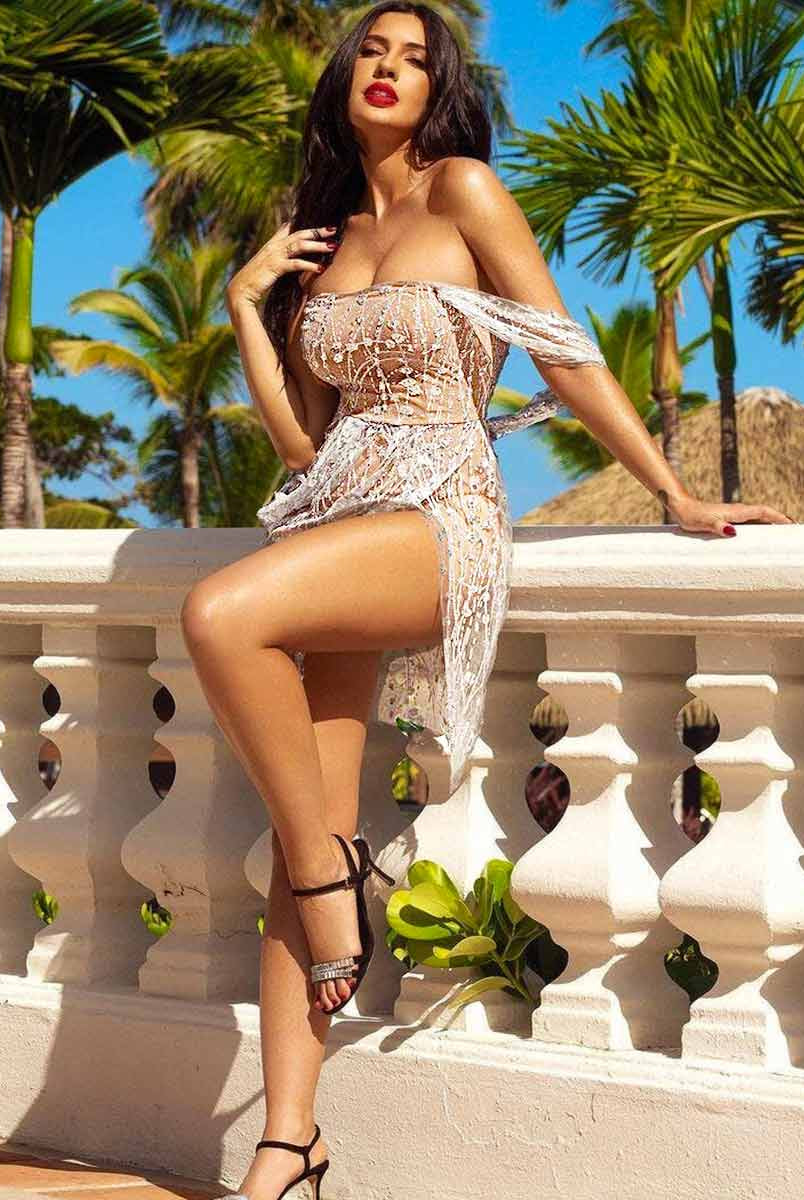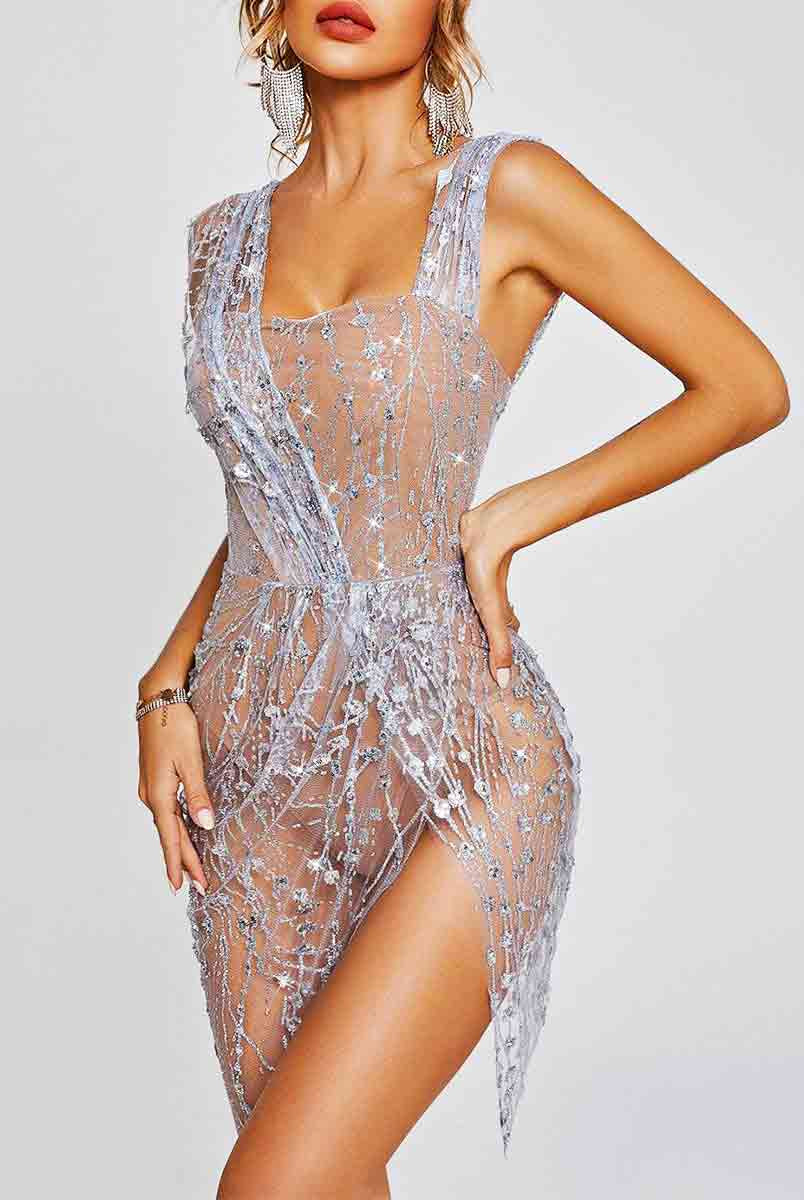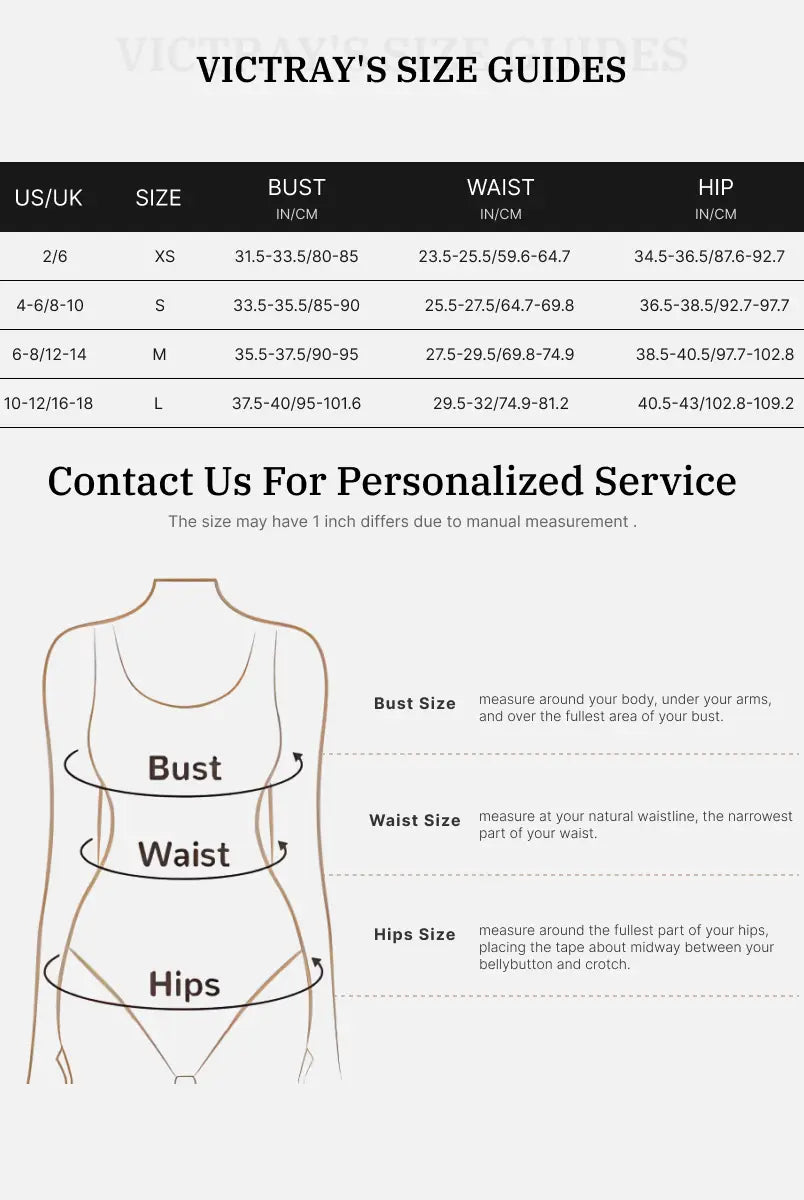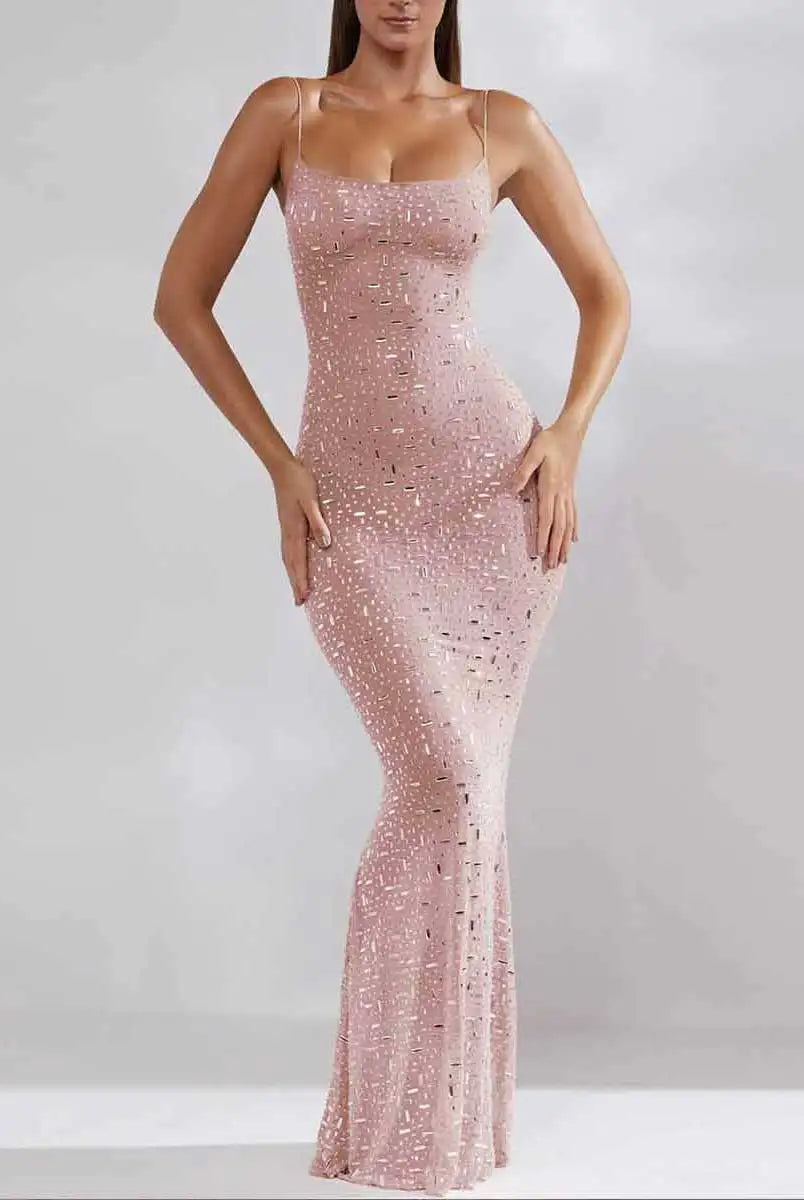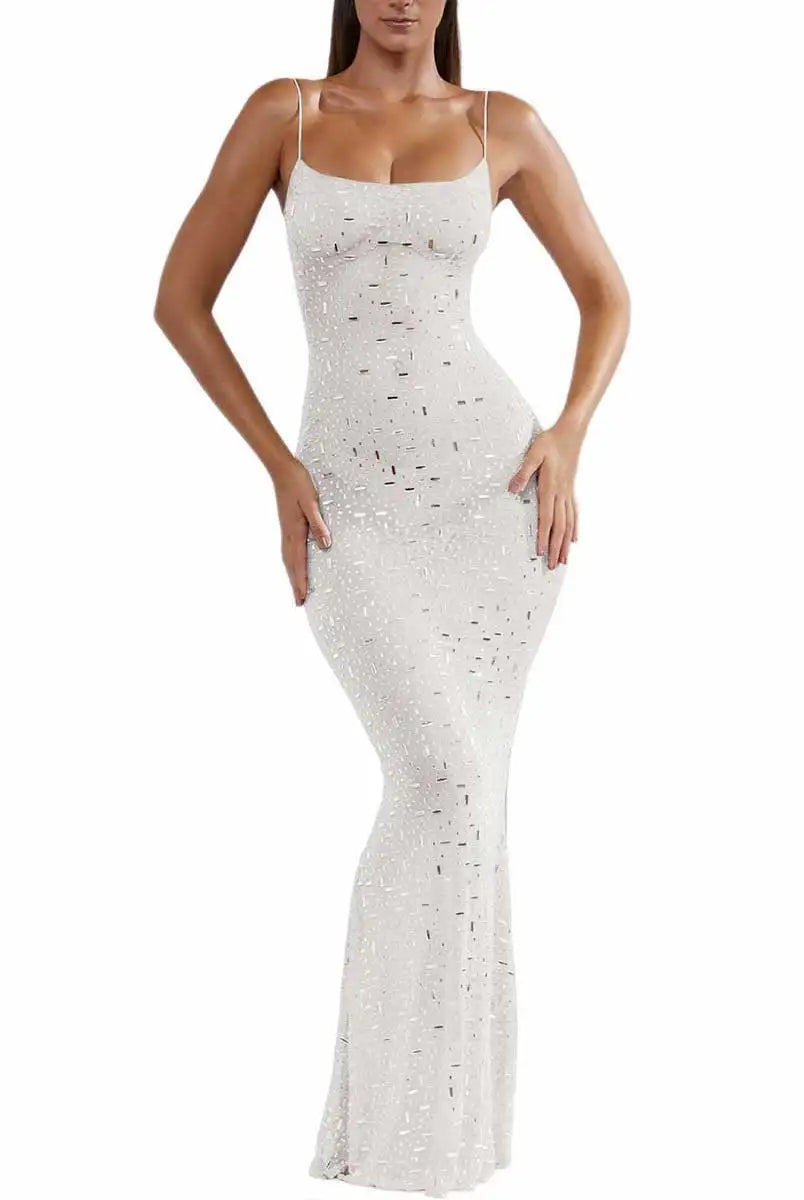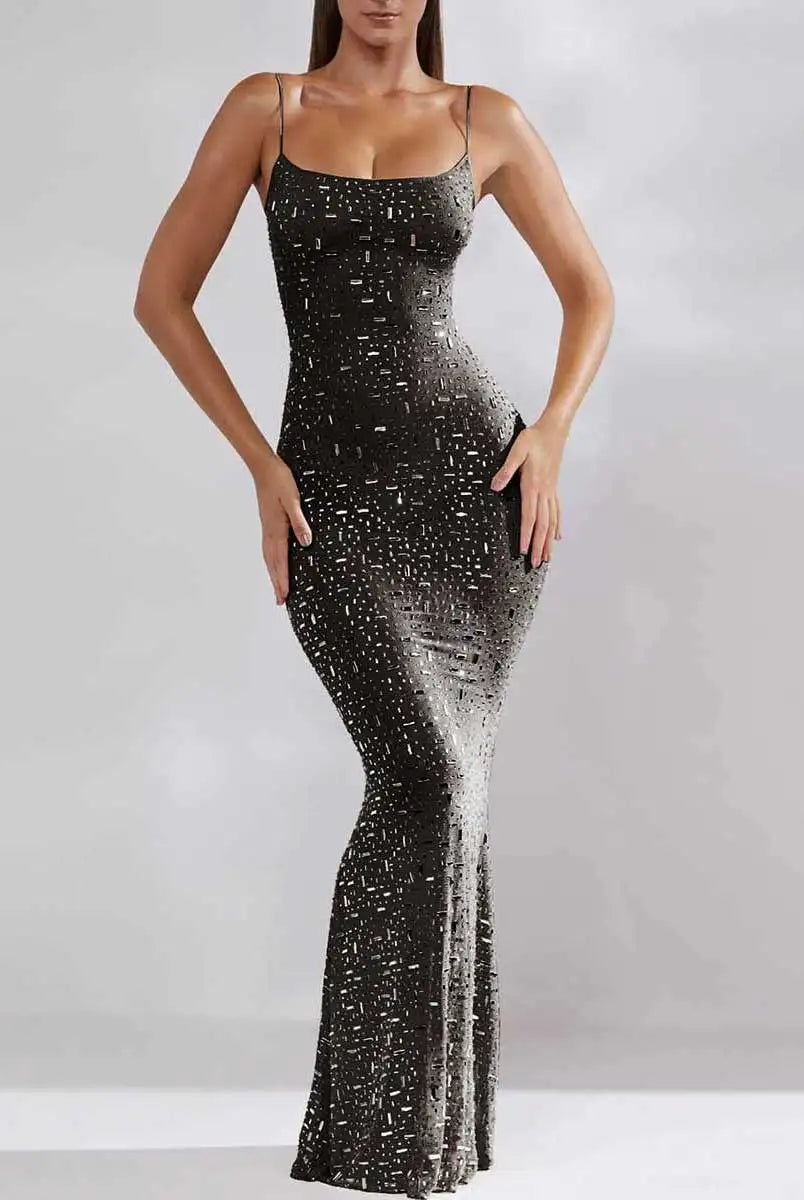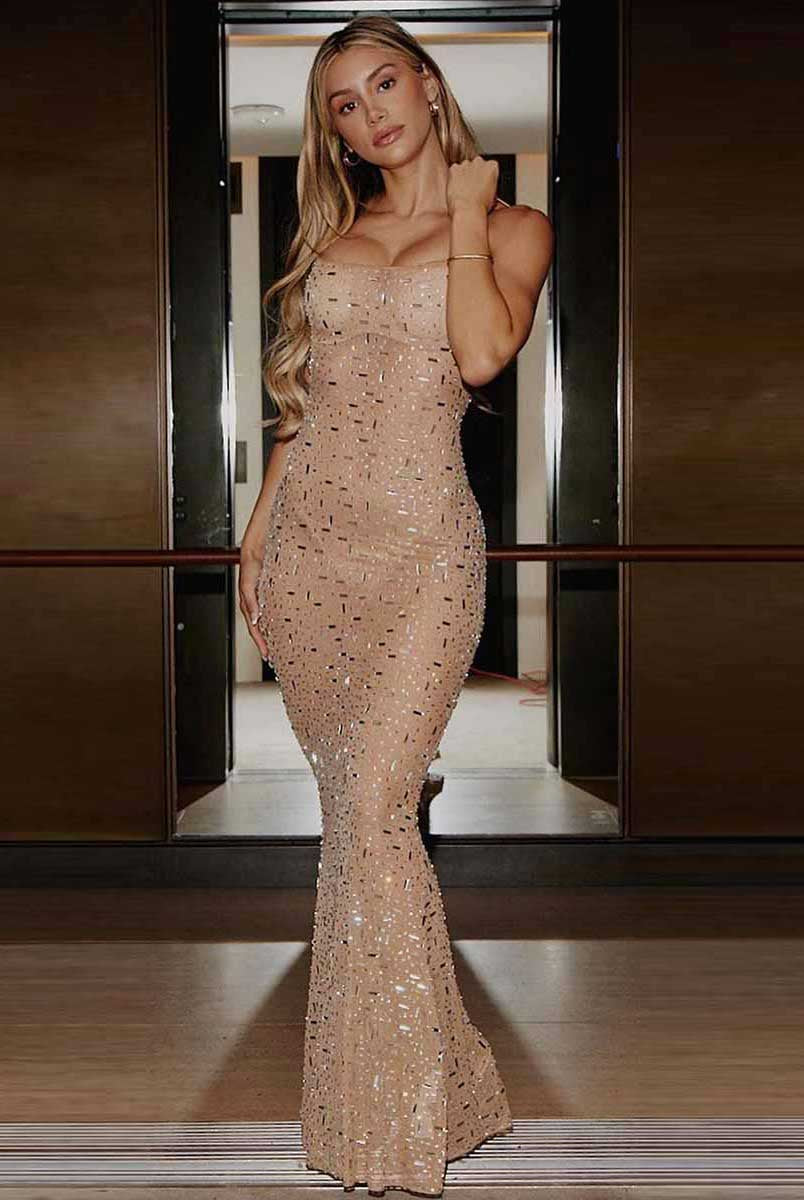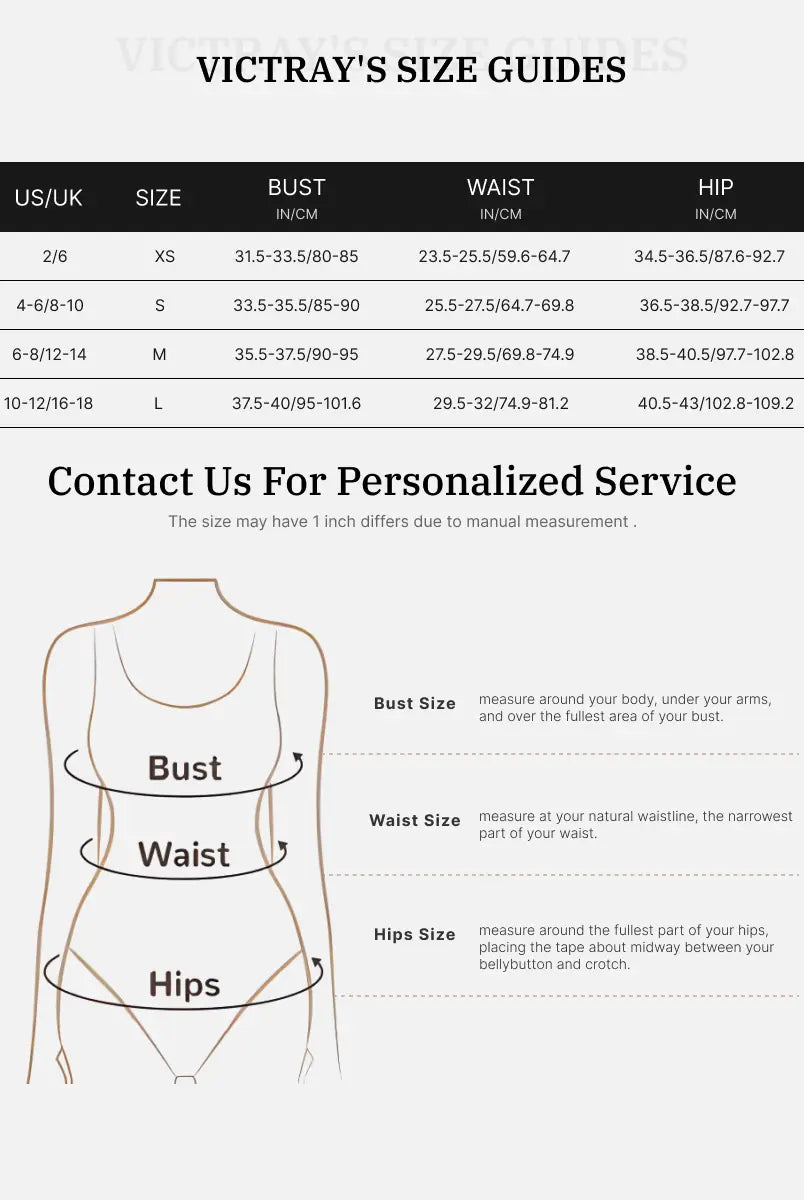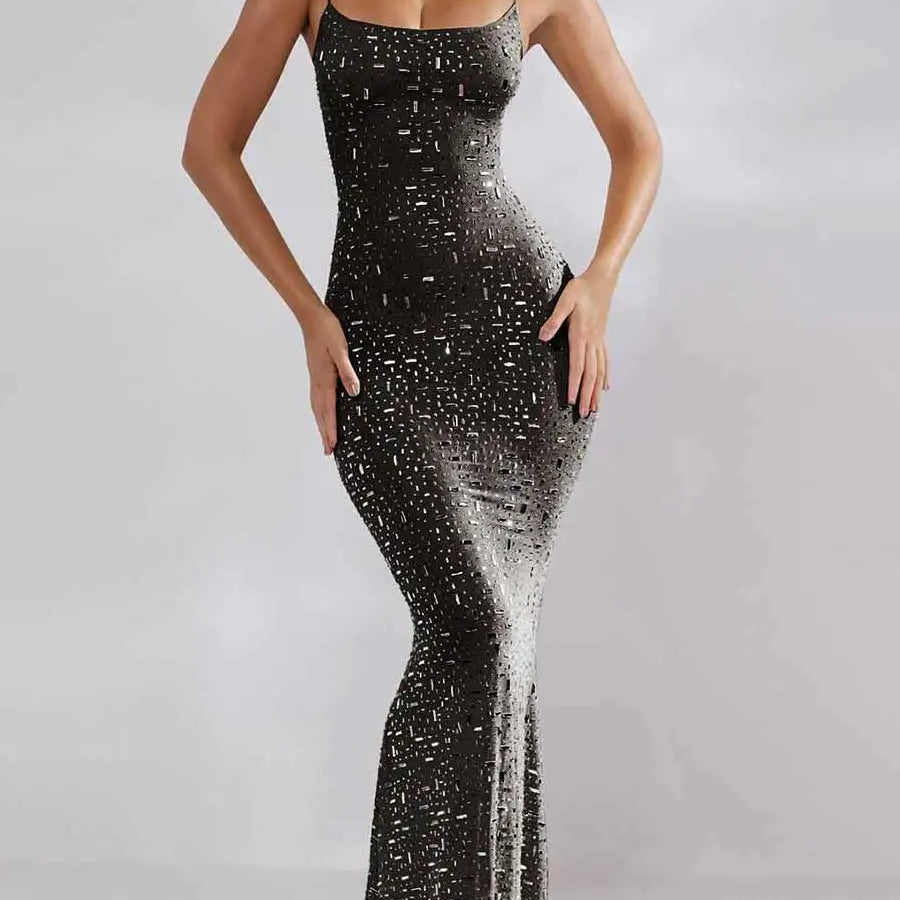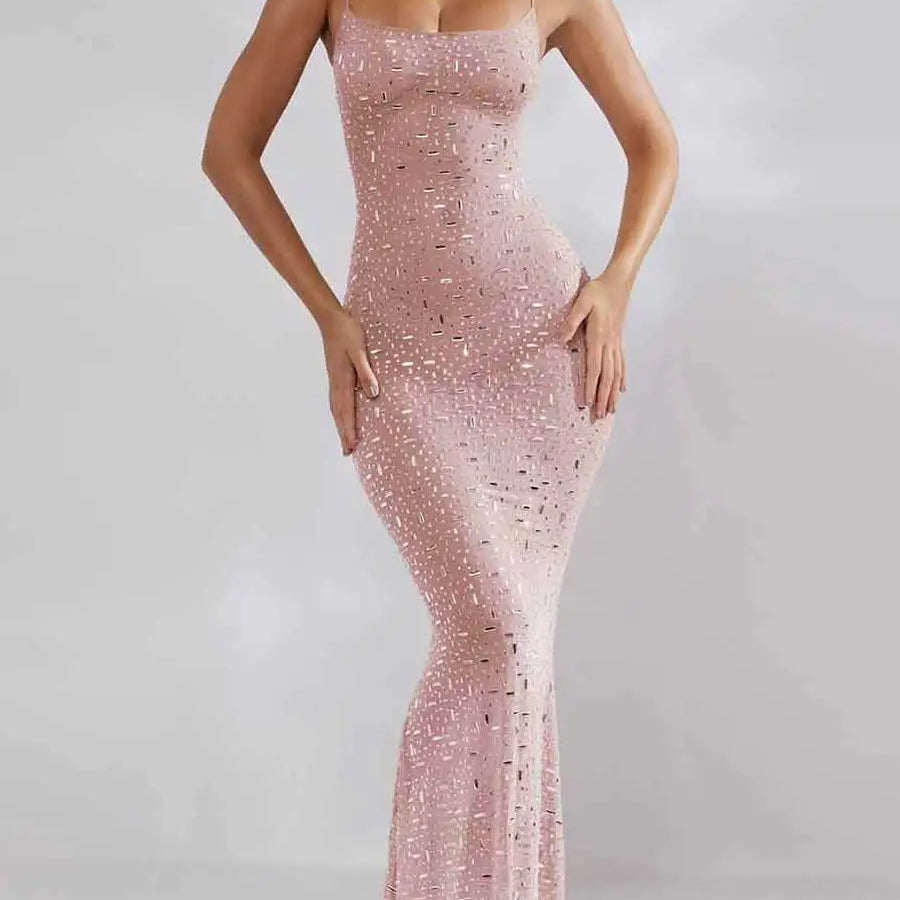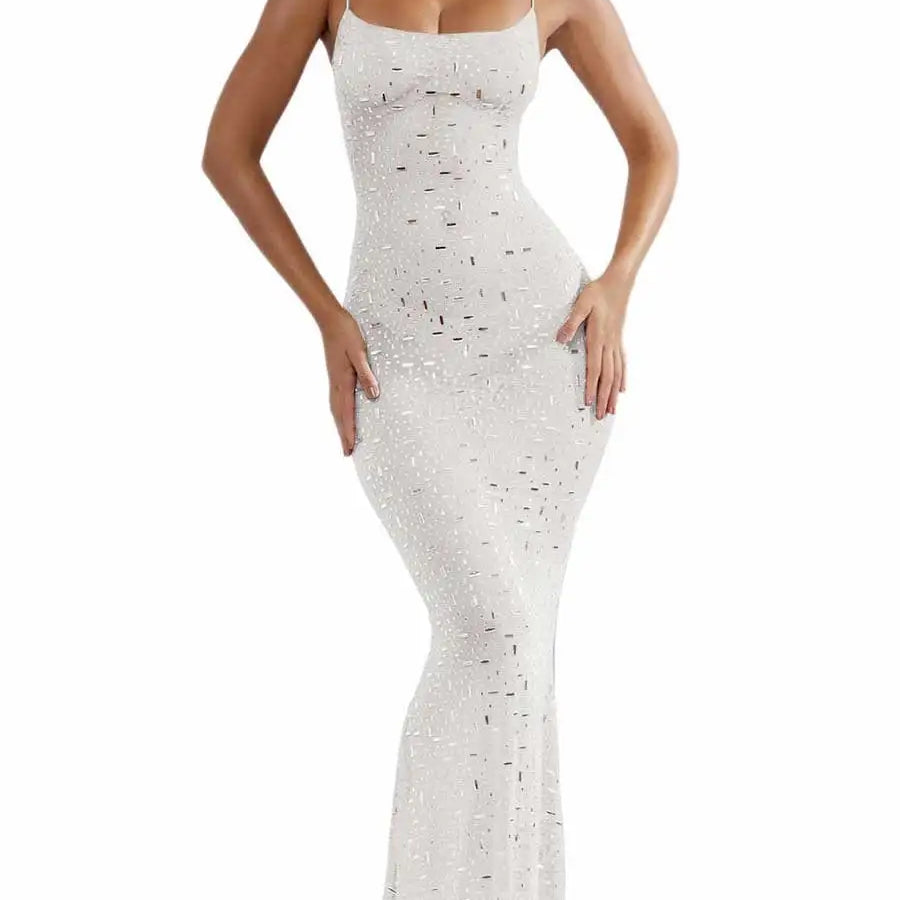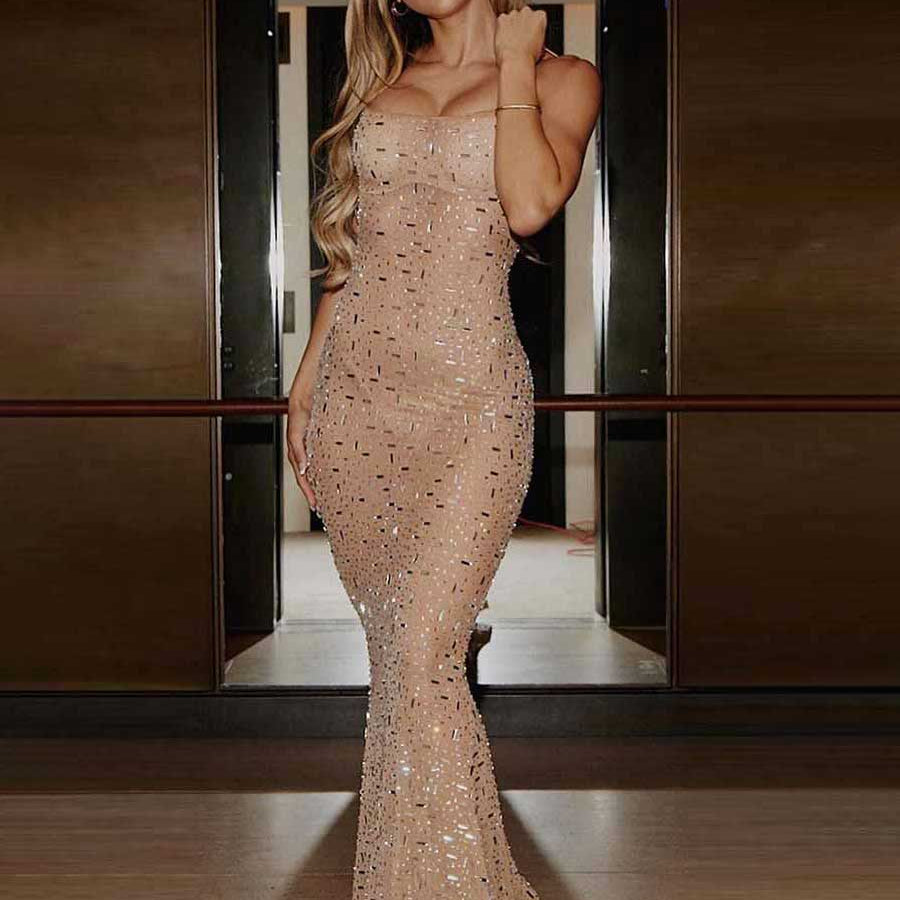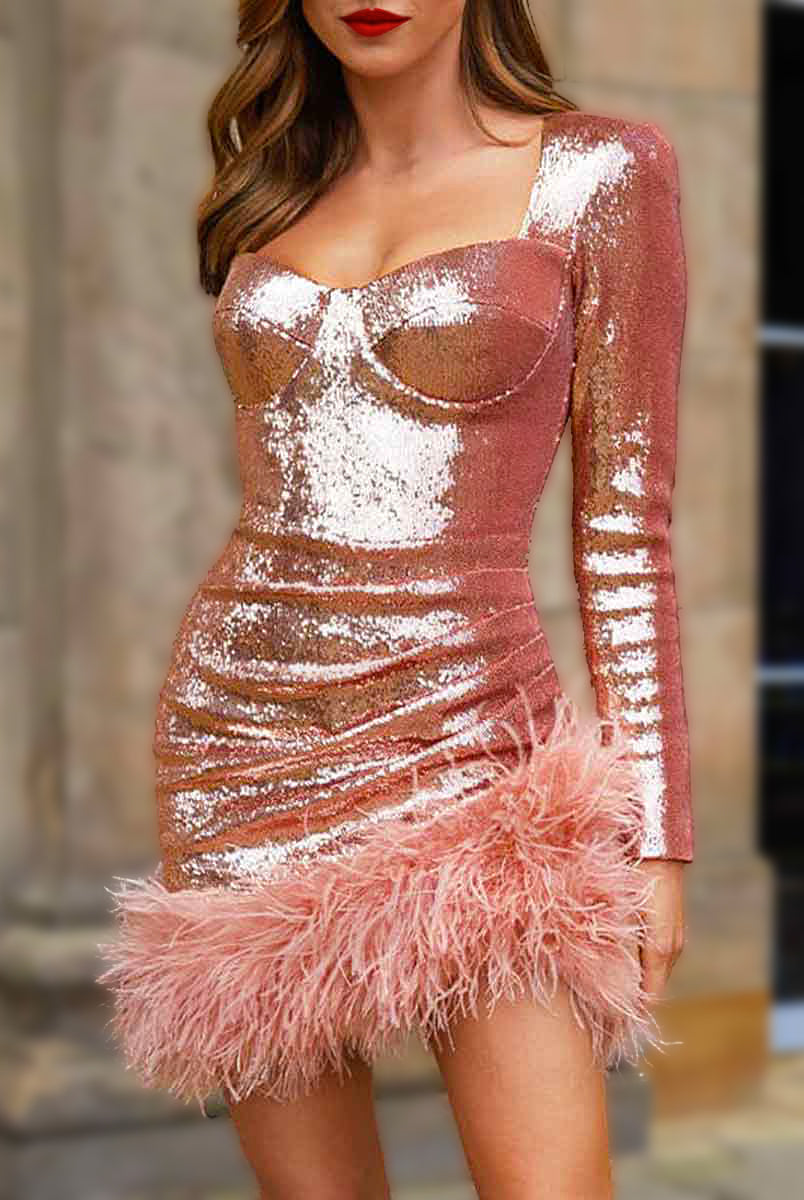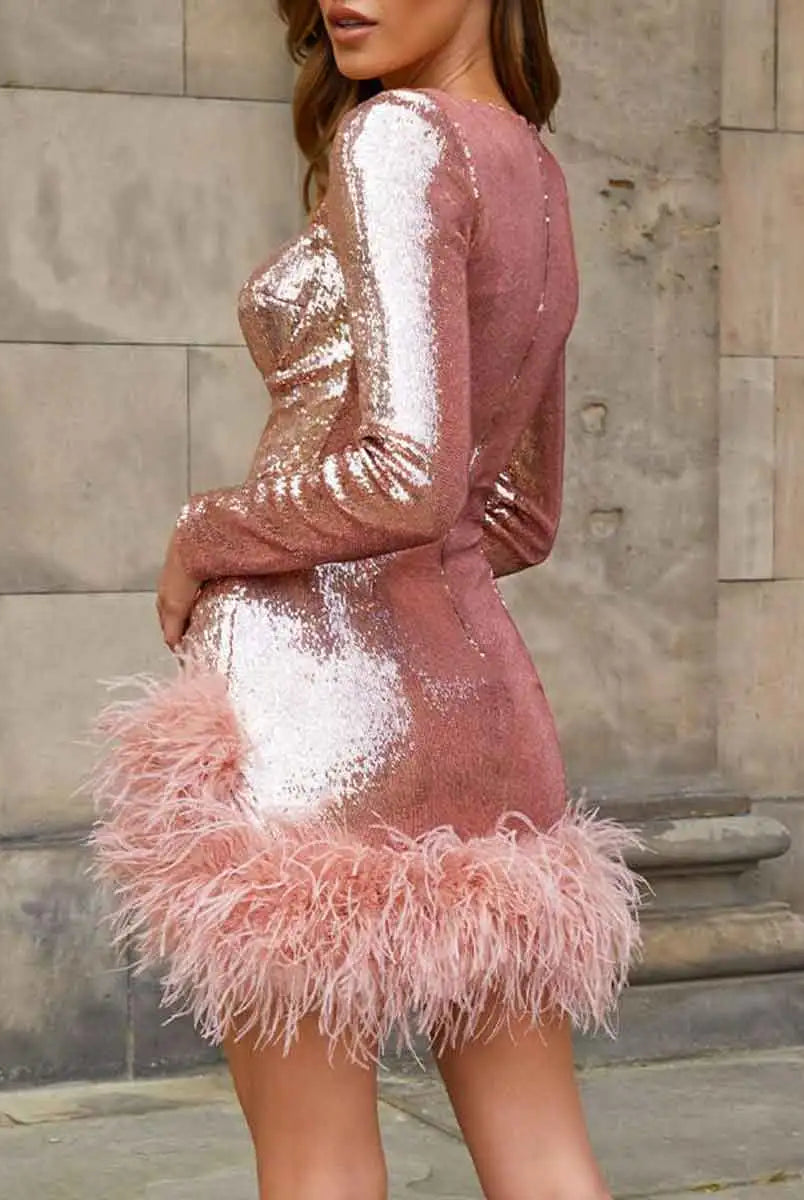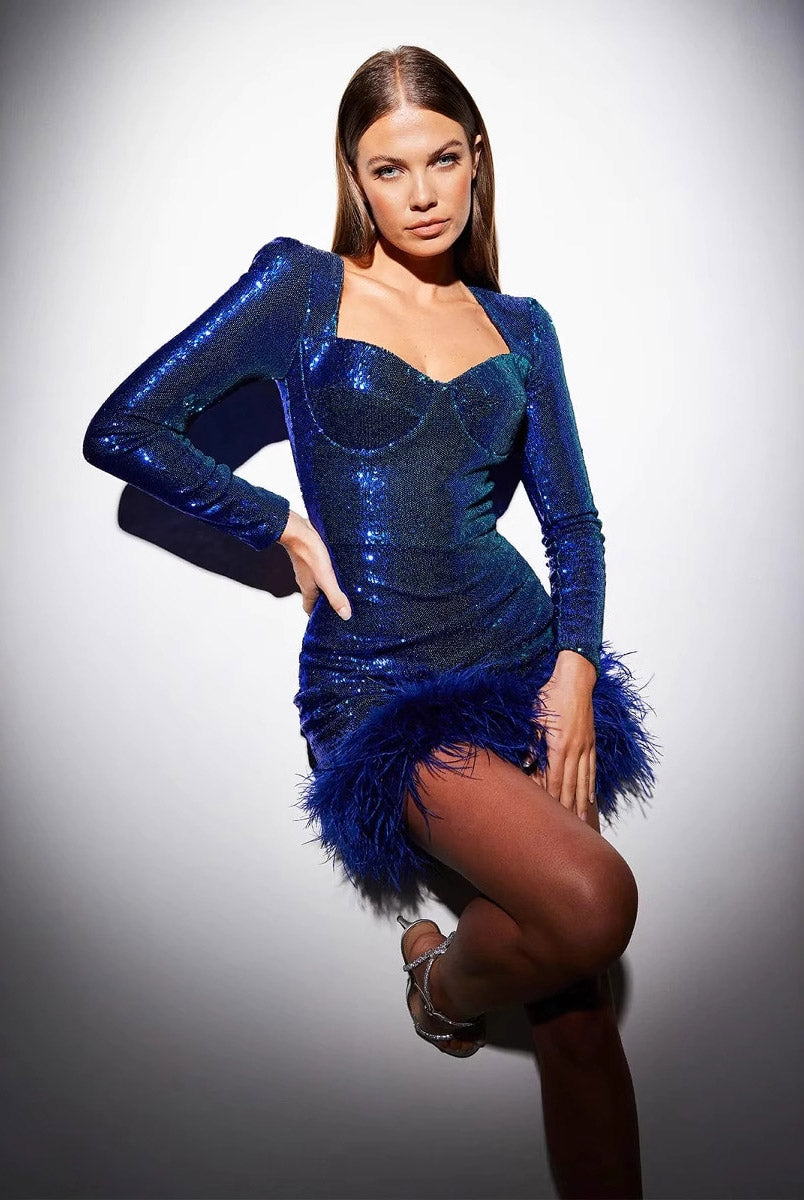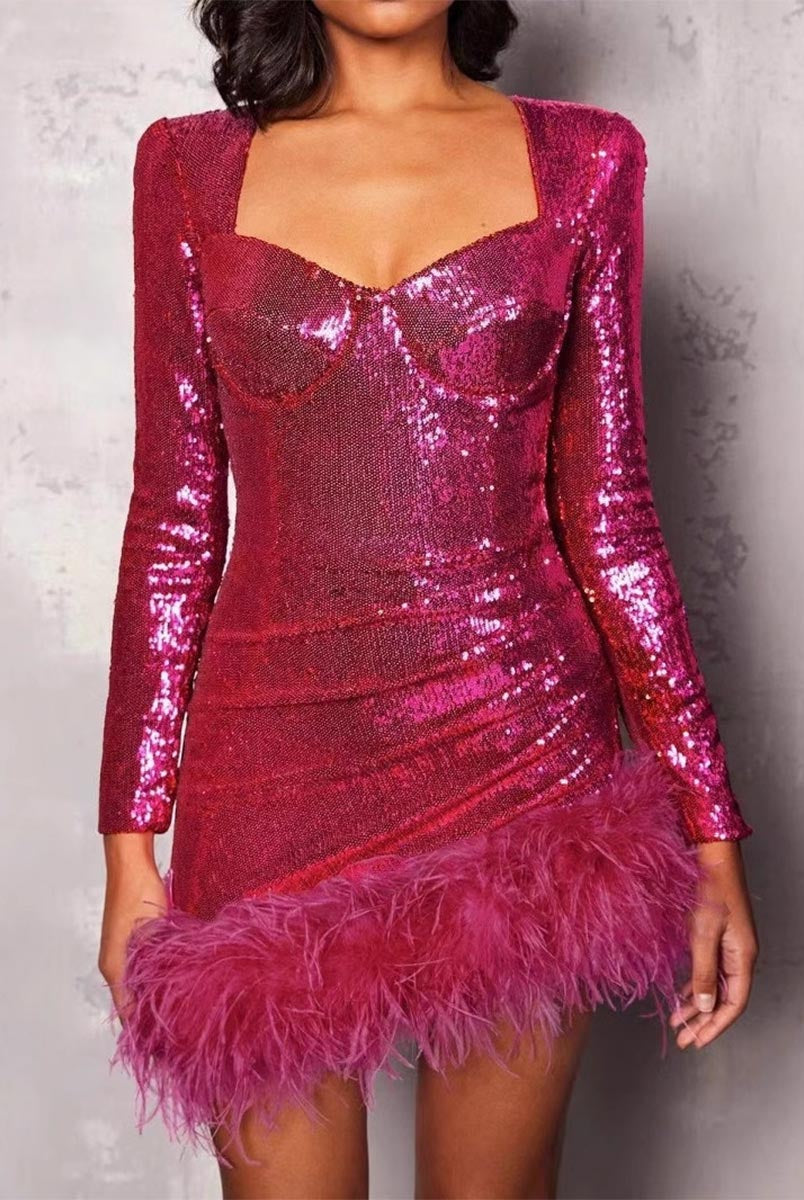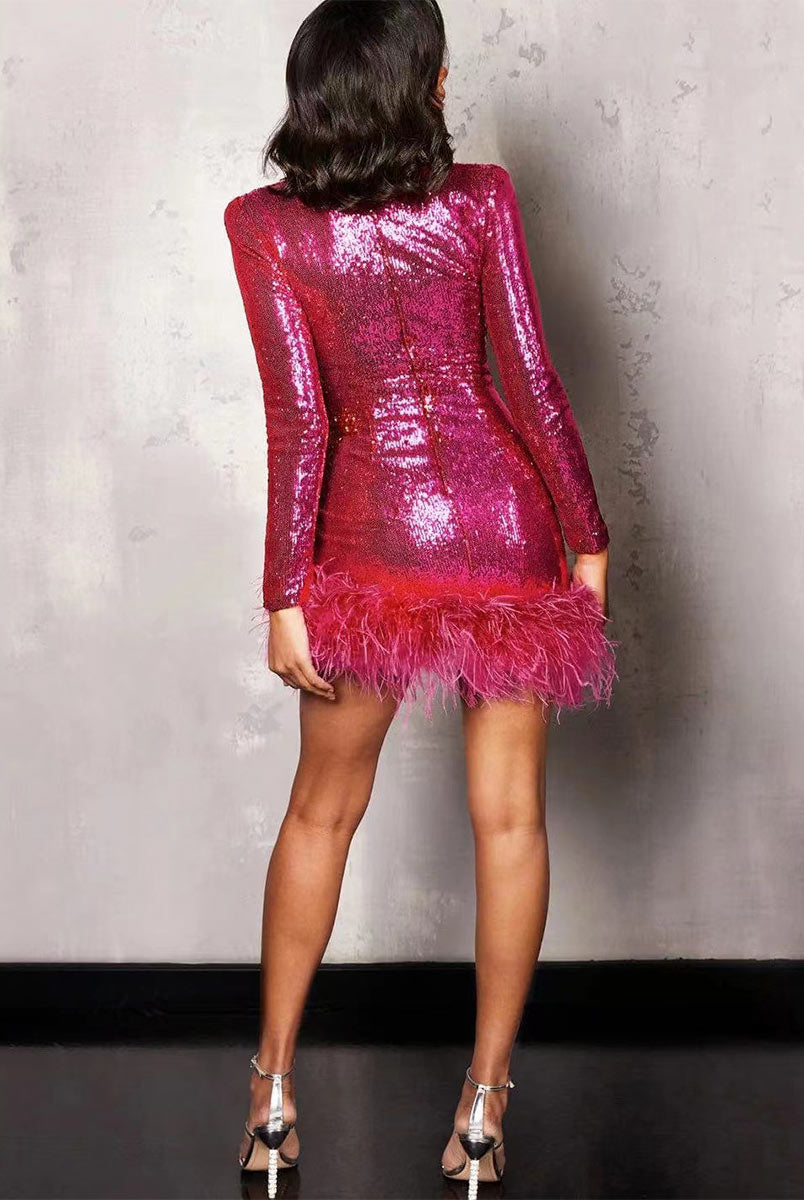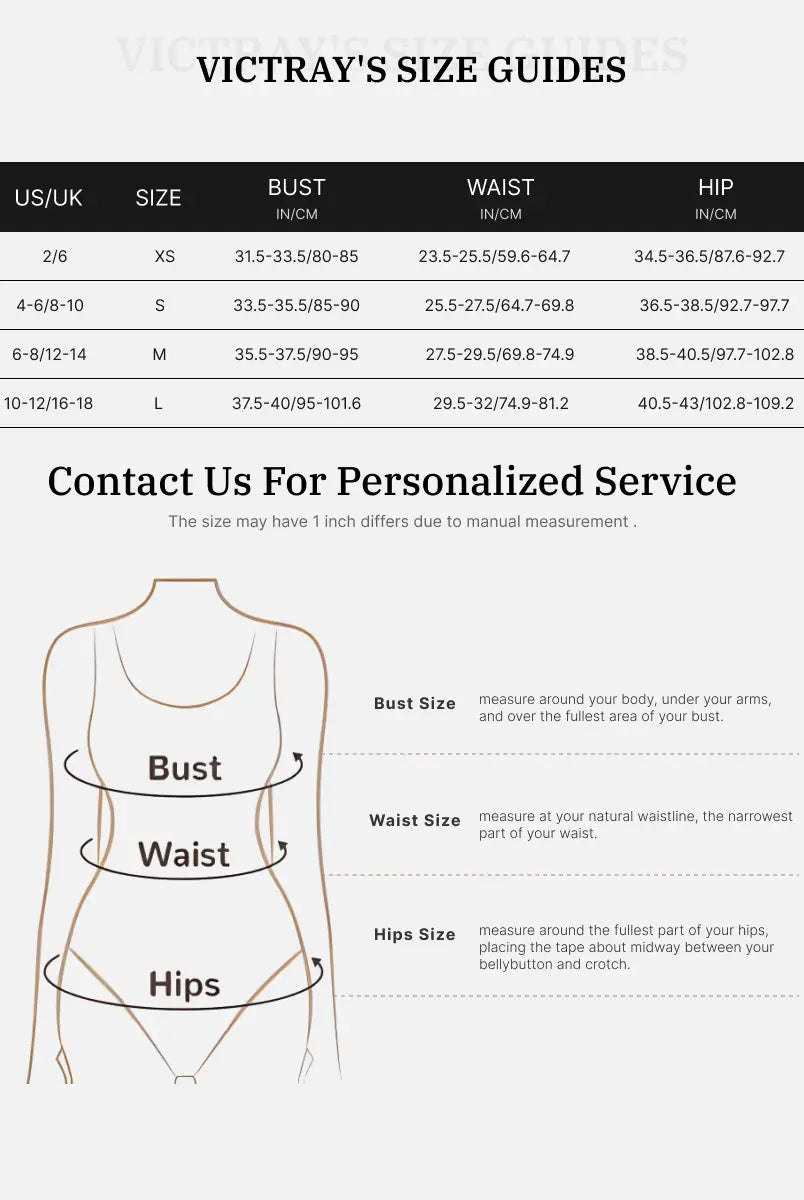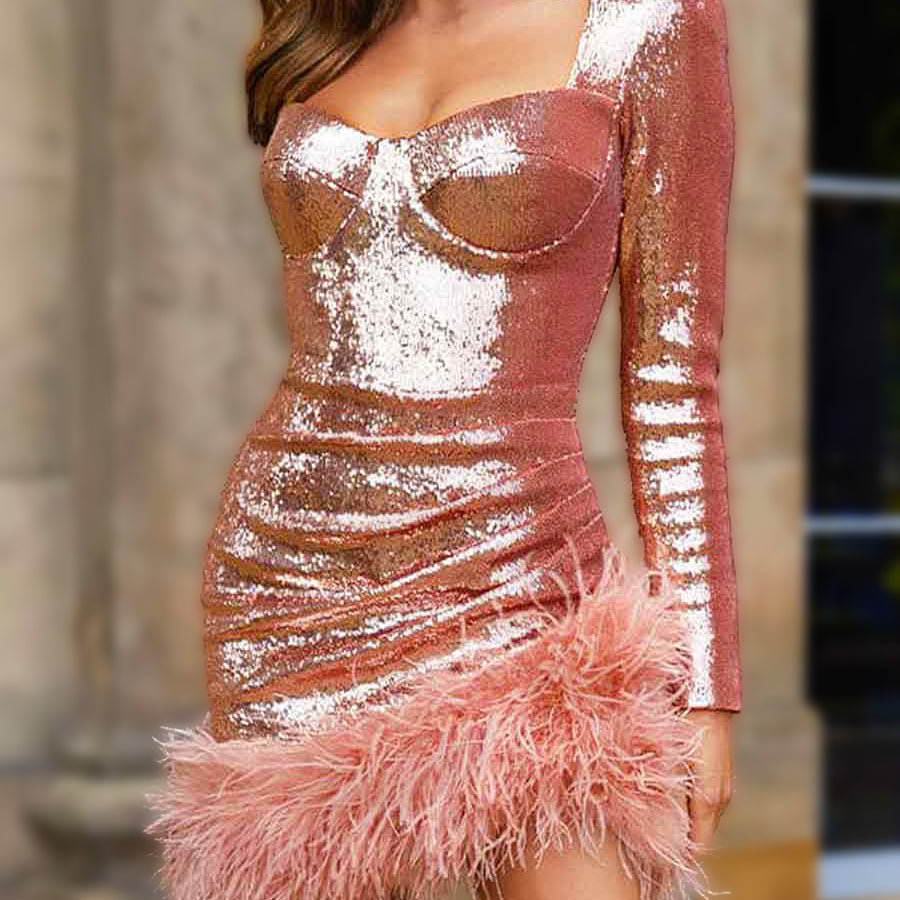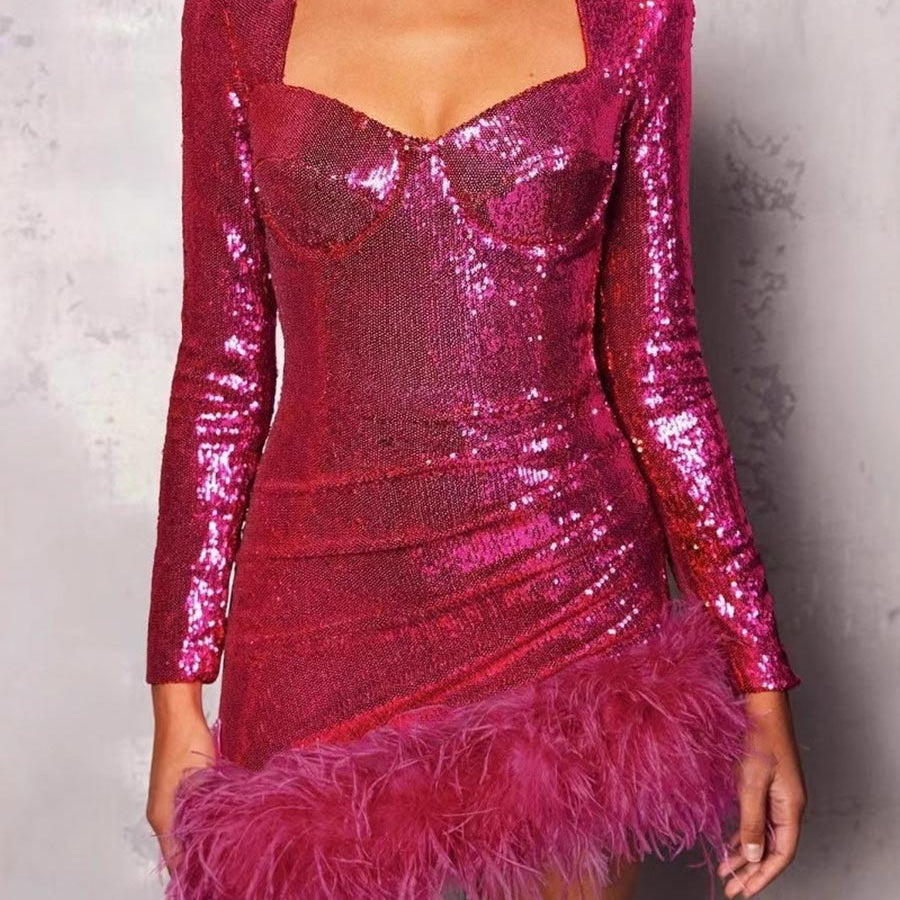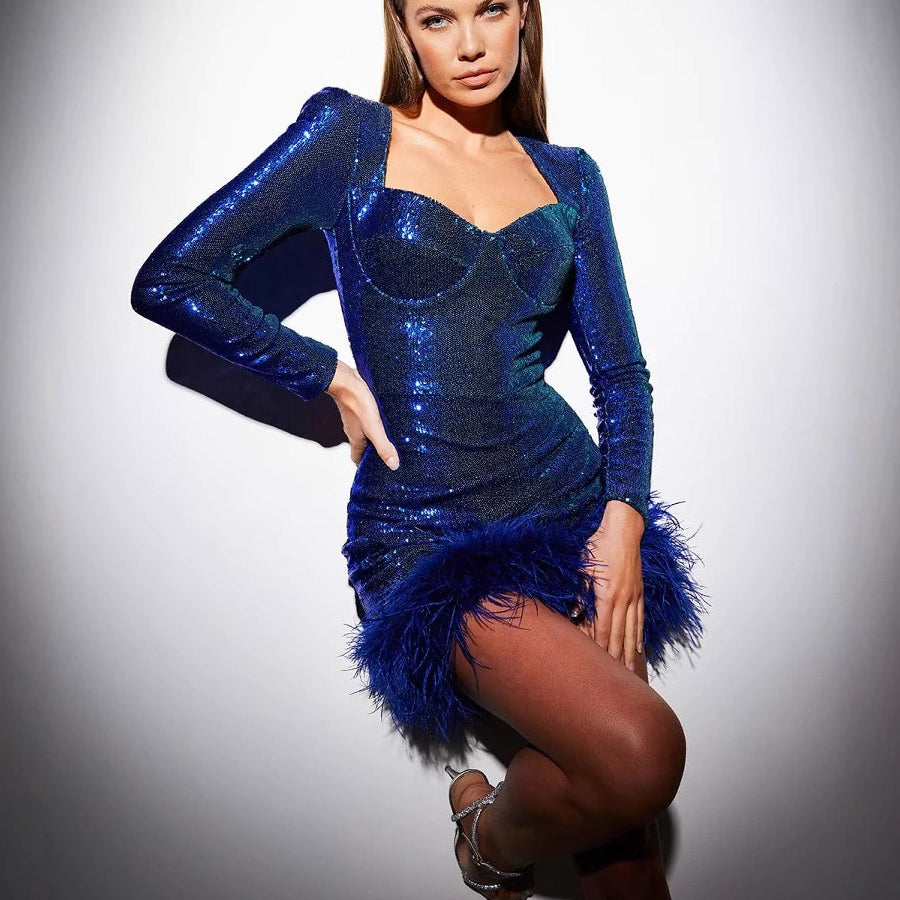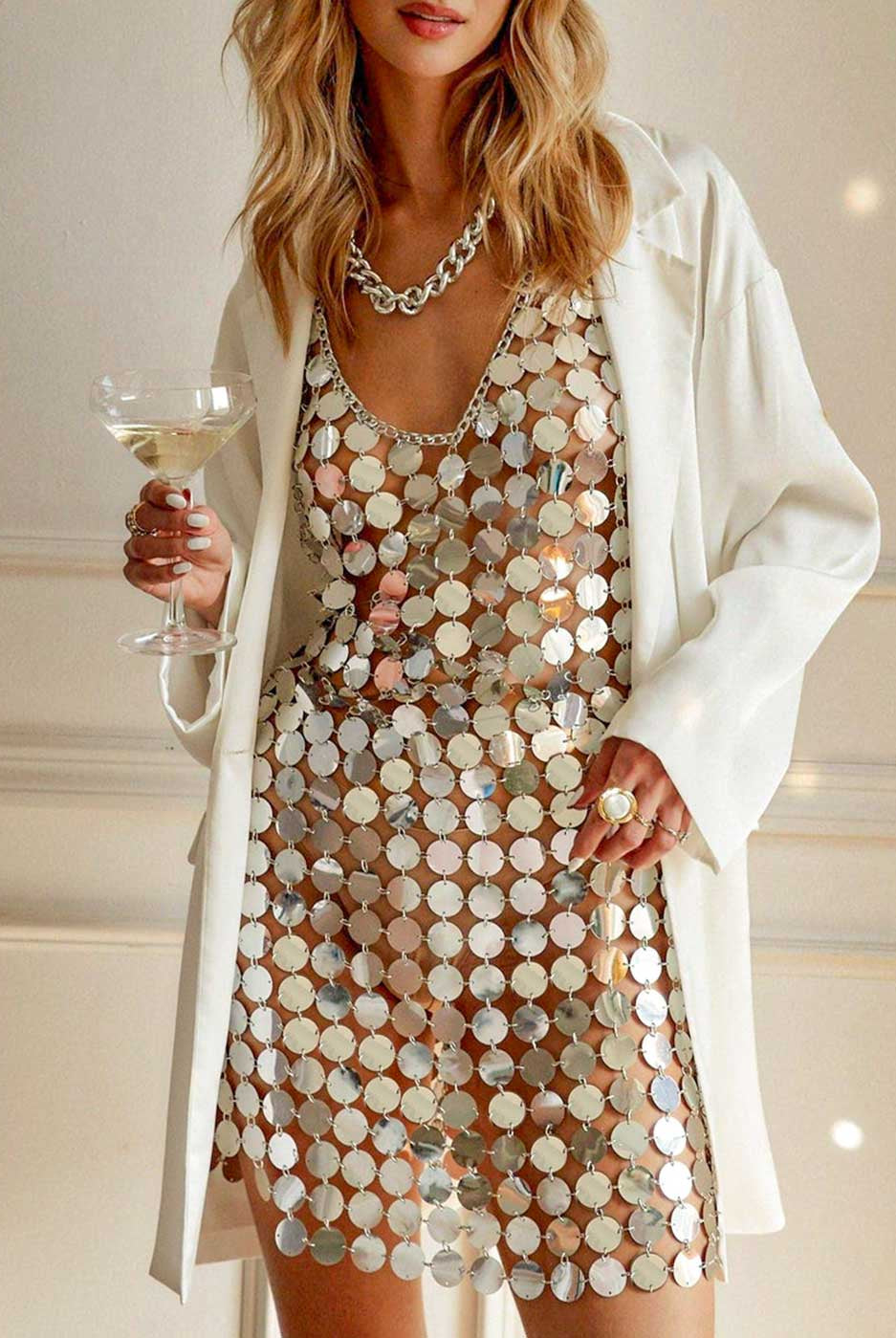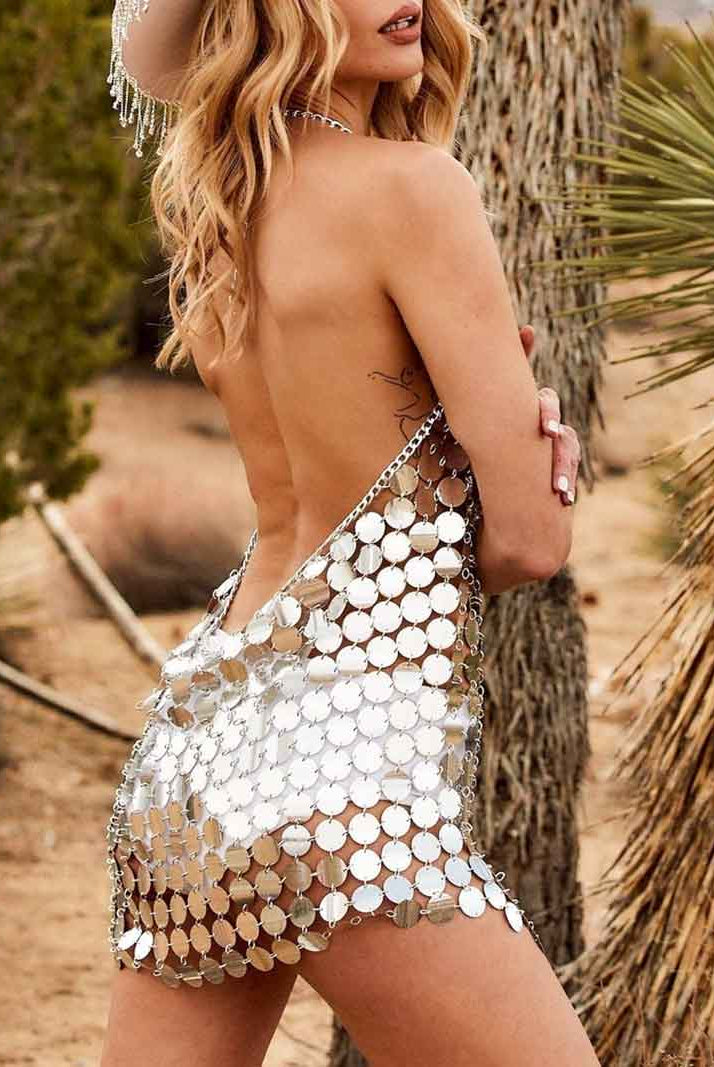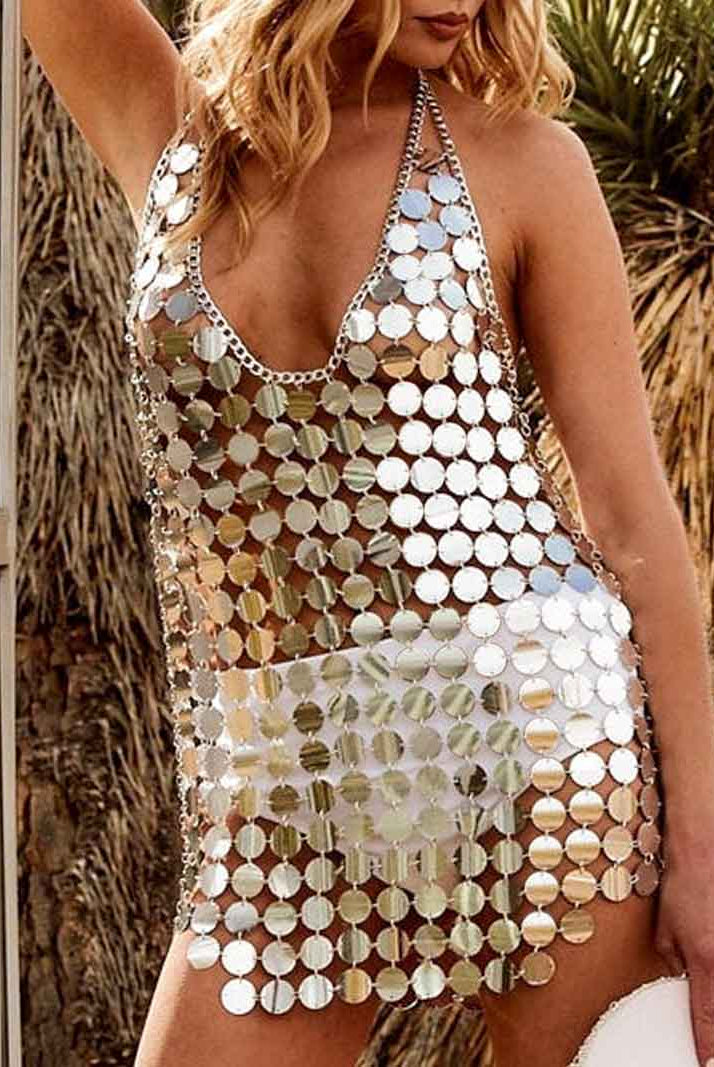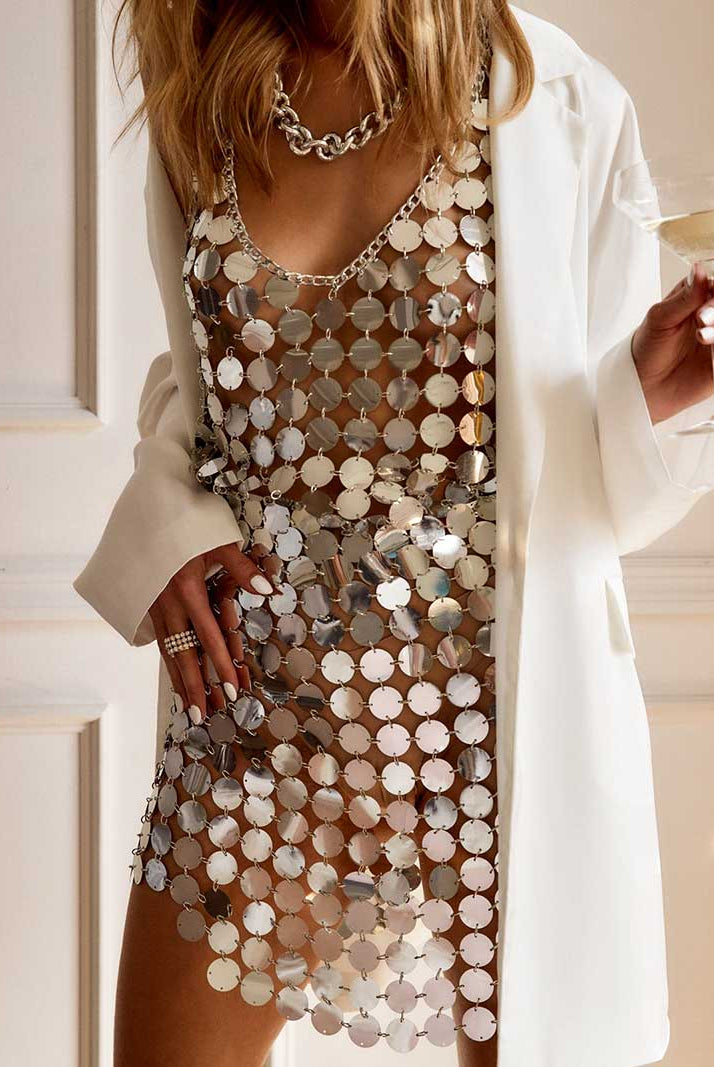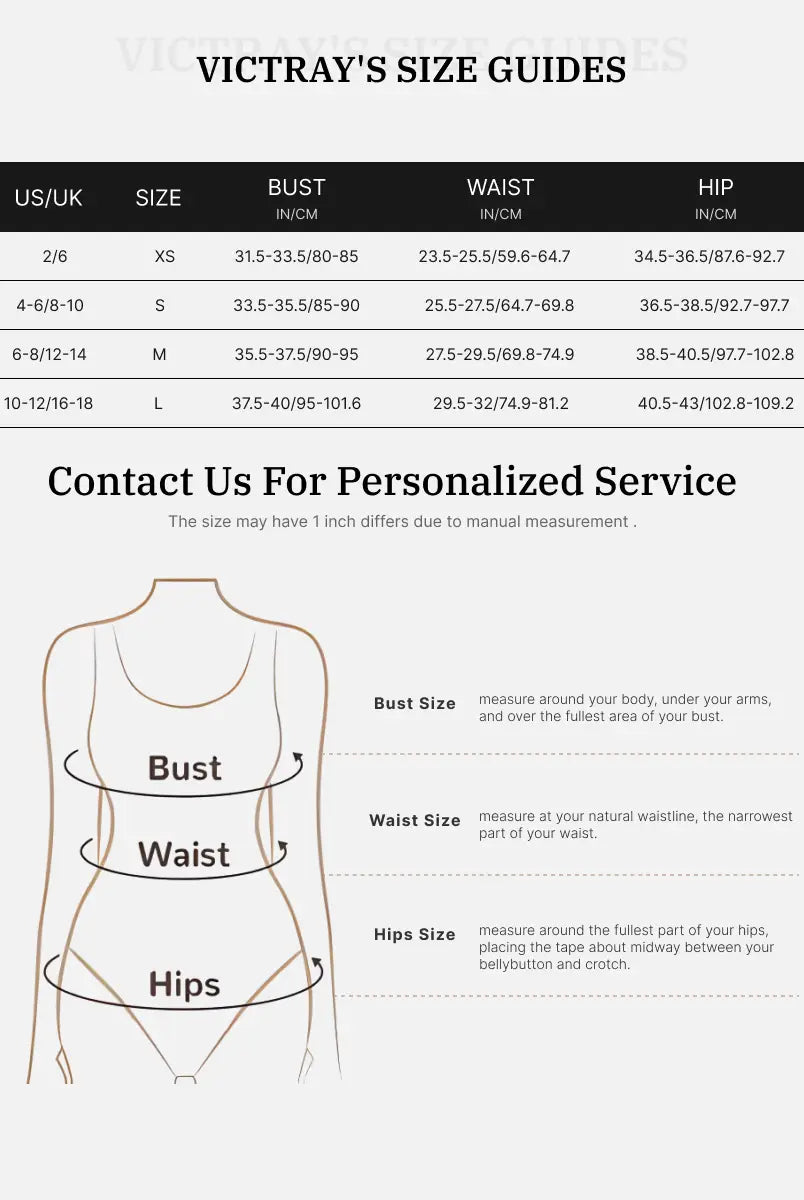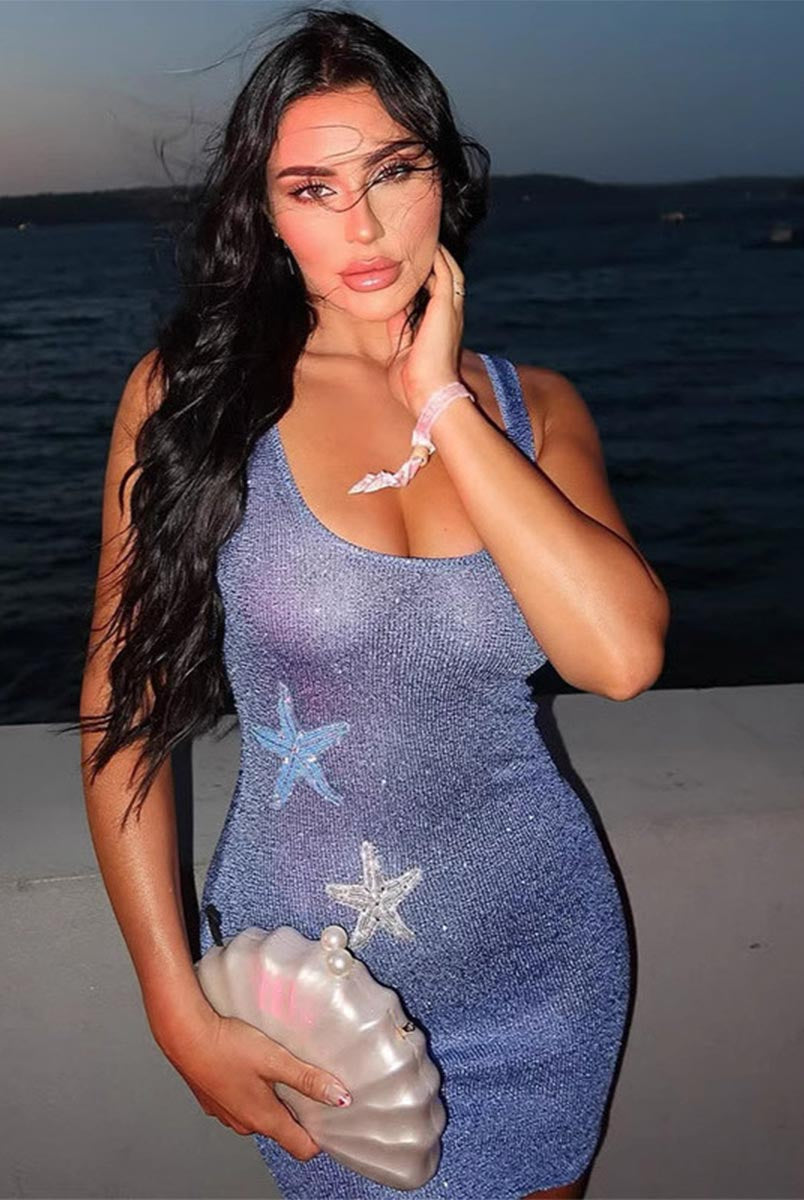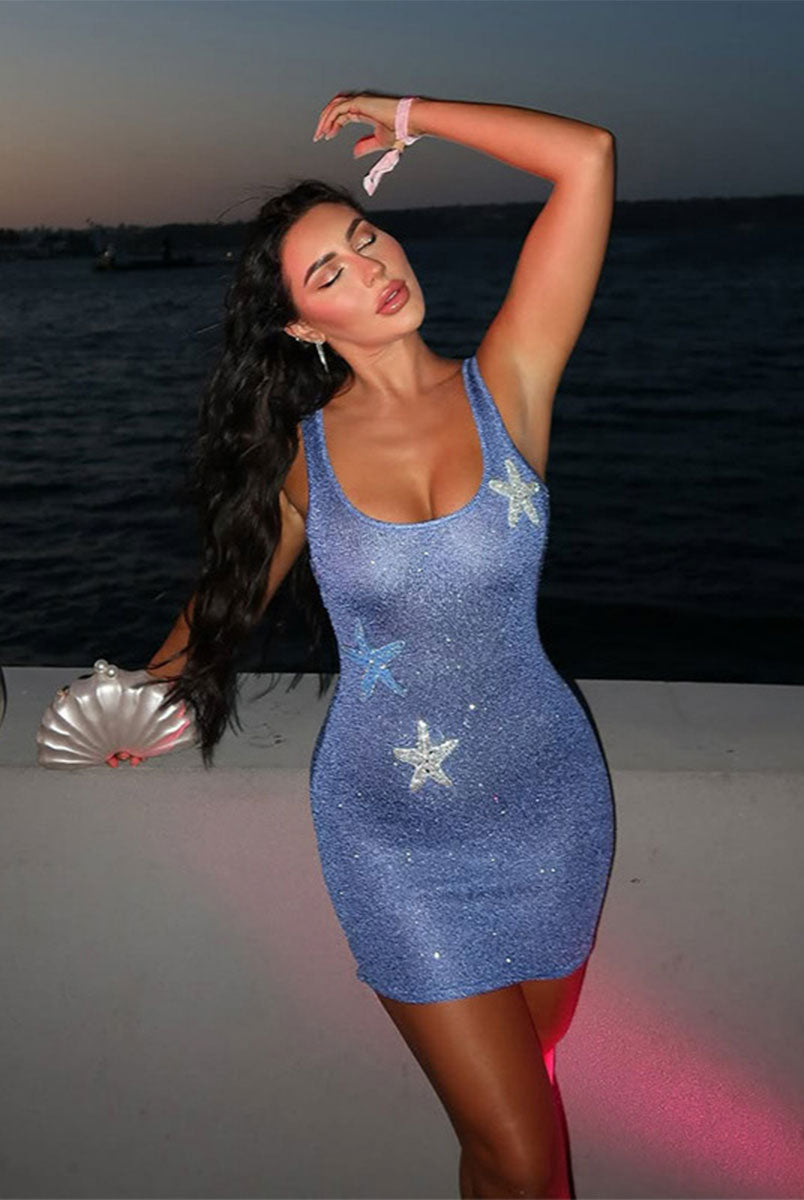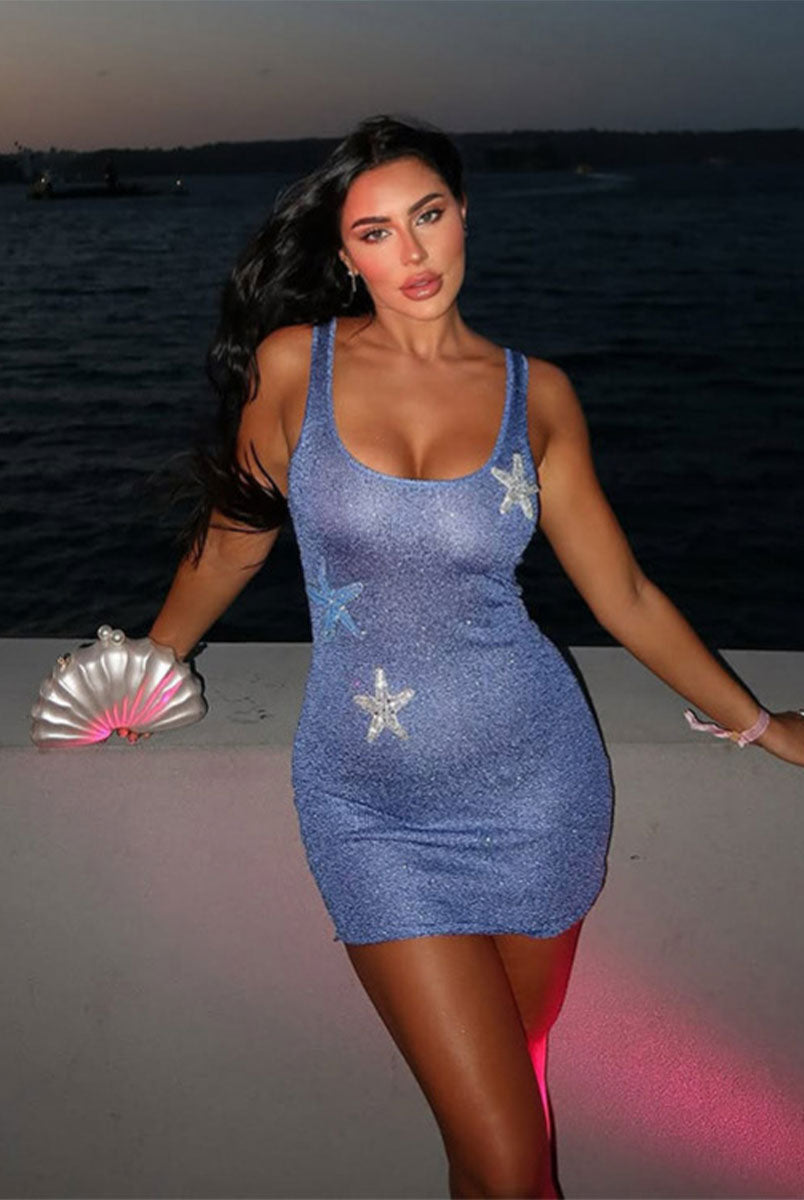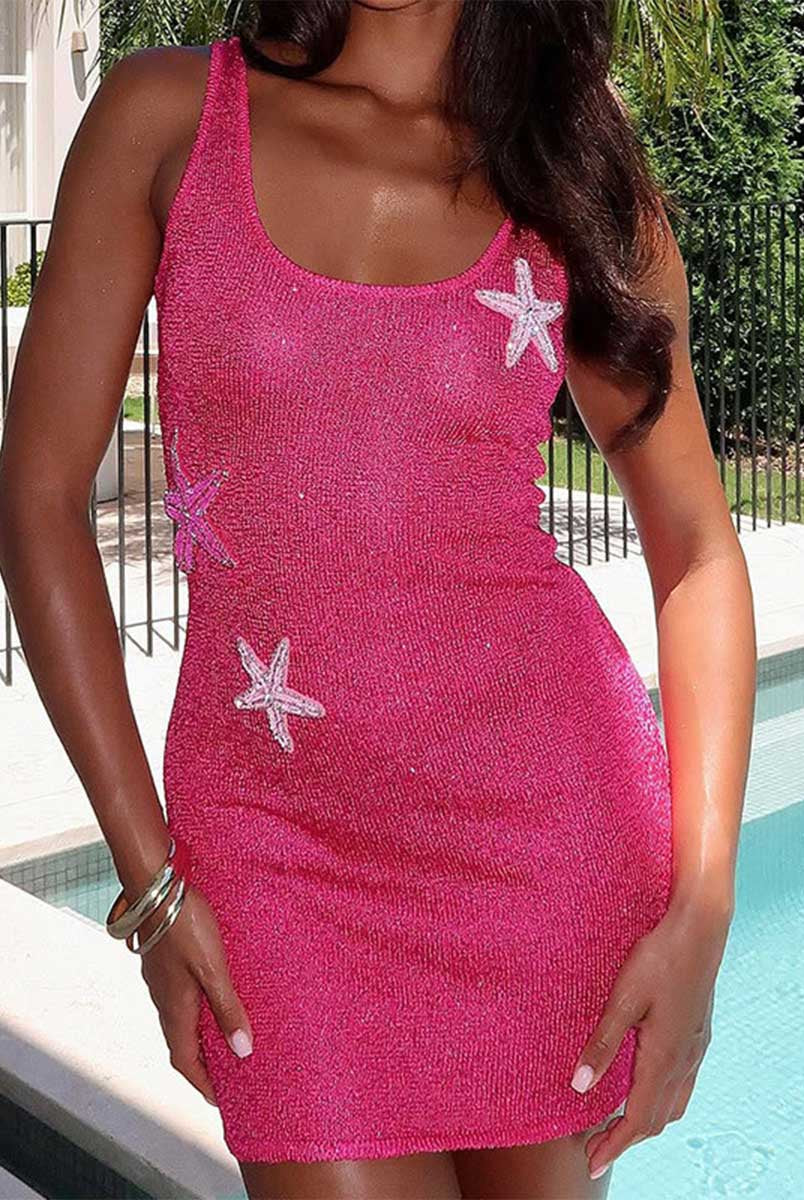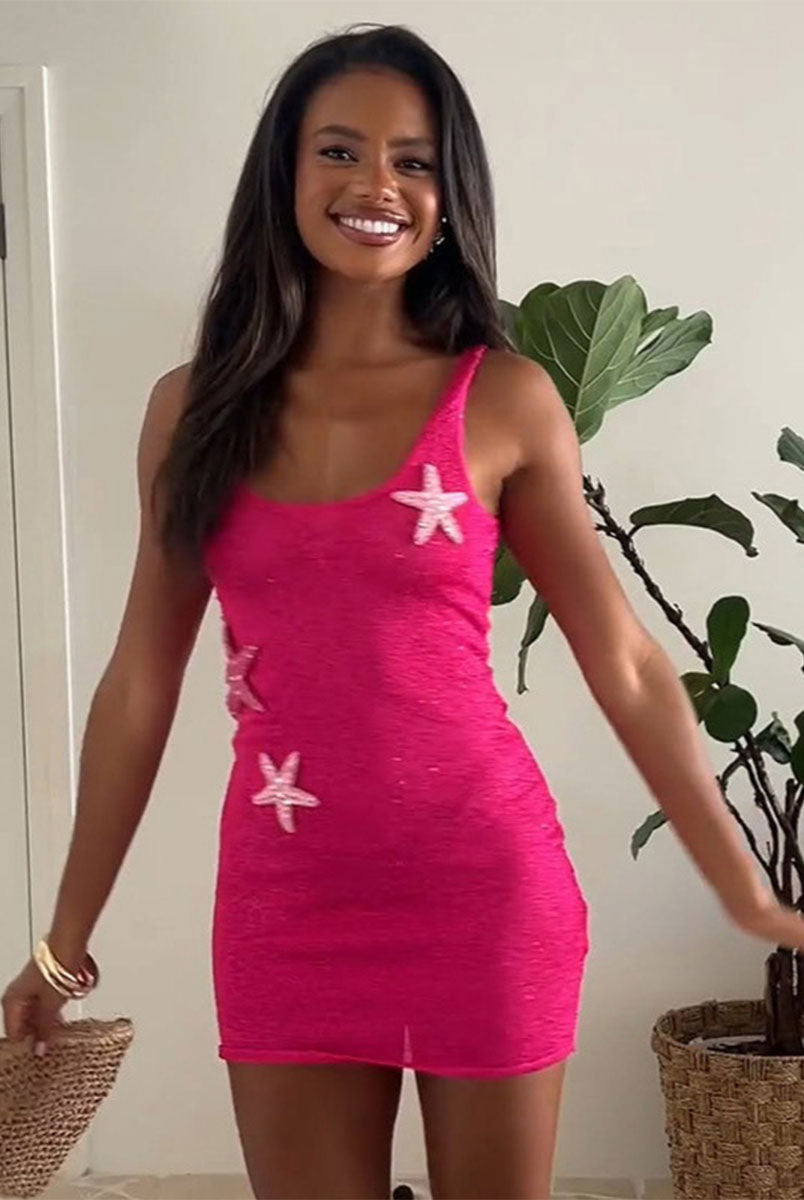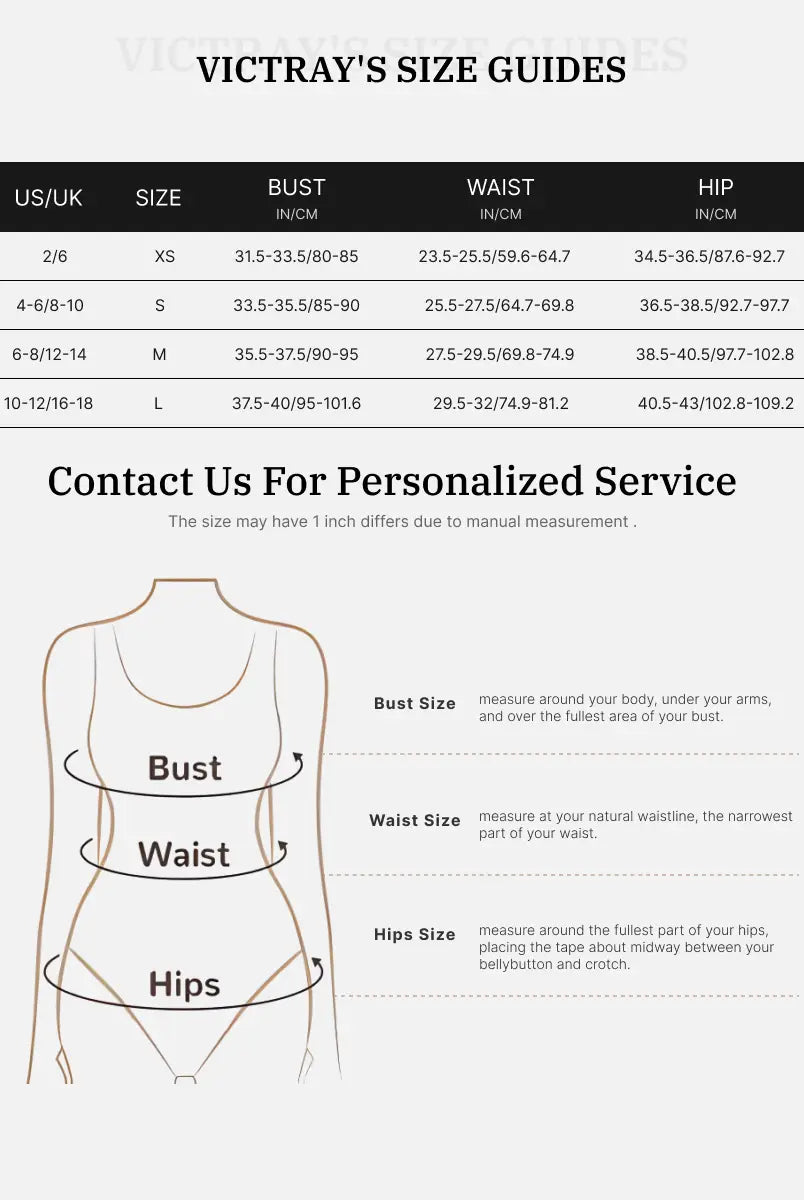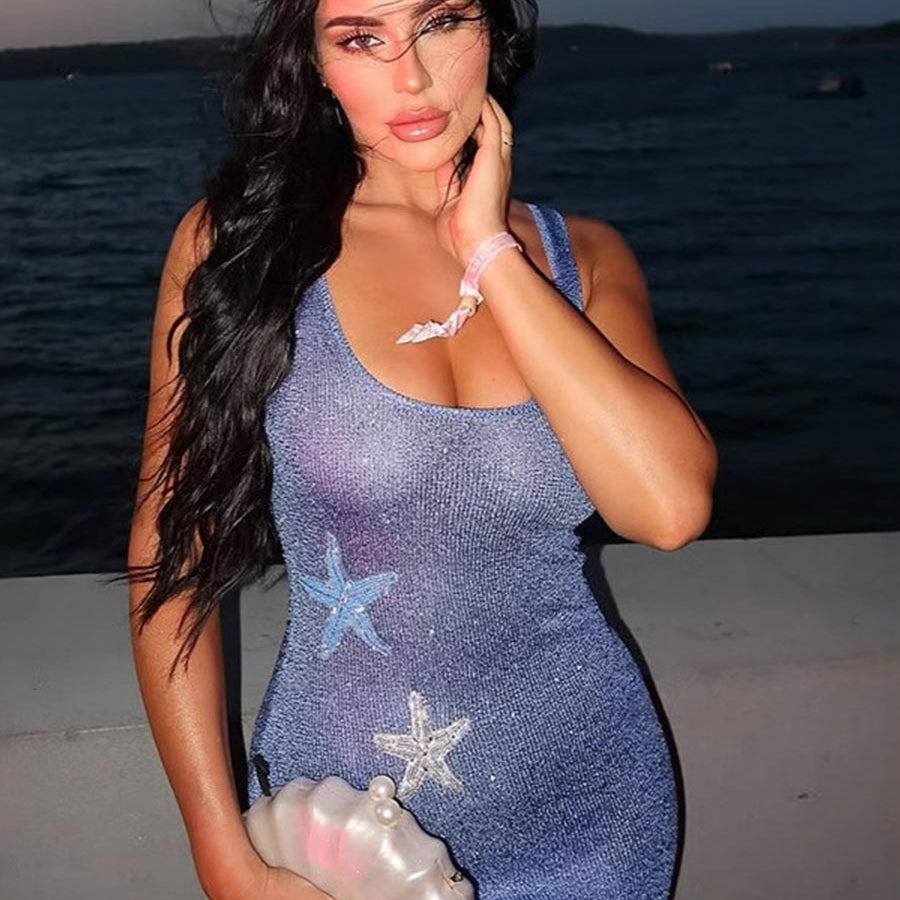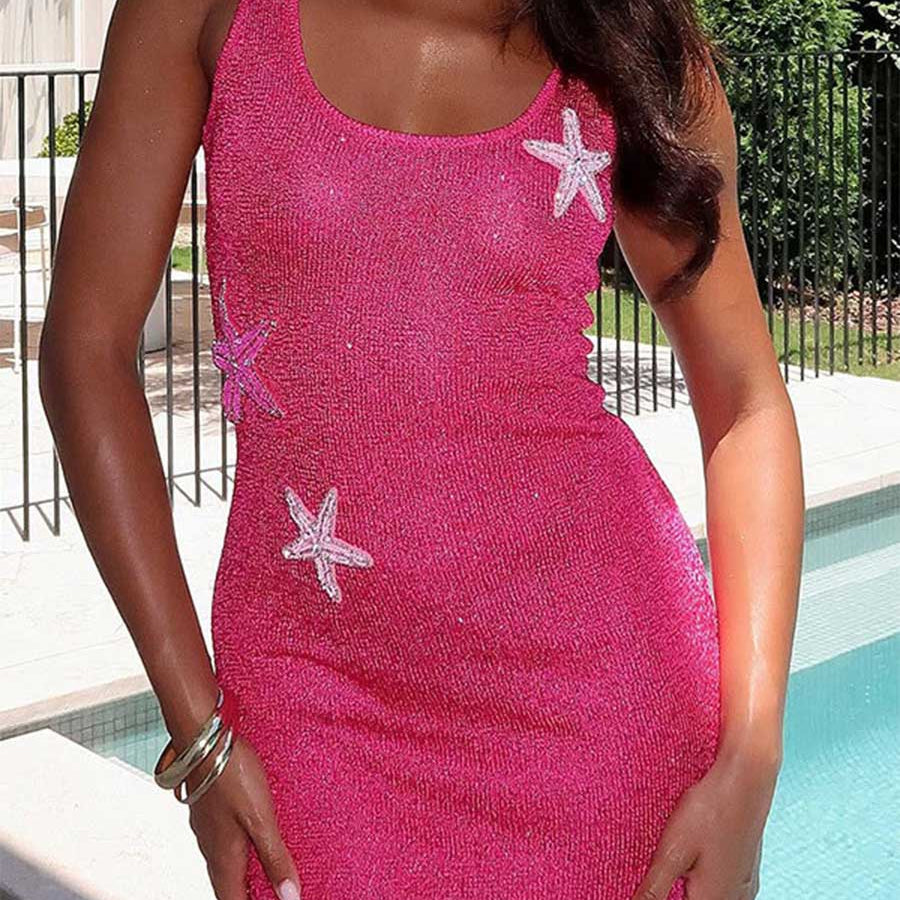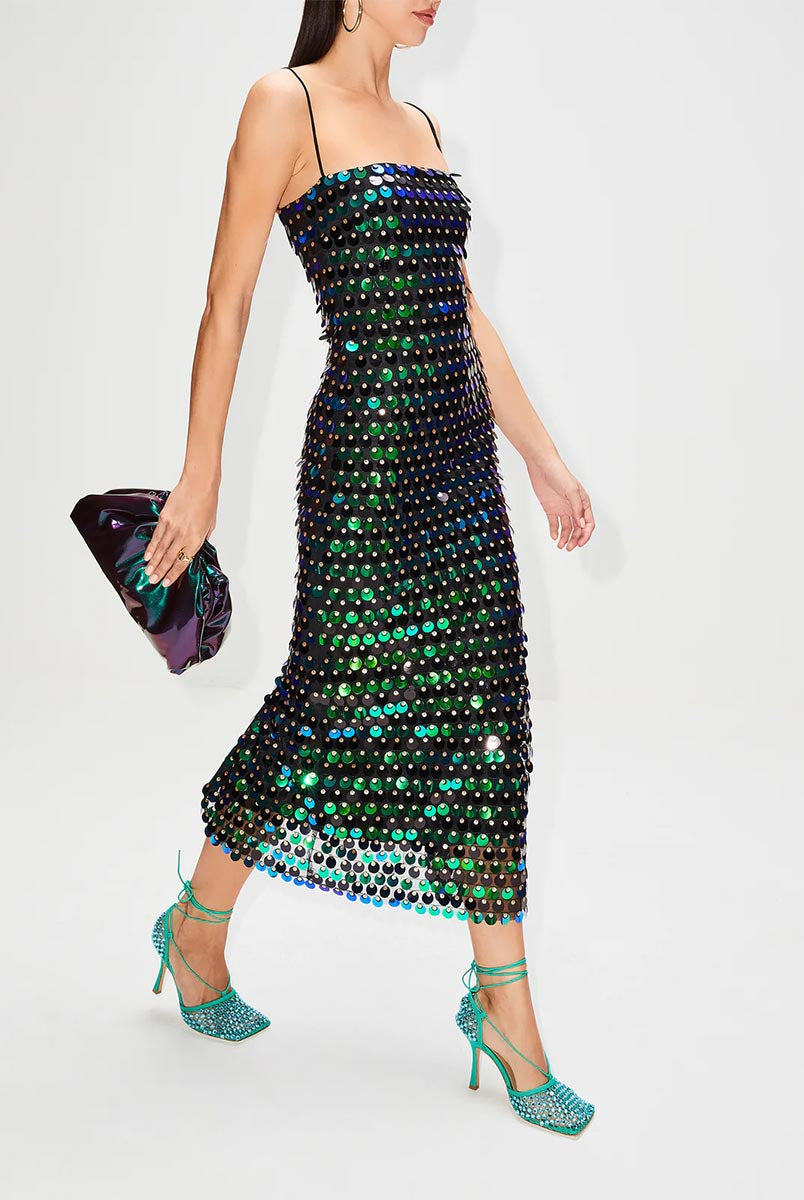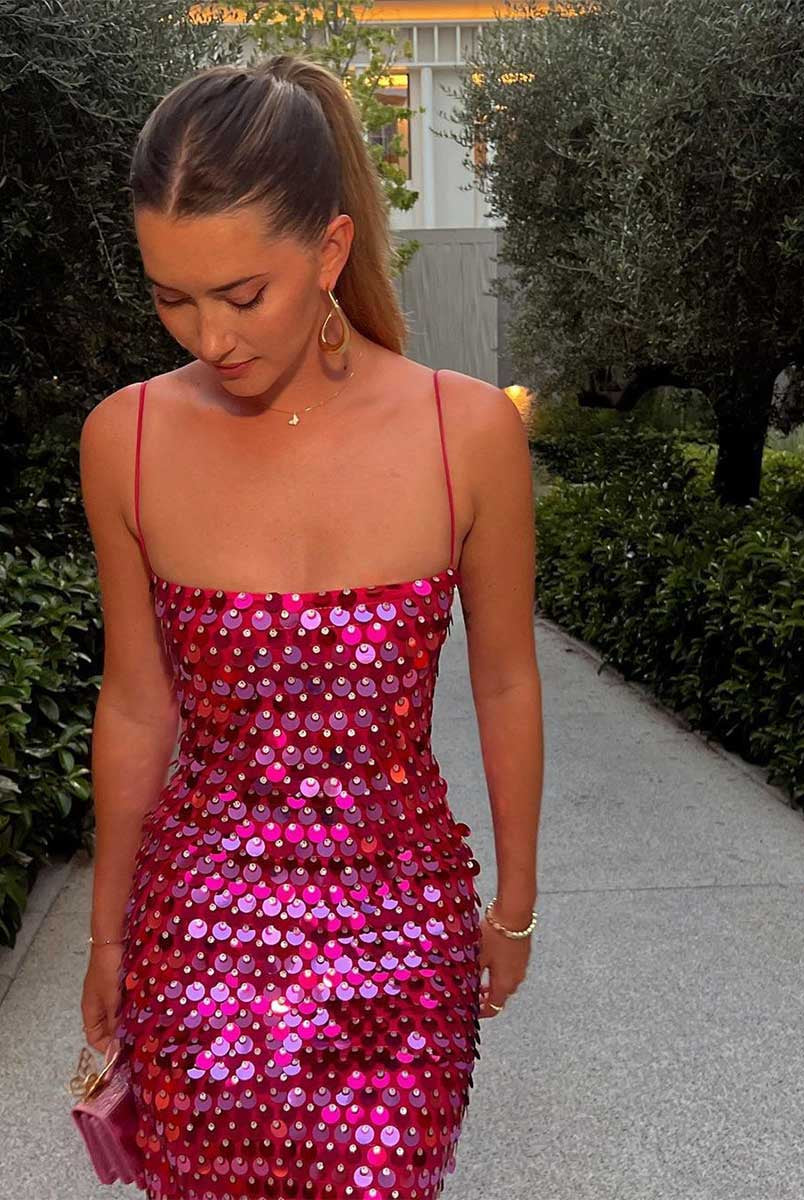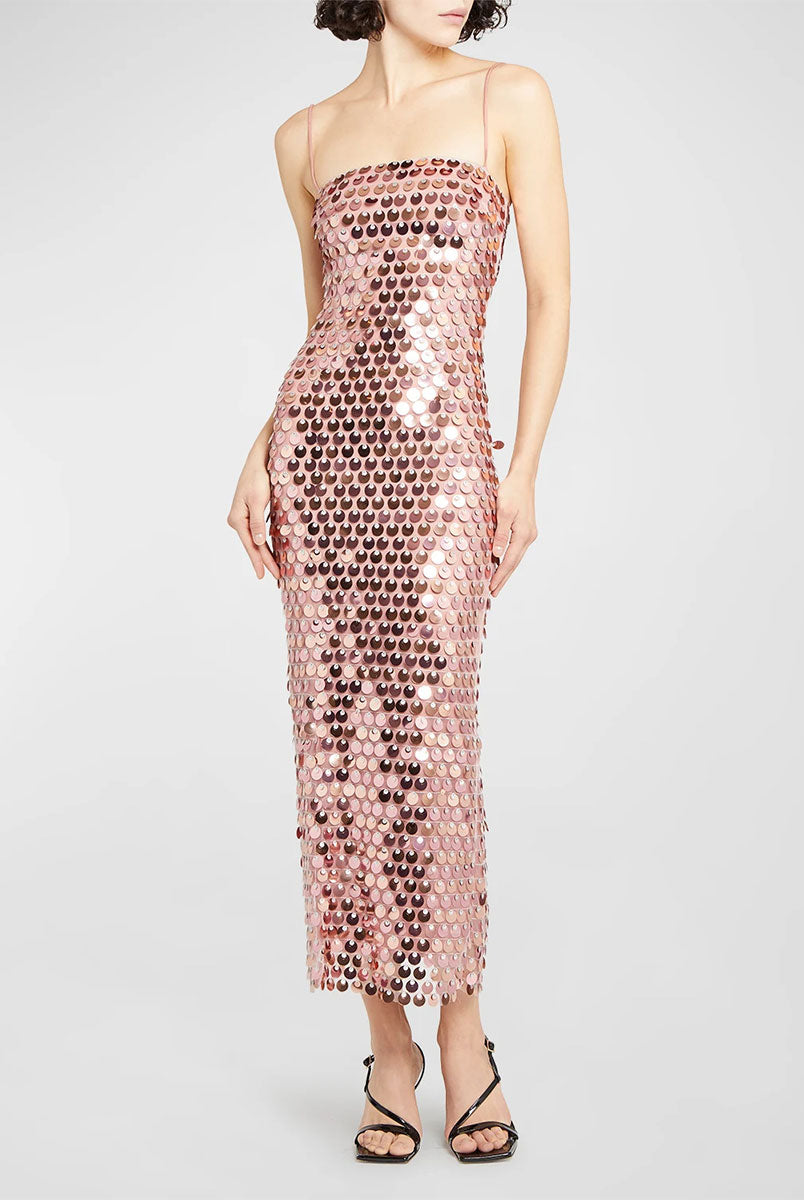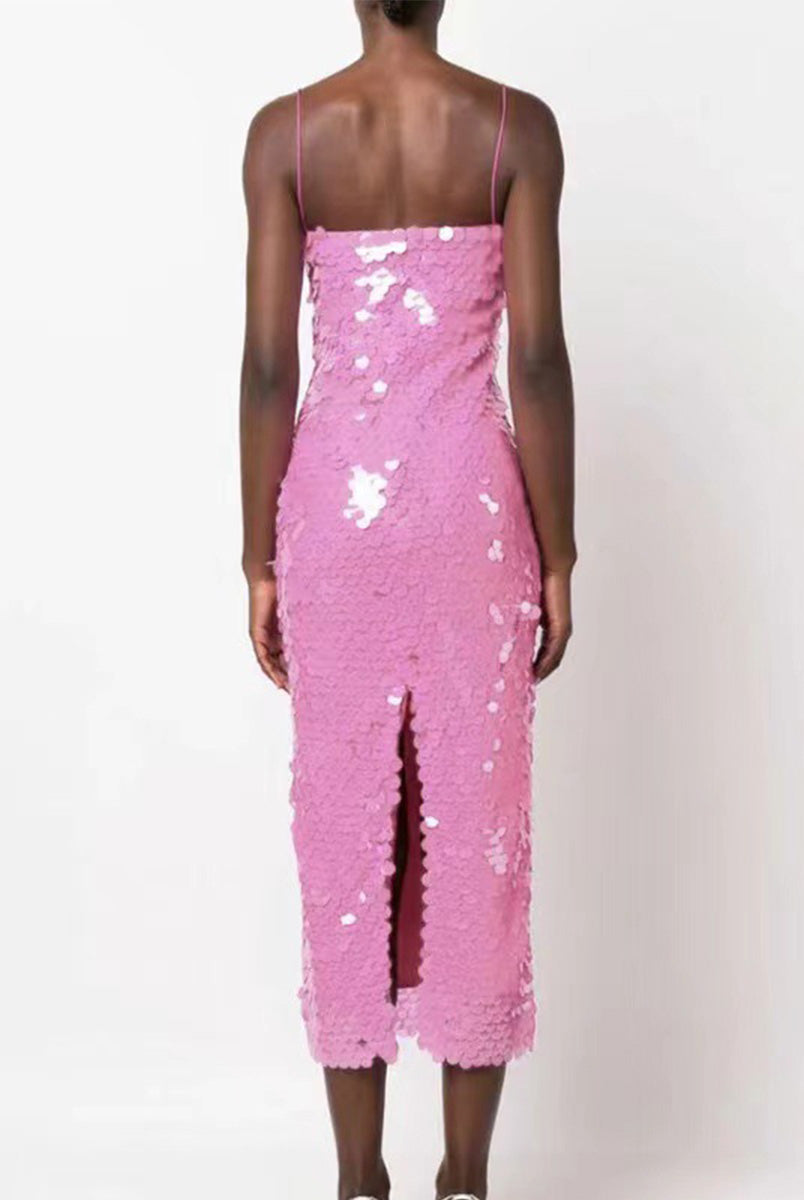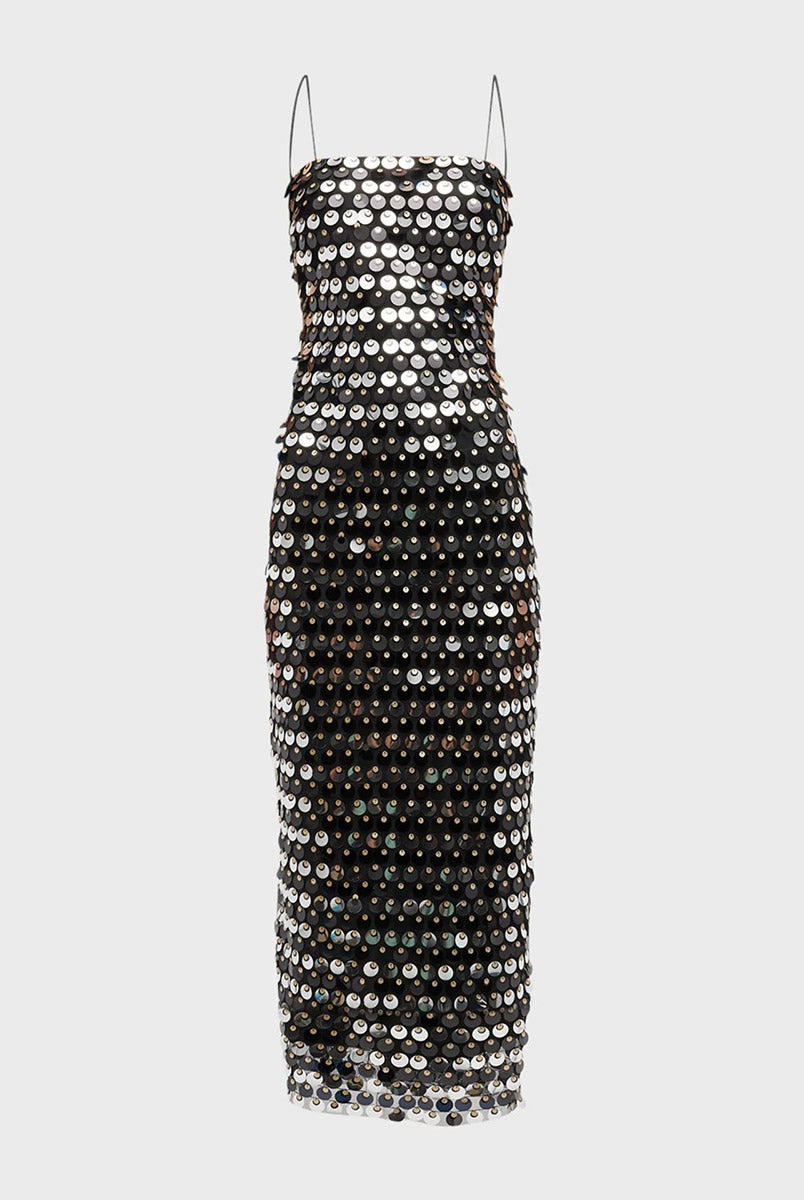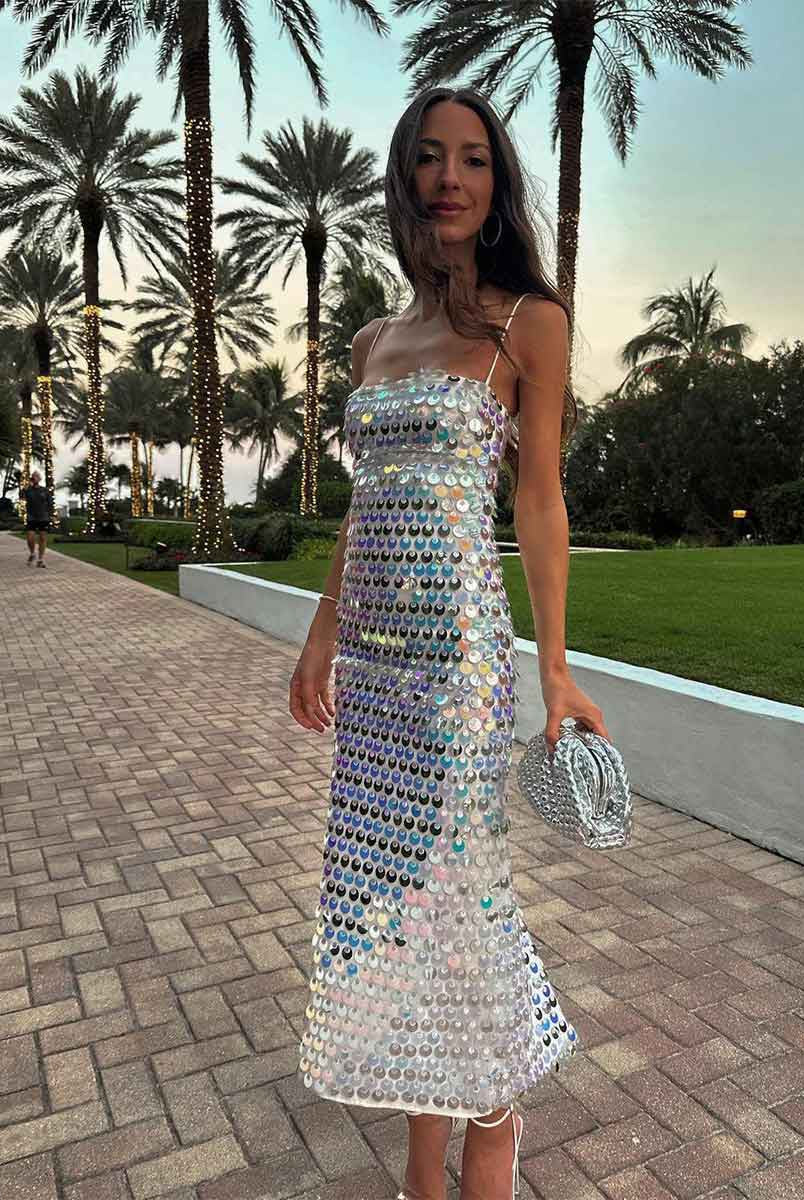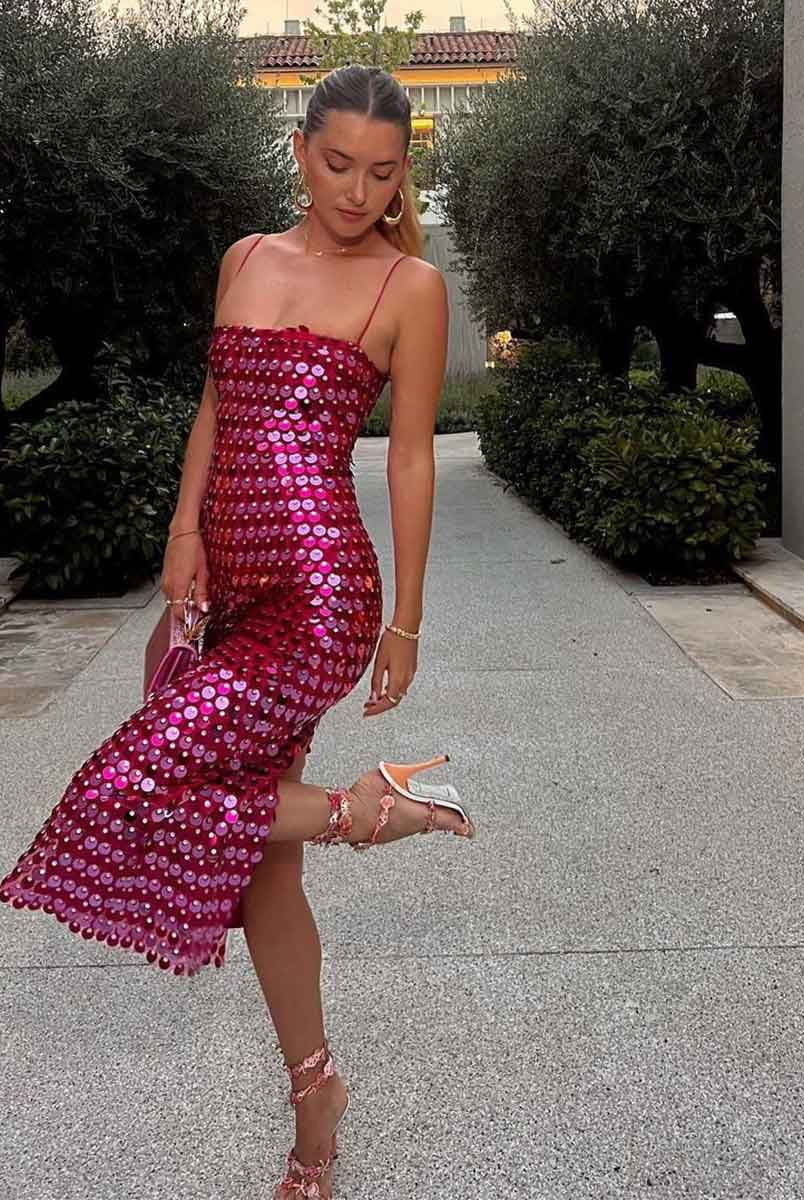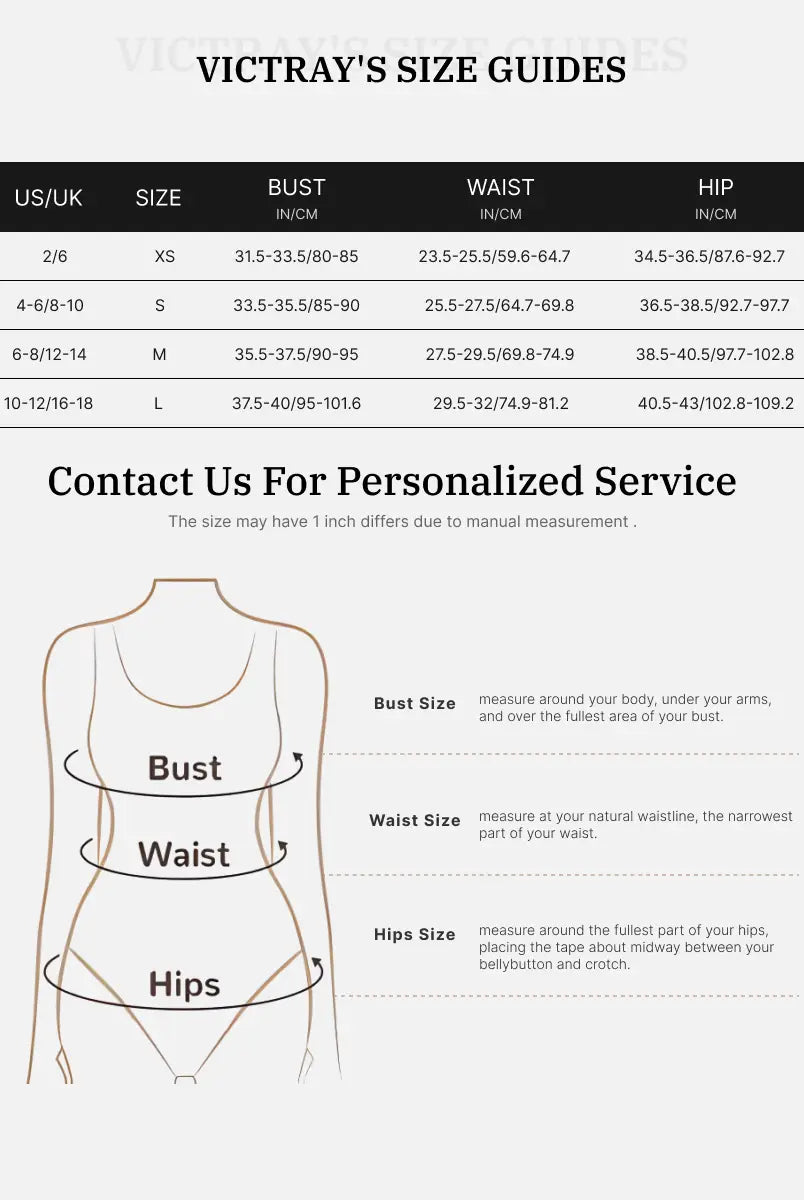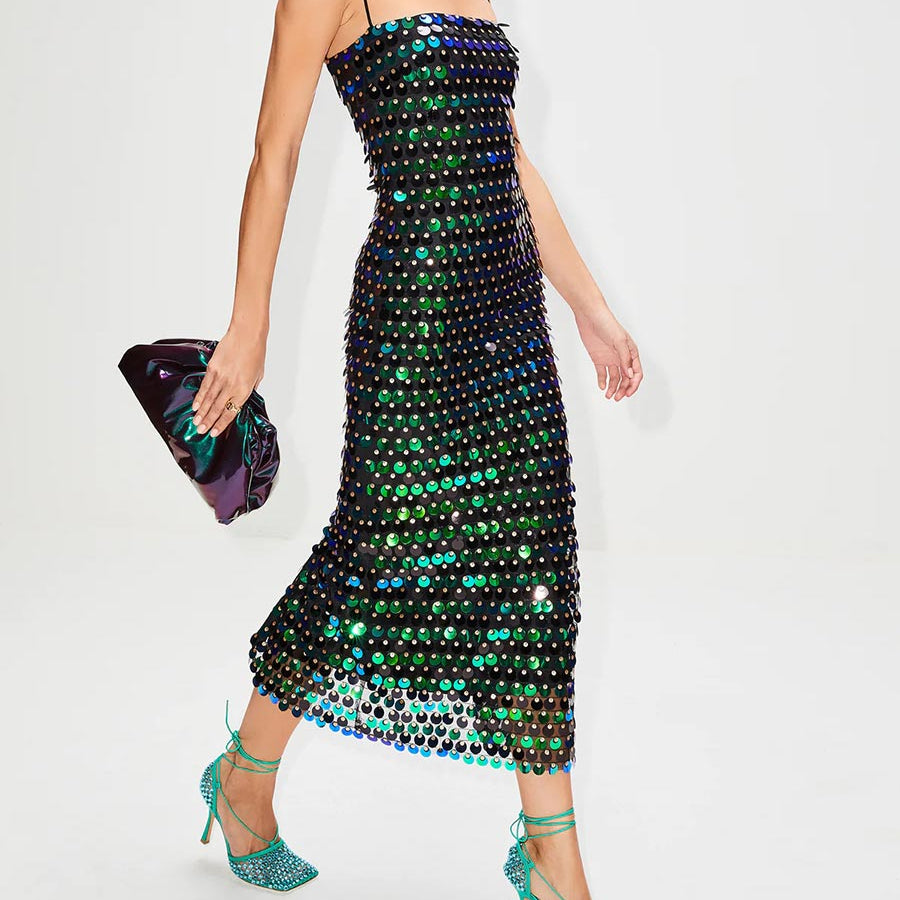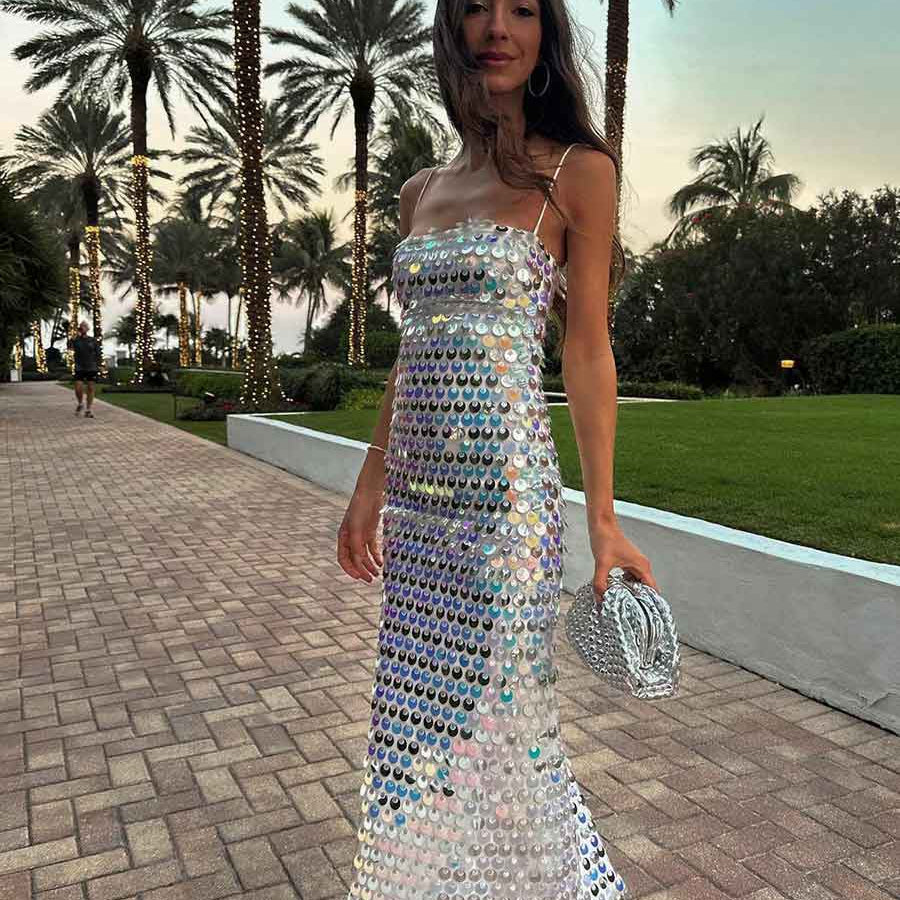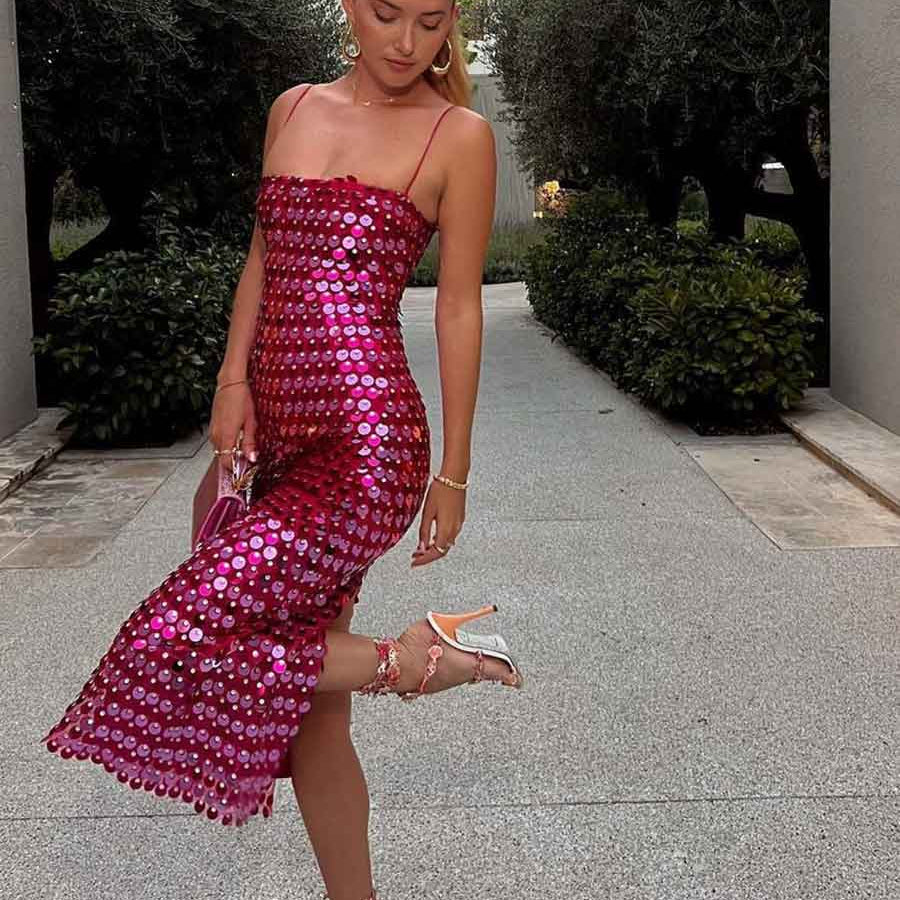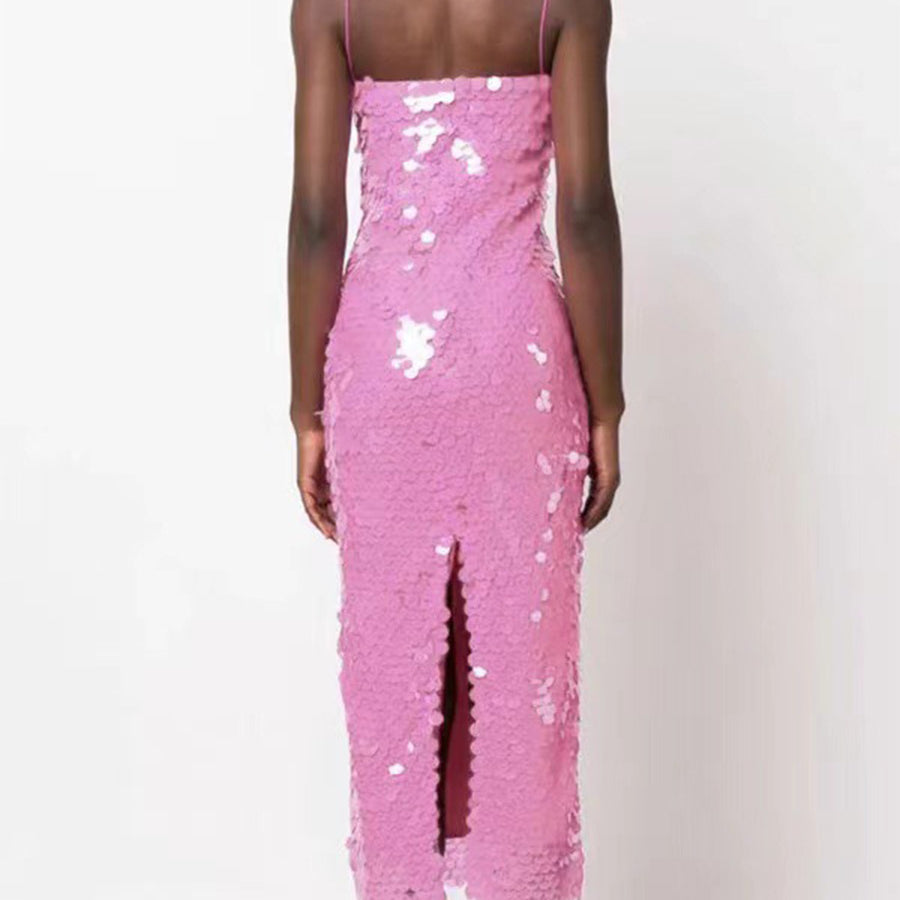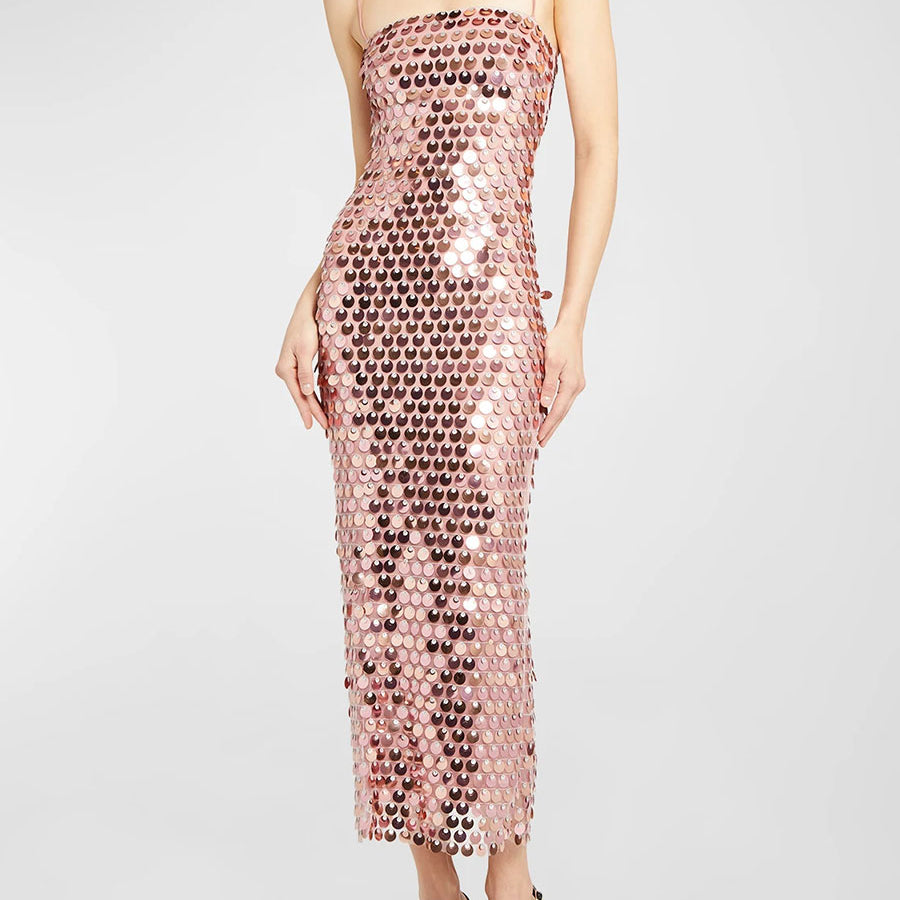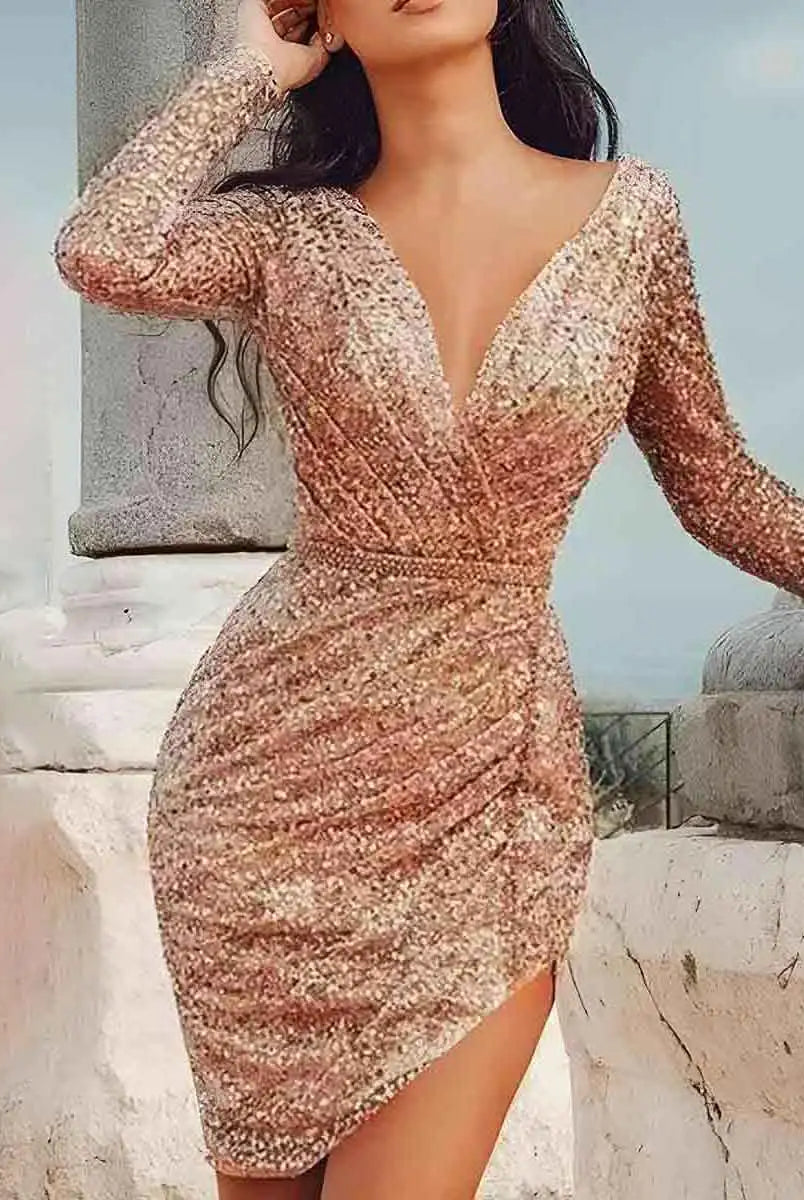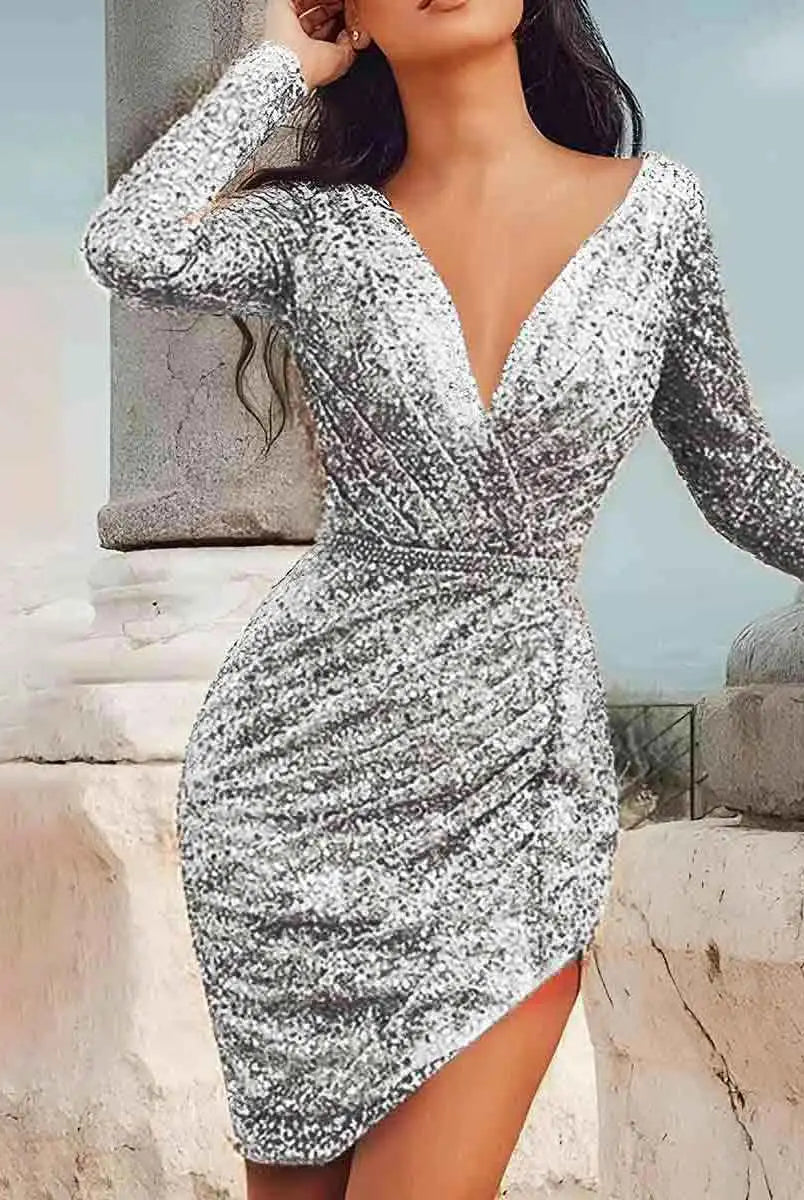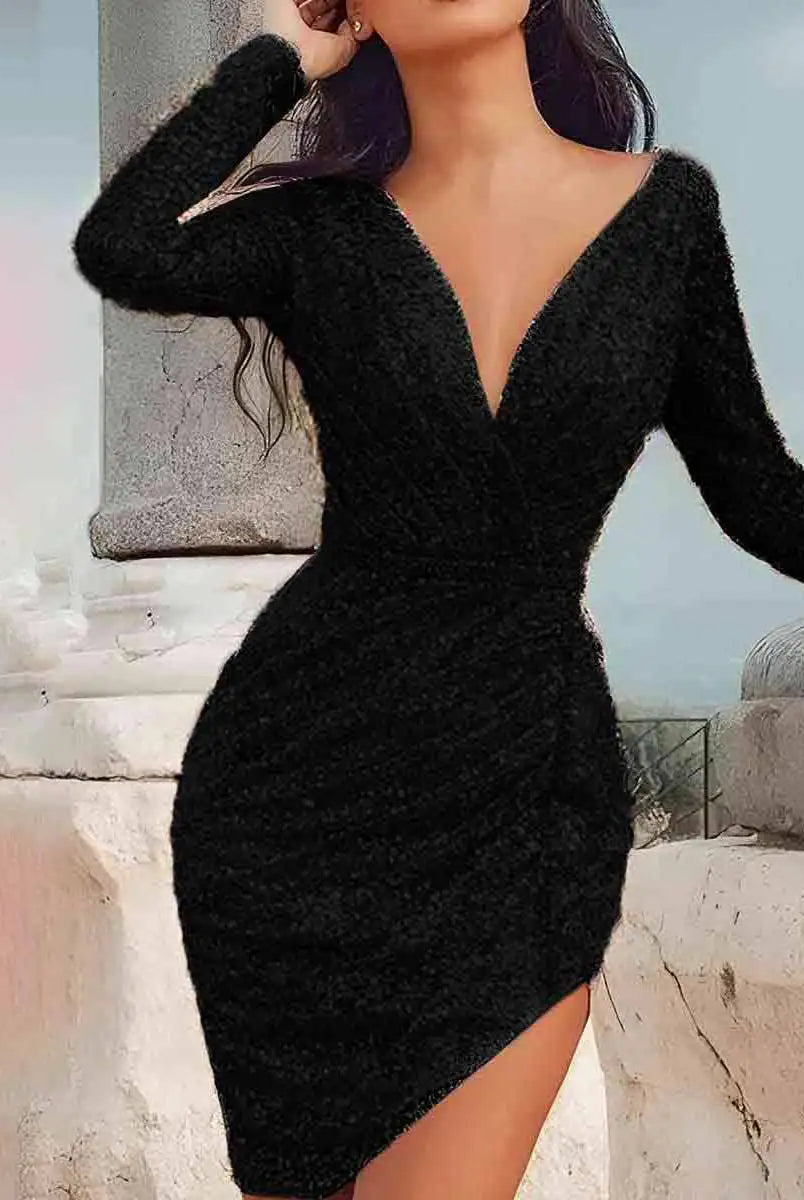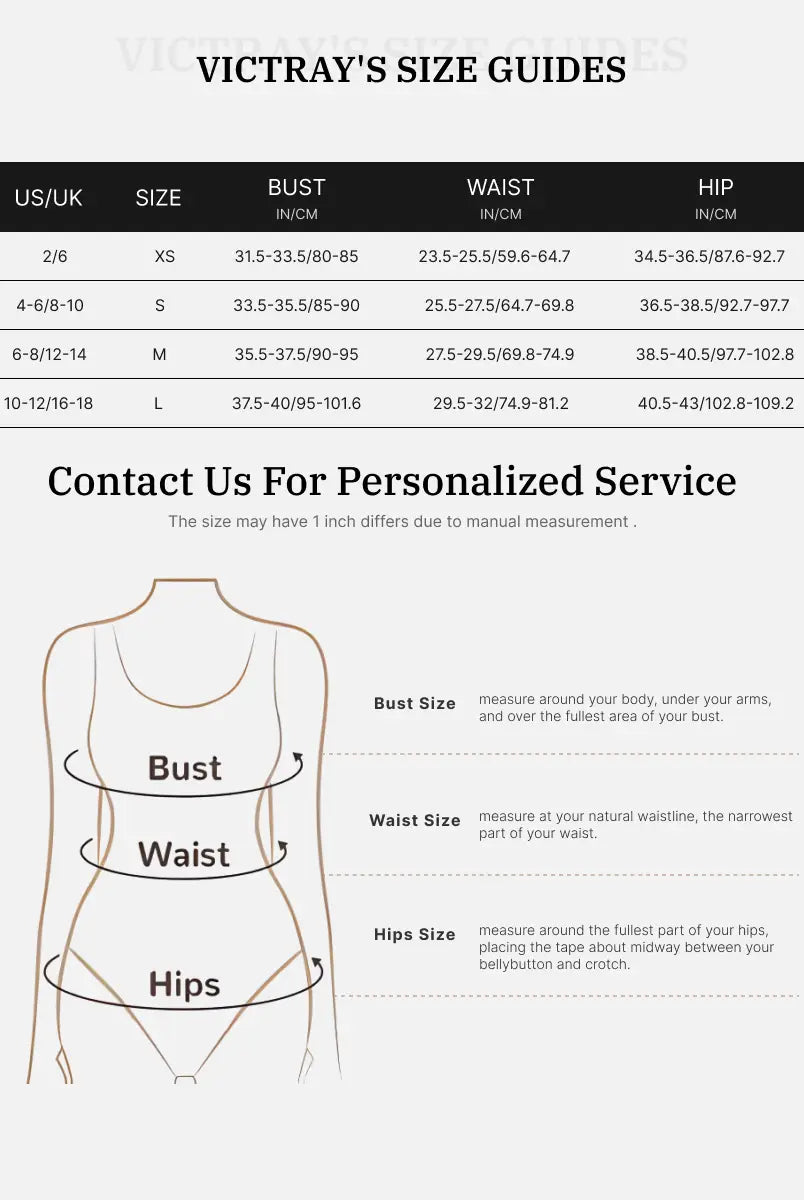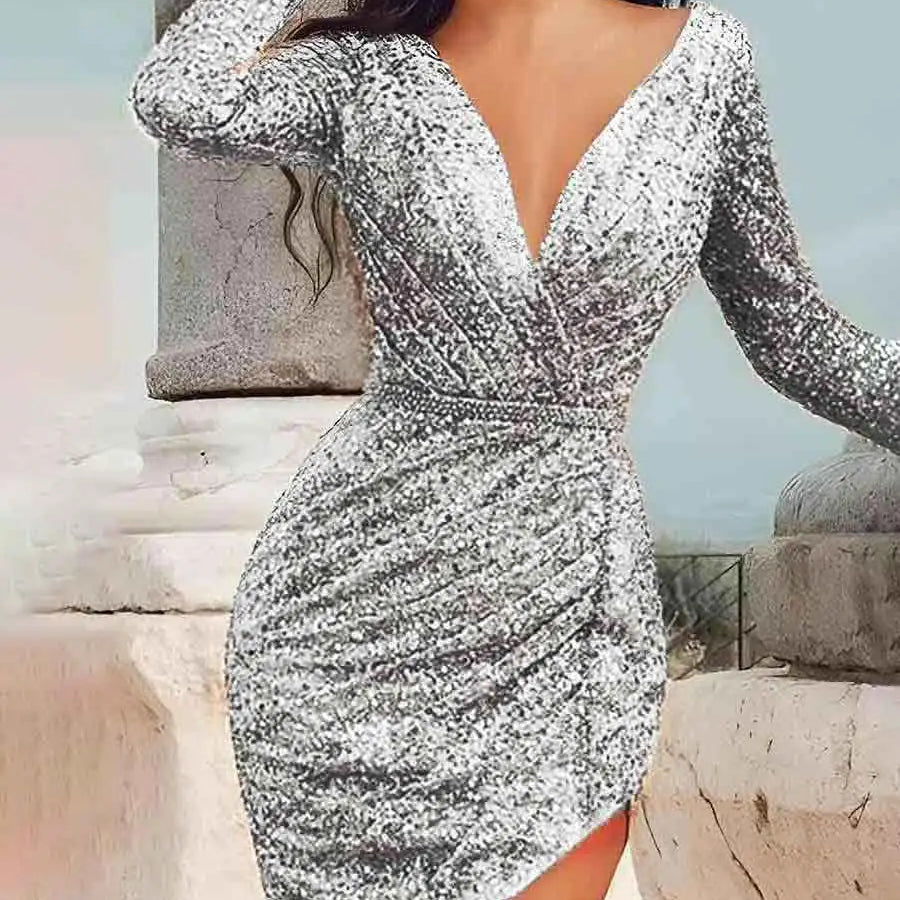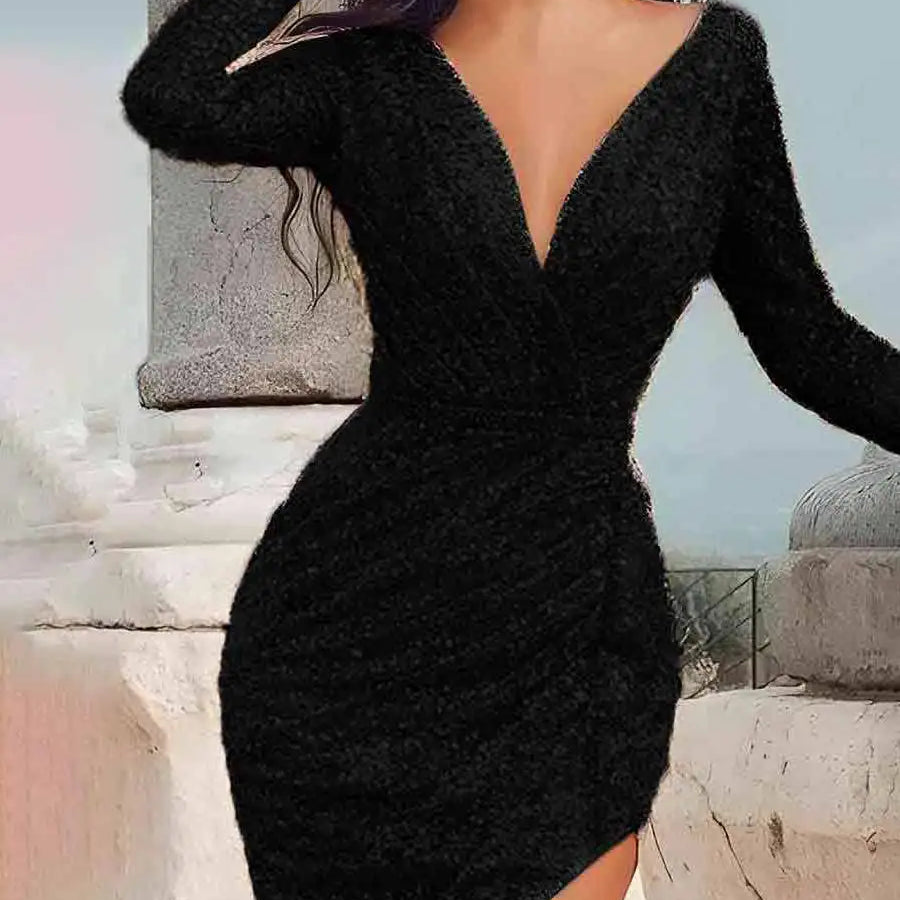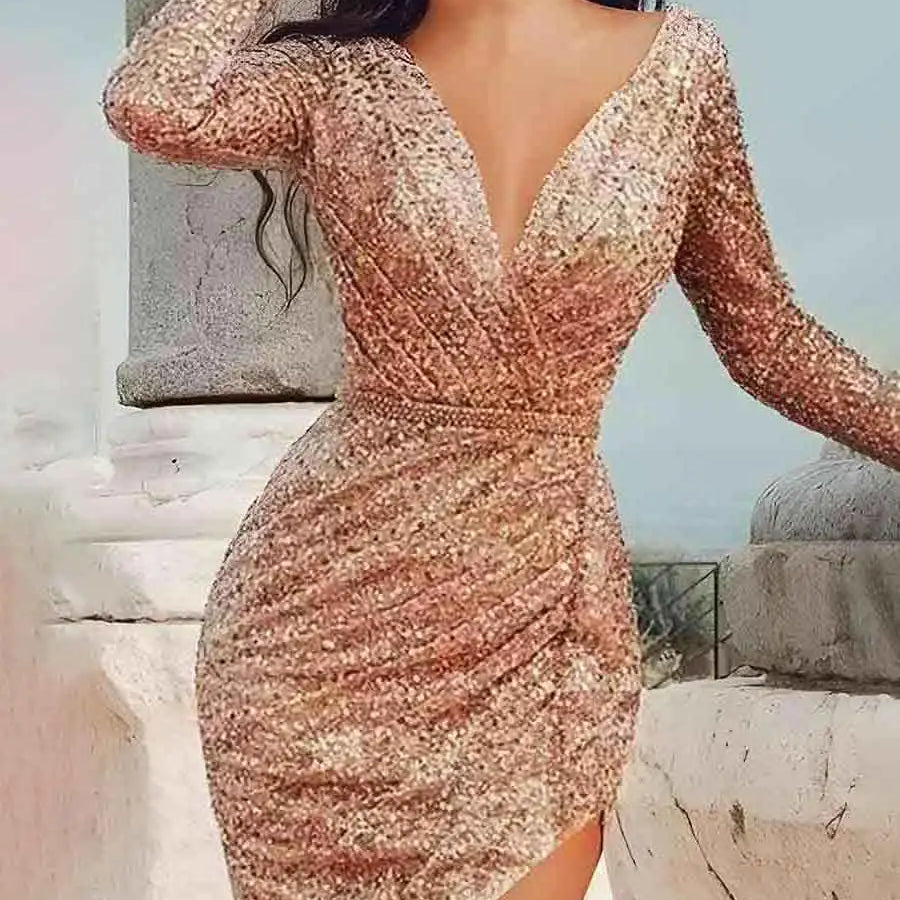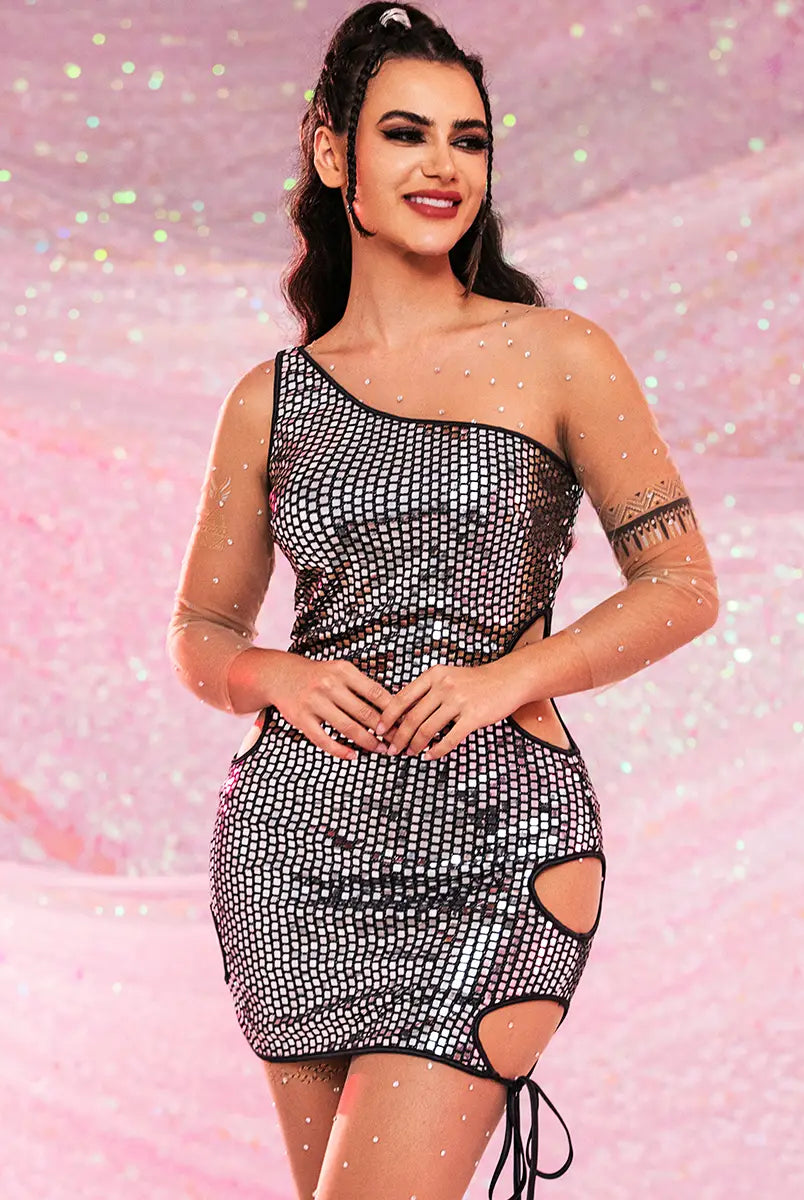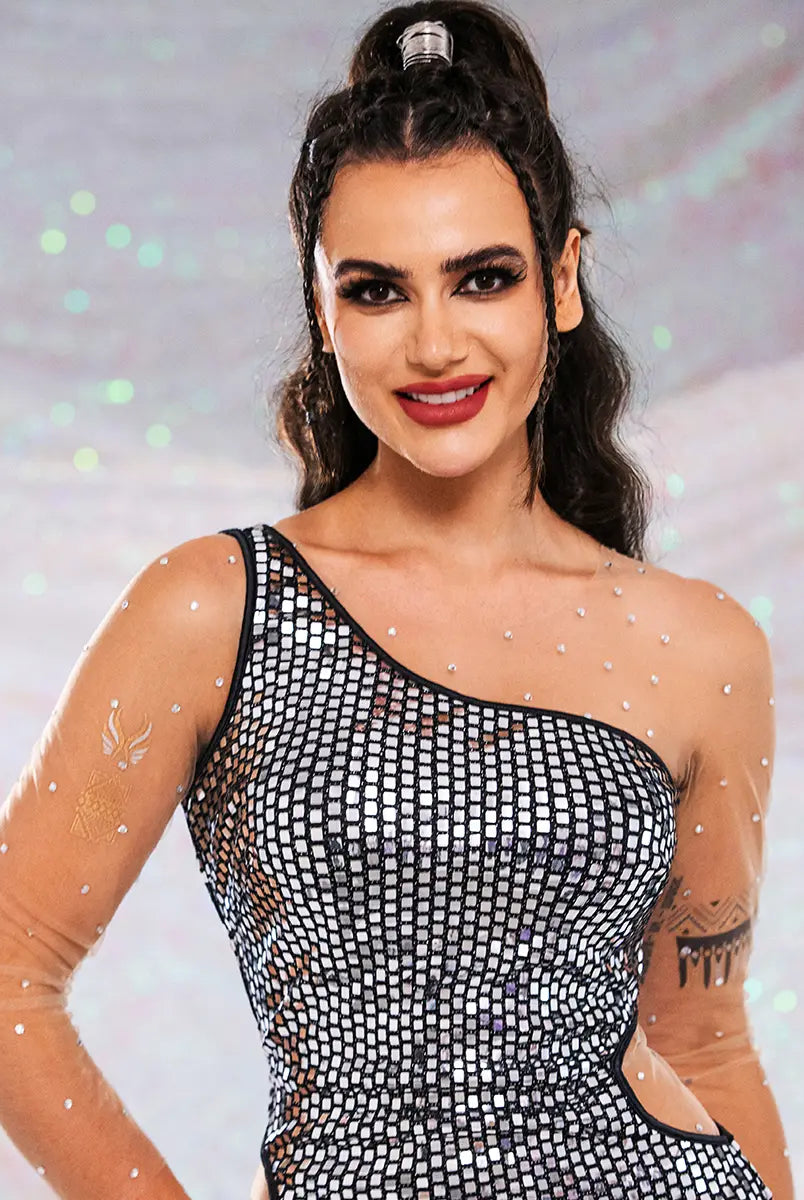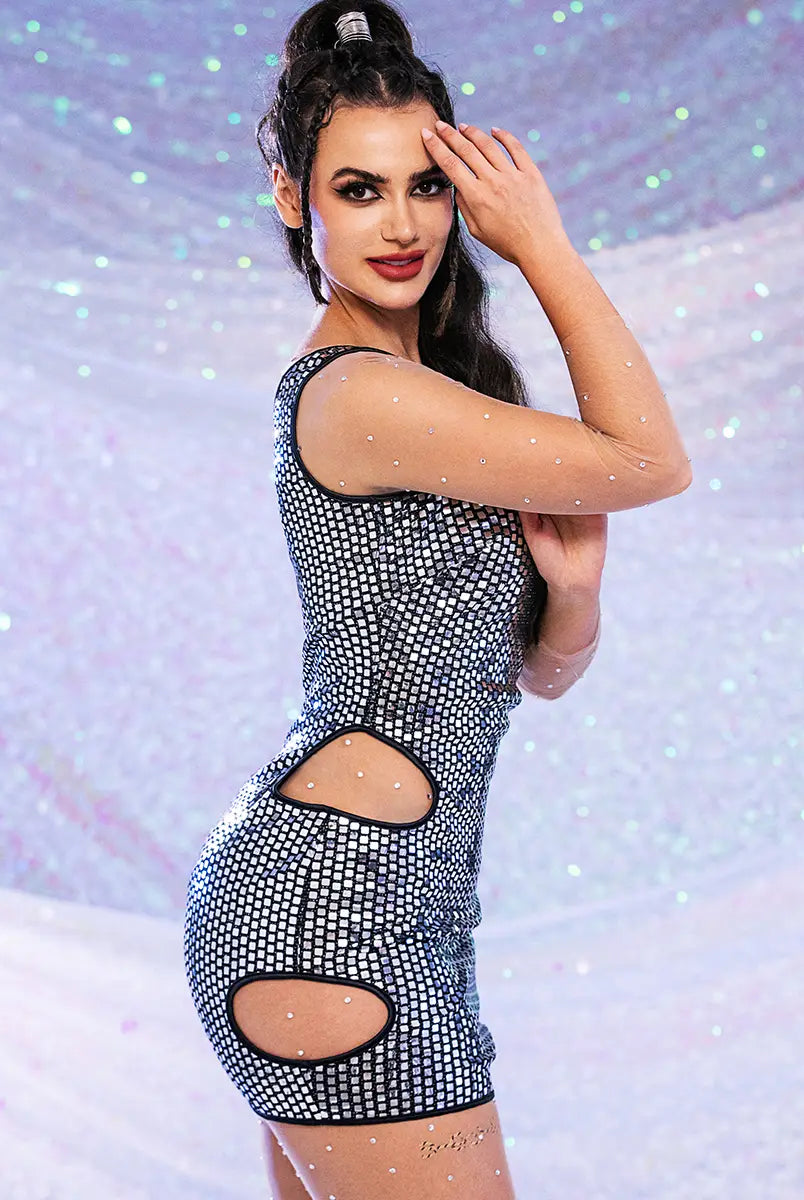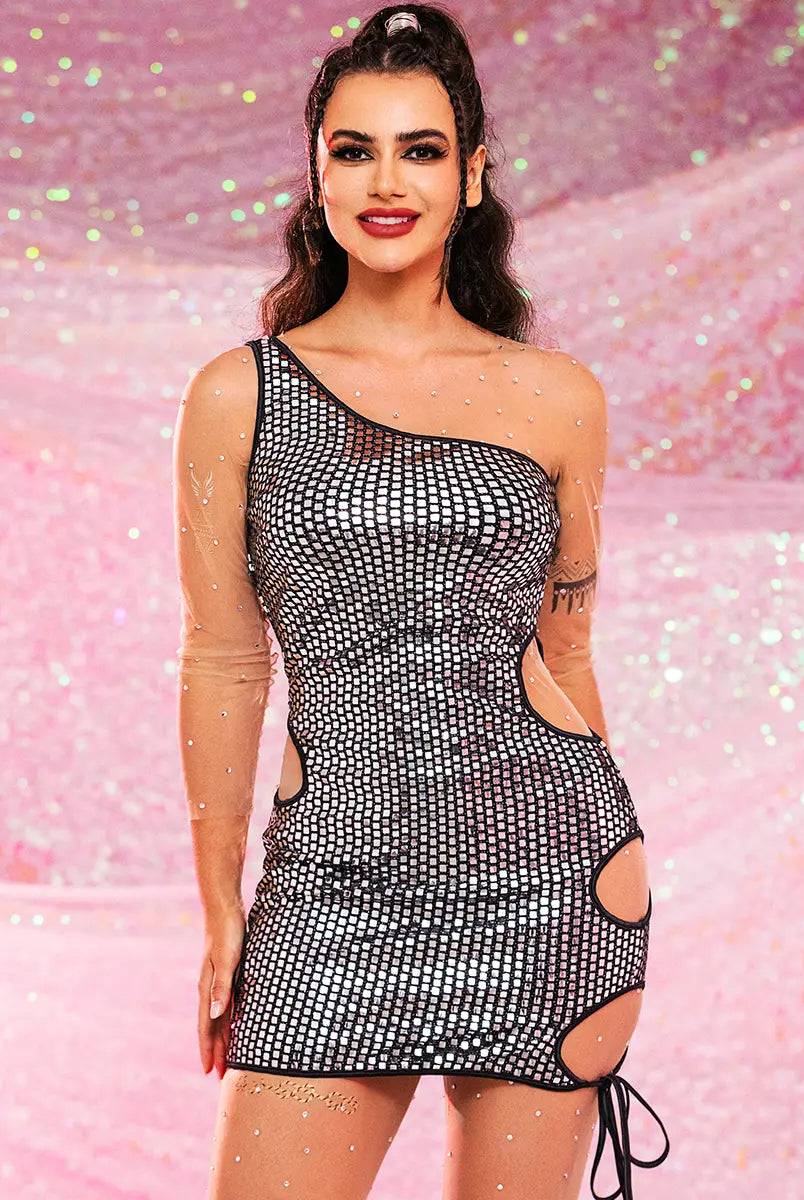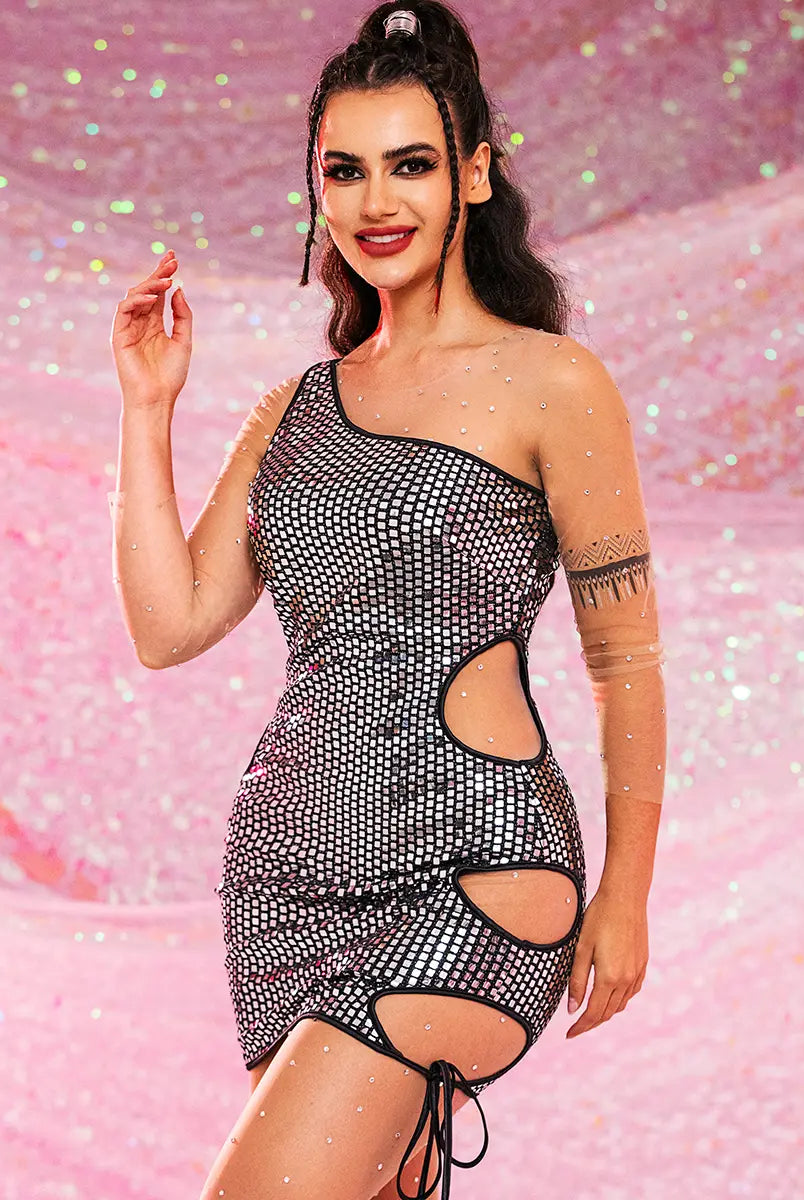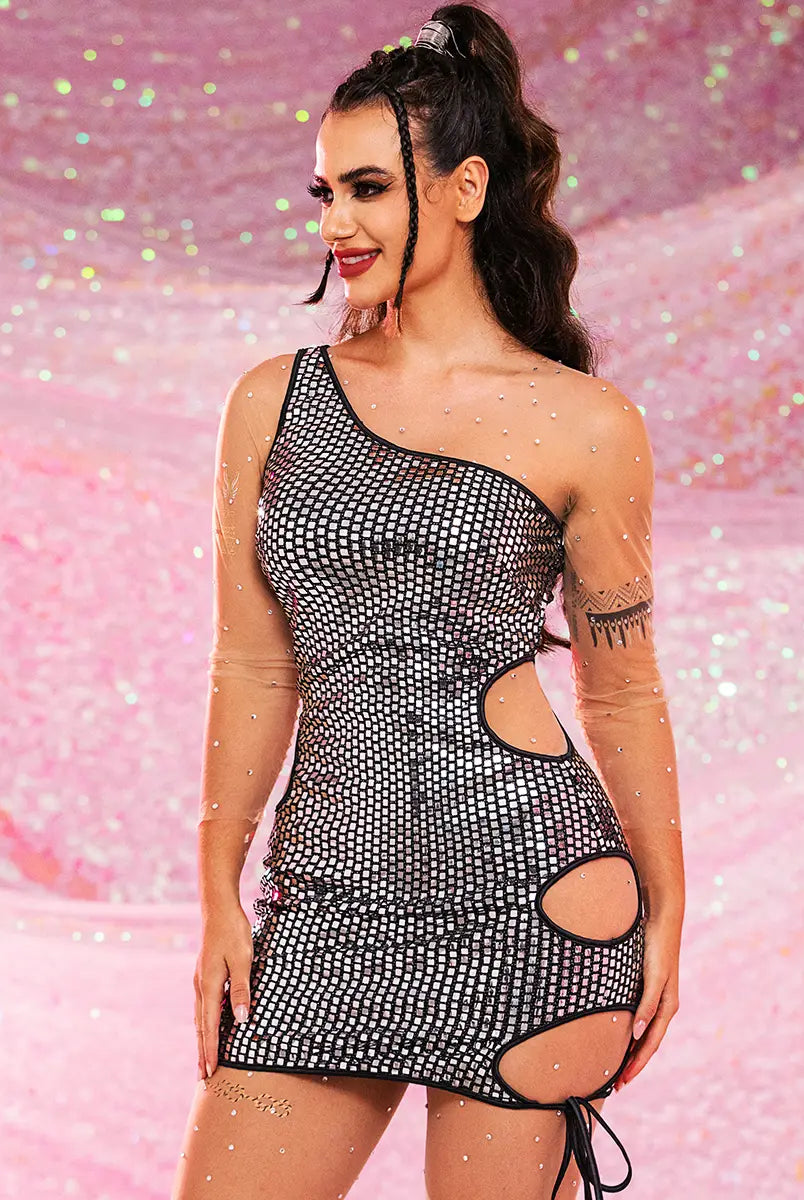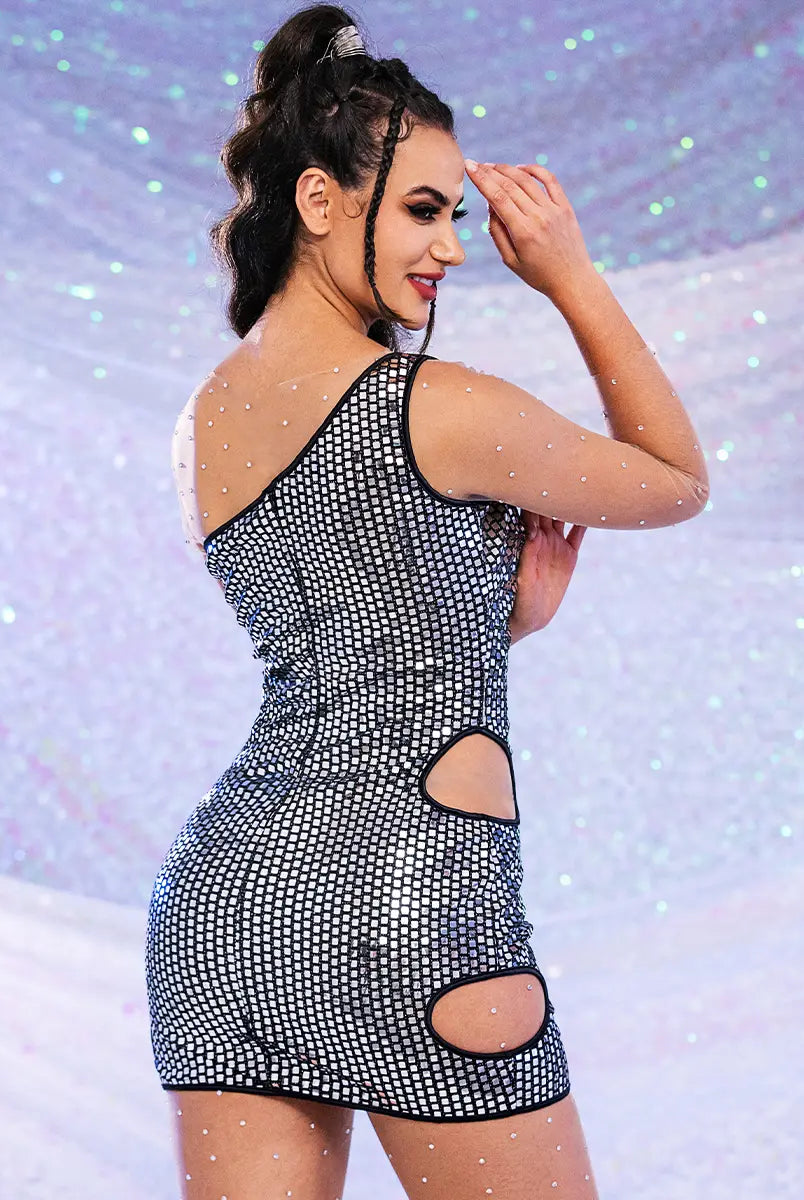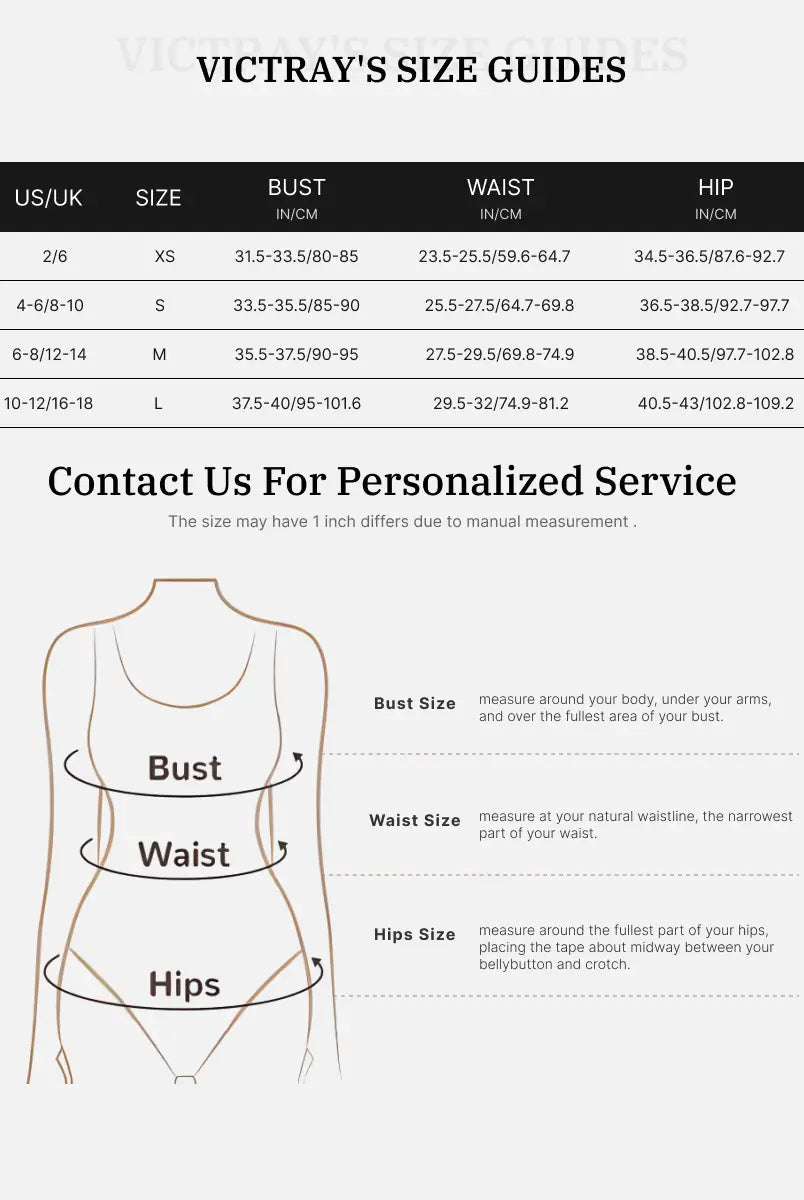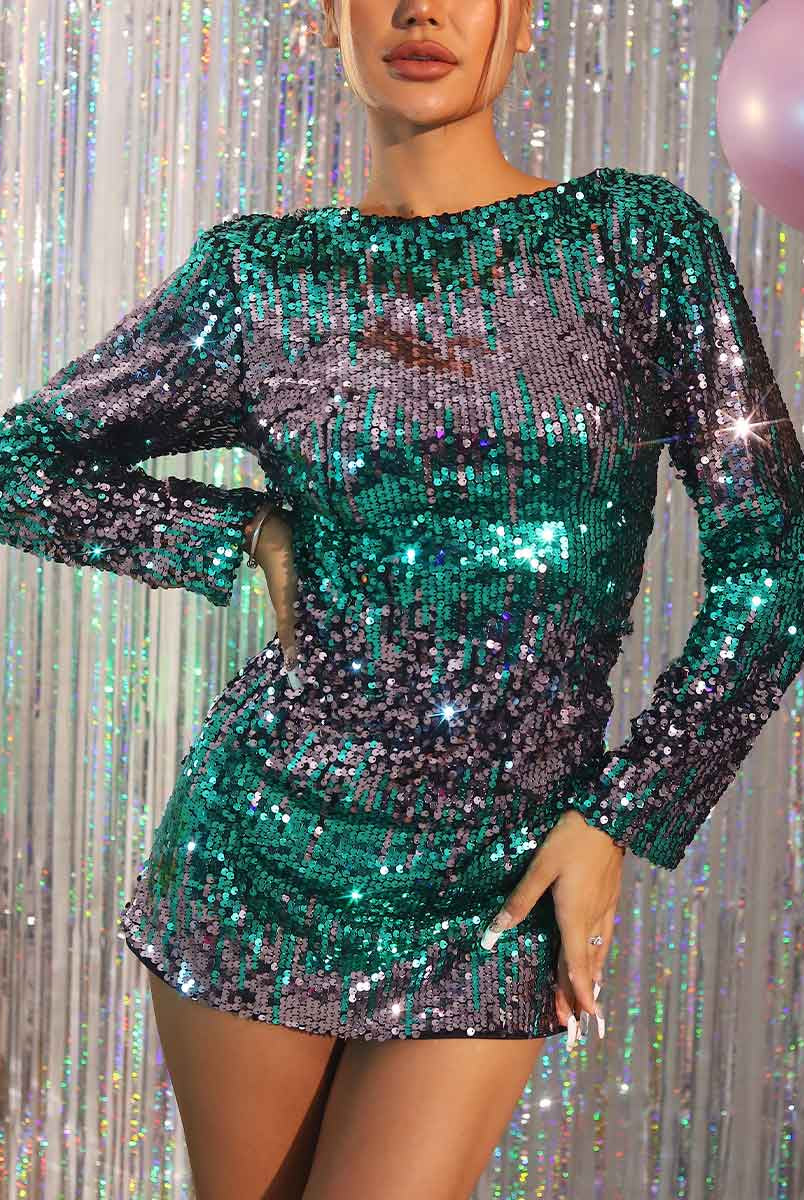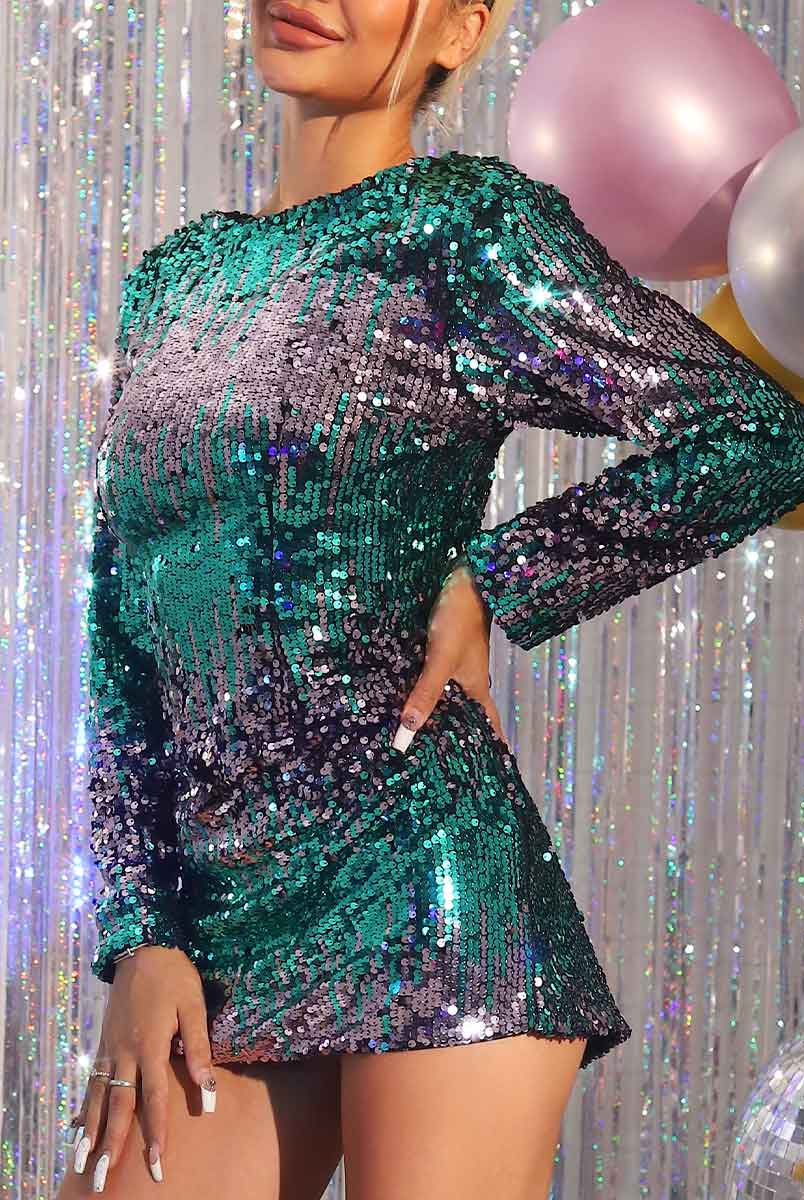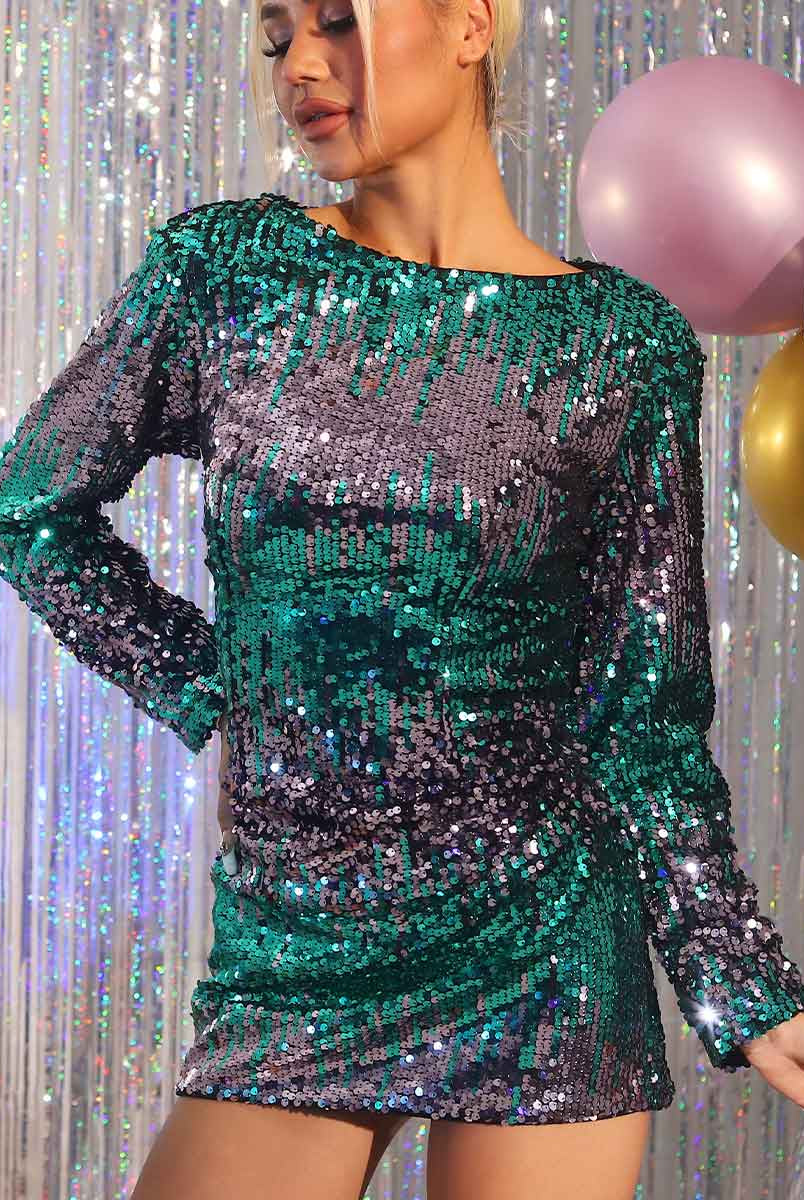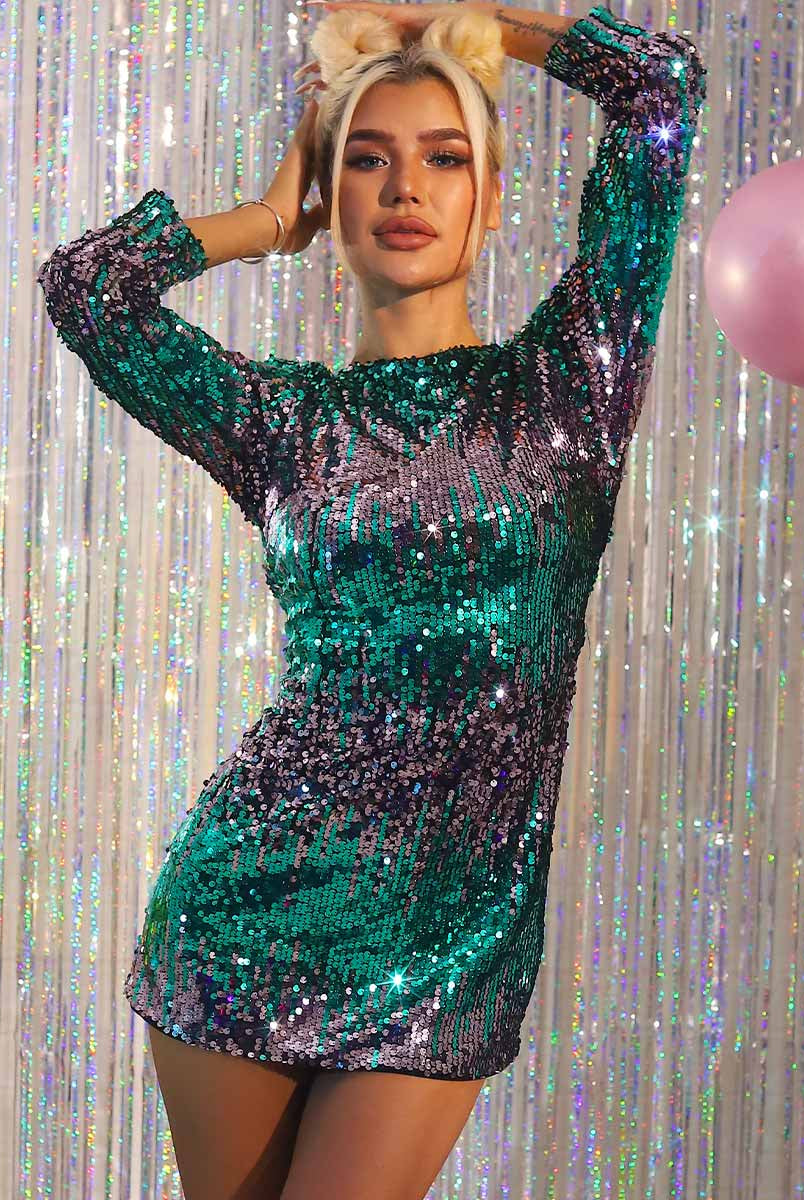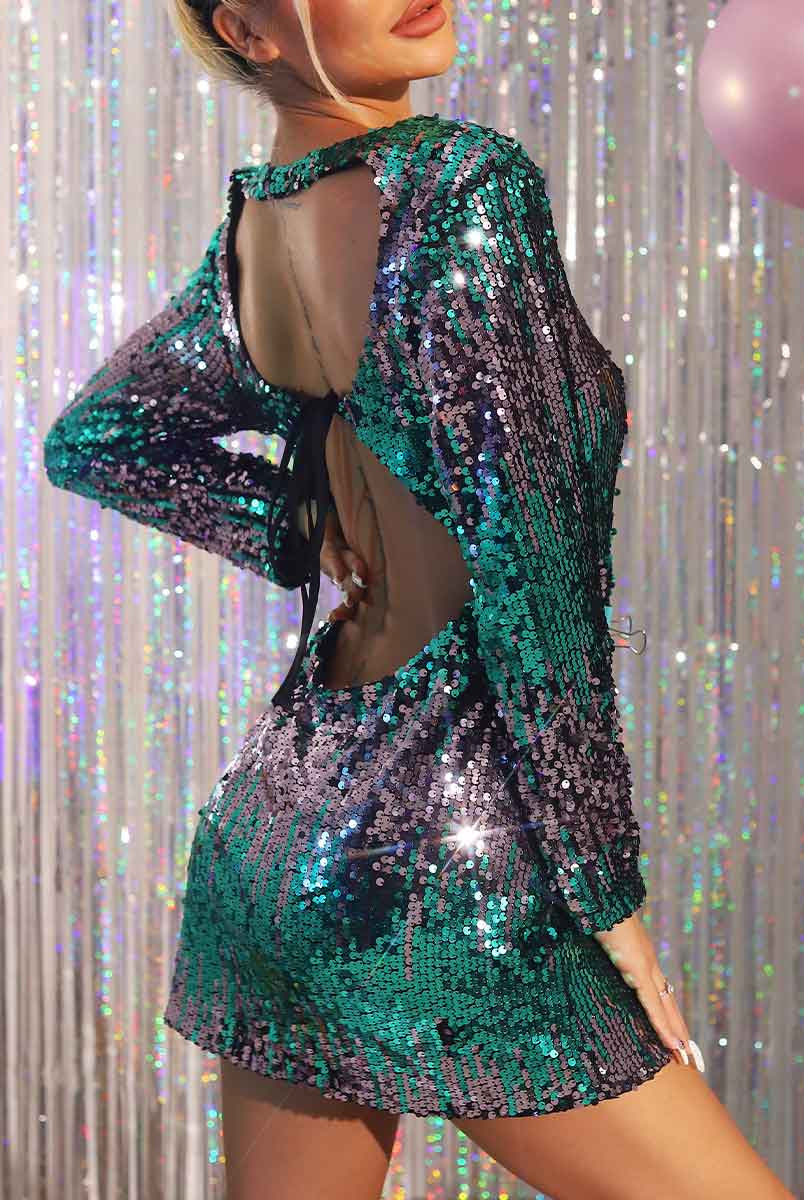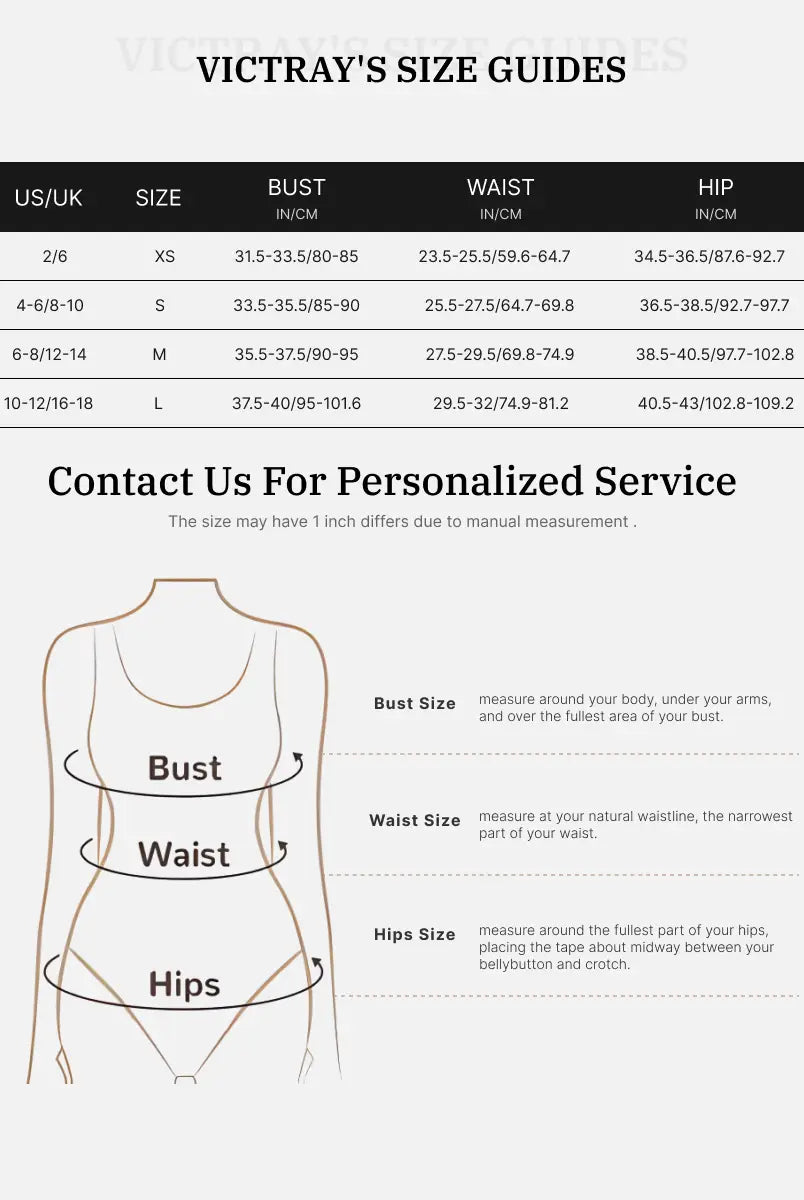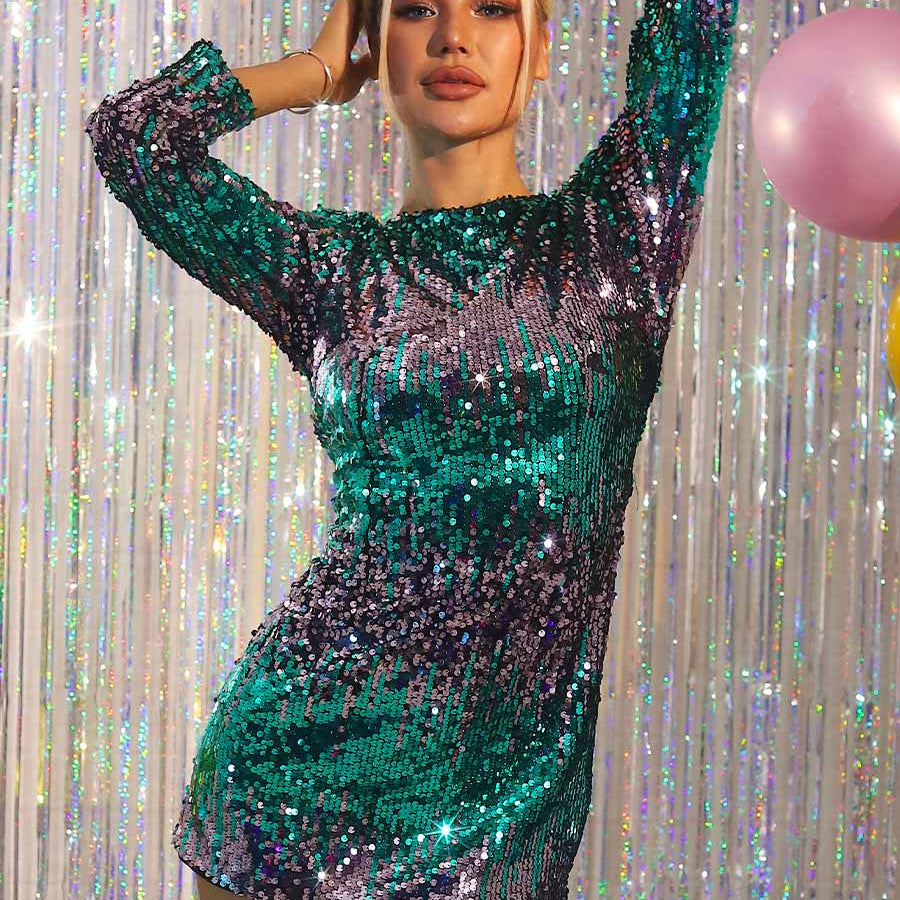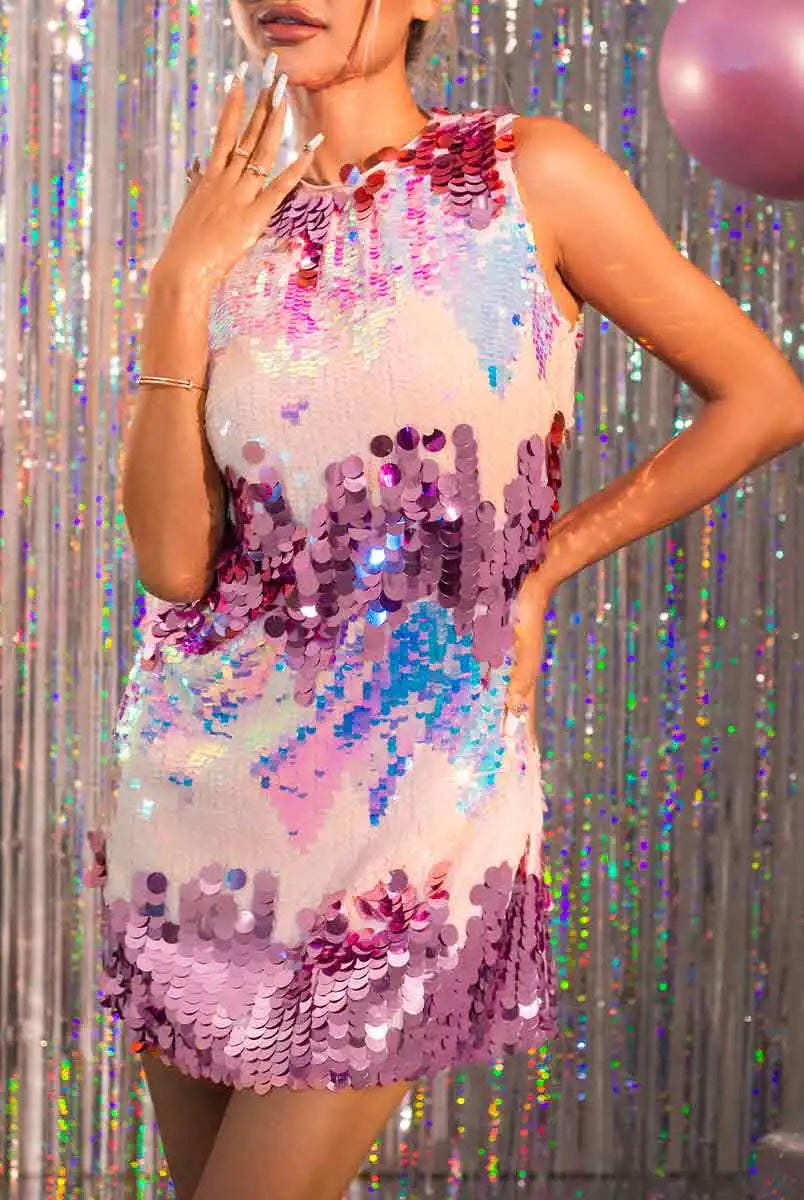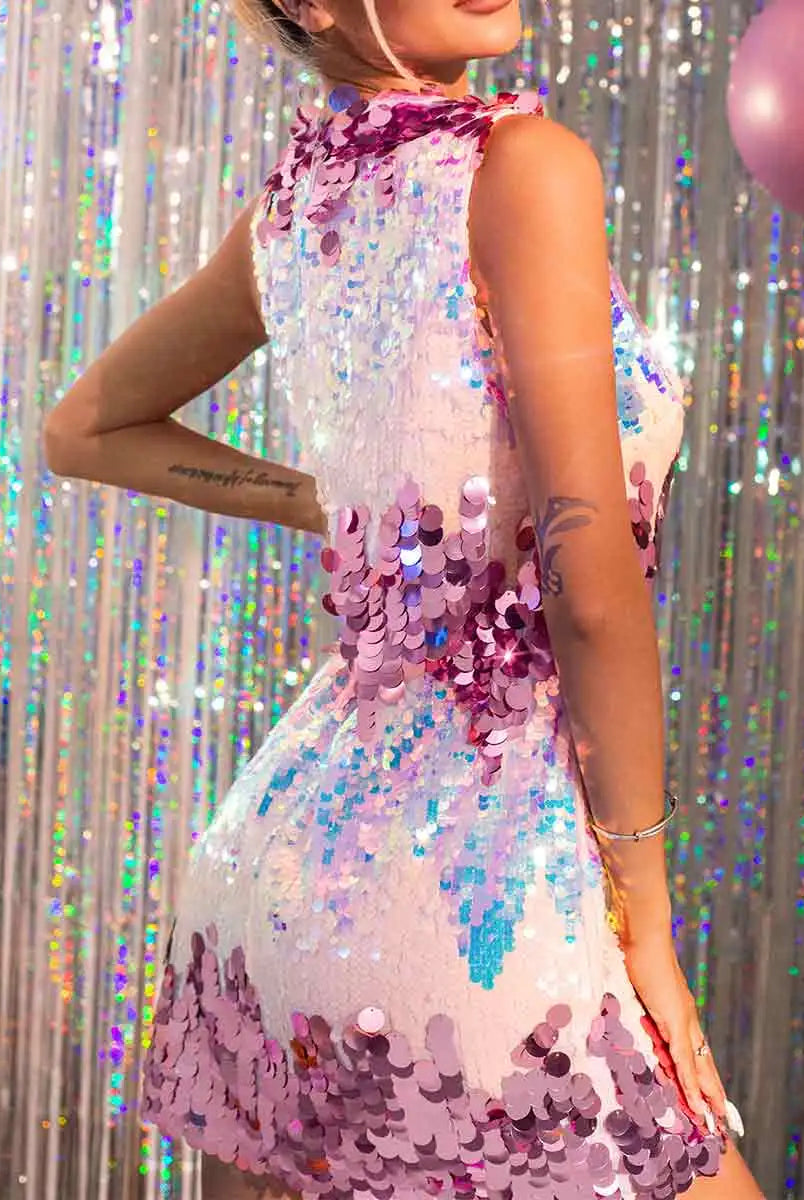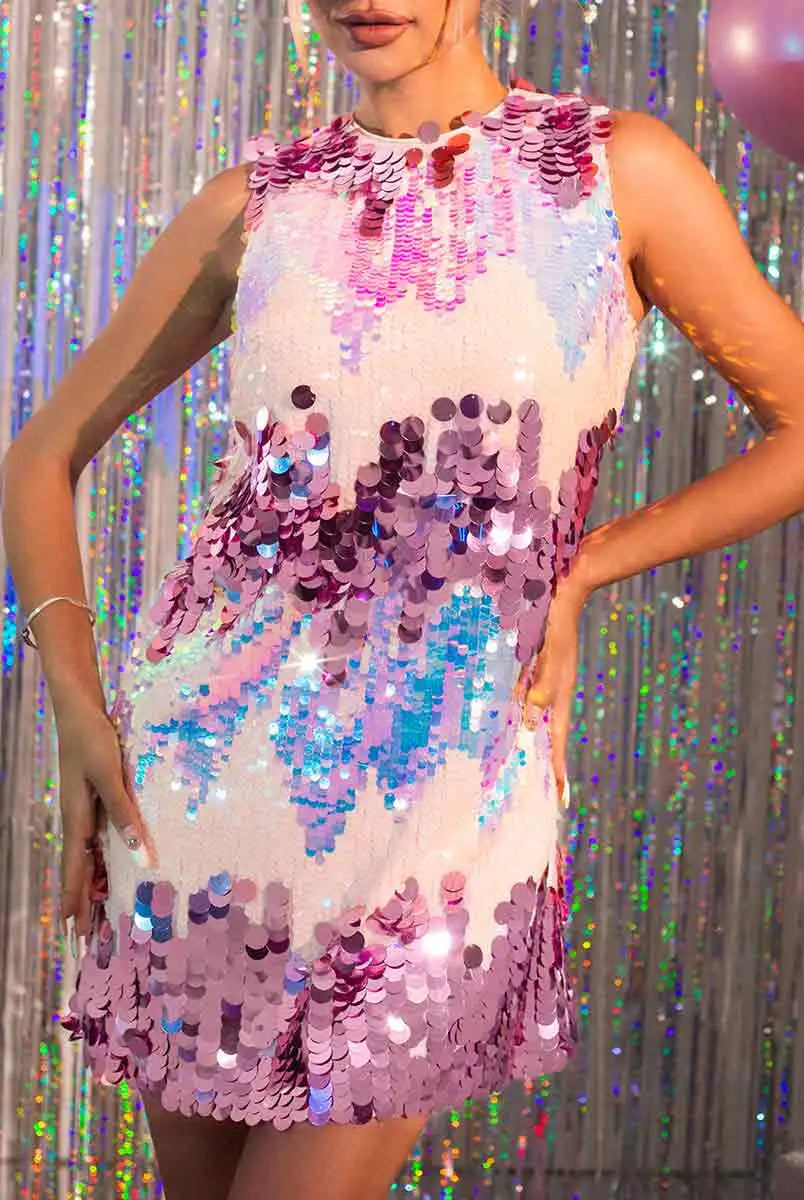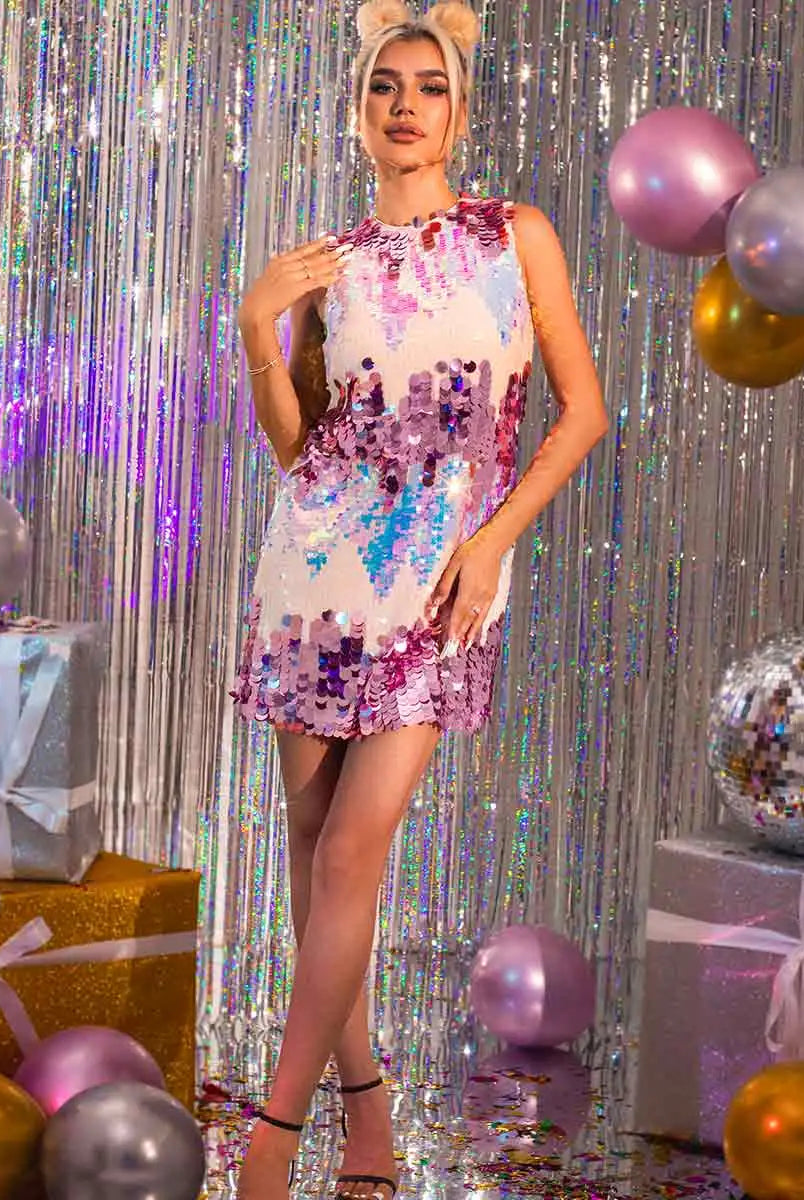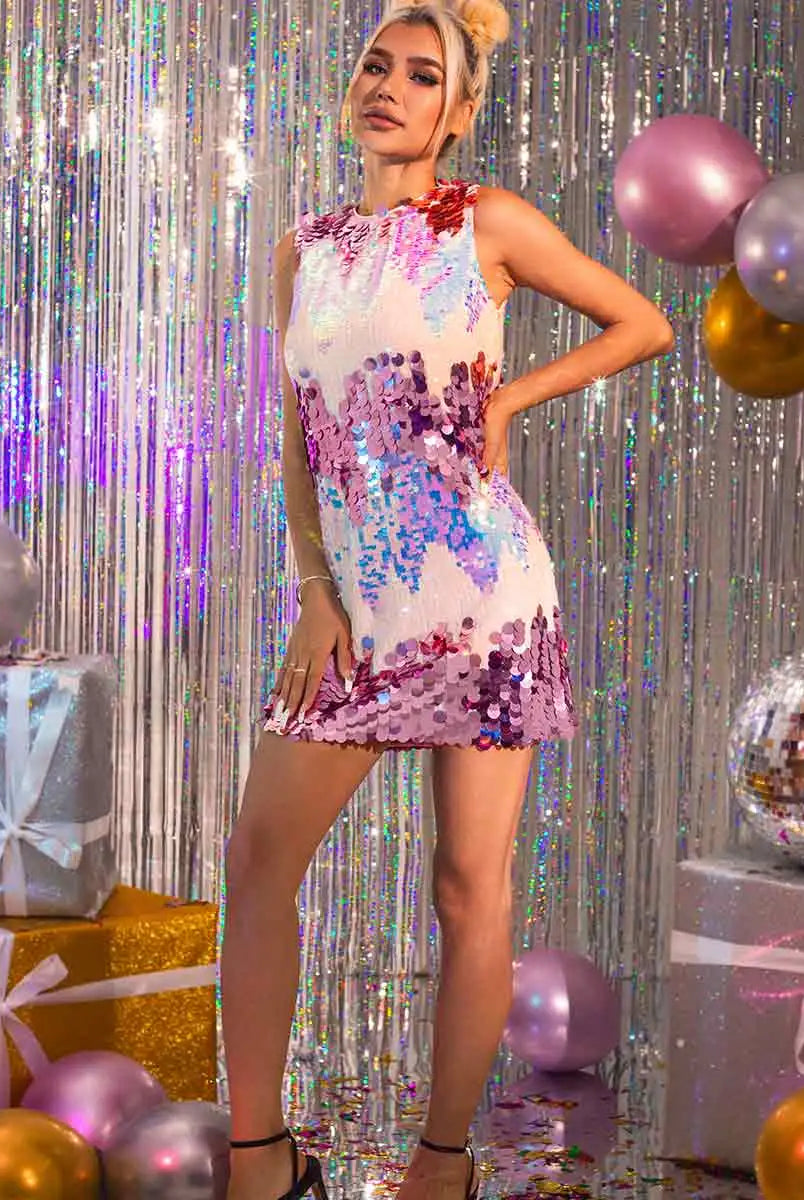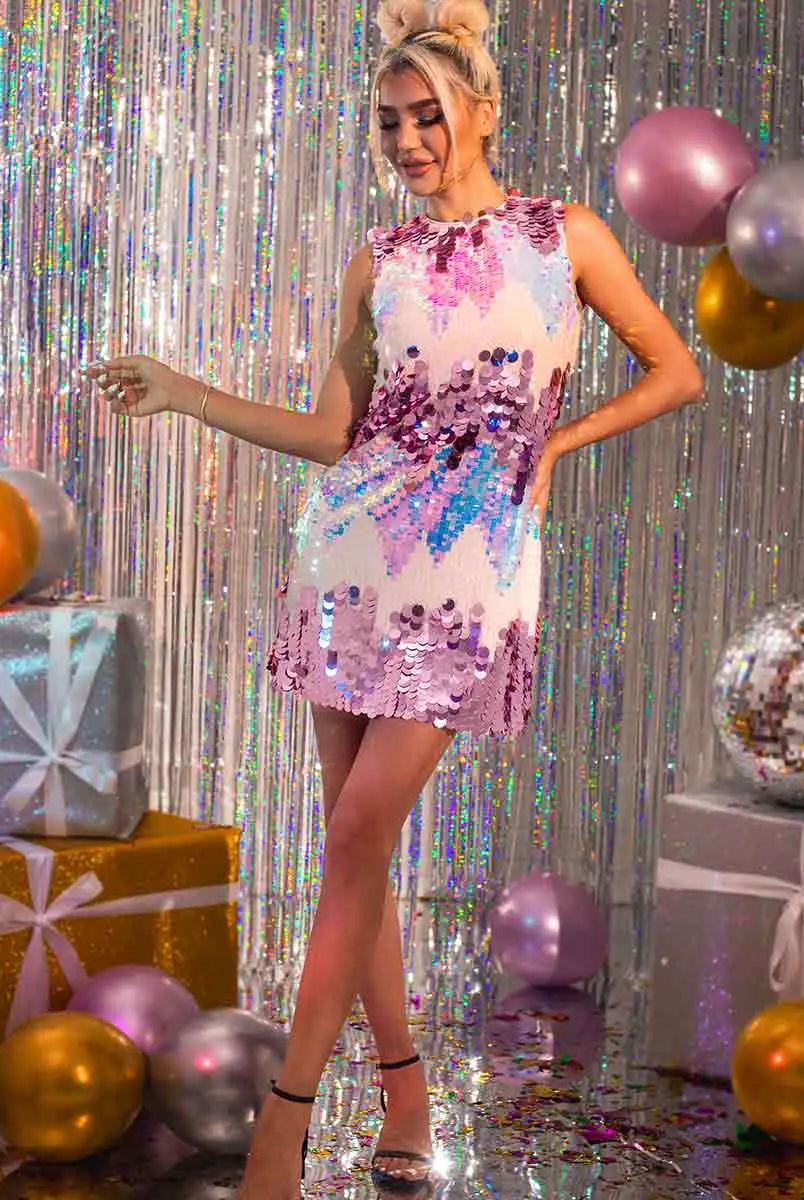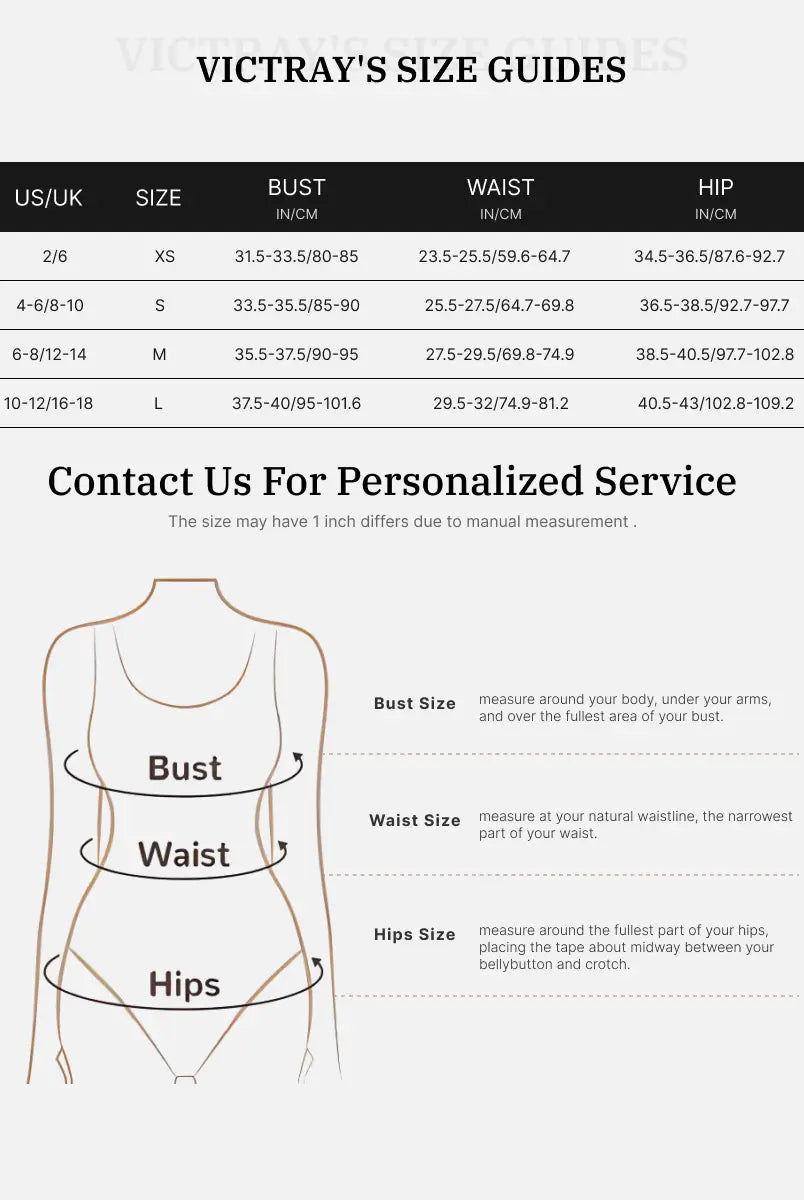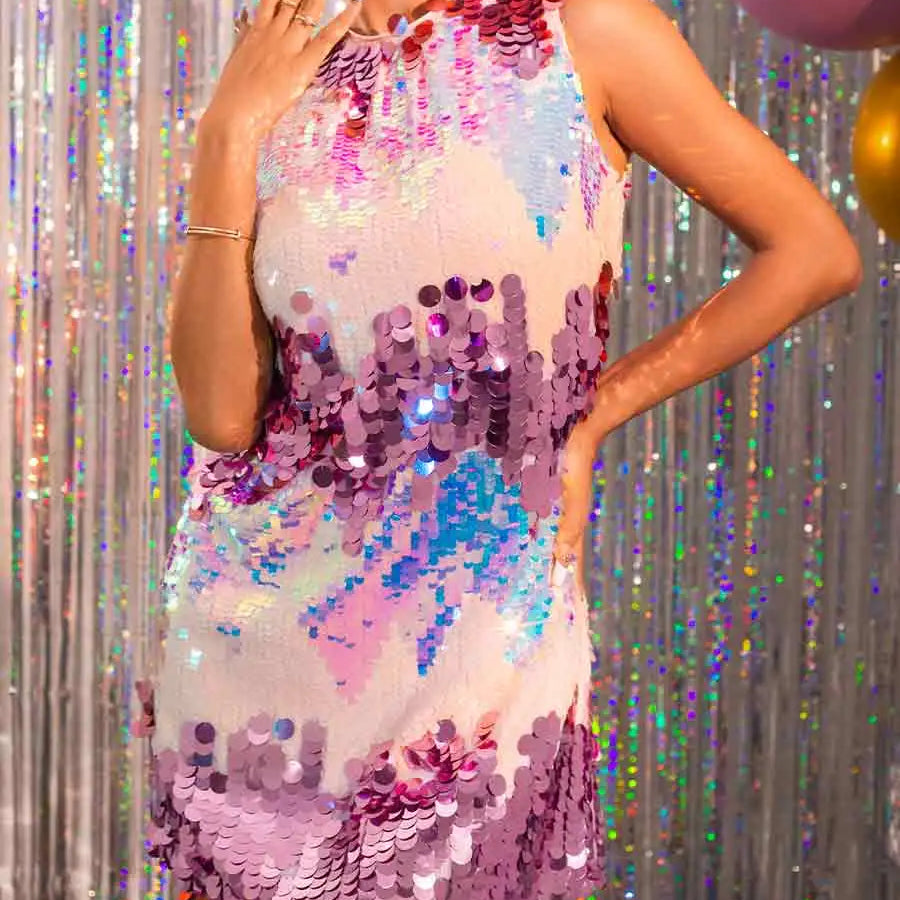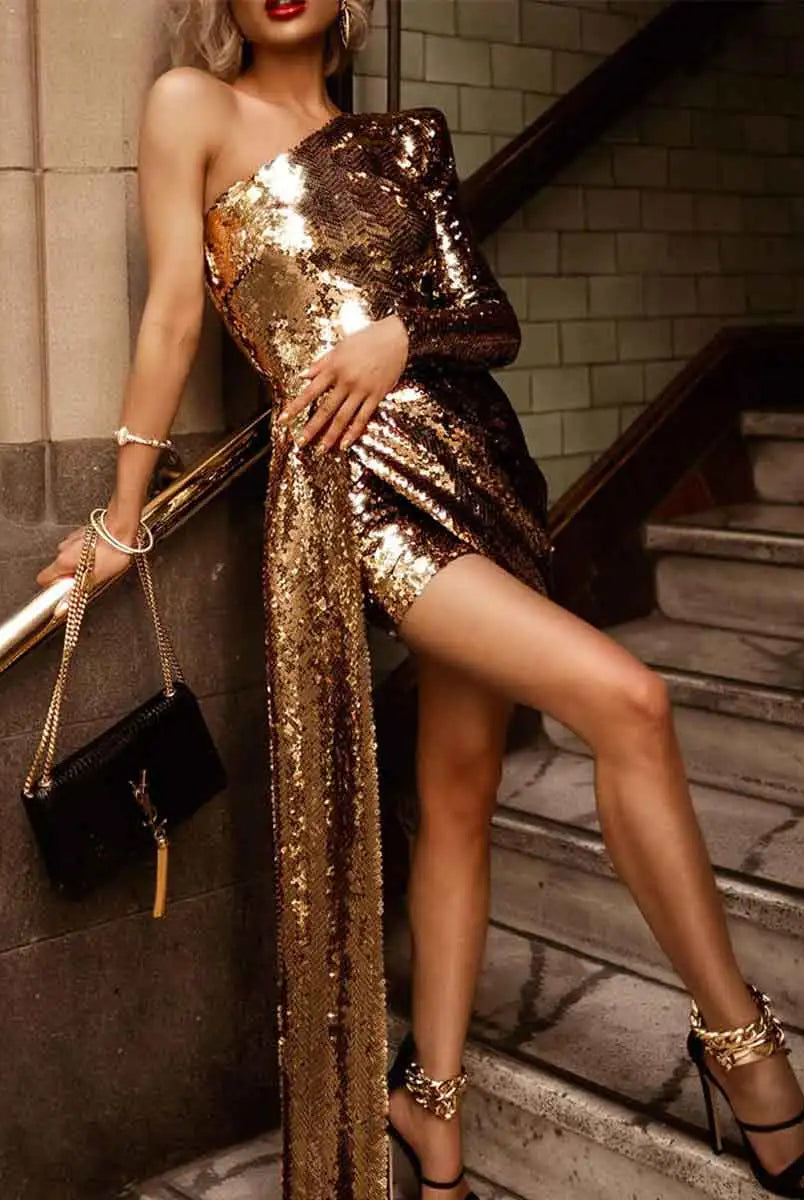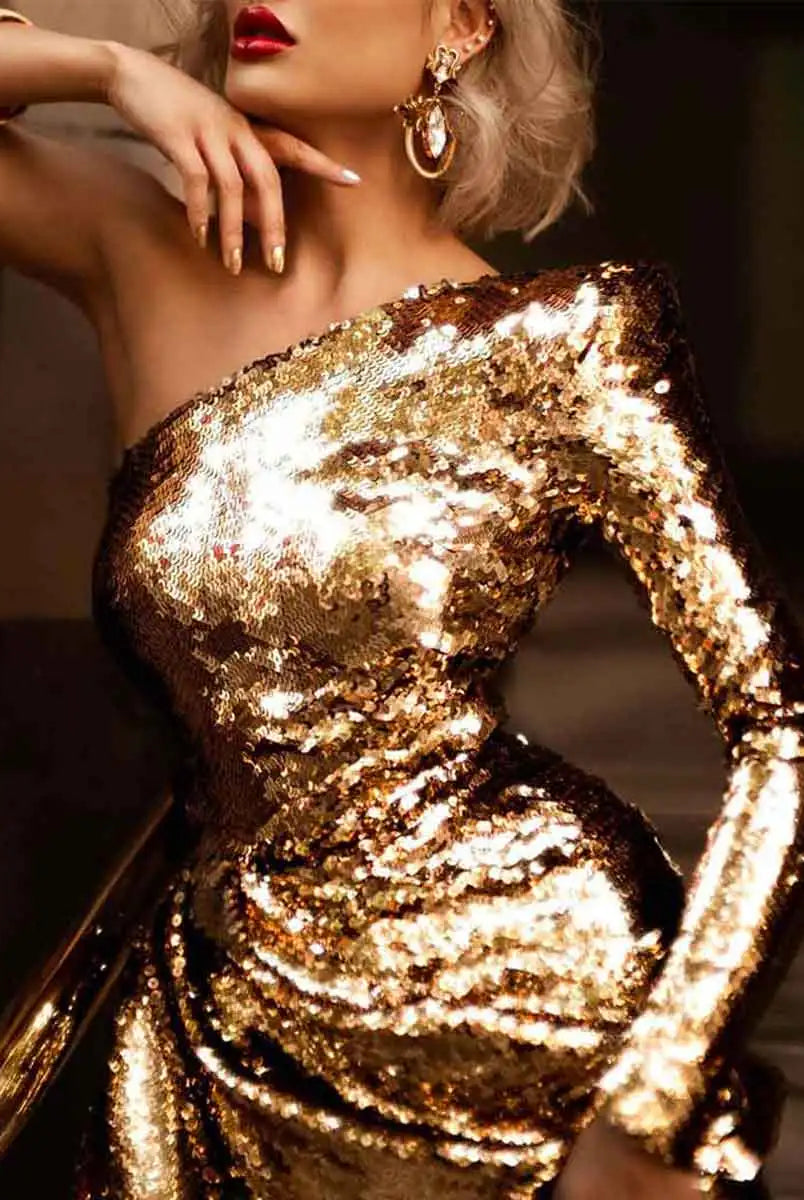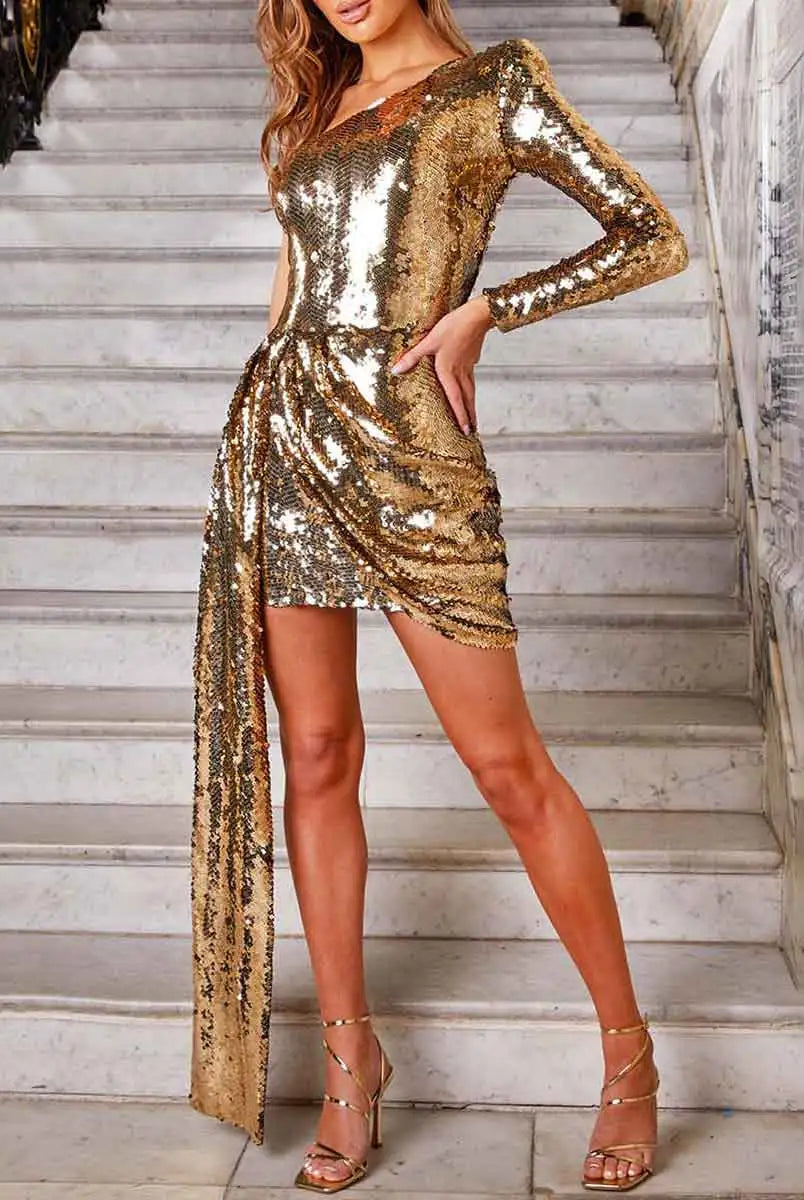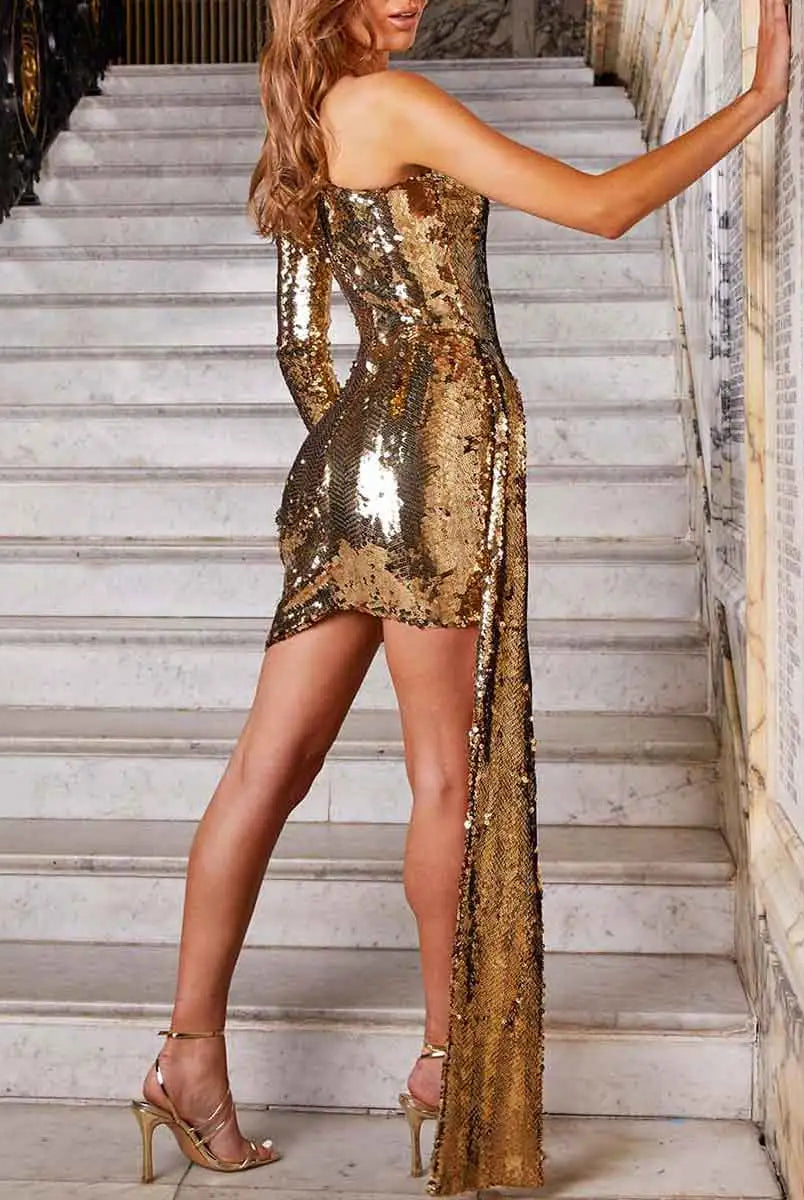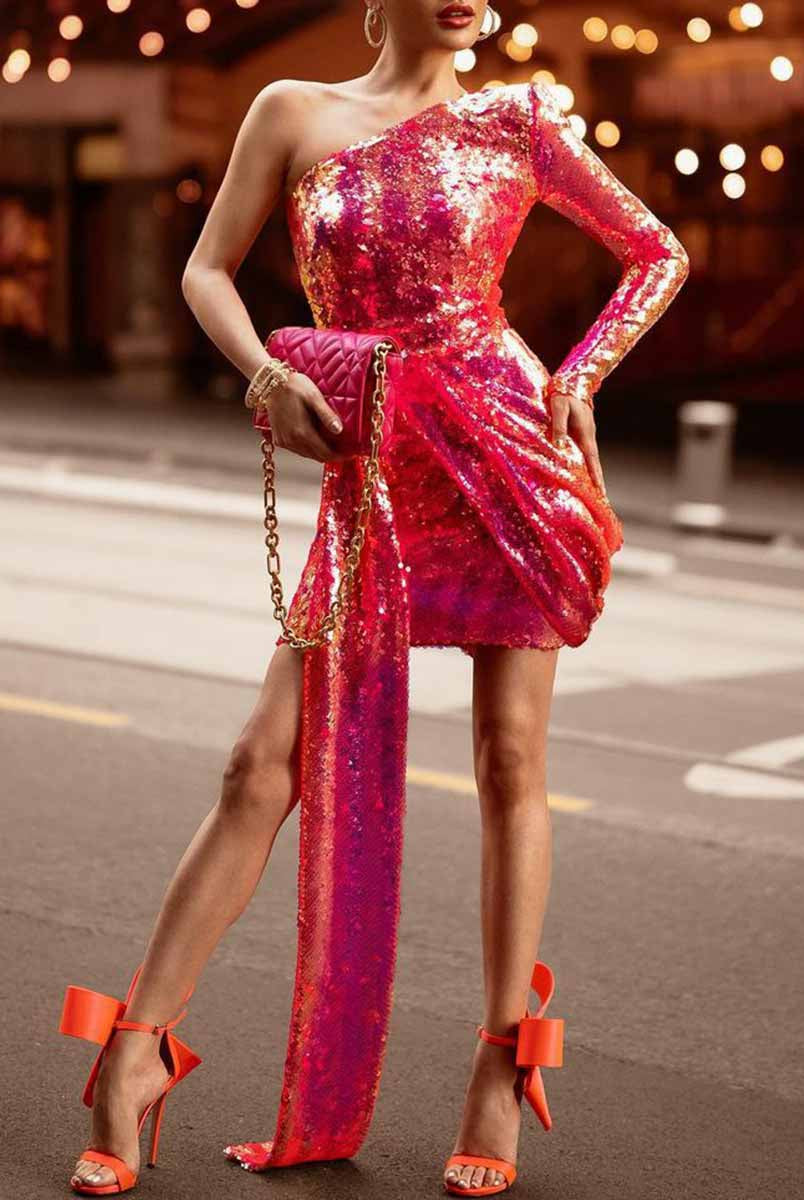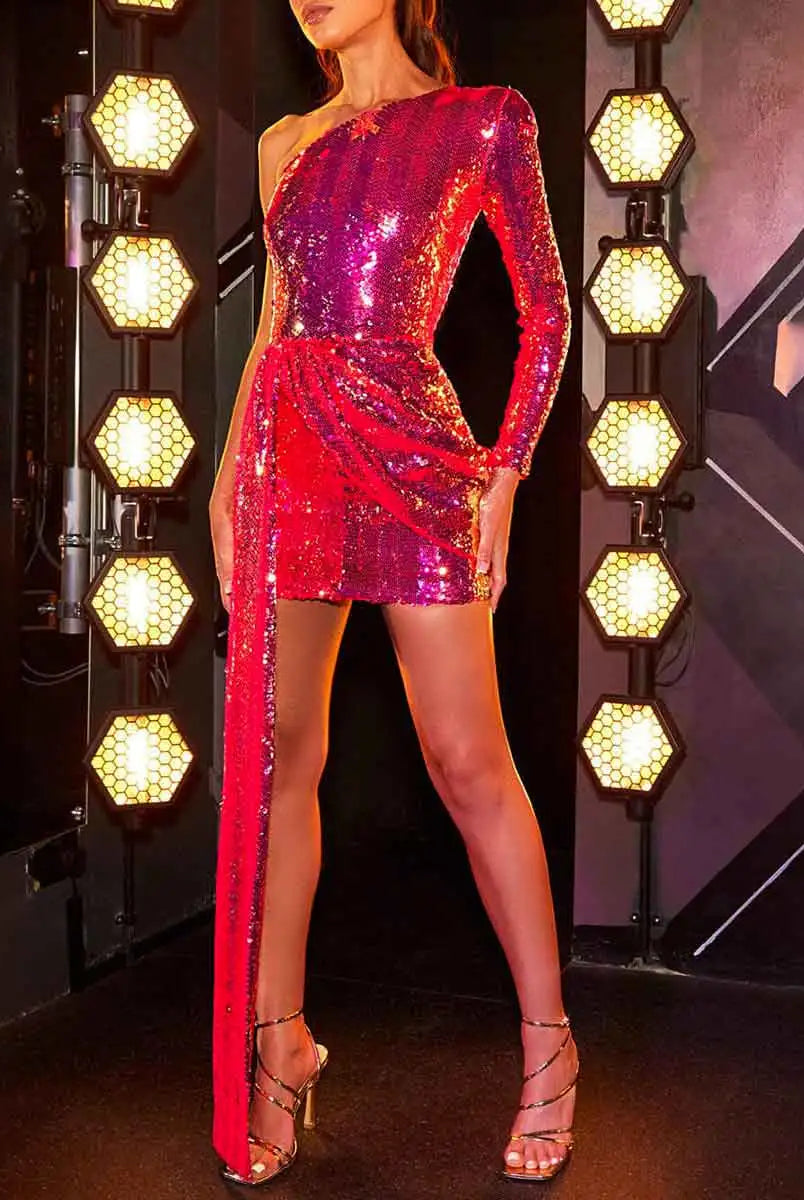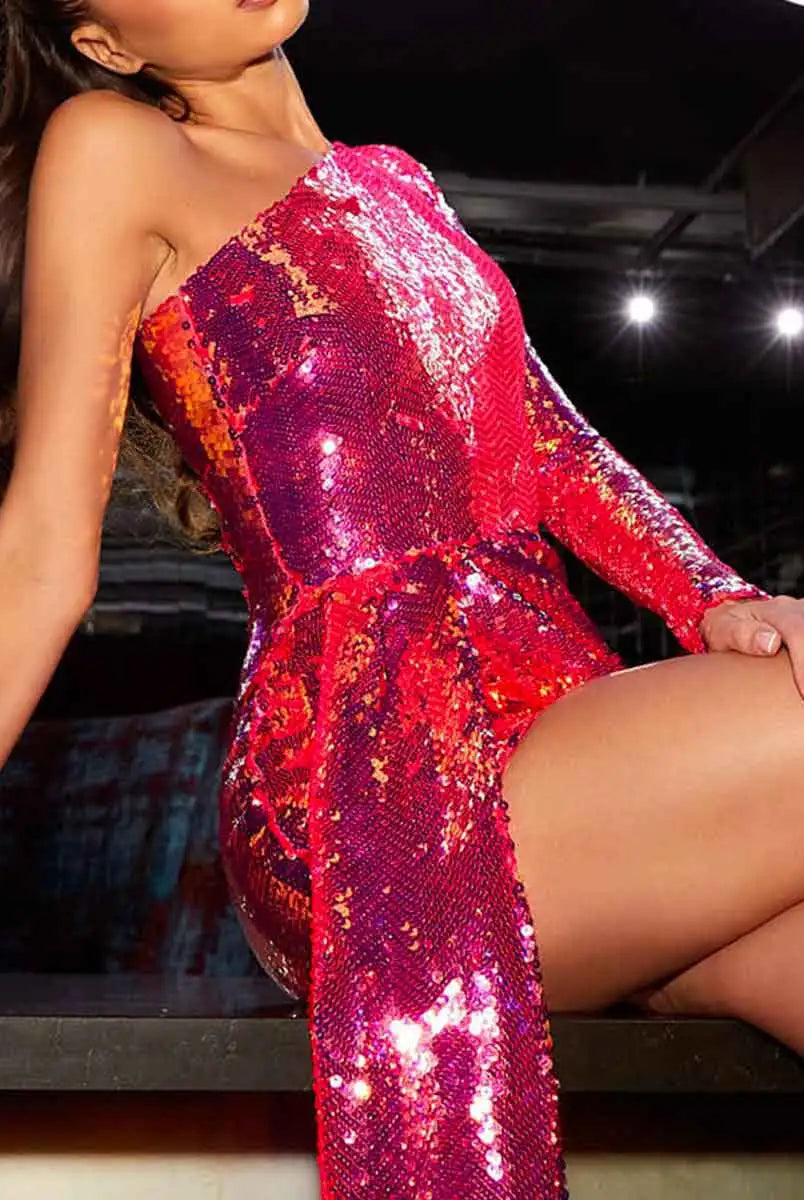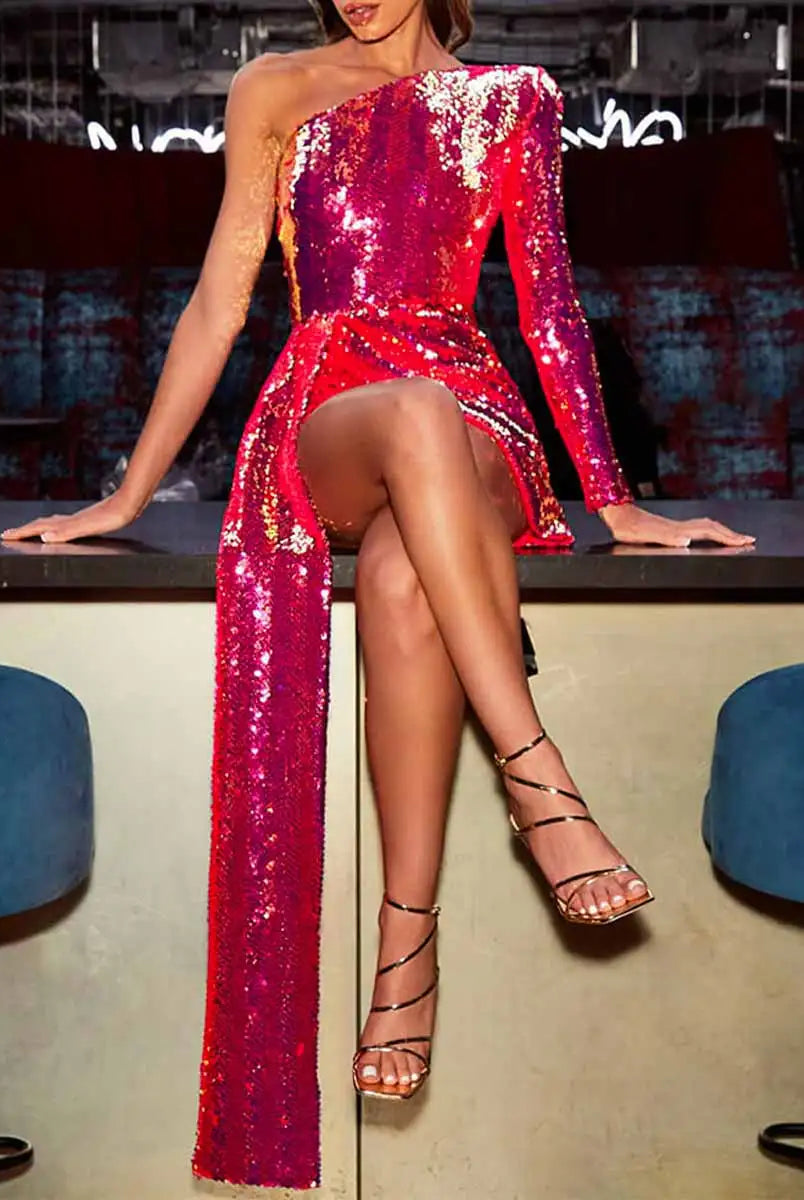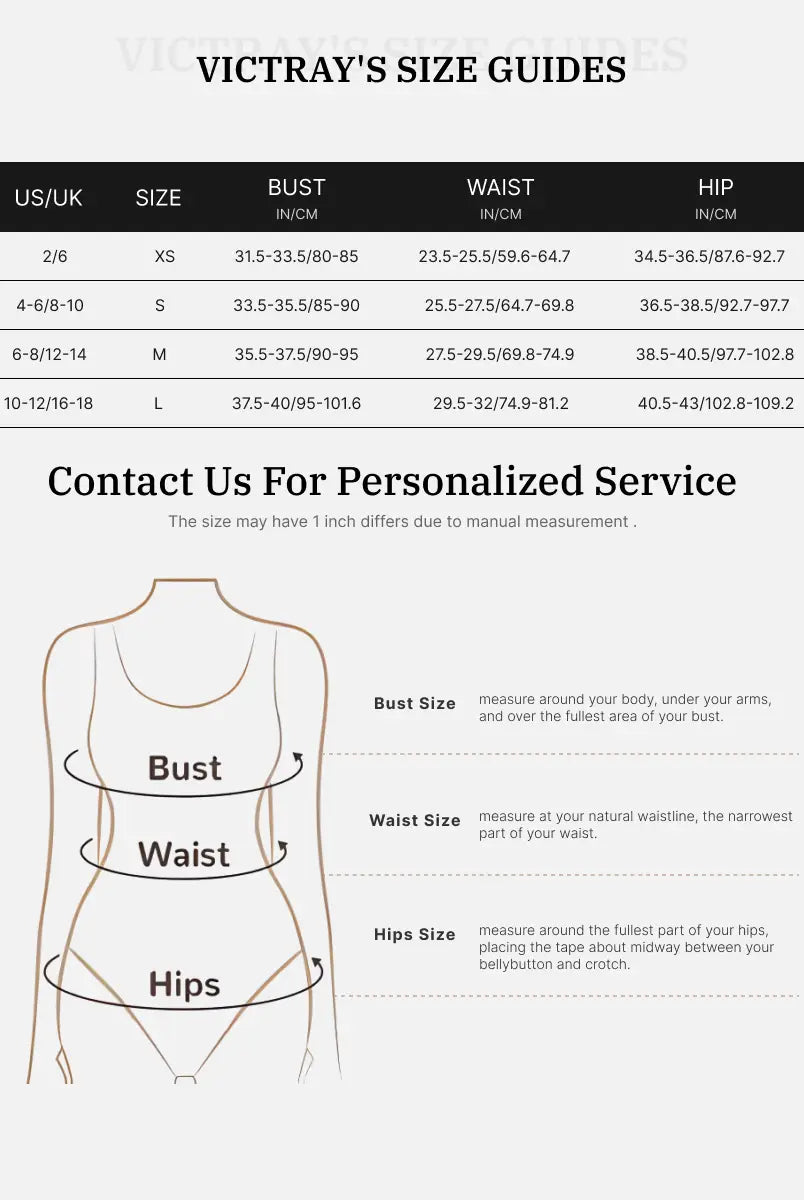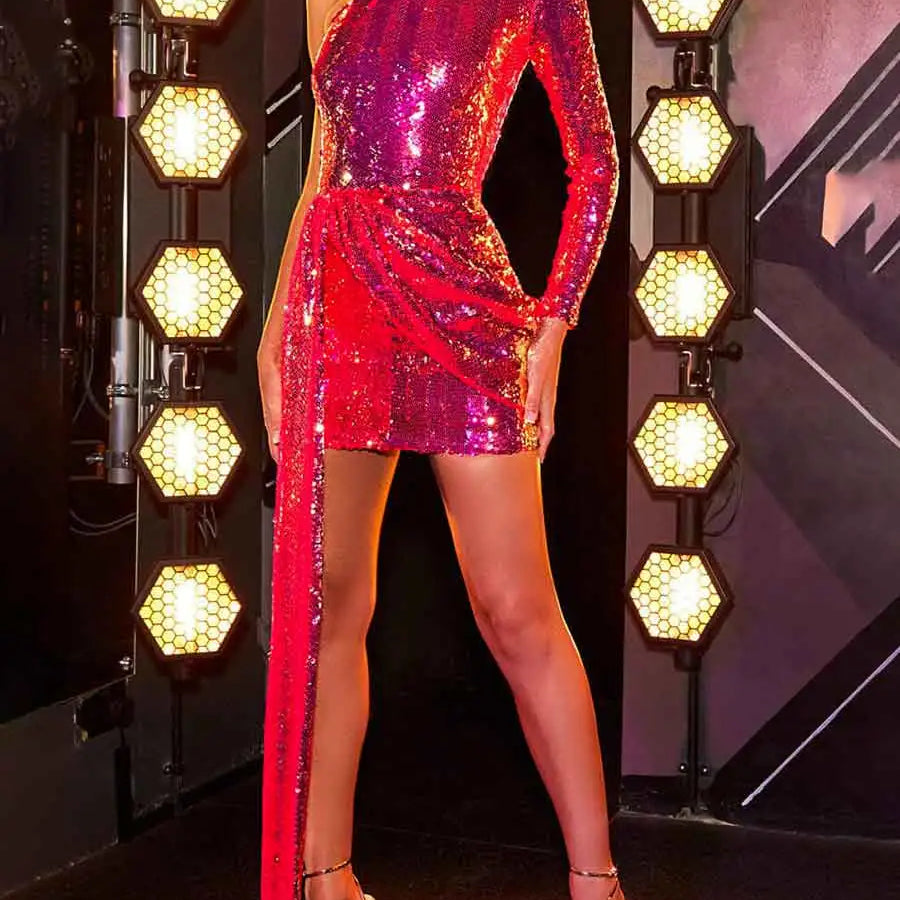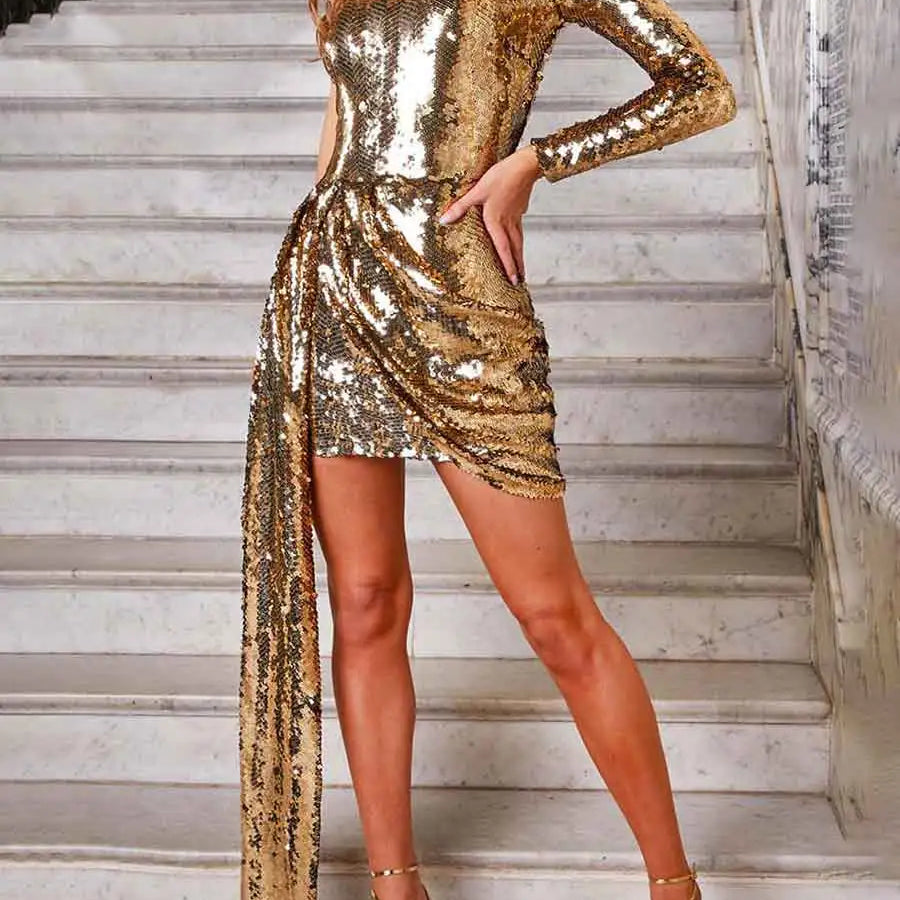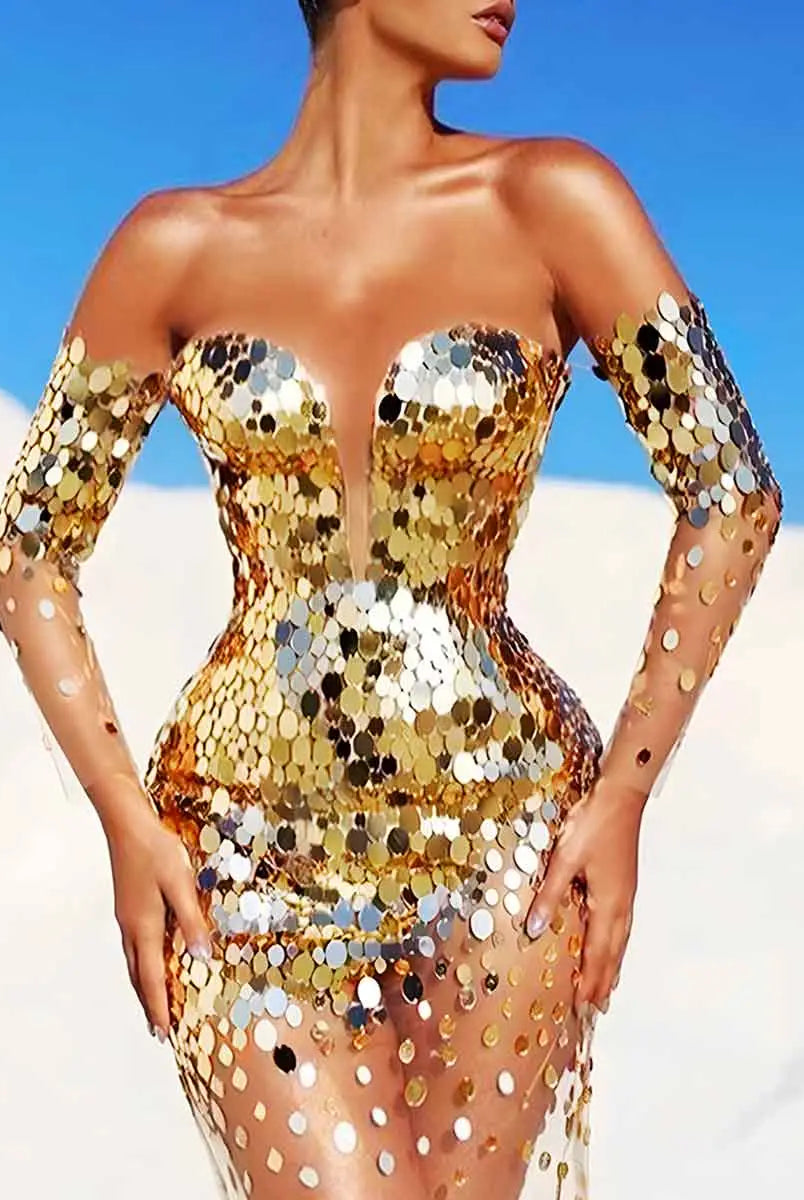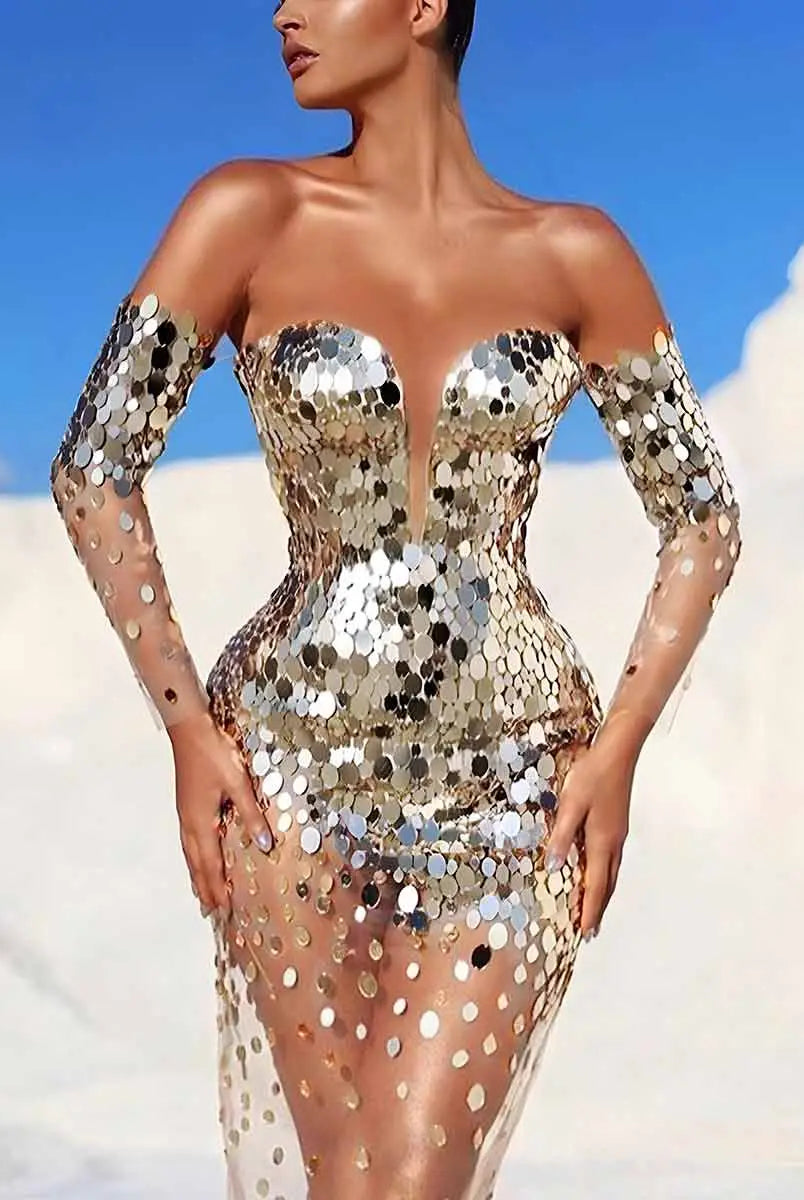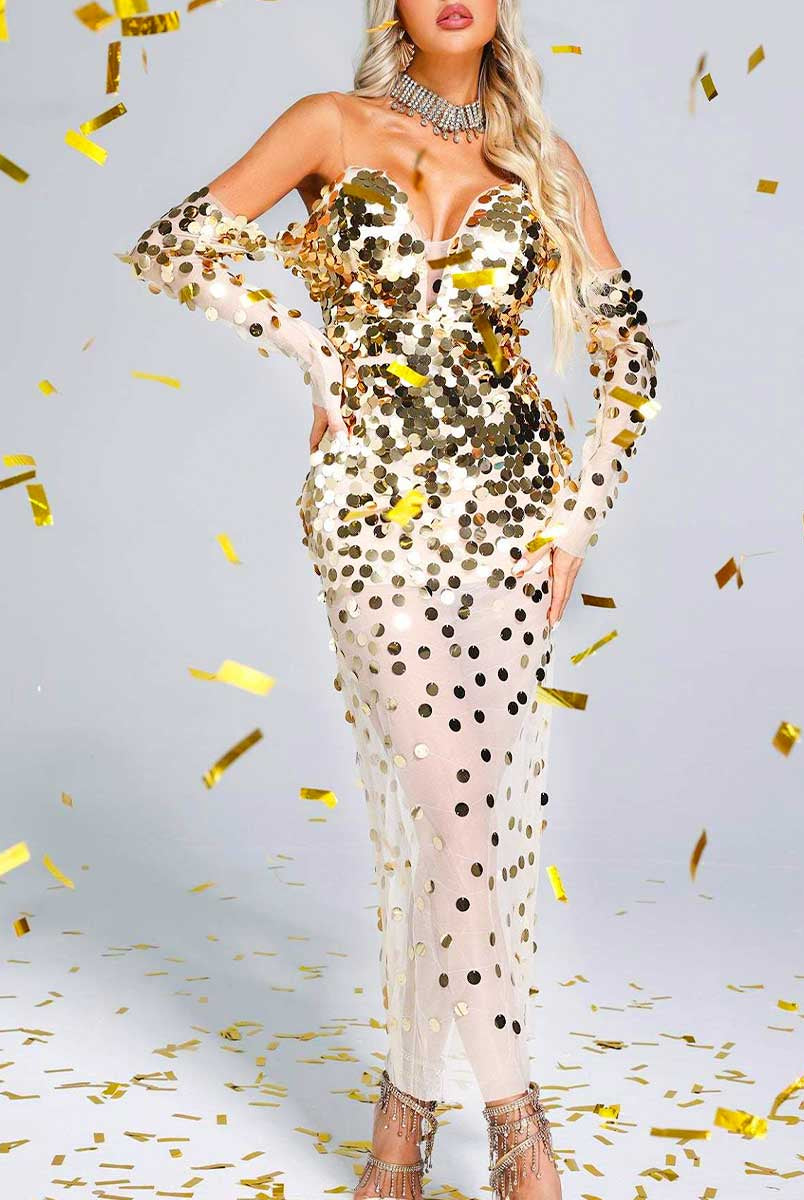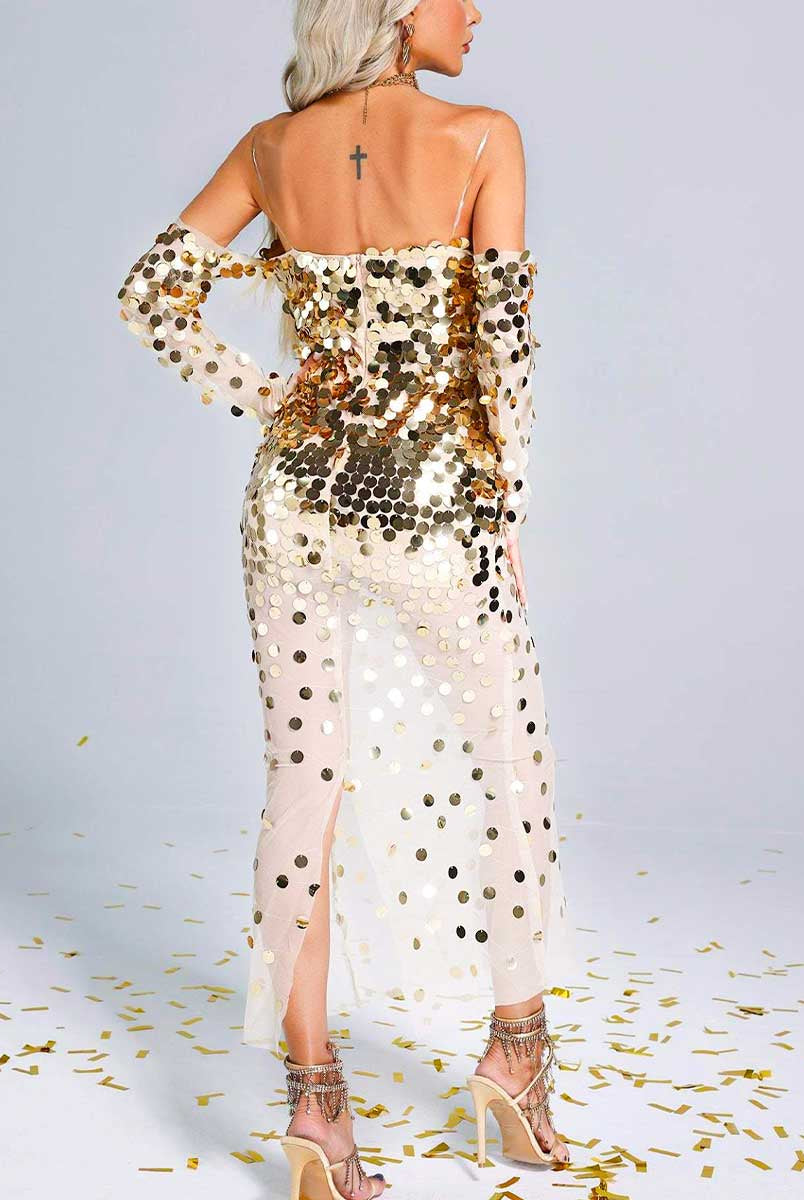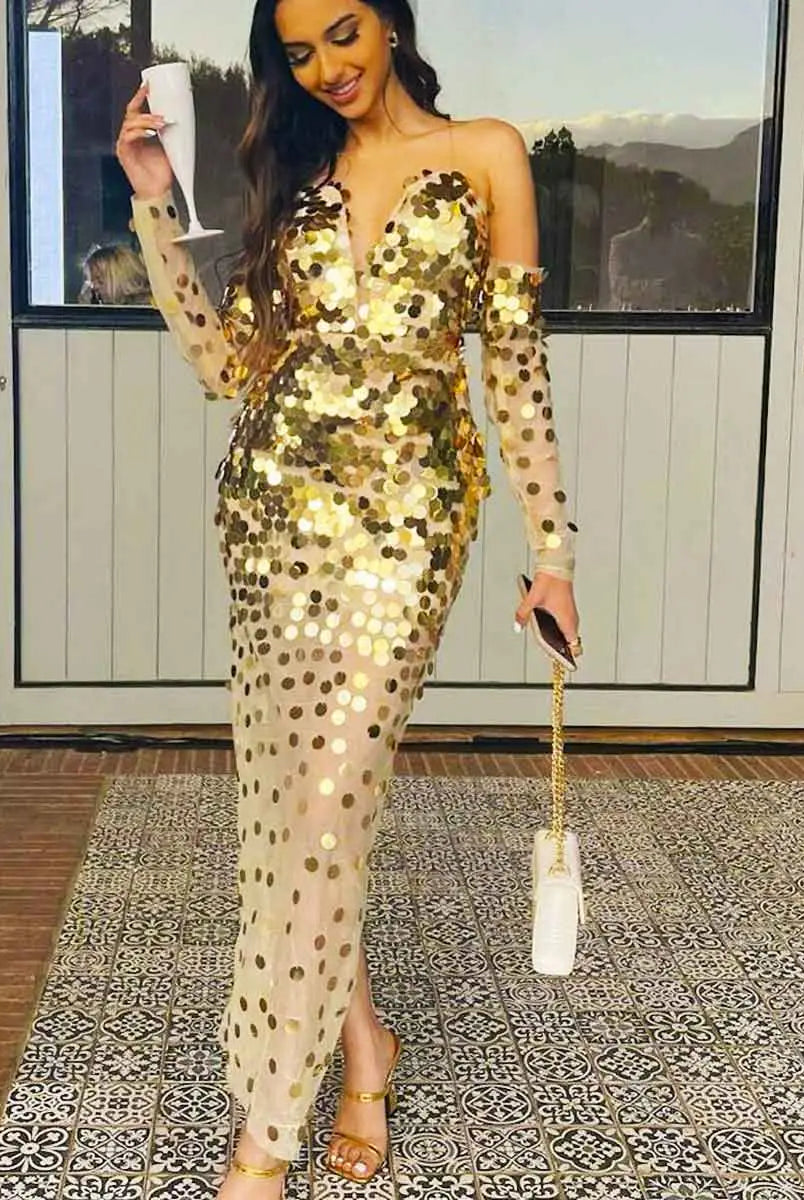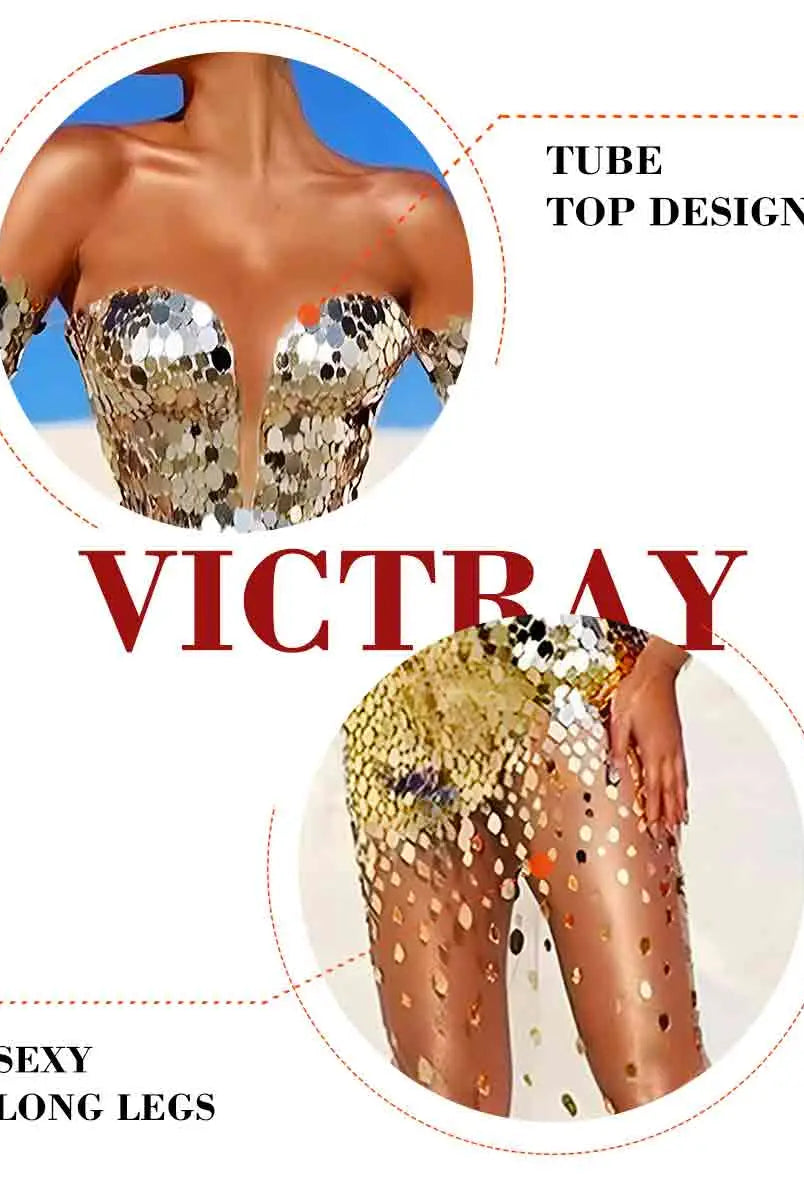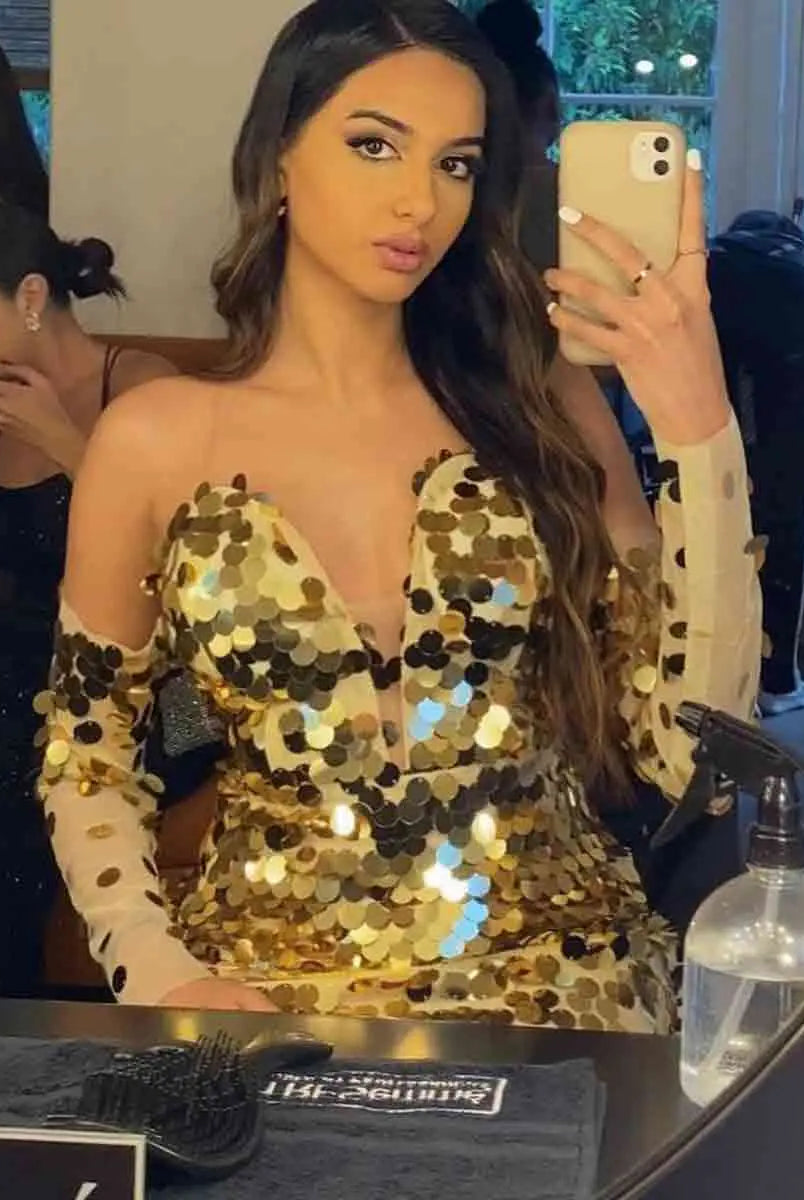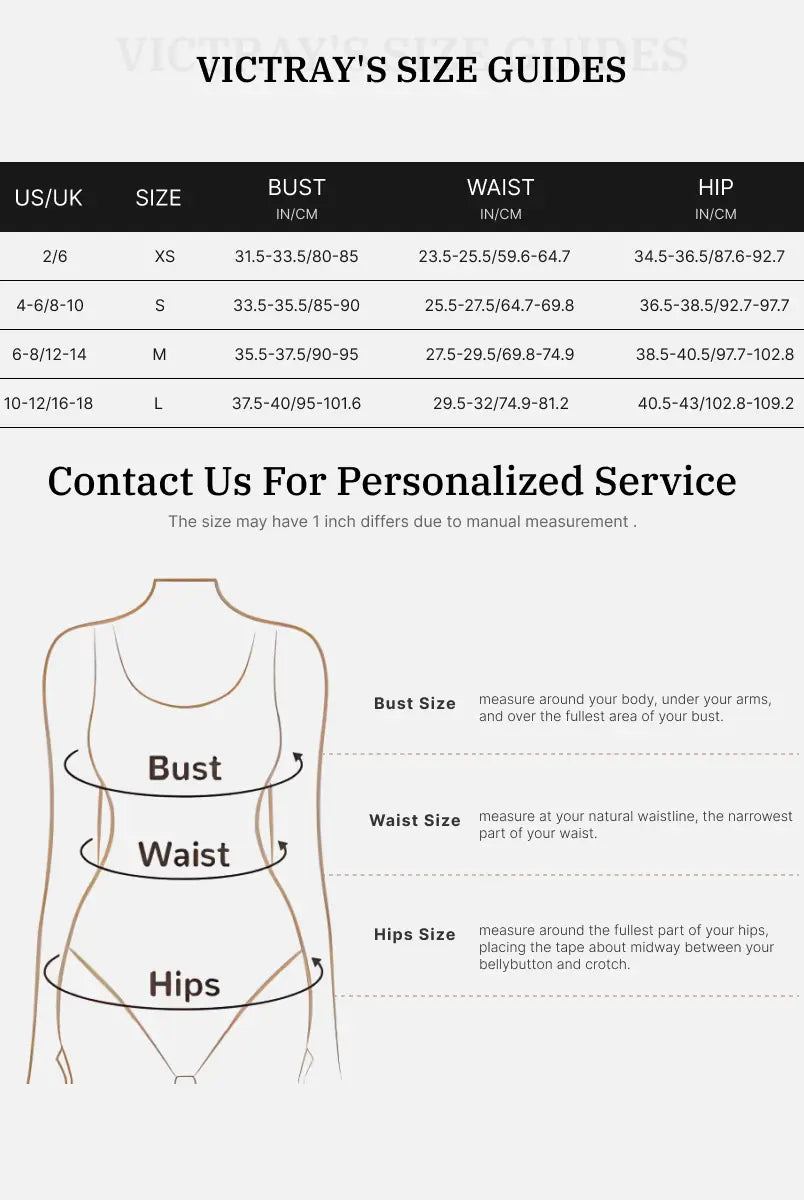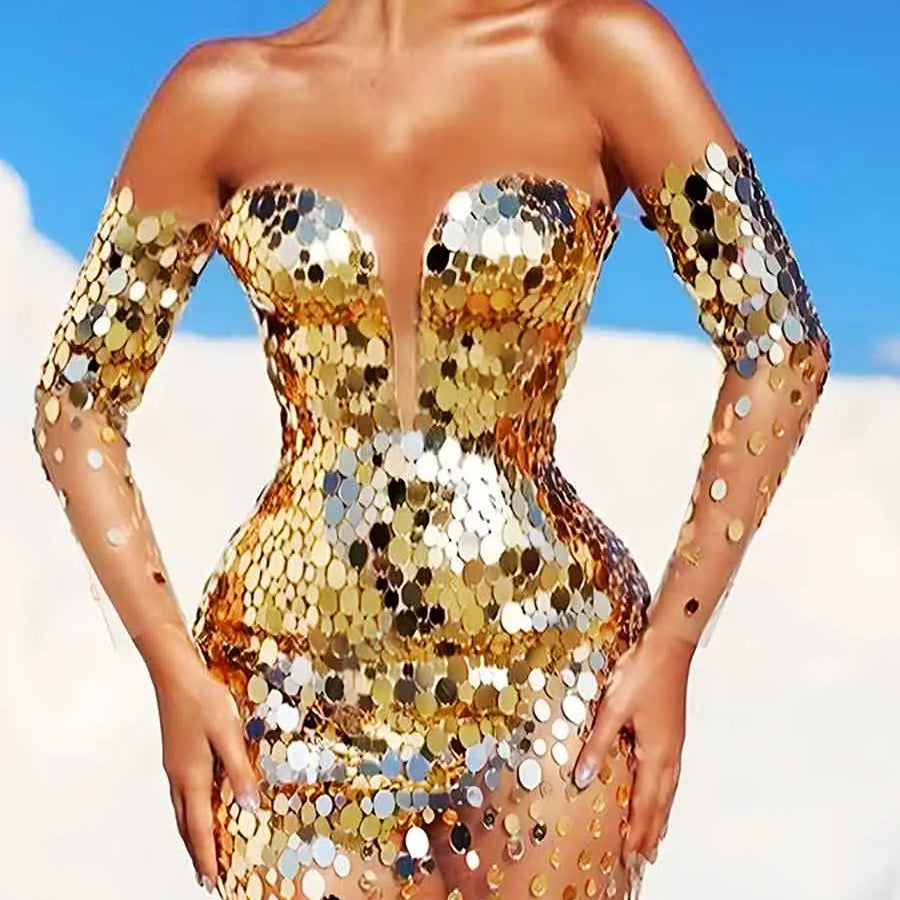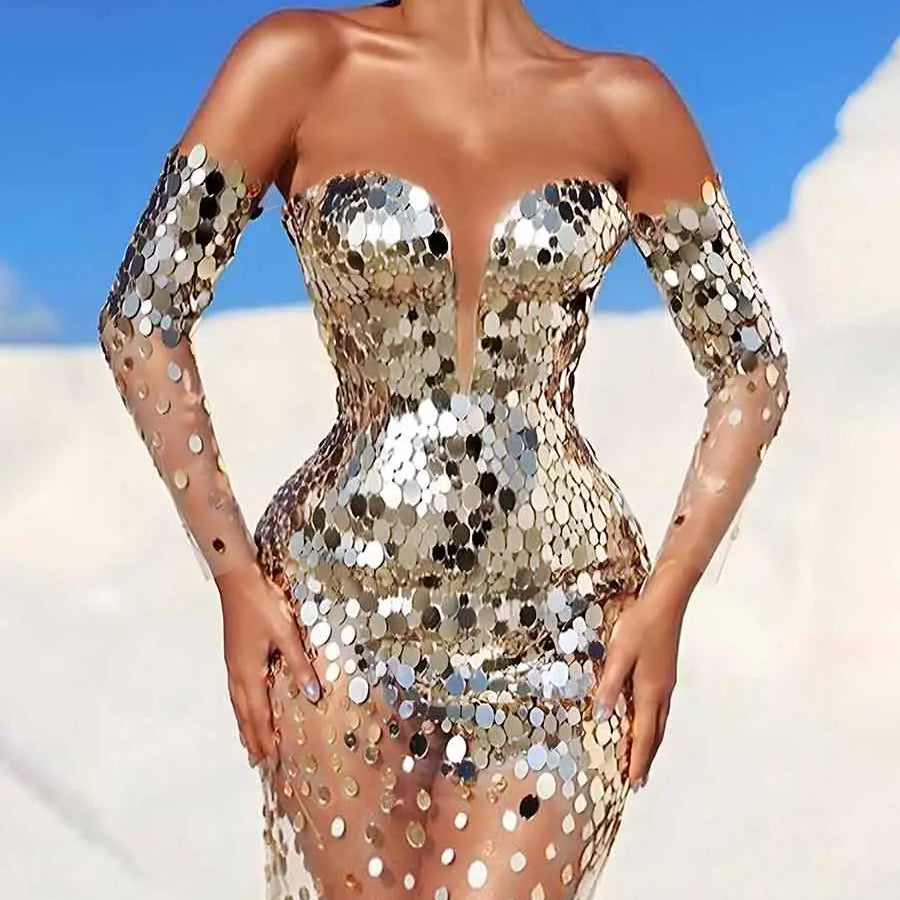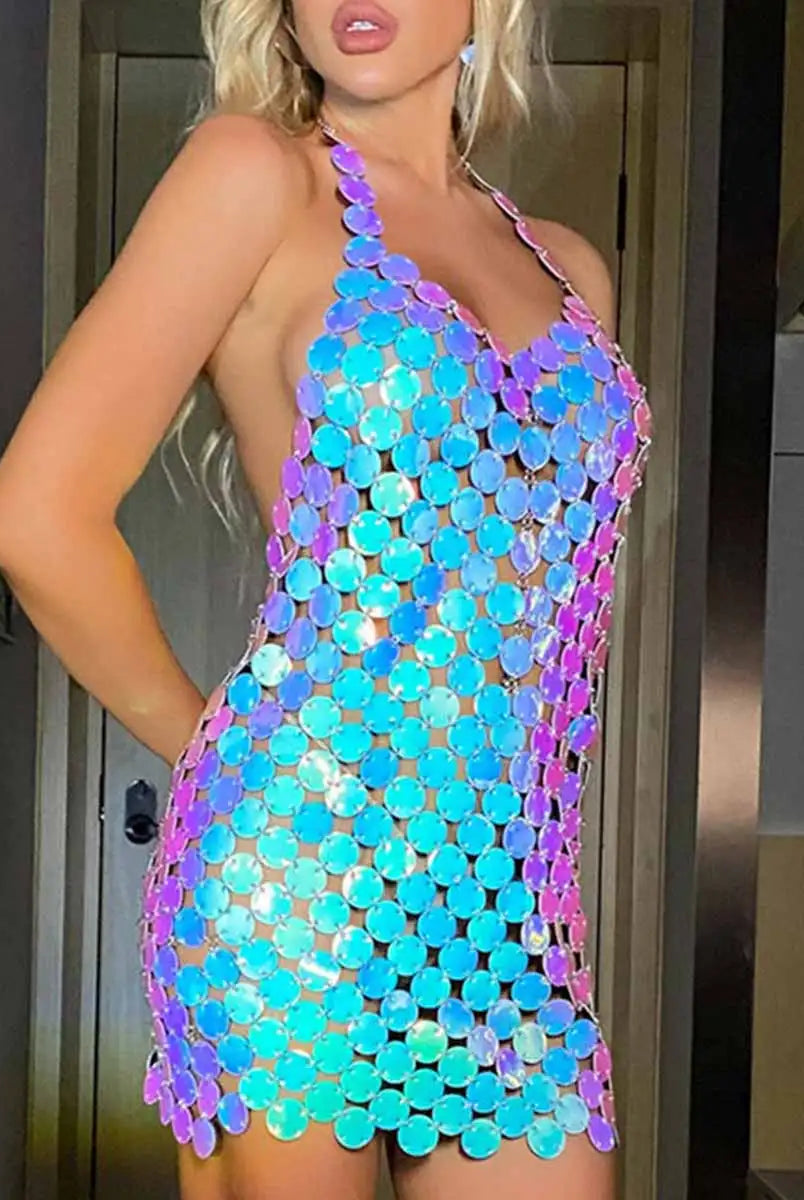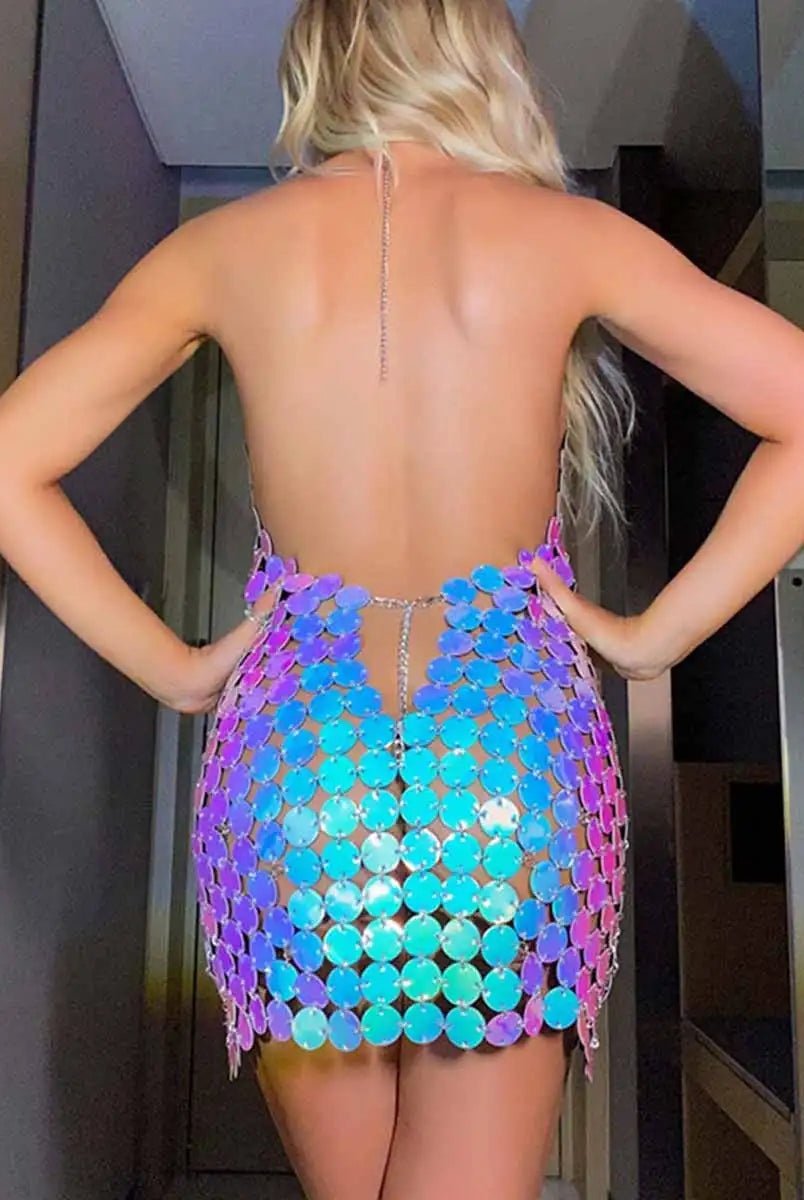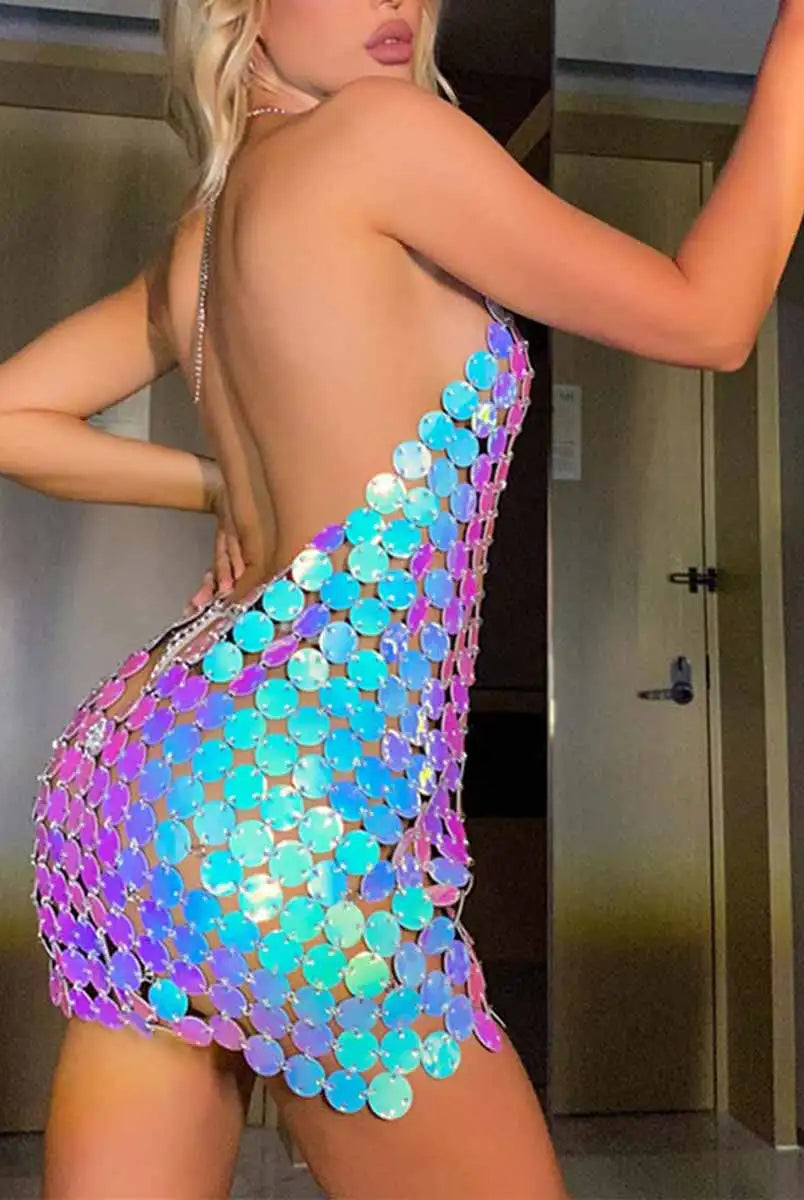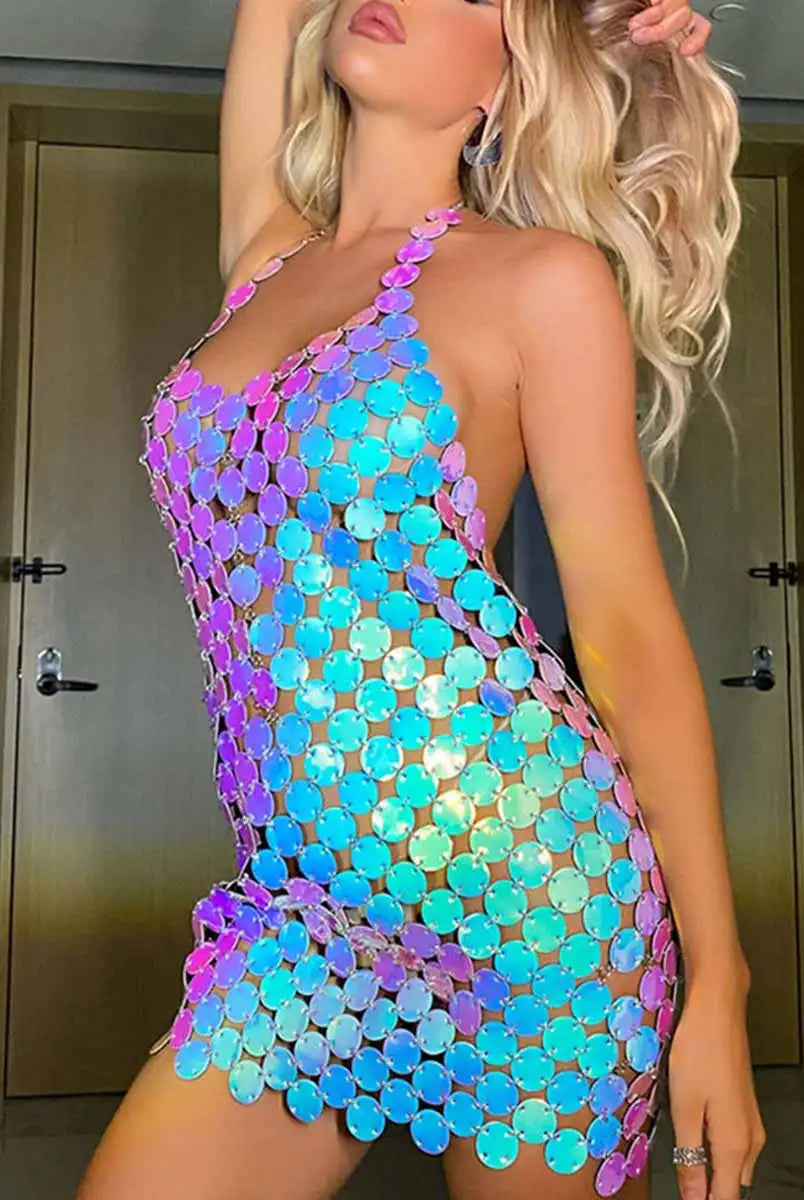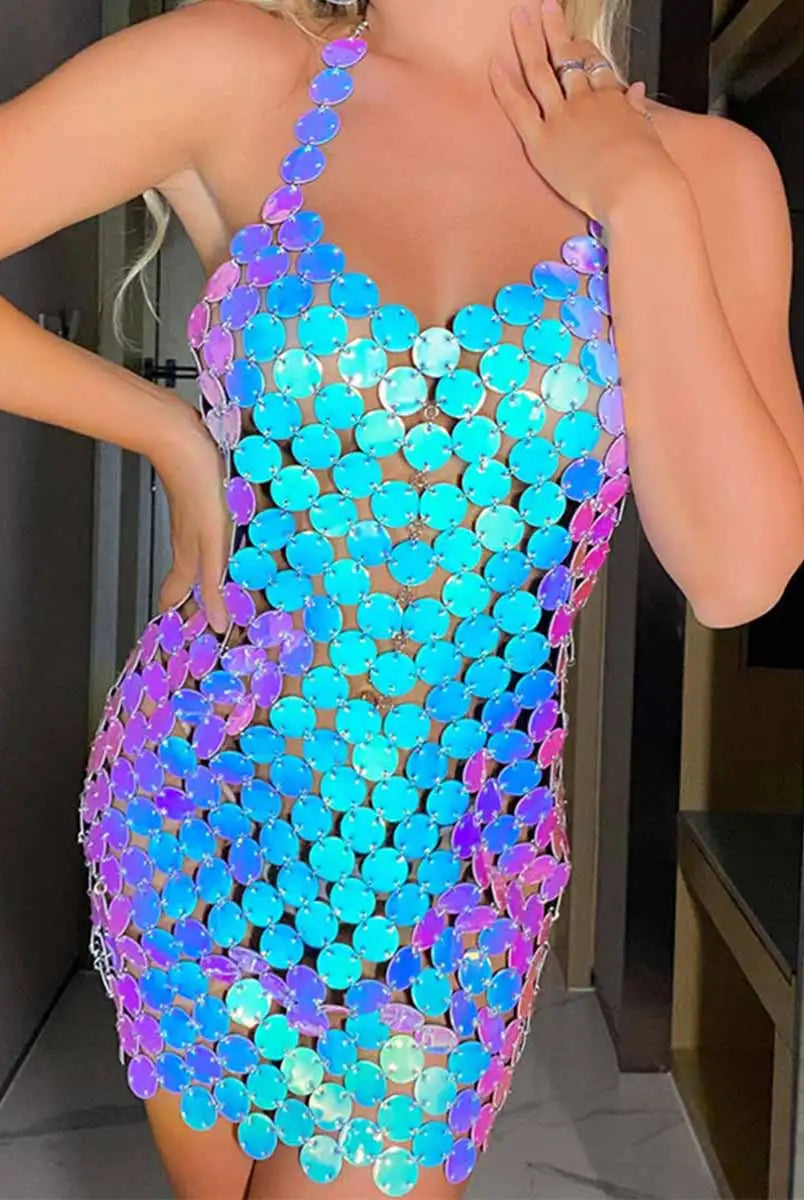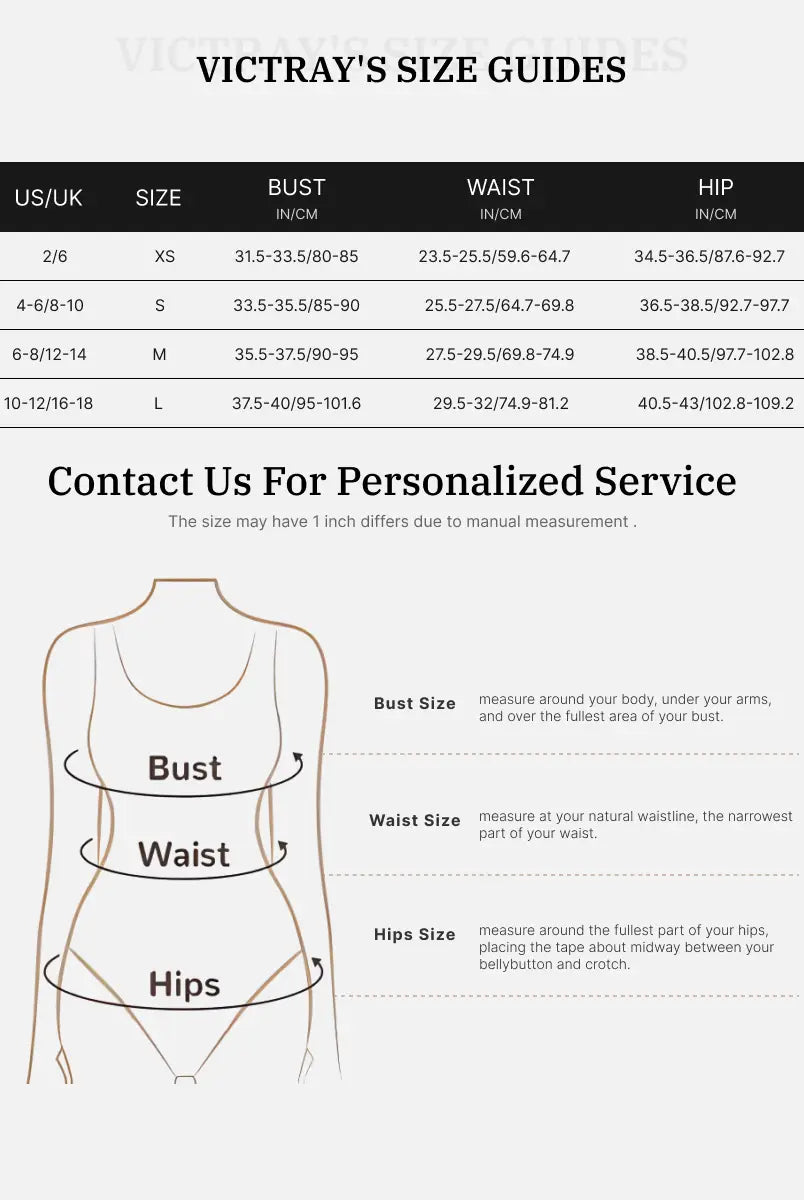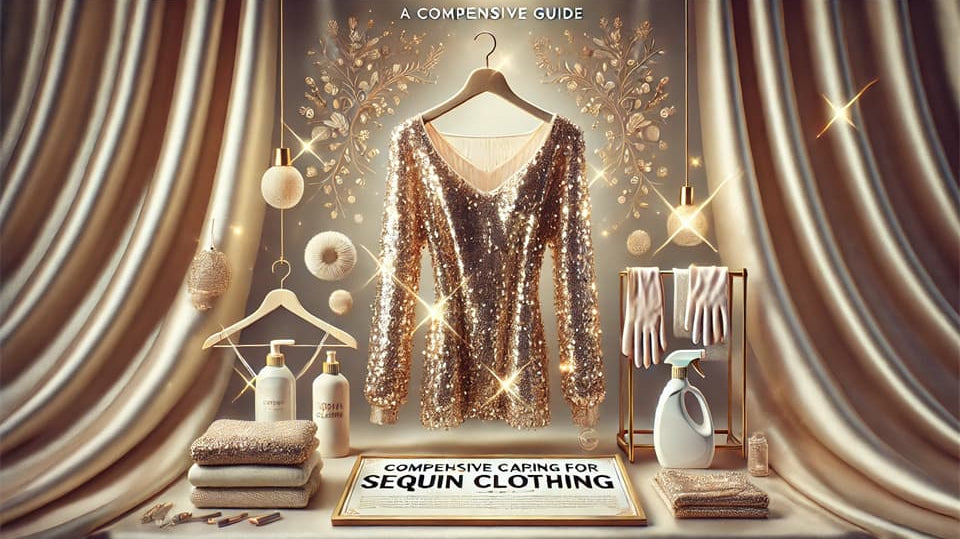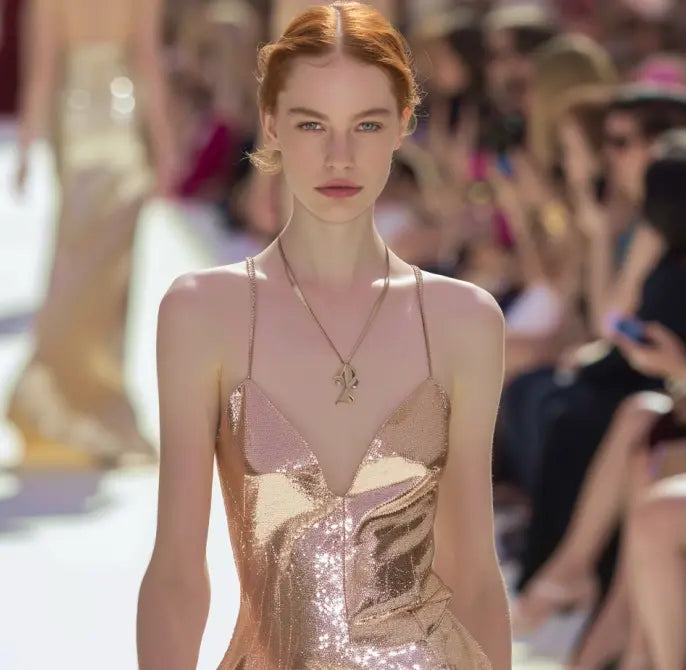Sequins are a type of sheet-like decoration made of shiny materials.
They are widely used in clothing, shoes, accessories, crafts and other fields to increase visual sparkle and appeal.
There are many different materials used to make sequins, and the shapes of sequins are also varied. Next, let's take a closer look at the production process and common uses of sequins.
The origin of sequins
The history of sequins can be traced back to Indonesia 12,000 years ago, when people at that time used sequins made of nautilus shells to show their unique status and wealth.
The word "sequin" comes from the Venetian colloquial noun "zecchino", which is translated into French as "sequin". Its current meaning also comes from French.
The above information is from Wikipedia
Types and characteristics of sequins
Modern sequins are of various types, and the materials, colors and shapes are more diverse than ever before.
Common sequin materials
These 5 common sequin materials each have their own unique characteristics.

1. Plastic (PET)
Features: PET sequins are the most common type, with a light texture, rich colors and relatively low prices. They can be made into various shapes and sizes, and the surface can be frosted, mirrored and other treatments.
Advantages: low cost, easy to process, and a variety of colors.
Disadvantages: general high temperature resistance, easy to deform, and relatively poor environmental performance.
2. Metal
Features: Metal sequins are usually made of metal materials such as aluminum and copper, with strong metallic luster and texture.
Advantages: high gloss, good wear resistance, and high-grade texture.
Disadvantages: heavy weight, high cost, and difficult to process into complex shapes.
3. Glass
Features: Glass sequins have high transparency and good gloss, and can present a crystal-like texture.
Advantages: high-grade texture, high temperature resistance, and not easy to fade.
Disadvantages: brittle texture, easy to break, and high cost.
4. Acrylic
Features: Acrylic sequins have good light transmittance and can be made into various colors and effects.
Advantages: hard texture, not easy to deform, and bright colors.
Disadvantages: higher cost compared to plastic sequins.
5. Shell
Features: Shell sequins have a natural pearl luster, various shapes, rich colors, and unique textures.
Advantages: As a natural material, shell sequins have a unique appearance, good durability, and high artistic value.
Disadvantages: Because it is a natural product, the output of shell sequins is limited, the price is relatively high, and the production process is relatively complicated.
Sequin shape
The shape of sequins can be divided into two categories: regular and irregular.

Regular sequin shape
Regular-shaped sequins are arranged more uniformly, giving people a sense of order and beauty.
Round sequins:
This is the most classic sequin shape, which is round and full with high gloss. Round sequins can create a sense of retro elegance and are widely used in various occasions.
Square sequins:
Square sequins have clear lines and a modern feel. They can be arranged in various patterns to create a geometric visual effect.
Hexagonal sequins:
Hexagonal sequins are arranged closely to form a unique honeycomb pattern, giving people a sense of order and order.
Scale-shaped sequins:
Scale-shaped sequins imitate the shape of fish scales, and they can create a sense of flow when arranged. They are often used to create clothing with animal textures.
Irregular-shaped sequins
Irregular-shaped sequins have a stronger sense of design.
Leaf-shaped sequins:
Imitating the shape of leaves, they can add a natural atmosphere to clothing.
Flower-shaped sequins:
Romantic and beautiful, suitable for creating sweet-style clothing.
Animal-shaped sequins:
Such as butterfly shapes, they can add interest to clothing.
Drop-shaped sequins:
Can create a sense of flow.
Size of sequins
Sequins can be divided into three sizes: large, medium and small. Sequins of different sizes can create different visual effects in clothing design.
Large-sized sequins:
Features: Strong visual impact, can become the focus of clothing.
Application: Suitable for stage costumes, evening dresses and other occasions where prominent effects are required. Large-sized sequins can increase the gorgeousness and three-dimensionality of clothing, allowing the wearer to stand out from the crowd.
Medium-sized sequins:
Features: Sequins of moderate size can balance the visual effect well, which can not only play a decorative role, but also maintain the overall coordination.
Application: Suitable for various styles of clothing, can be used to embellish skirts, tops, bags, etc. Medium-sized sequins can add gloss and fashion sense to clothing.
Small-sized sequins:
Features: Small-sized sequins can create a delicate texture and are suitable for large-area laying.
Application: Small-sized sequins are often used to create gradient effects, starry sky patterns, etc., which can add a sense of fantasy and layering to clothing.
Sequins of different colors
Monochrome sequins, gradient sequins and laser sequins each have their own unique visual effects.
1. Monochrome sequins
Features: Pure and single color, clear color blocks.
Effect: It can create a simple and atmospheric visual effect, highlighting the silhouette and design details of clothing.
Matching suggestions: Suitable for matching with solid color or clothing with the same color to create a unified and harmonious feeling.
2. Gradient color sequins
Features: The color transitions from light to dark or from dark to light, forming a gradient effect.
Effect: It can create a flowing and dreamy visual effect, adding a sense of layering to clothing.
Matching suggestions: It is suitable for matching simple styles, making gradient color sequins the visual focus.
3. Laser sequins
Features: It presents different colors at different angles and has a strong metallic luster.
Effect: It can create a sense of future and technology, making clothing more dazzling.
Matching suggestions: It is suitable for matching dark-colored clothing, or mixing with clothing of other materials.
Sequin production process
The production process of sequins involves multiple processes and is relatively complicated. The following is a more common sequin production process.

Substrate selection:
Plastic sequins: Plastic films such as PET and PVC are commonly used as substrates, and the production process is relatively simple.
Metal sequins: Metal sheets can be directly stamped and formed, or a metal layer can be plated on the plastic substrate.
Glass sequins: Glass needs to be melted at high temperature and then cut and formed, and the process is relatively complicated.
Other material sequins: such as shell sequins, resin sequins, etc., their production process will be adjusted according to the characteristics of the material.
Surface treatment:
Plastic sequins: can be sprayed, printed, hot stamped and other surface treatments.
Metal sequins: can be electroplated, oxidized, brushed and other surface treatments.
Glass sequins: can be frosted, polished and other surface treatments.
Molding process:
Plastic sequins: commonly used mold hot press molding.
Metal sequins: can be stamped and cut into shape.
Glass sequins: need to be melted at high temperature before molding.
Special effects:
Sequins of different materials can also achieve different special effects, such as laser, pearlescent, luminous, etc.
Application areas of sequins
Sequins, with their shining luster and diverse colors, are widely used in the fashion and decoration fields. These are the main application areas of sequins:

1. Clothing industry
Evening dresses, wedding dresses: sequins are common decorative elements of evening dresses and wedding dresses, which can add luxury and noble temperament to clothing.
Stage costumes: Singers, dancers and other stage performers often use sequins on their costumes to enhance the stage effect and visual impact.
Daily clothing: With the development of fashion trends, sequins are increasingly used in daily clothing, such as T-shirts, jeans, jackets, etc., to add personality and fashion to clothing.
Sportswear: Some sports brands have also begun to use sequin elements on sportswear to increase the visual effect during exercise.
2. Shoe and hat industry
High heels: Sequin high heels are a classic style in women's shoe cabinets, which can add highlights to the matching.
Handbags: Sequin handbags are a must-have item for dinners or parties, which can enhance the fashion of the overall shape.
Hats: Sequin hats can add personality to various styles of wear, which can be both casual and formal.
3. Home decoration
Curtains: Sequin curtains can add brilliance to the home space and create a warm and romantic atmosphere.
Pillows: Sequin pillows can be used as decorations on sofas or beds to increase the fashion sense of the space.
Wall decoration: Sequin wall stickers, sequin paintings, etc. can add highlights to the wall and create a personalized home space.
4. Crafts
Jewelry: Sequins can be made into necklaces, earrings, bracelets and other jewelry to show the elegance of women.
Hair accessories: Sequin hair accessories can add highlights to hairstyles and are suitable for various occasions.
Crafts: Sequins can be used to make a variety of crafts, such as photo frames, mobile phone cases, small accessories, etc.
5. Other fields
Car interiors: Some luxury car interiors use sequin elements to increase the luxury of the car.
Mobile phone cases: Sequin mobile phone cases are very popular mobile phone accessories among young people.
Stationery: Sequins can be used to make stationery such as notebooks and pencil cases to increase interest.
The aesthetic value of sequins
Sequins can meet people's needs for visual stimulation, emotional expression and cultural identity. It is a decorative element that has both beautiful and symbolic meanings.

1. Visual impact:
Light and shadow changes: The irregular cut surface of the sequin surface can refract light from multiple angles, creating a dazzling visual effect. As the light changes, the sequins will also show different colors and luster, with a strong dynamic beauty.
Rich colors: The colors of sequins are very rich and varied, from monochrome to gradient colors, from metallic colors to pearlescent colors, which can meet people's pursuit of color.
Contrast effect: The contrast between sequins and other materials can produce a strong visual impact and highlight the focus of the design.
2. Symbolic meaning:
Luxury and nobility: Sequins are often regarded as a symbol of luxury and nobility, which can enhance the grade of clothing and accessories.
Festivals and celebrations: Sequins are often used in the decoration of festivals and celebrations to create a festive and lively atmosphere.
Youth and vitality: Sequins are brightly colored and full of vitality, which can give people a feeling of youth and vigor.
3. Emotional expression:
Joy and excitement: The flashing light of sequins can make people feel happy and excited.
Confidence and charm: People wearing sequin clothing tend to appear more confident and charming.
Personality expression: Different sequin combinations can express different personalities and attitudes.
4. Design elements:
Decorative effect: Sequins can be used as decorative elements in clothing, accessories, home furnishings, etc. to enrich the visual effect.
Structural effect: In some designs, sequins can also be used as part of the structure to support or divide.
Material innovation: Sequins of different materials (such as plastic, metal, glass, etc.) can create different textures and effects.
5. Cultural symbolism:
Different cultures: Sequins may have different symbolic meanings in different cultures. For example, in Western culture, sequins are often associated with parties and nightlife; while in Eastern culture, sequins may be more inclined to the decoration of traditional clothing.

